Last updated on March 27, 2023
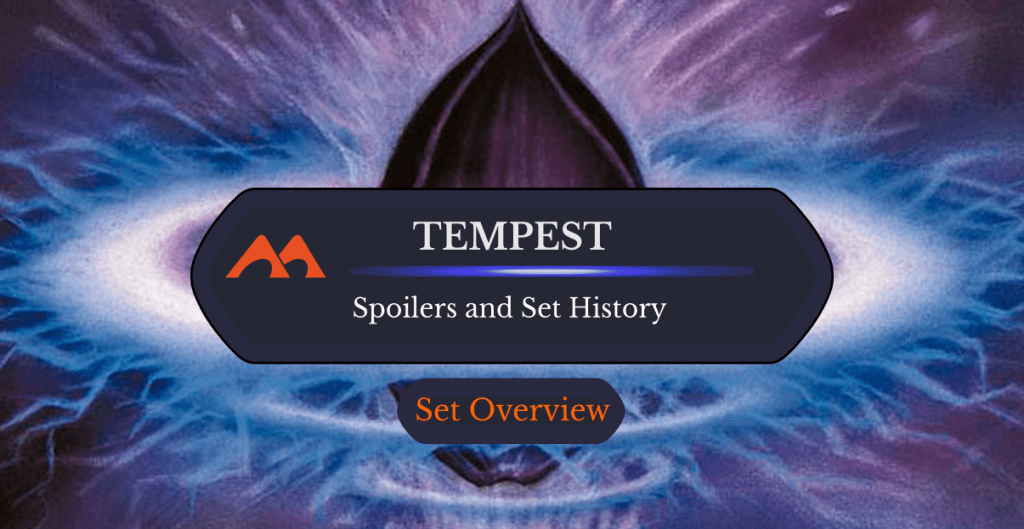
Lotus Petal | Illustration by April Lee
Tempest was one of the first sets that I remember buying booster packs for. Not interested in the money cards, I fondly remember the common themes, which were more abundant as I bought more packs. Interesting to note is that the rarity symbols weren’t present back then, so players like me wouldn’t even know if the card was rare or common, or even if it was worth a lot of money.
More than 20 years later I see this set as very influential to MTG as a whole, so let’s take a trip down memory lane and see what this fantastic set has to offer!
Tempest Basic Information

Scroll Rack | Illustration by Heather Hudson
Set Details
| Set Symbol |  |
| Set Code | TMP |
| Number of Cards | 350 |
| Rarities | 110 commons, 110 uncommons, 110 rares, 20 basic lands |
| Mechanics | Buyback, Shadow, Sliver tribal |
Important Dates
| Event | Date |
|---|---|
| Release Date | October 14, 1997 |
| Prerelease Dates | N/A |
About the Set: The Story
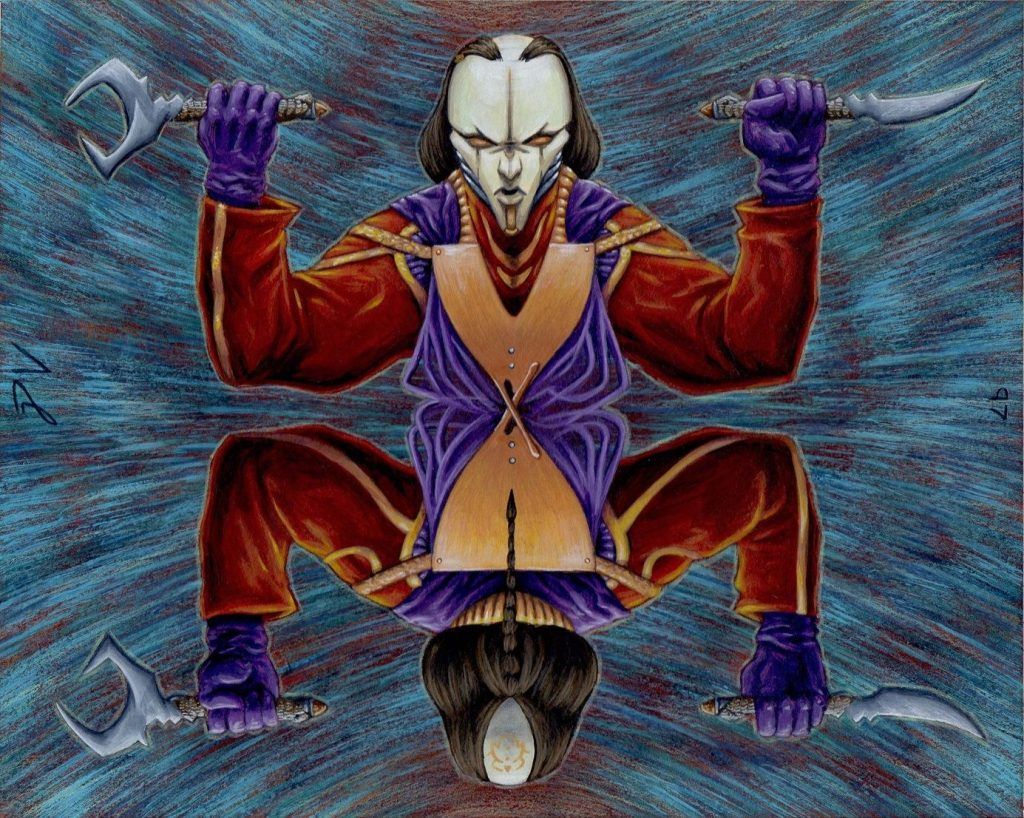
Time Warp | Illustration by Pete Venters
The Tempest story follows the Weatherlight crew to the plane of Rath. Important characters include Gerrard Capashen, Captain Sisay, and Volrath (the villain).
Commander Greven Il-Vec and the Predator Ship are waiting for them. Sadistic Glee, Sudden Impact, and Abandon Hope tell a story here (Gerrard’s ship being attacked and him falling down). In fact, Tempest was the first set to tell a story with the cards this way, something that’s common practice by MTG’s current standards.
Rath is a plane used by the Phyrexians as an outpost to invade Dominaria. The invasion of Dominaria would happen at some point (in Invasion, who would guess?). The Weatherlight crew would need to invade Volrath's Stronghold and confront him in order to return to Dominaria.
Set Mechanics
Fun fact about all Tempest mechanics: They’re quite prominent in the Time Spiral block design; all of them have been given major attention. This set is considered a masterpiece by most old-school MTG players.
Buyback
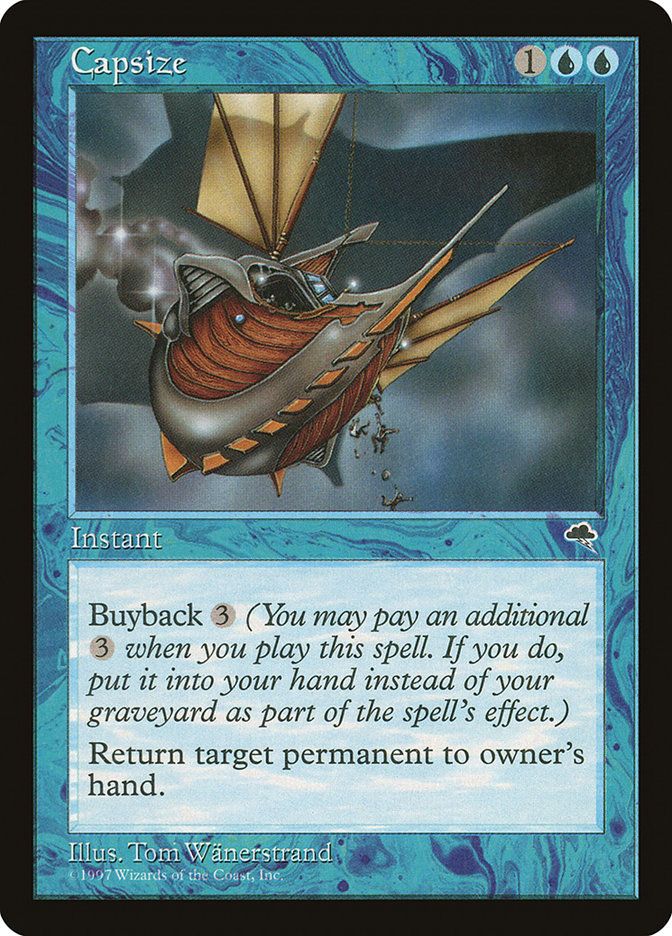
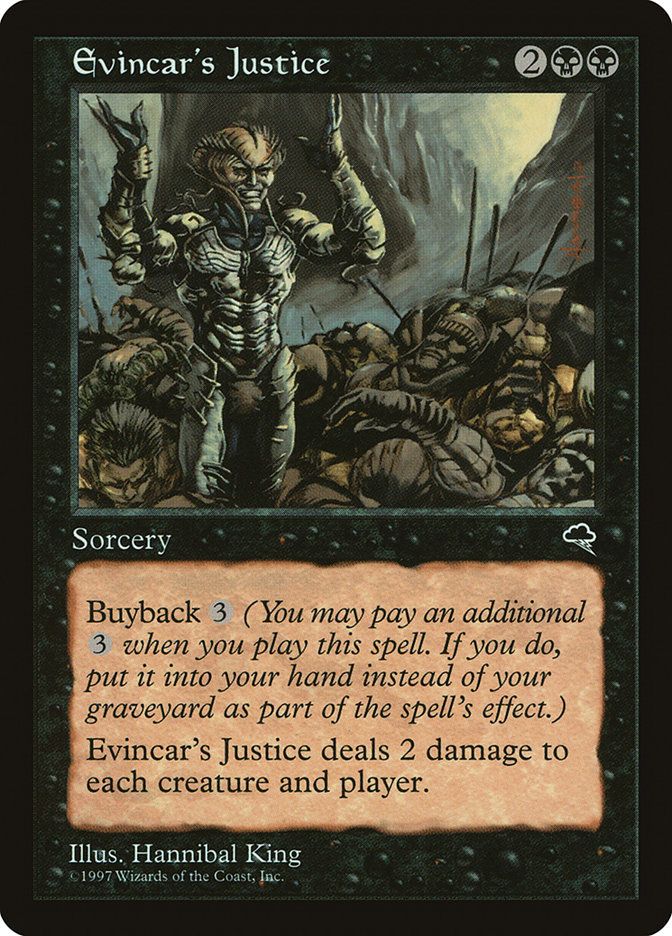
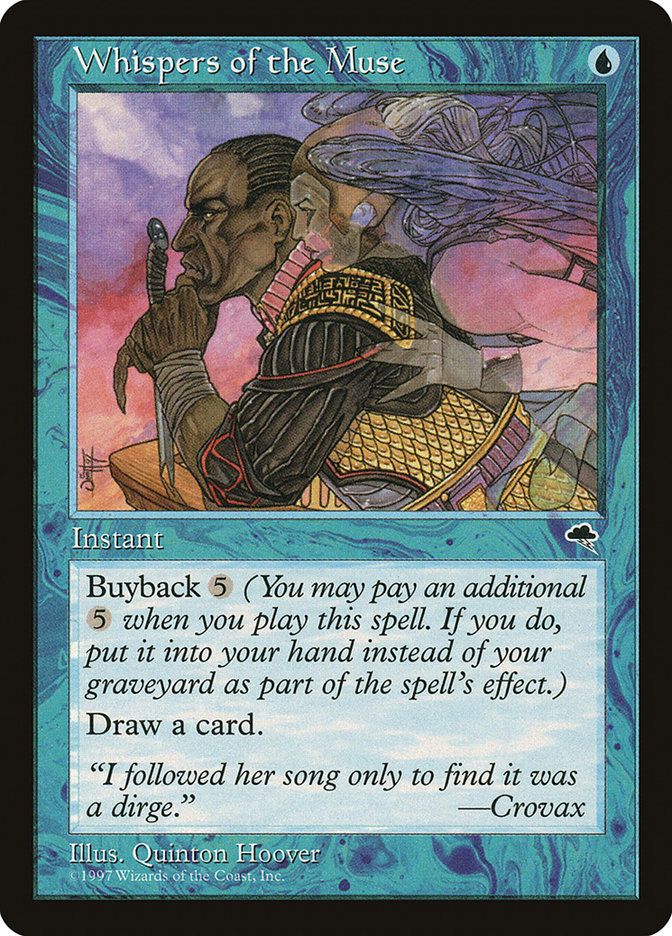
A few cards across all colors in Tempest have buyback. The idea is that you can pay the extra buyback cost to return an instant or sorcery to your hand instead of going to the graveyard after you cast it.
Although it’s a cool mechanic and a good mana sink, the problem is that it promotes repetitive play. Suddenly your opponent is paying seven mana every turn to play the same card with little counterplay possible.
Famous buyback cards are Capsize, Evincar's Justice, and Whispers of the Muse.
Shadow
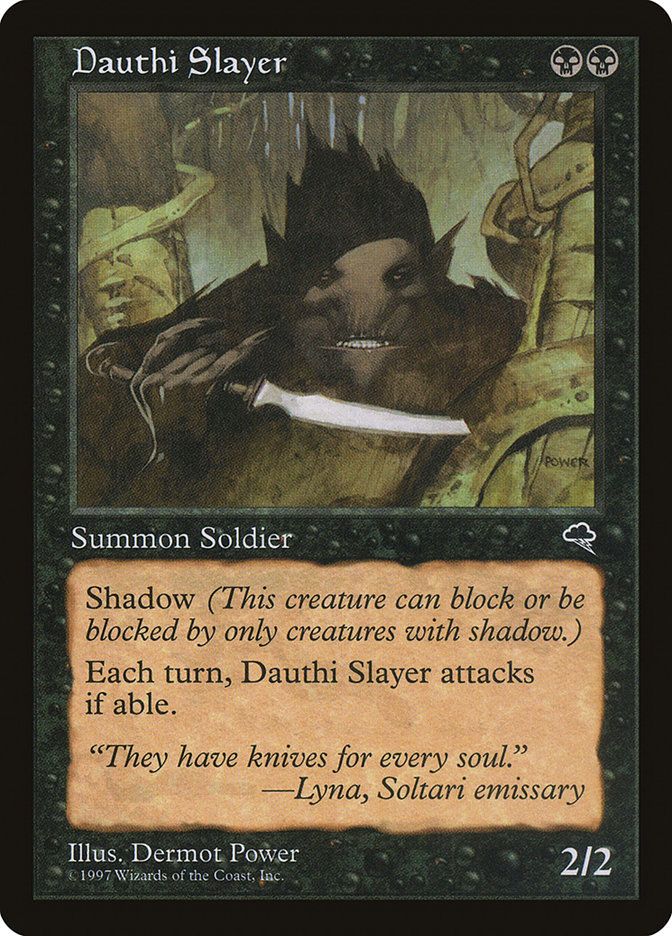
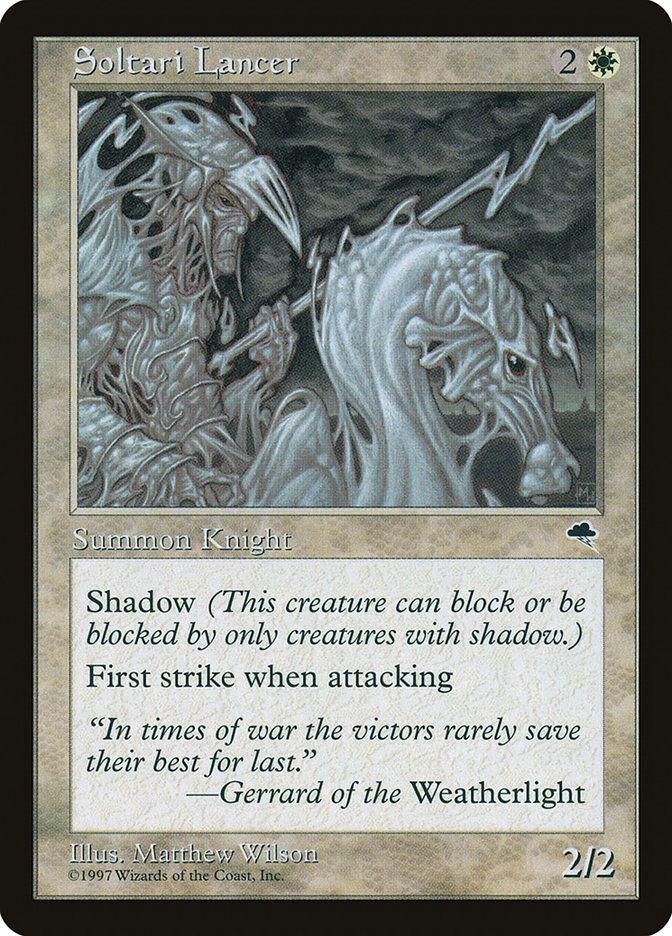
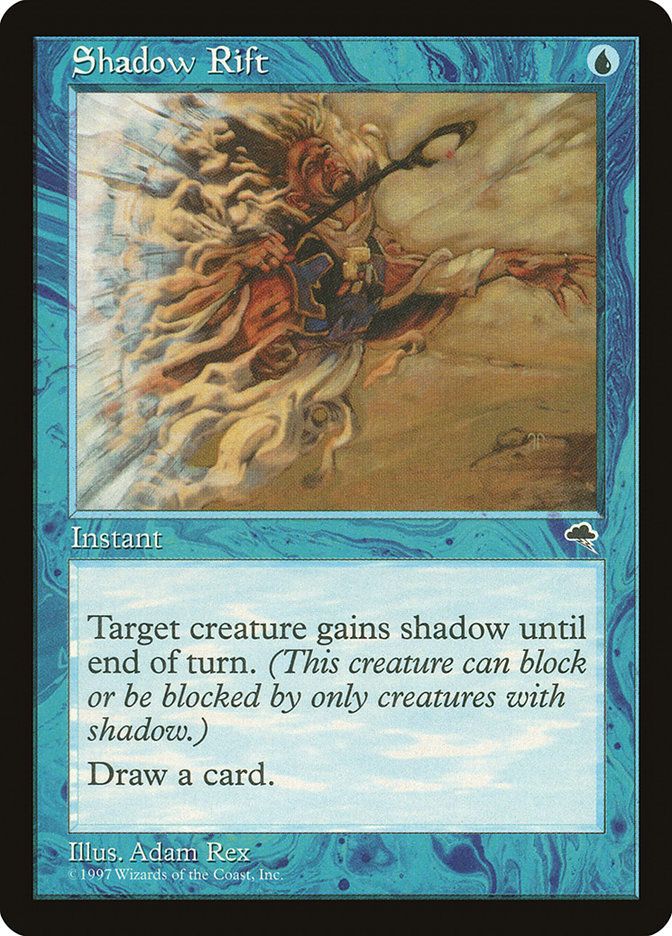
Shadow is a form of evasion introduced in Tempest. A creature with shadow can only block or be blocked by other shadow creatures. It’s spread across mainly blue, black, and white, and lots of cards from the set have or interact with shadow.
Dauthi Slayer, Soltari Lancer, and Shadow Rift are good examples of shadow cards that were relevant in Constructed.
Sliver Tribal
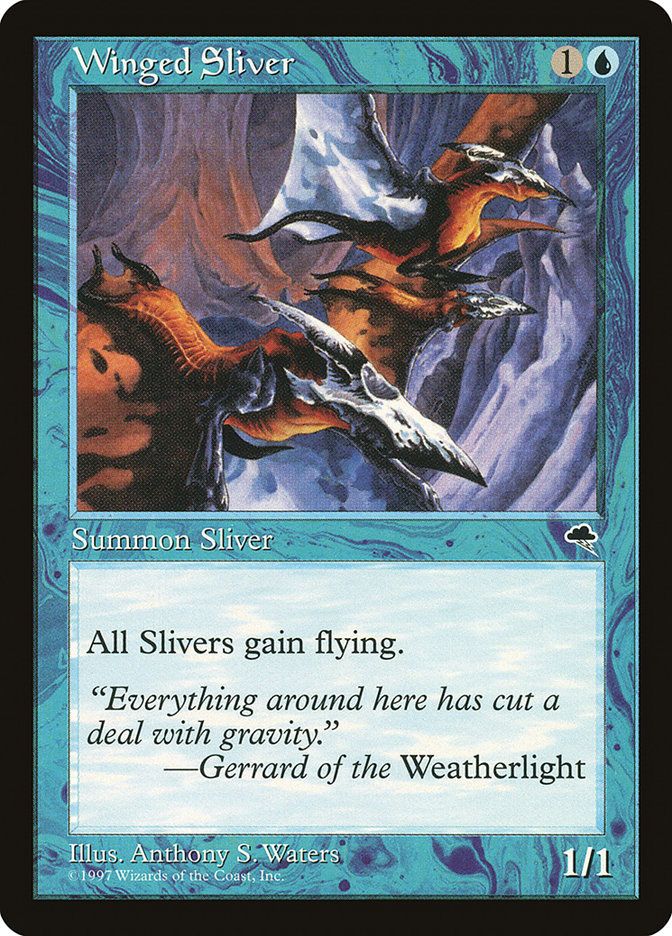
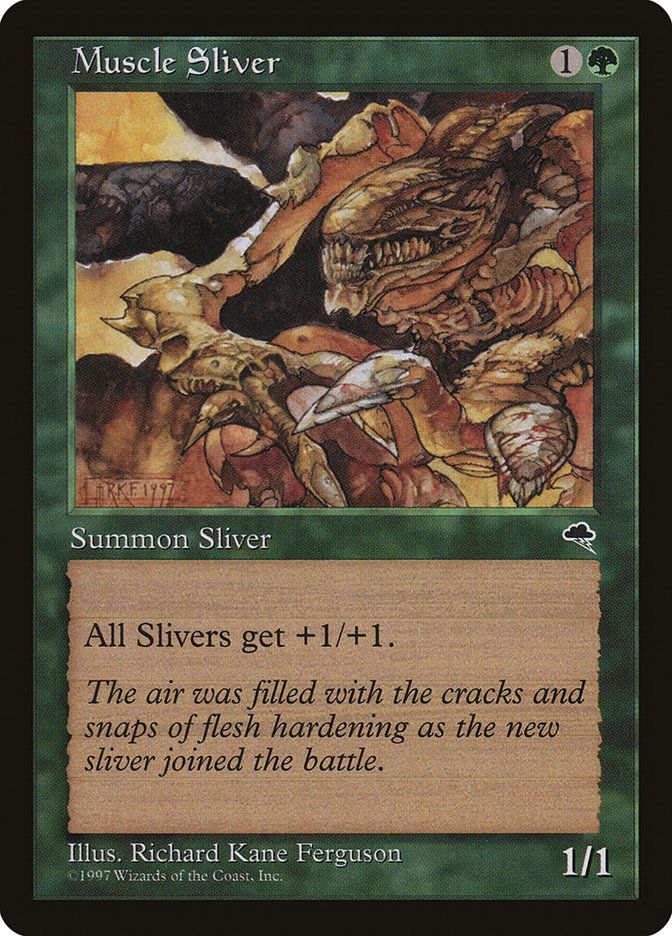
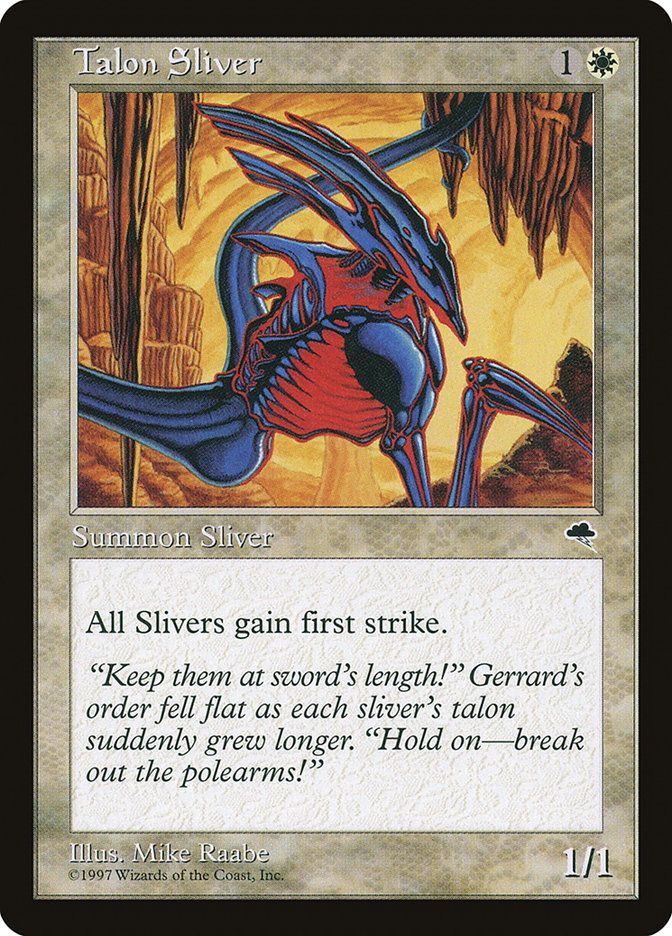
Ah, slivers. Those were the cool guys back then. 11 slivers were printed in Tempest, and all of them give abilities to all slivers on the table. It’s interesting to think that today tribal cards and slivers only benefit your team, but it wasn’t always that way. So beware of casting a Winged Sliver in a game where your opponent has more slivers than you.
Muscle Sliver is still played in sliver decks due to its anthem effect, and more powerful slivers were printed later on, like Crystalline Sliver. The sliver tribe is very popular in EDH to this day, but most of the playable ones come from after Tempest.
Tempest Full Card List
White
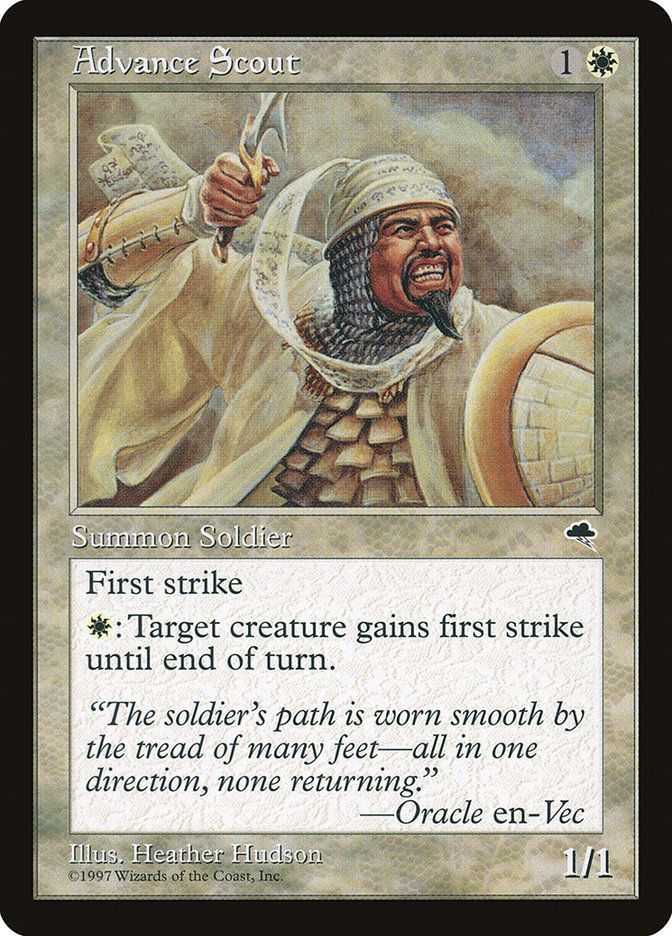
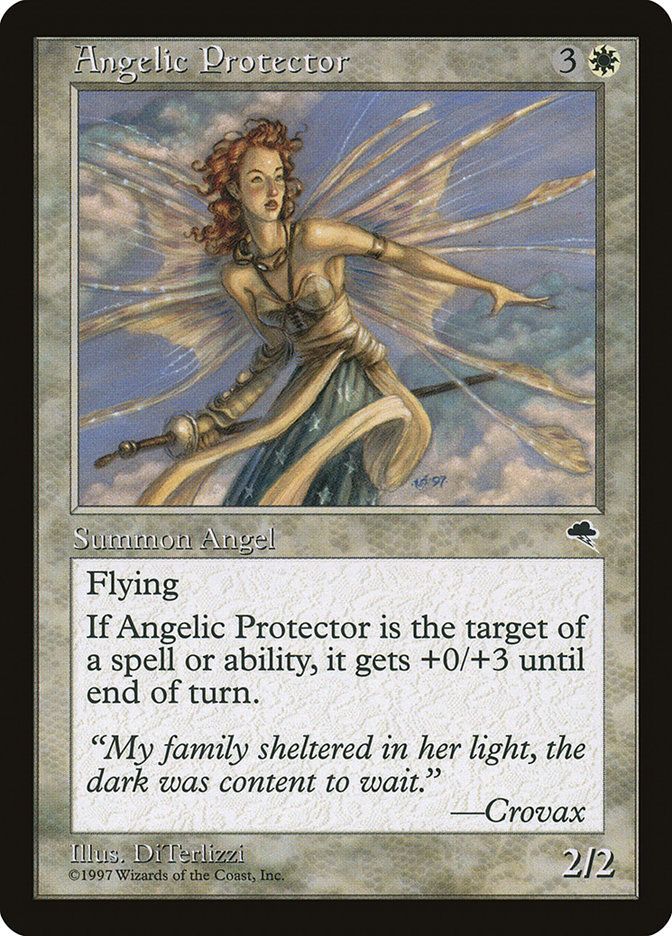
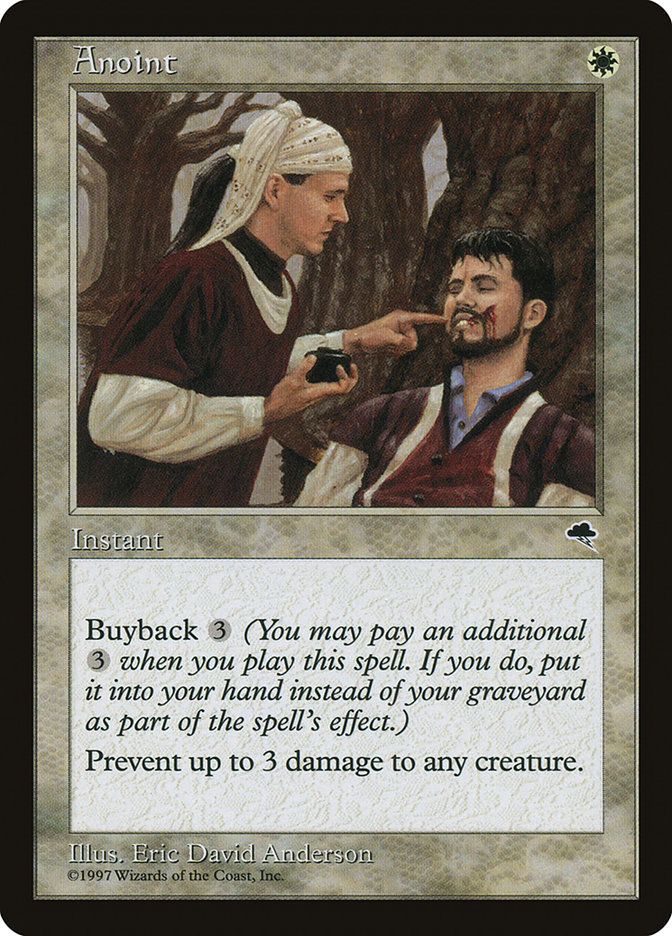


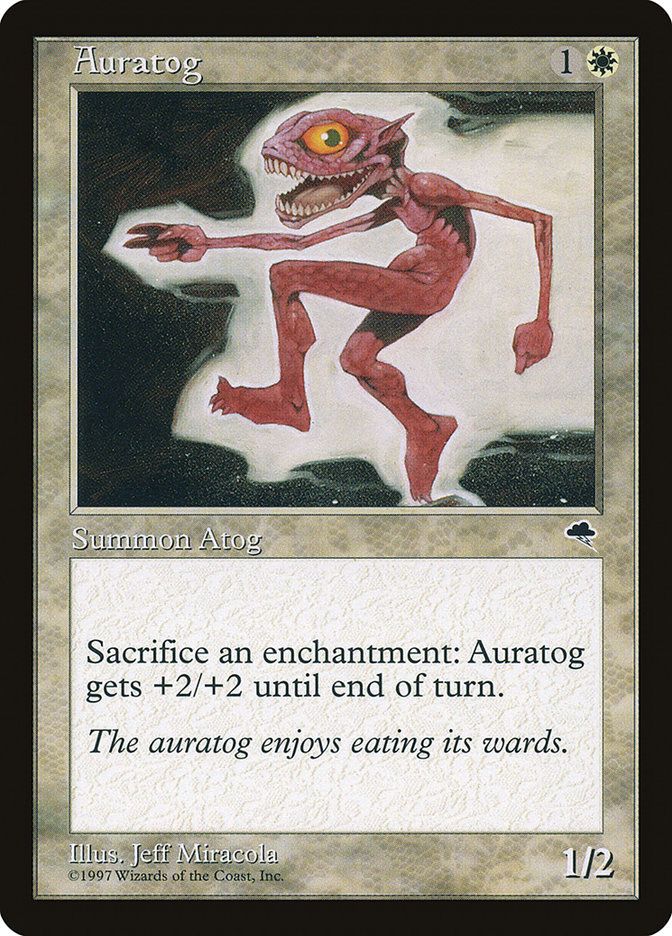
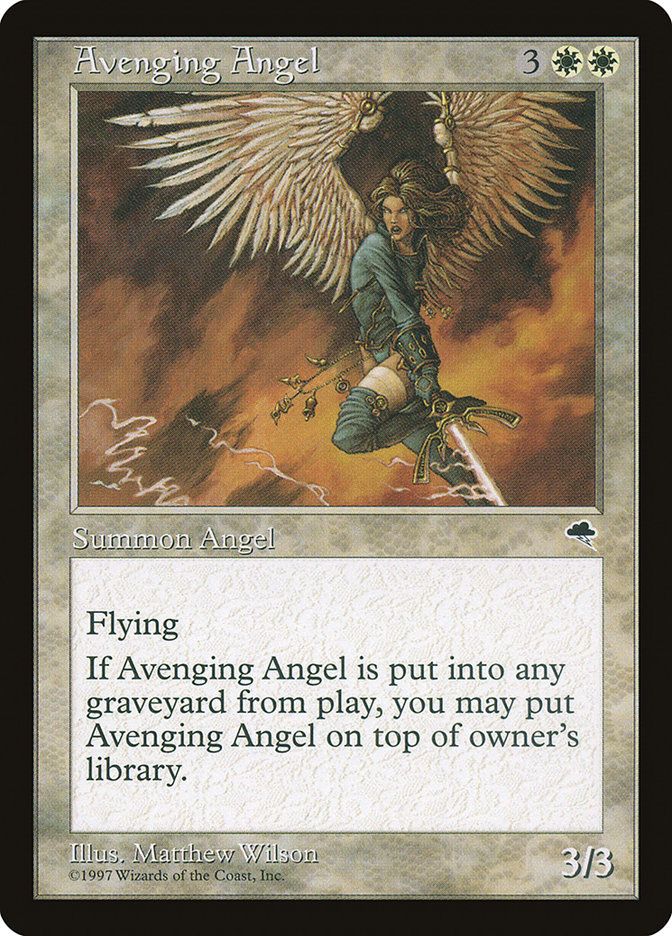
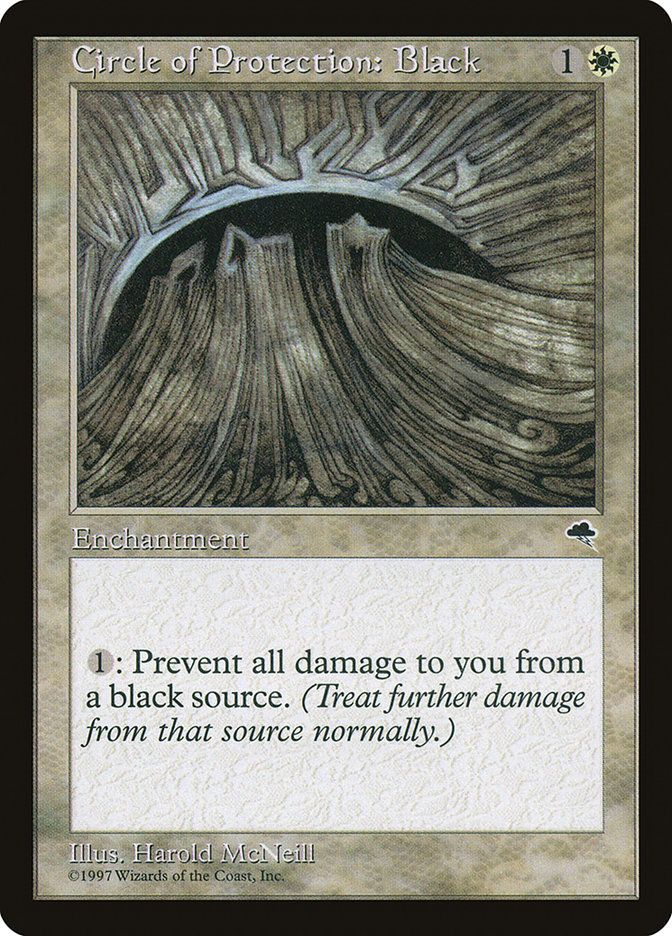
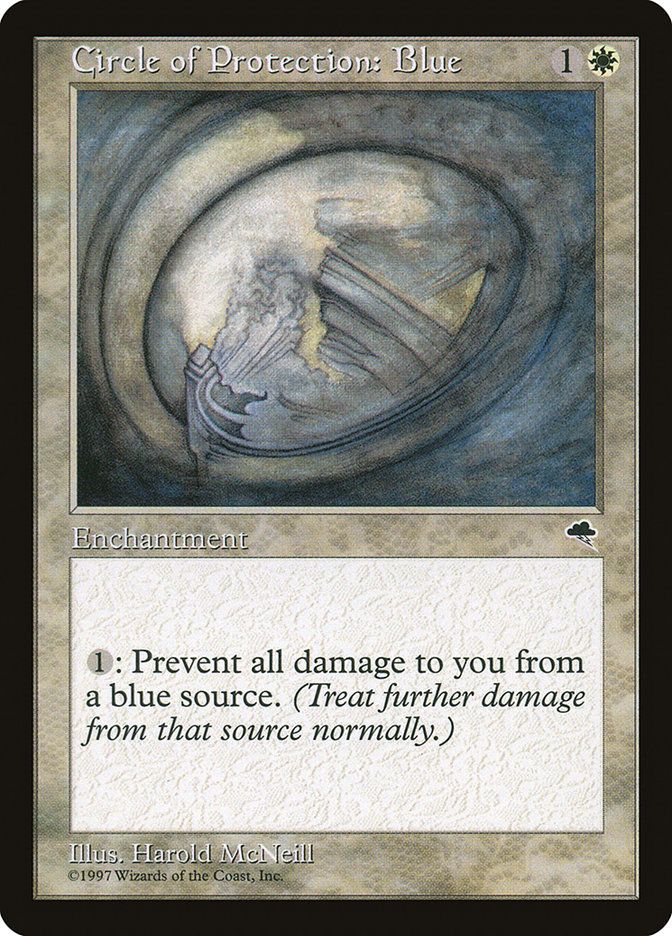
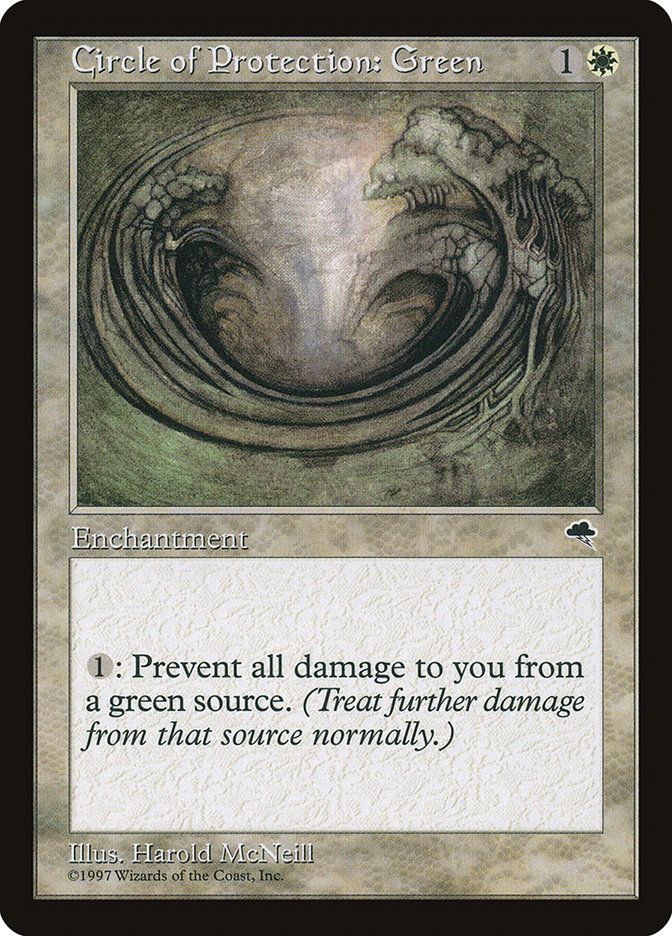
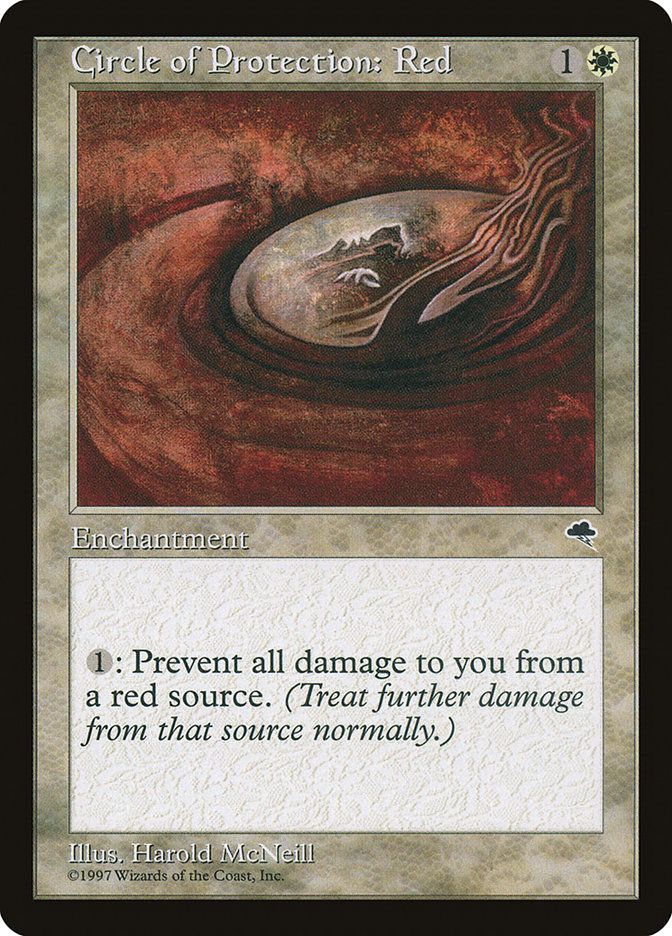
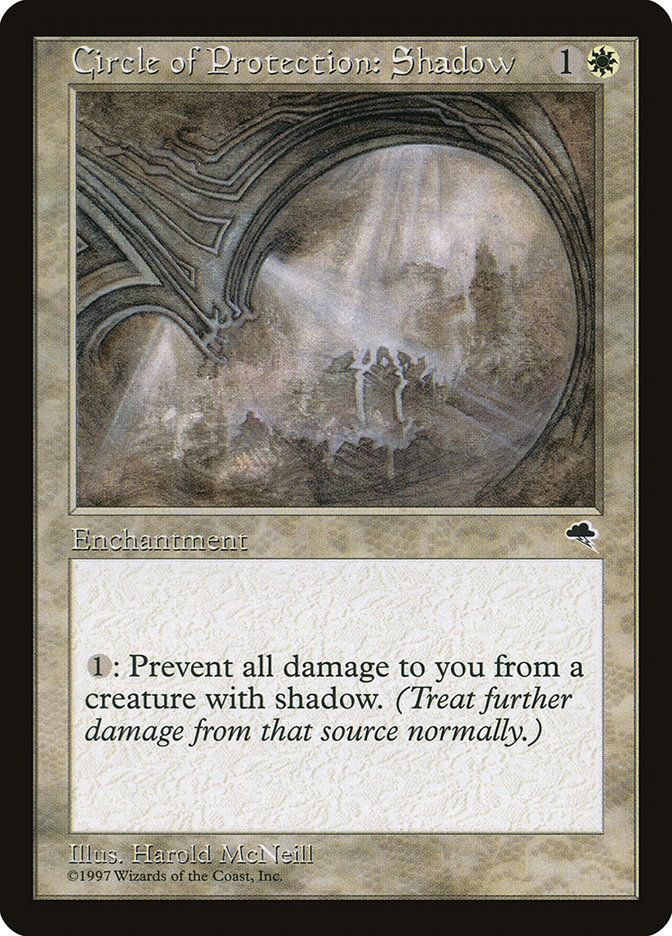
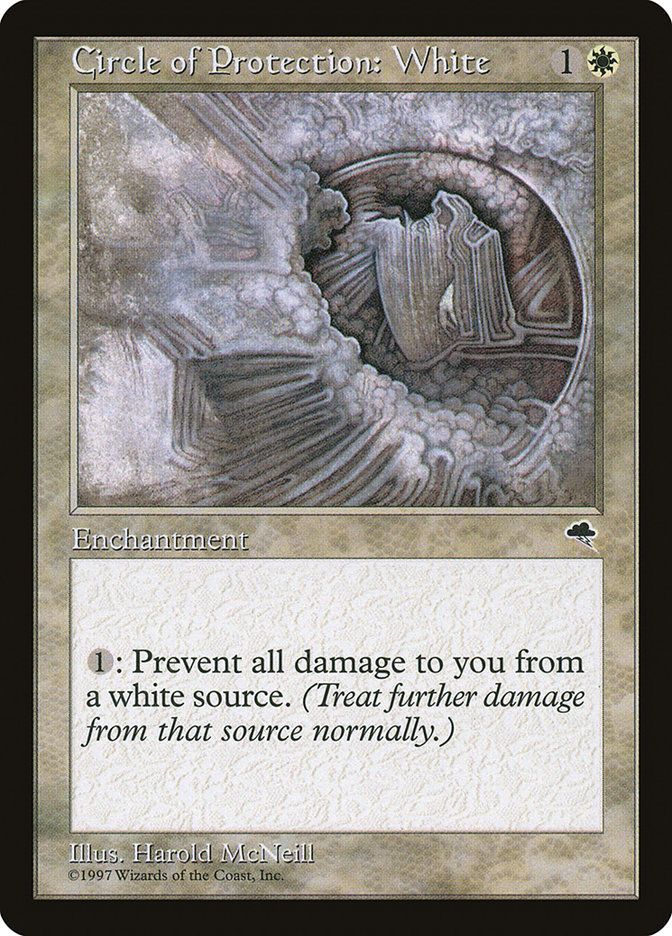

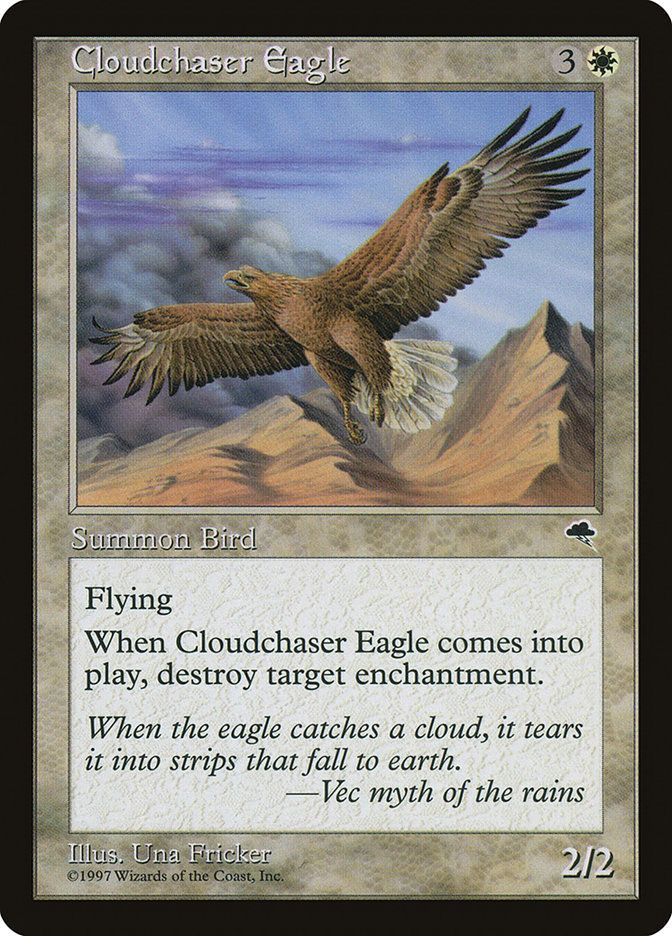
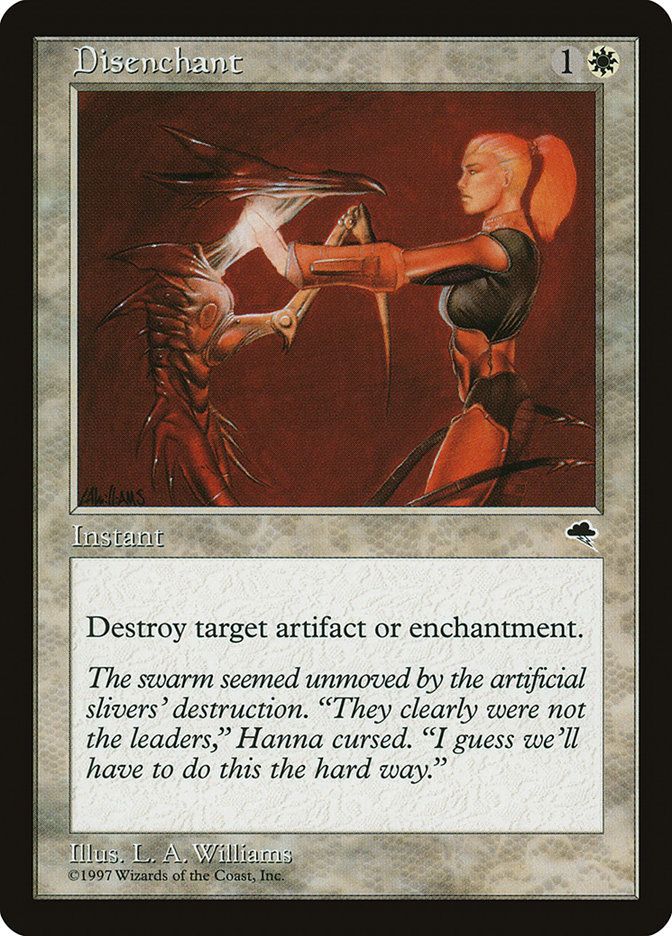
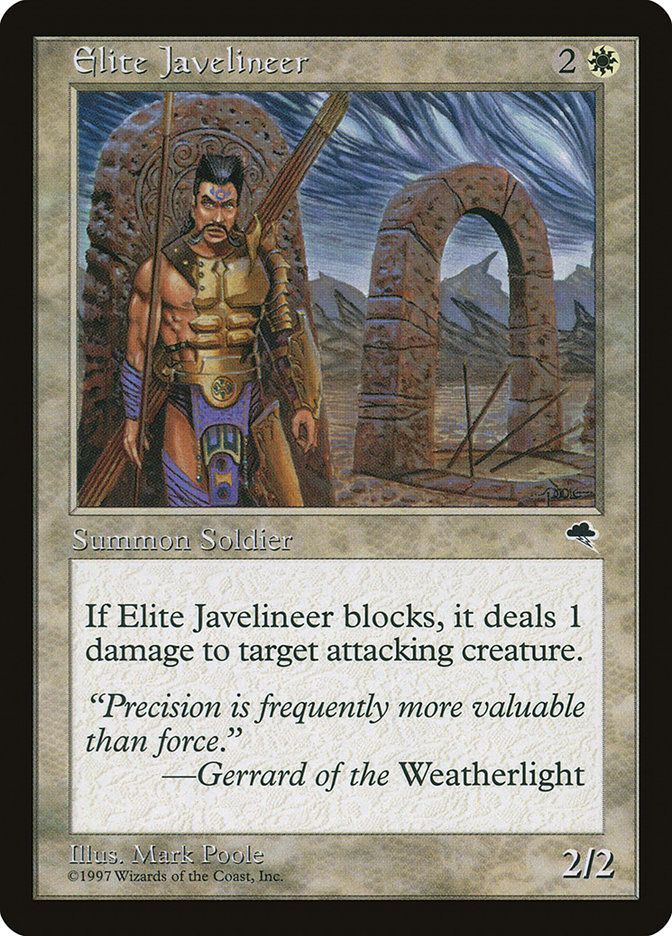
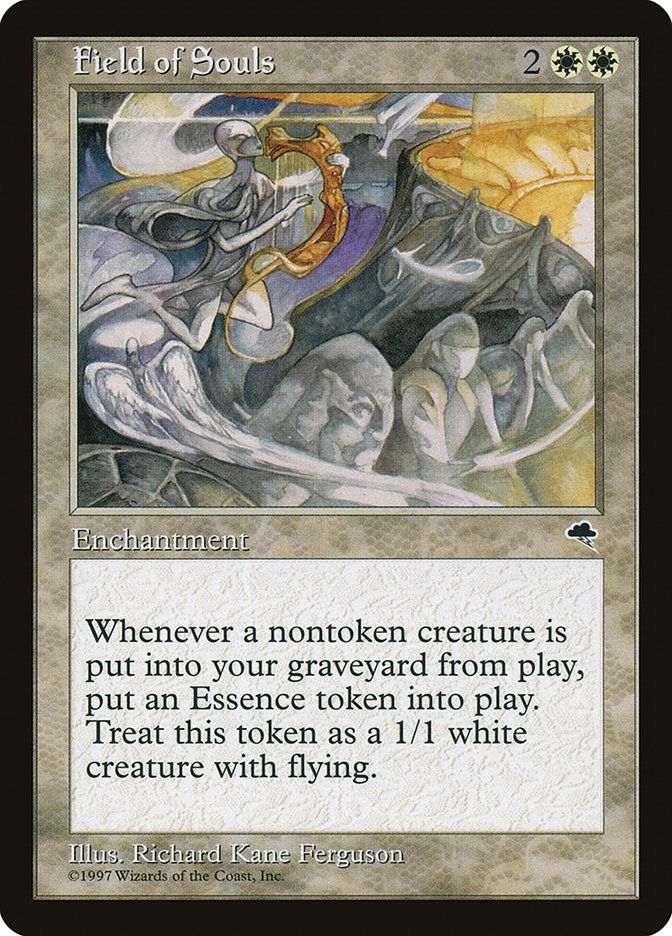
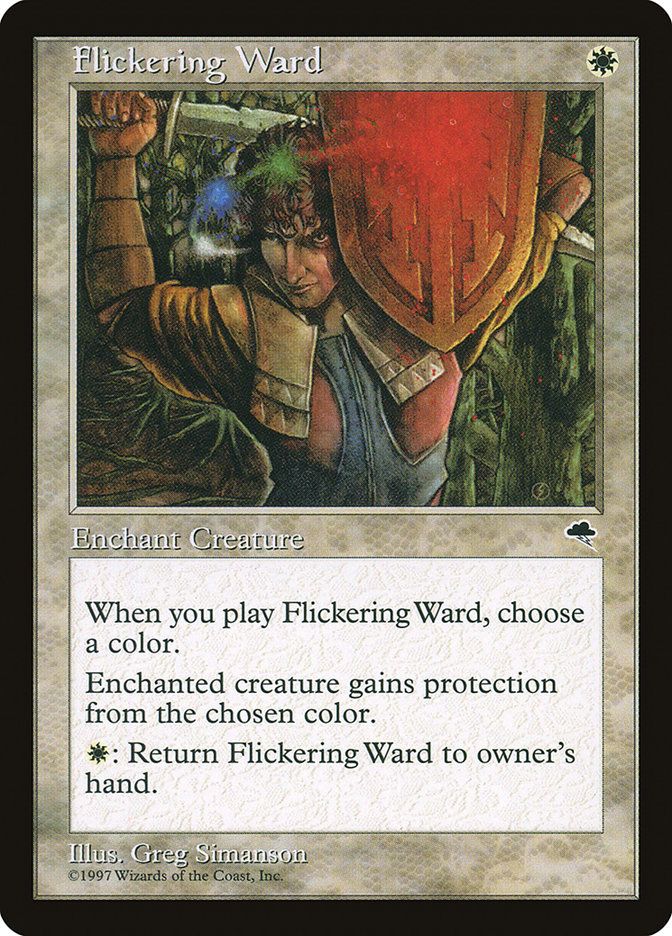
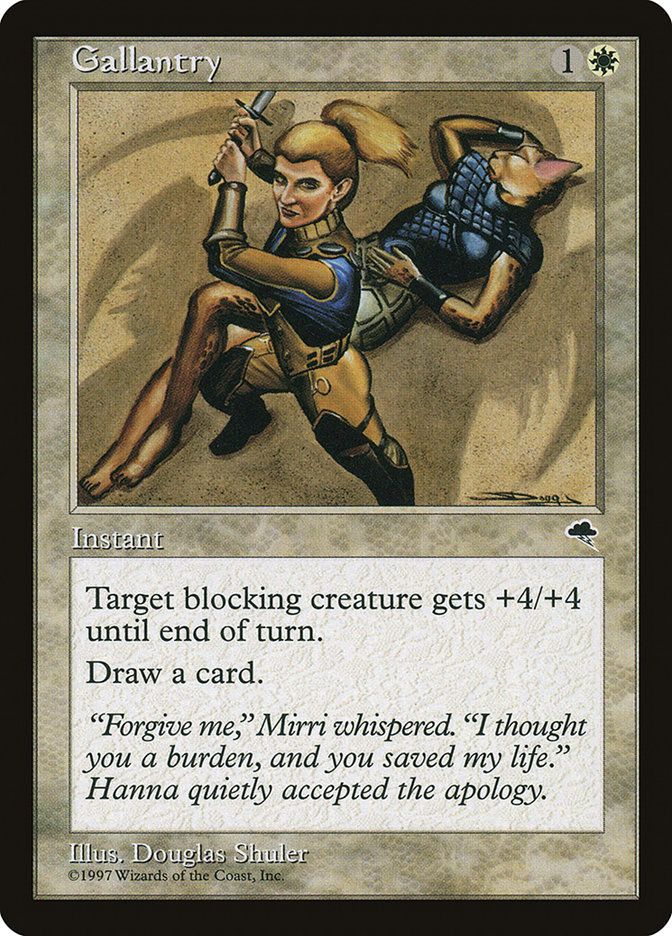
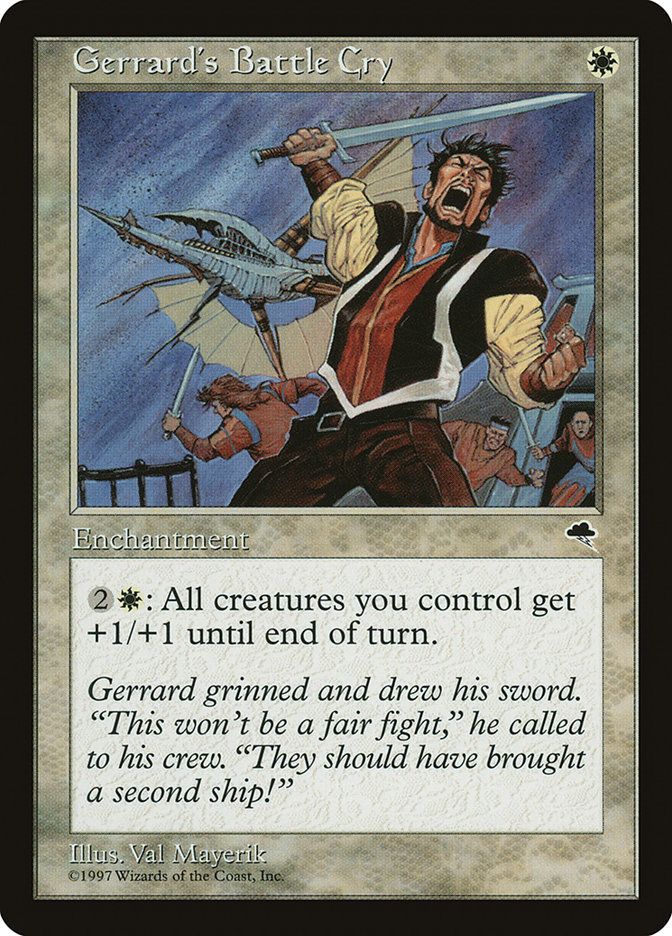
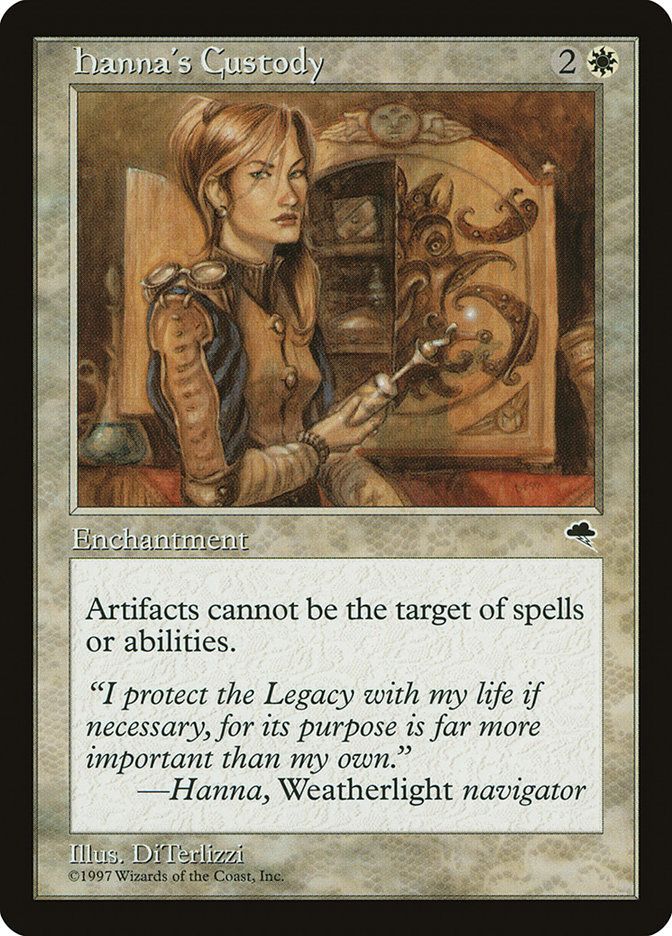
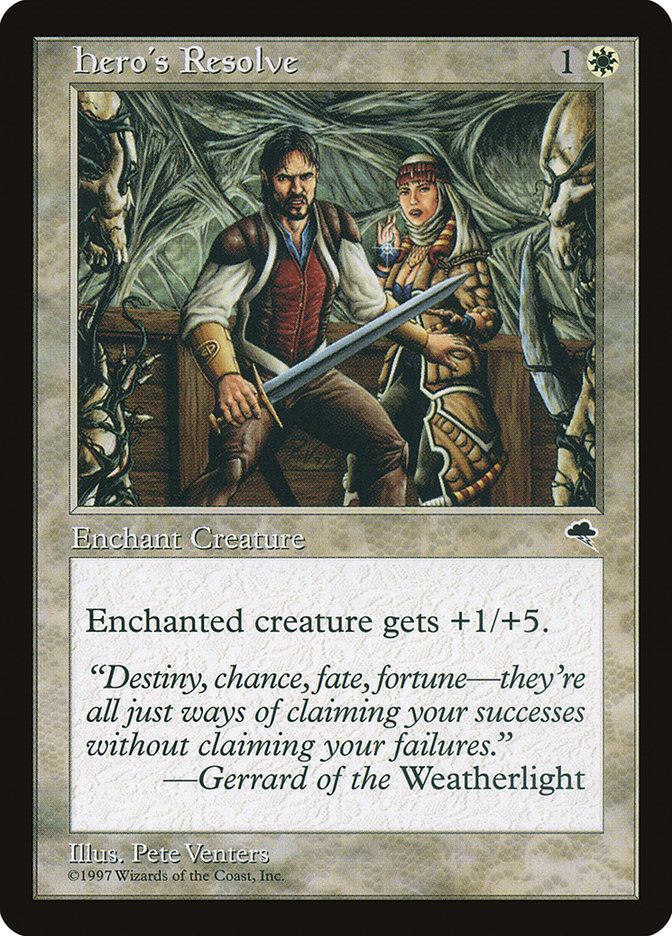
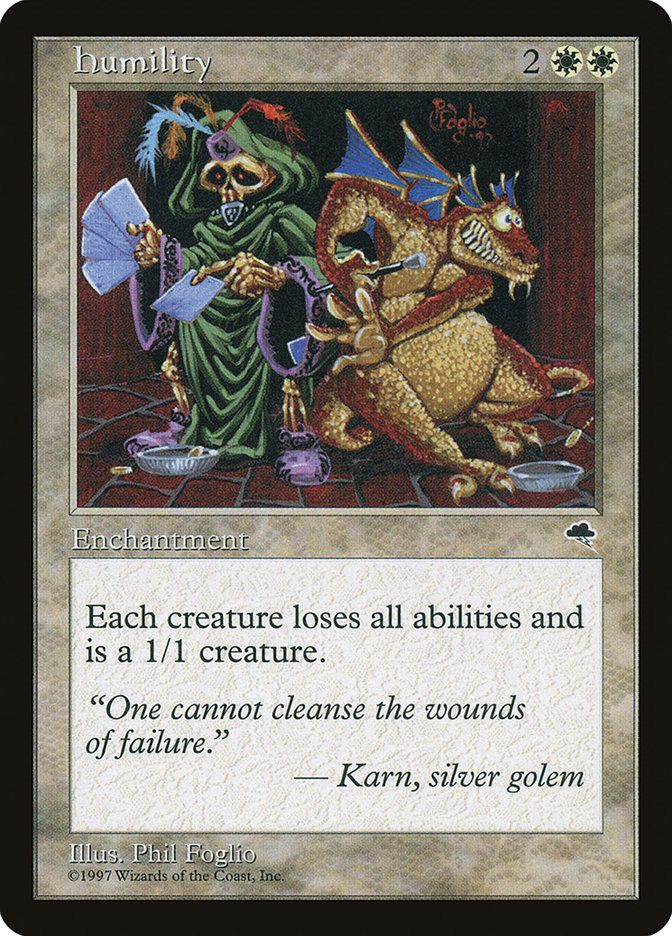
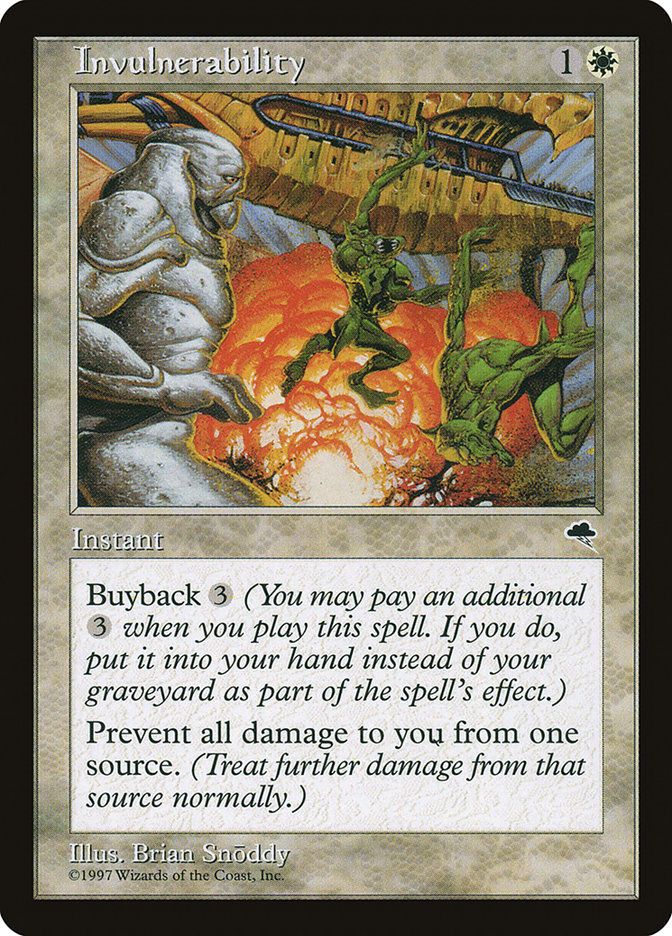
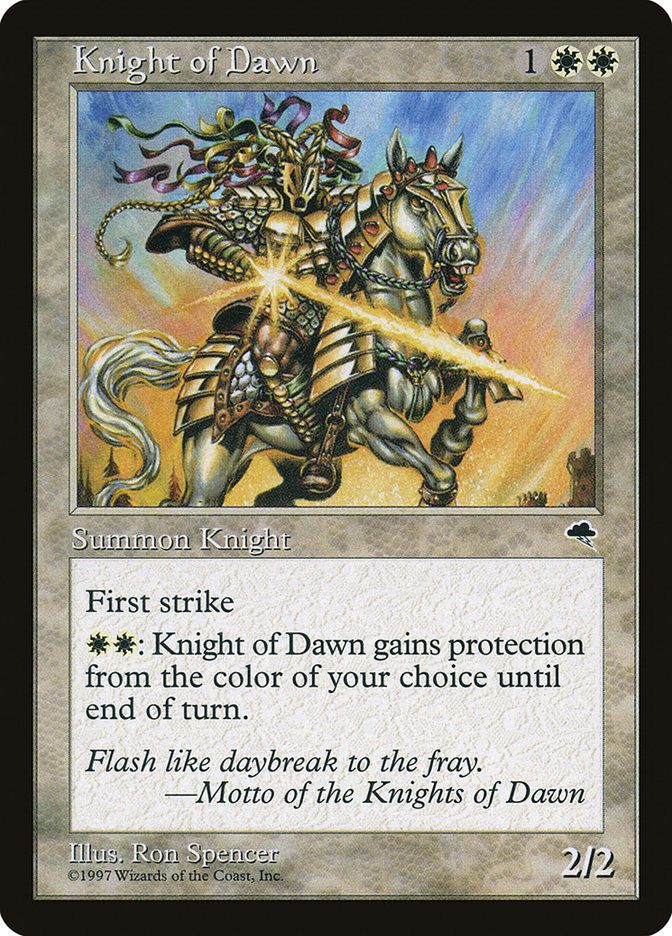
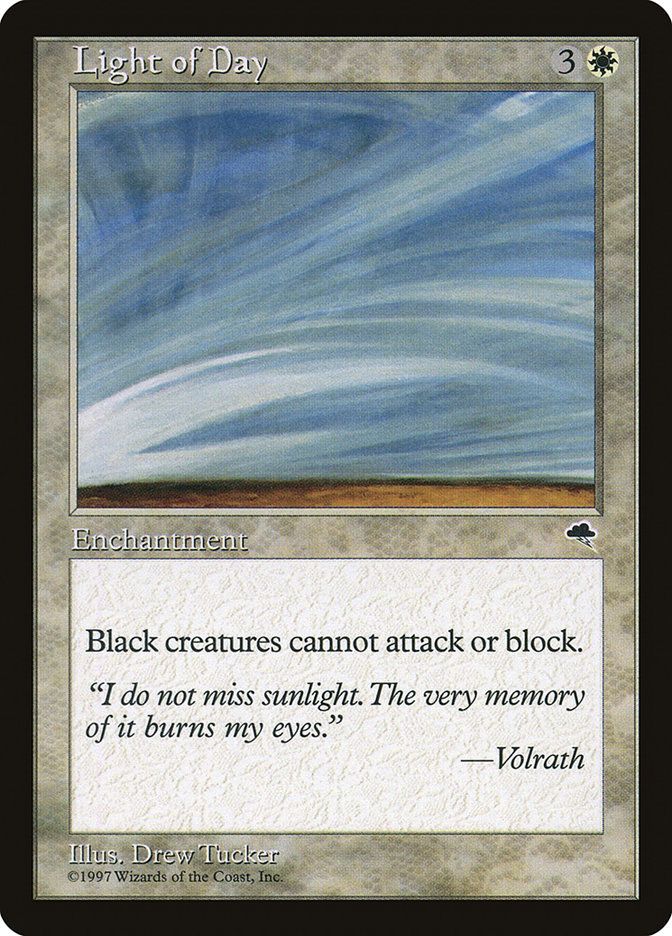
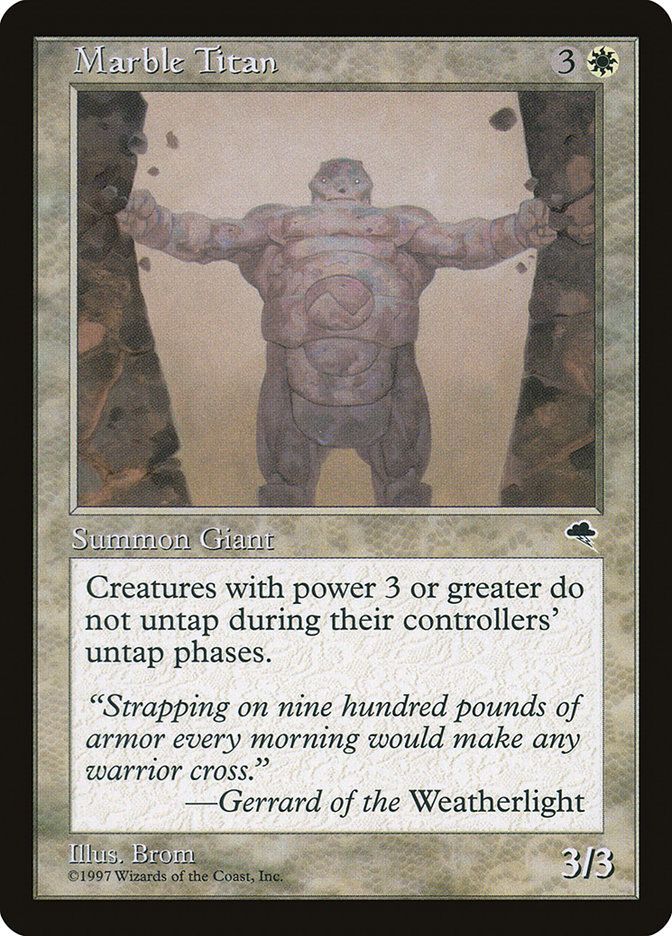
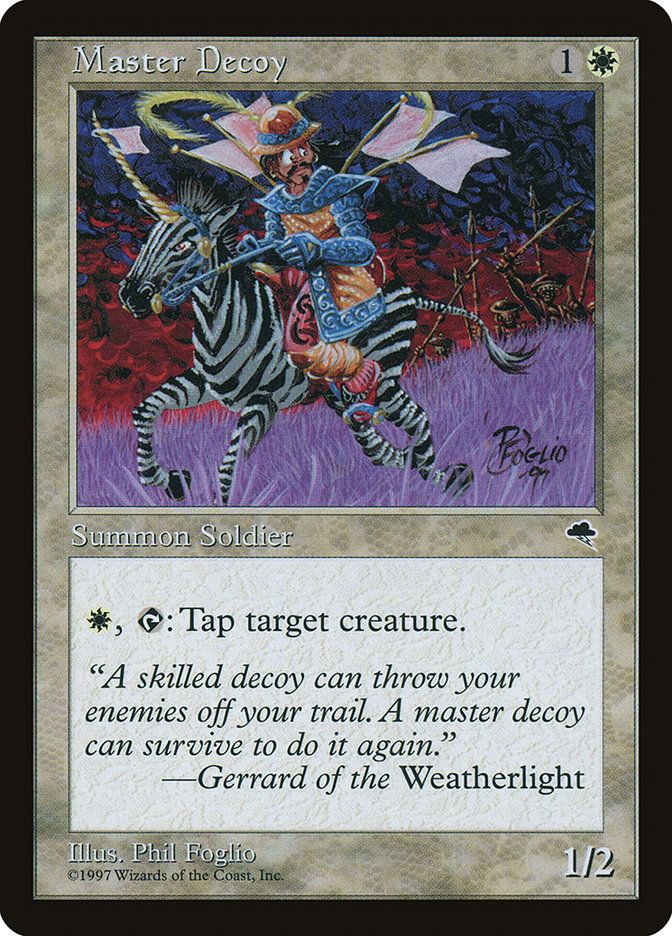
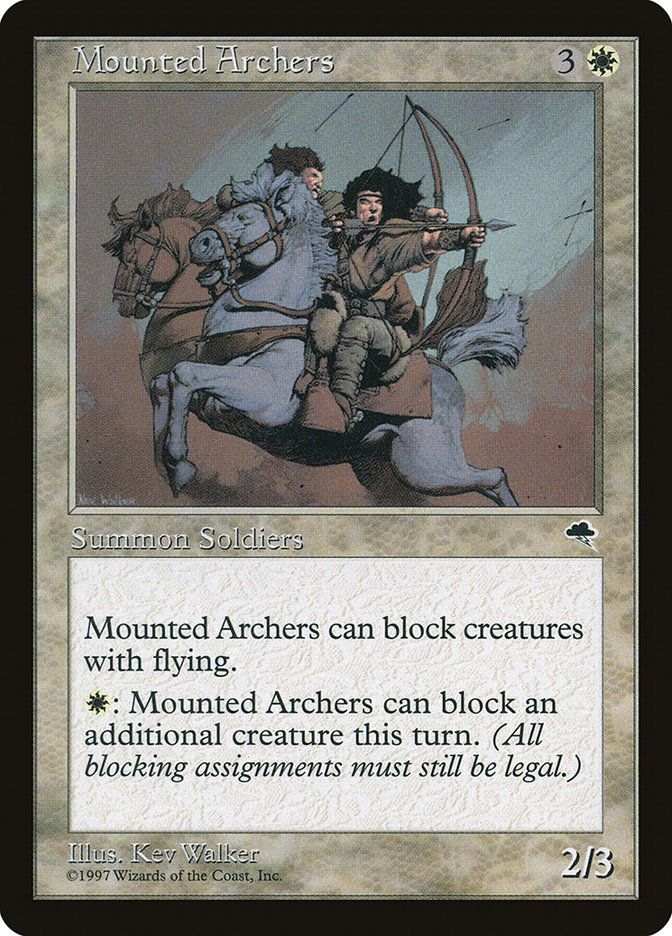
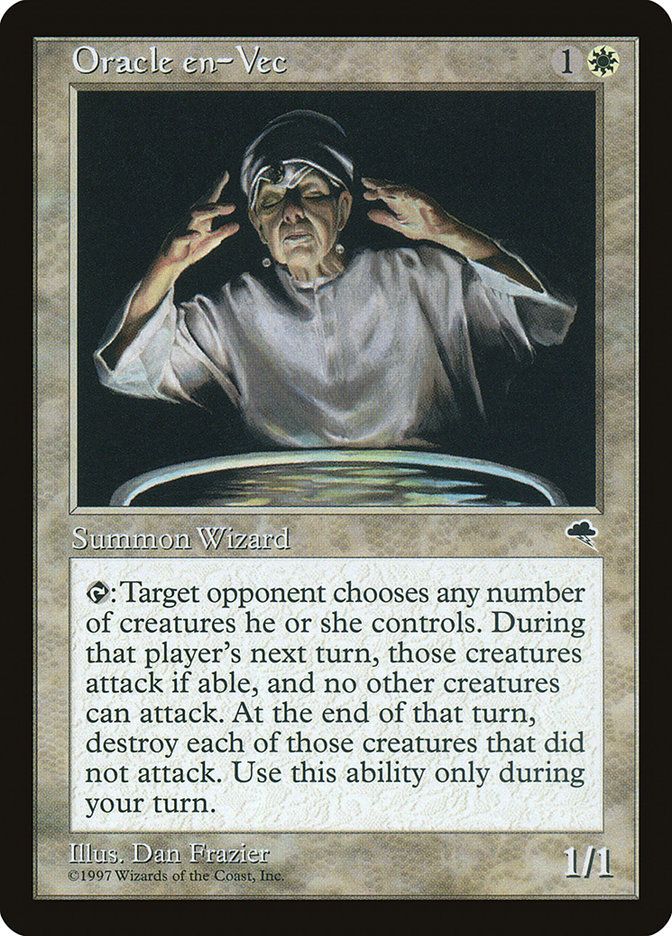
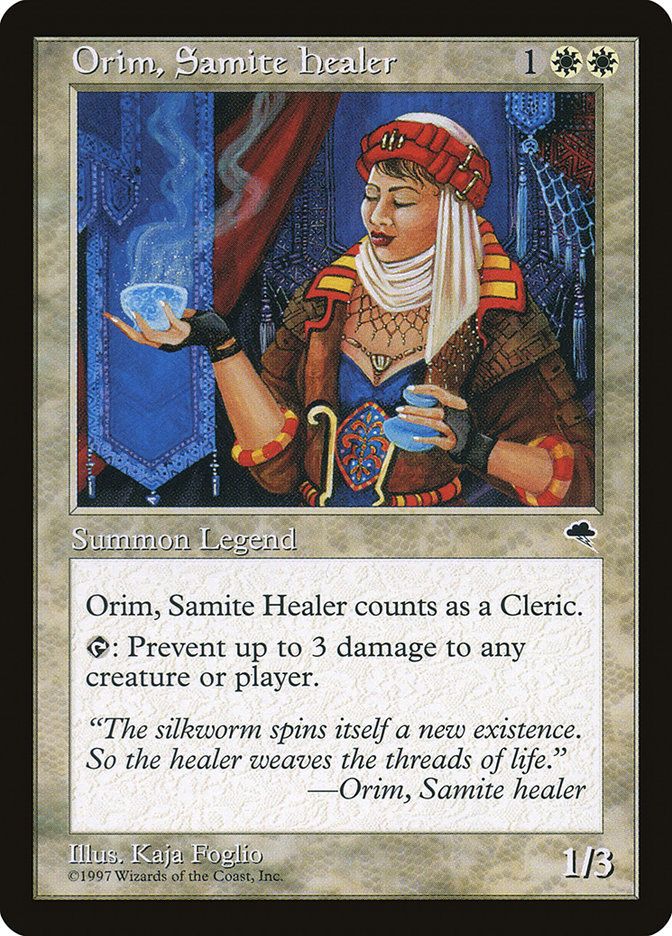
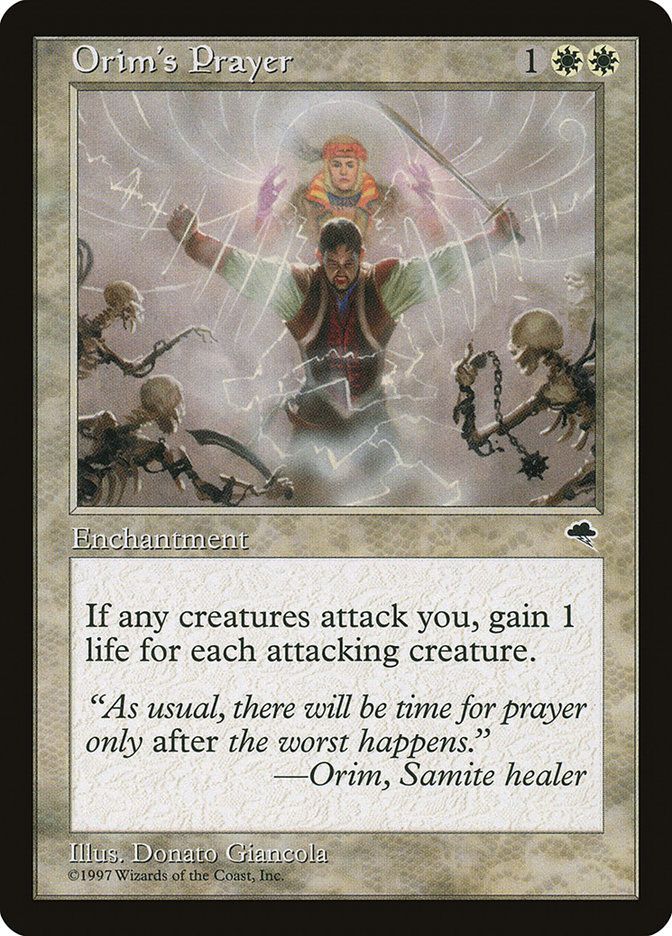
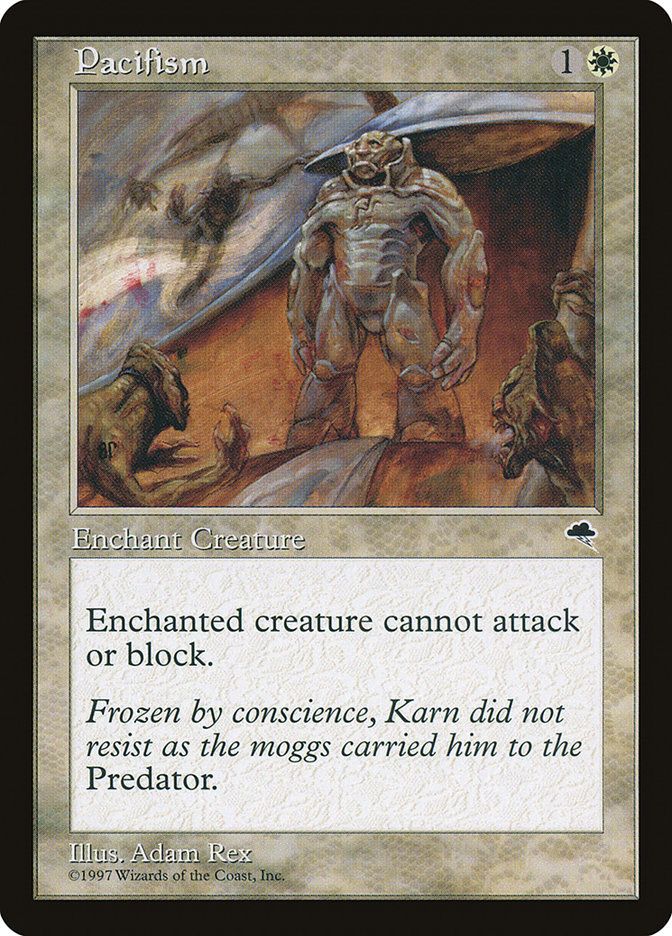

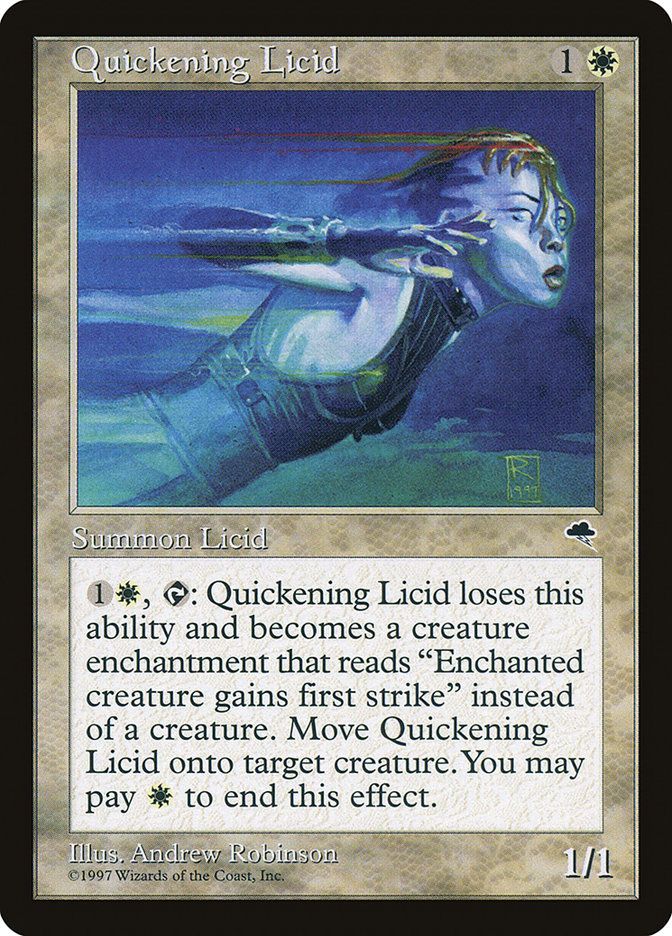
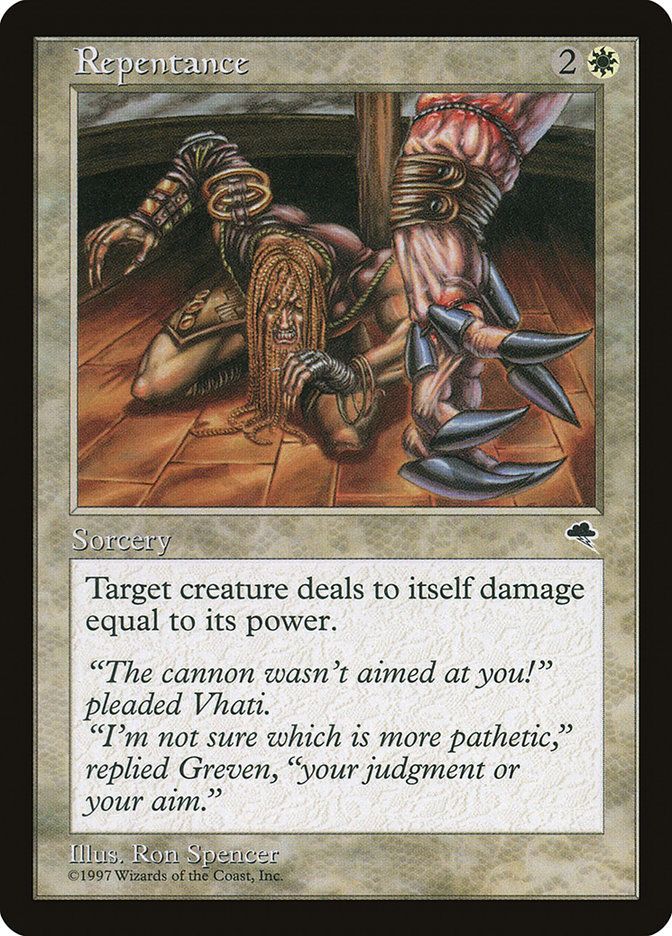
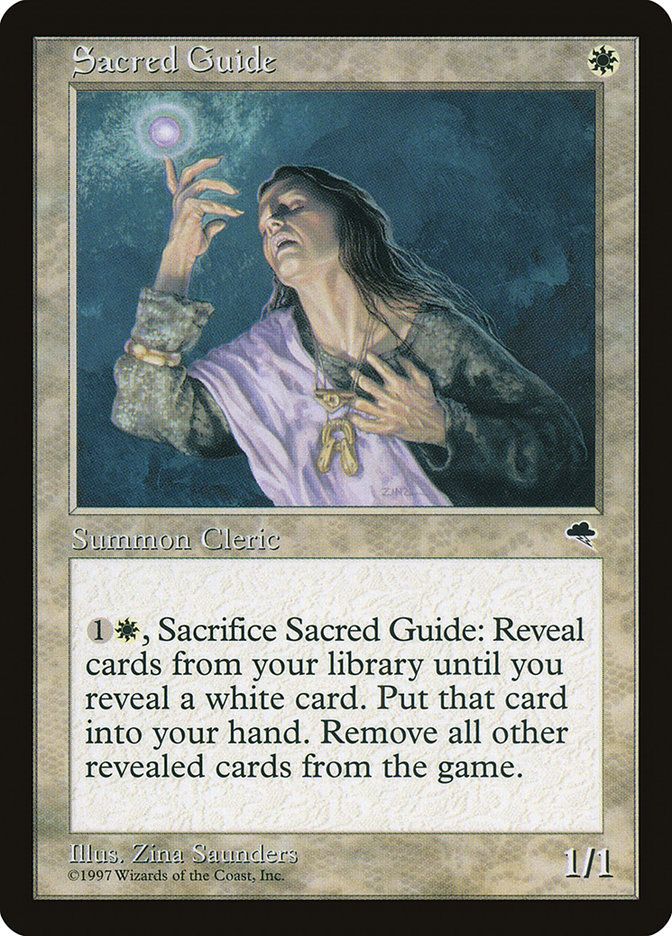

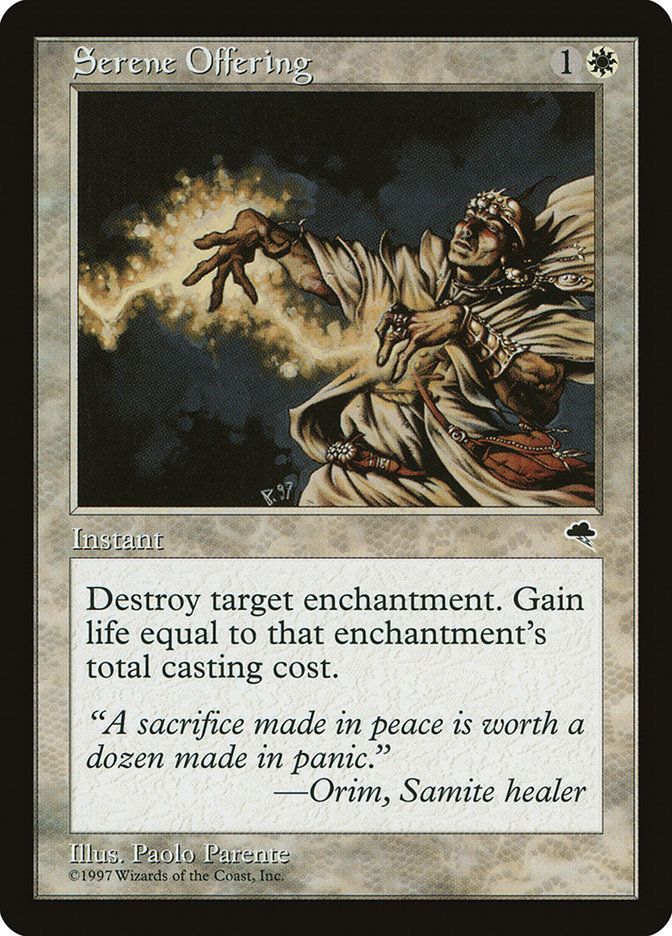
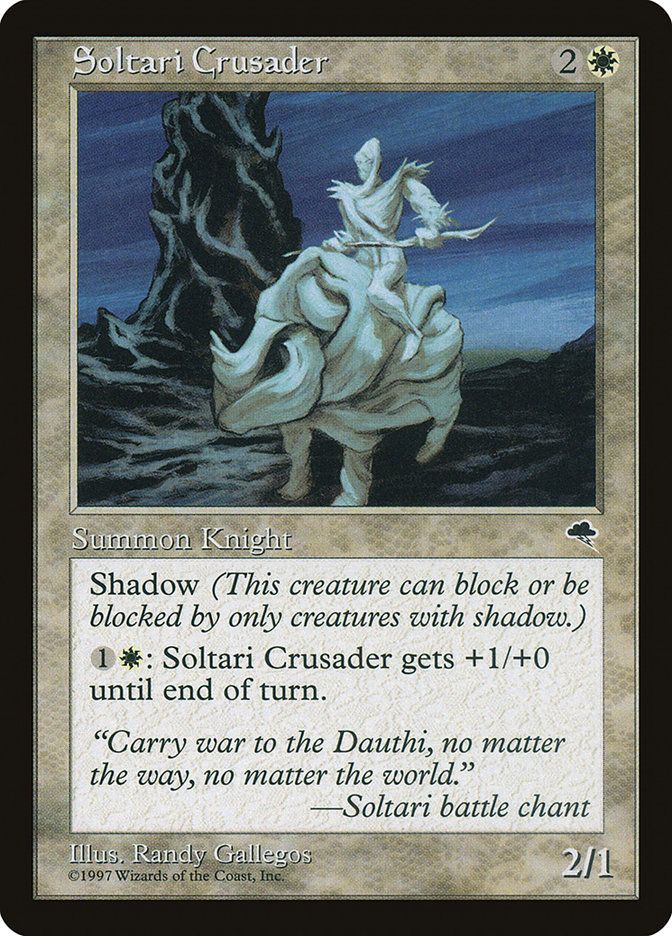
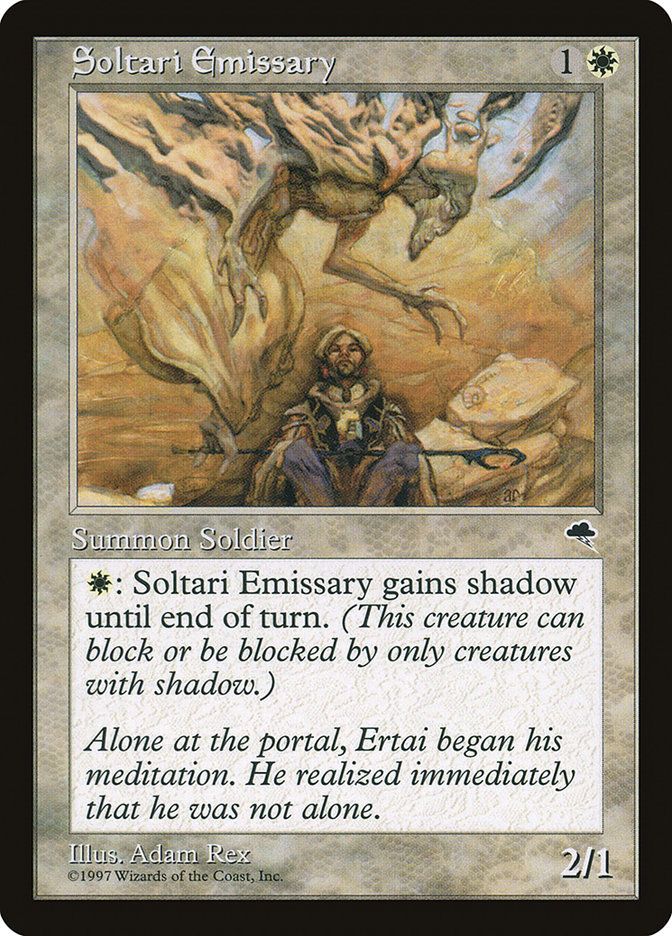


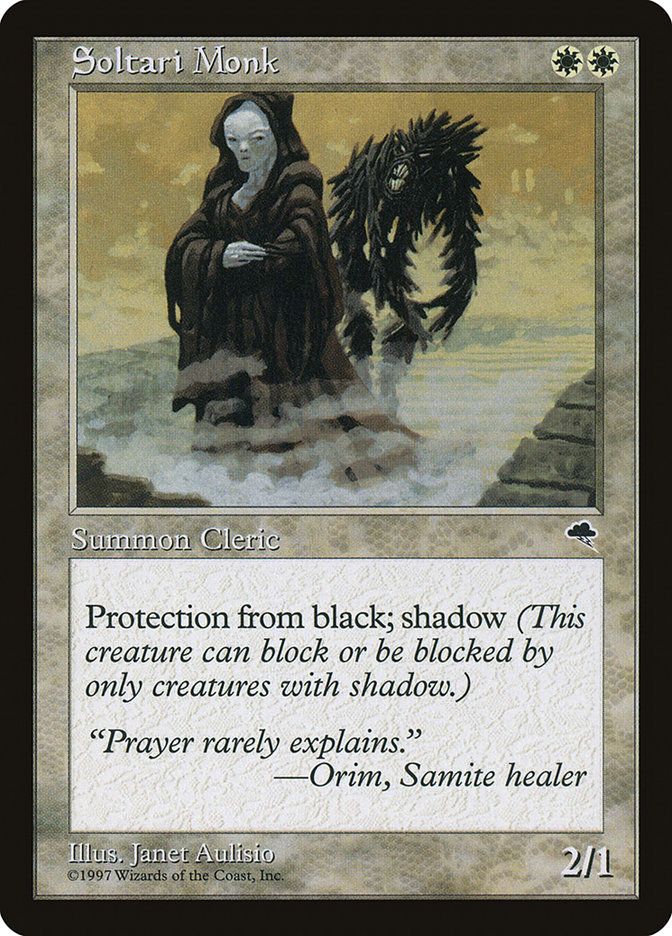
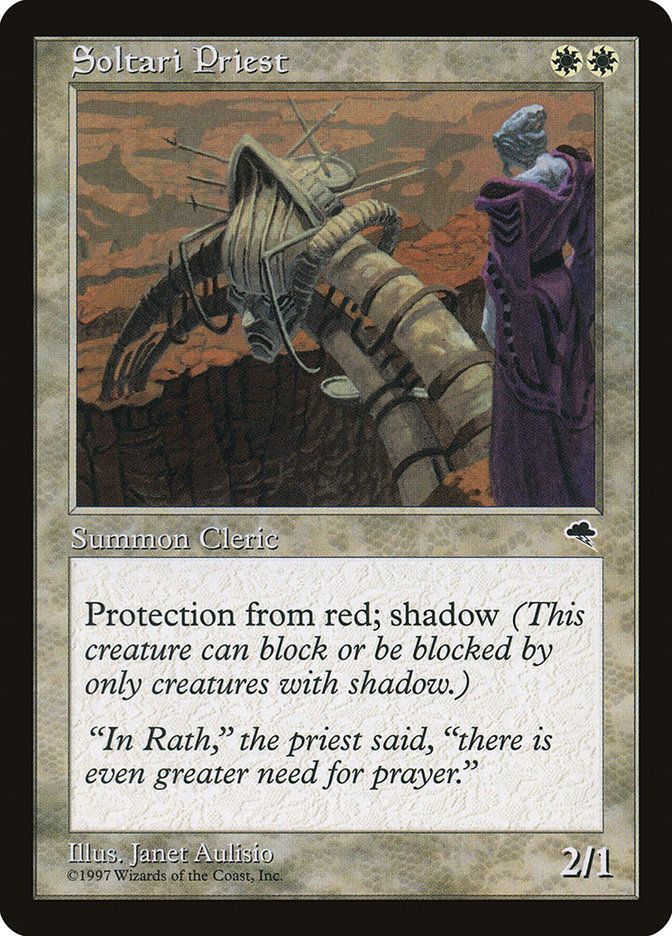
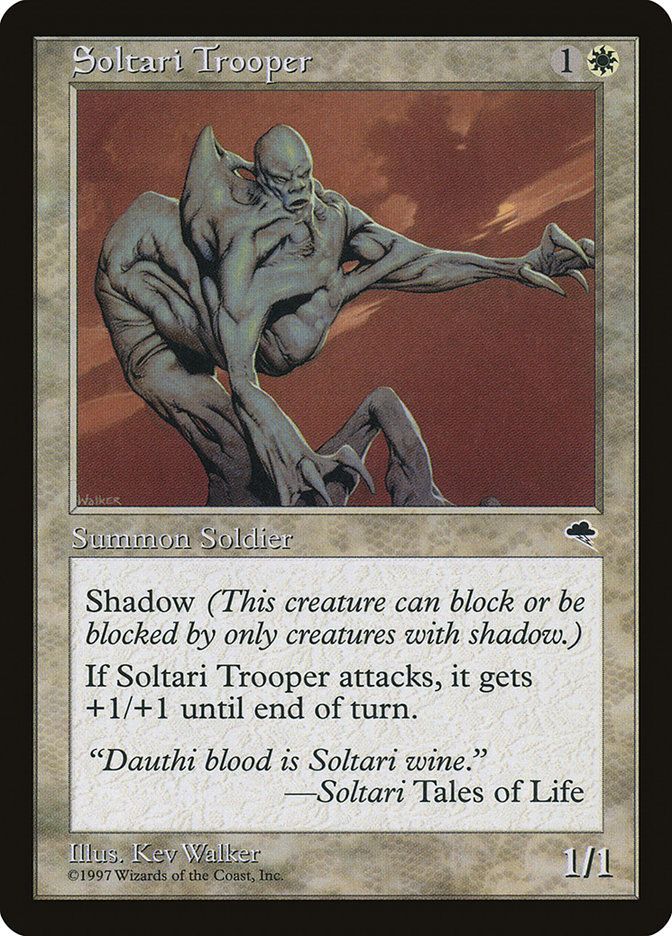
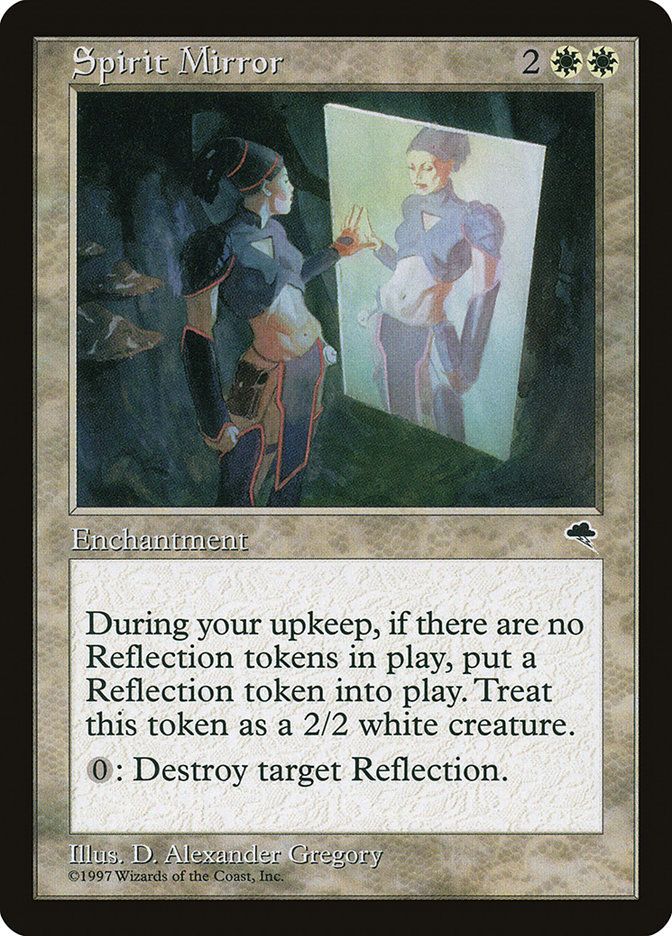
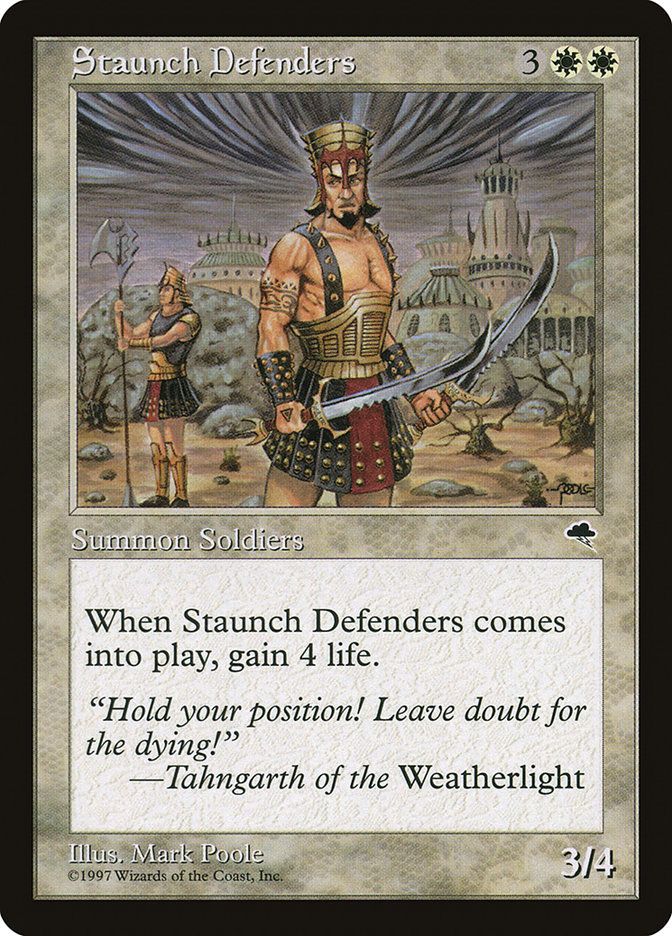

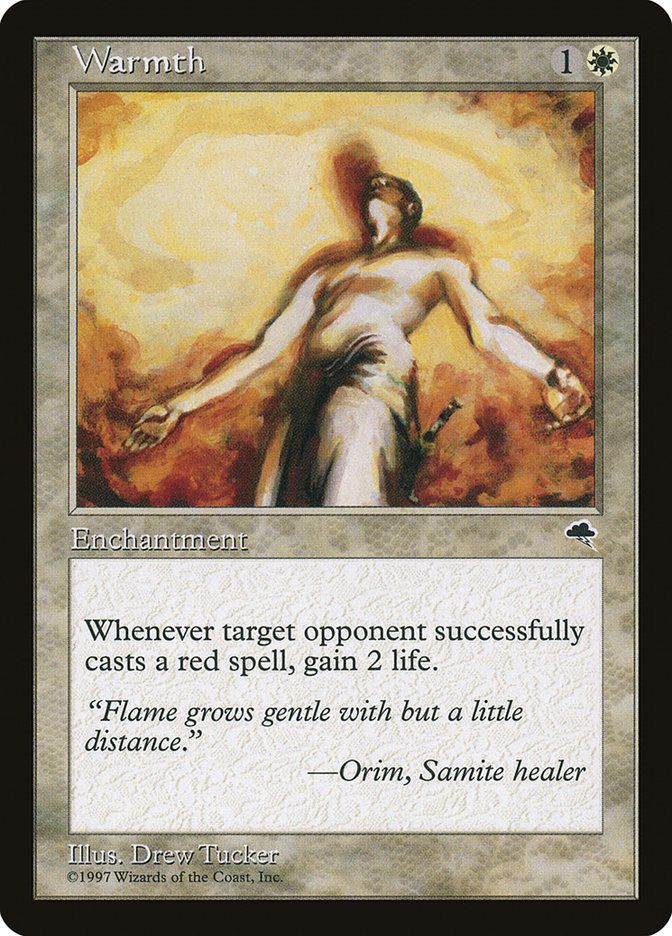
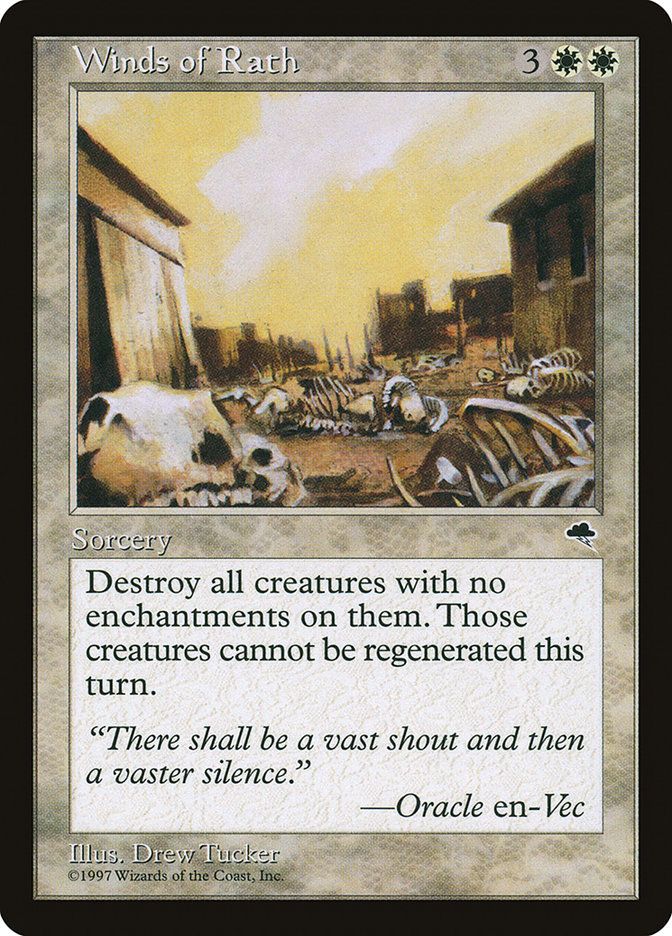
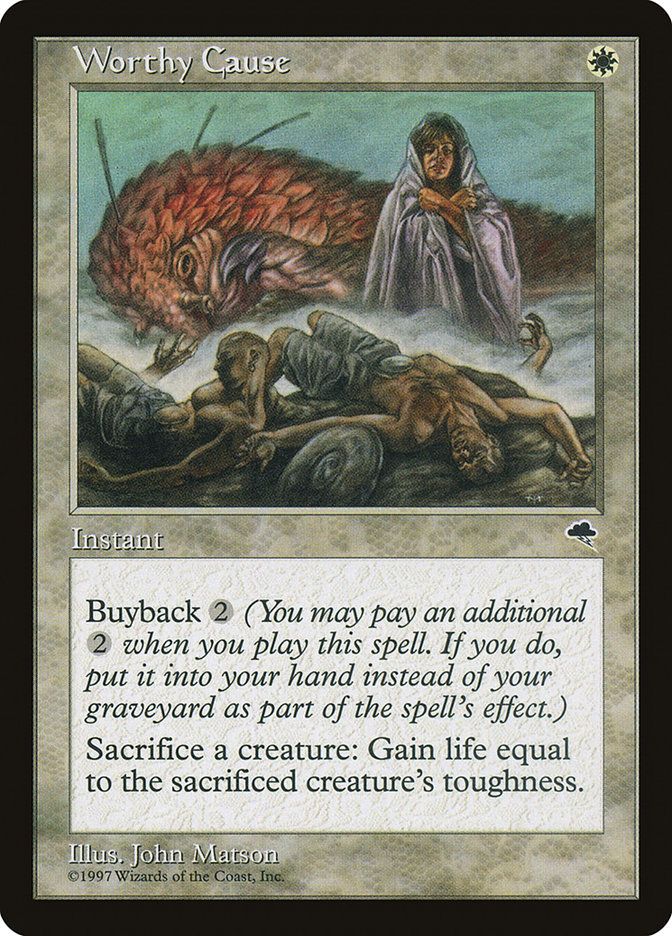
Blue
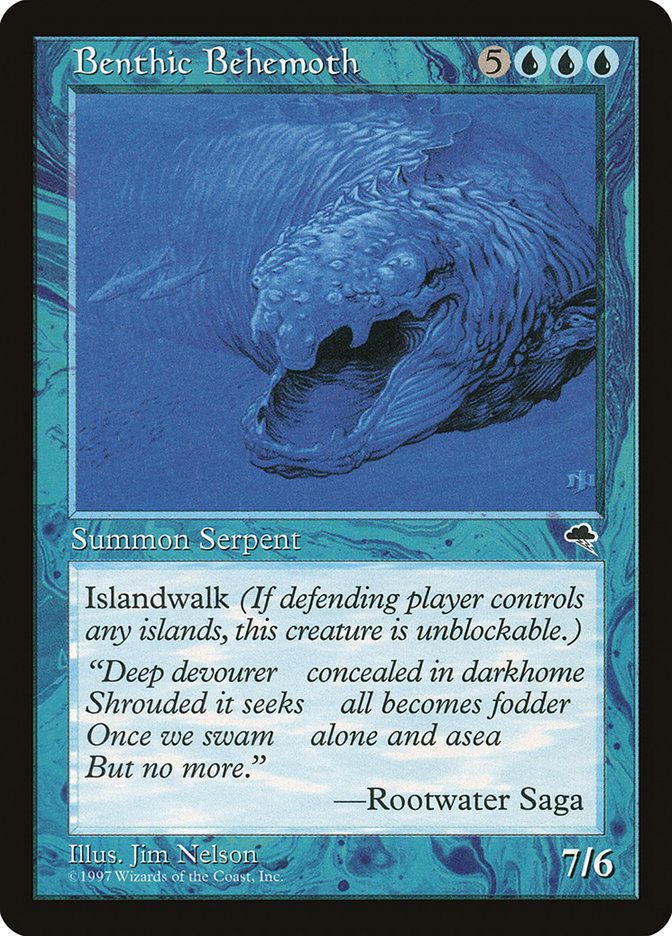

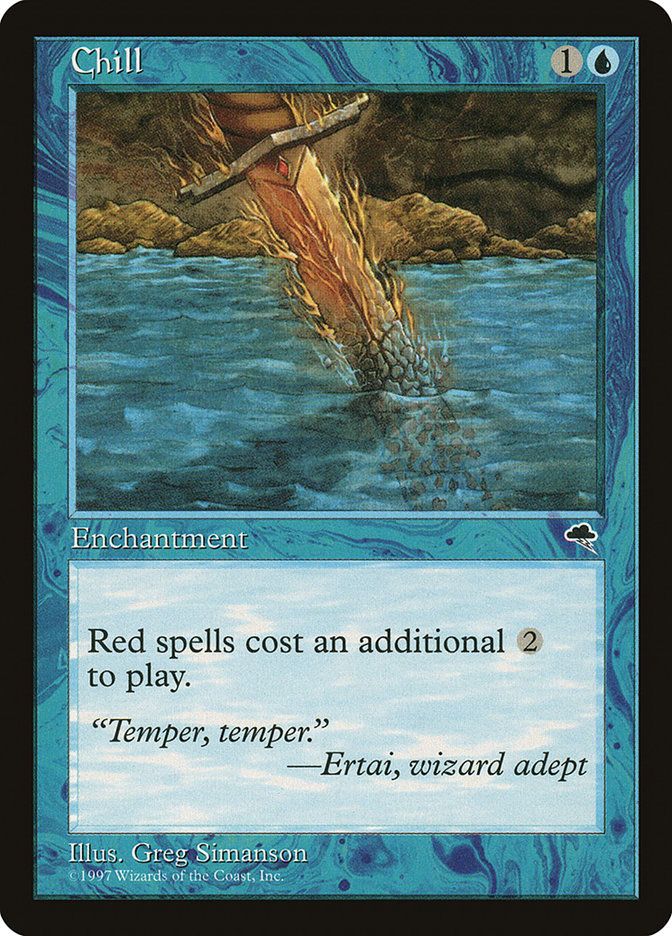
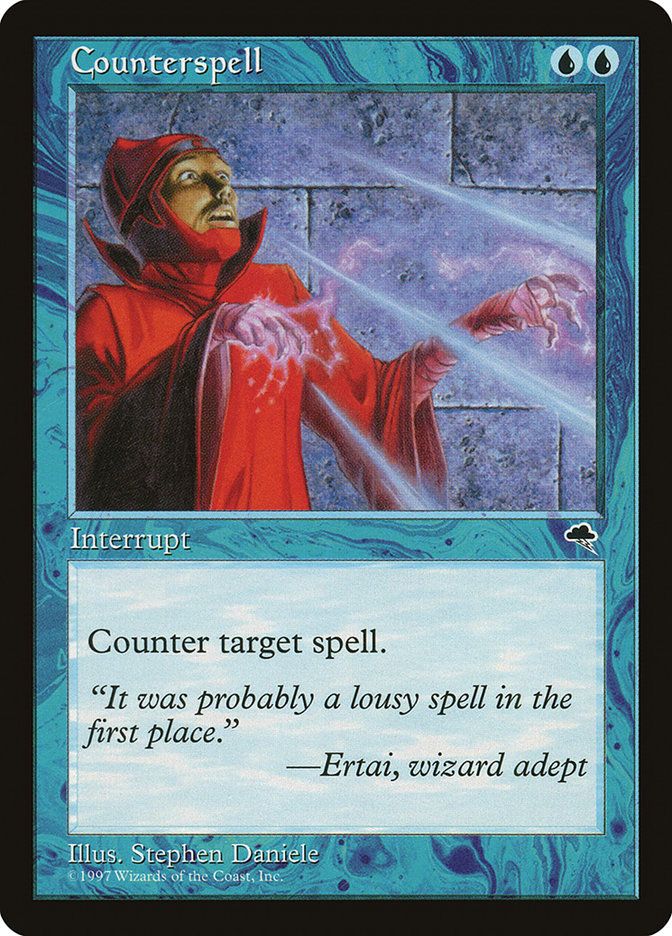
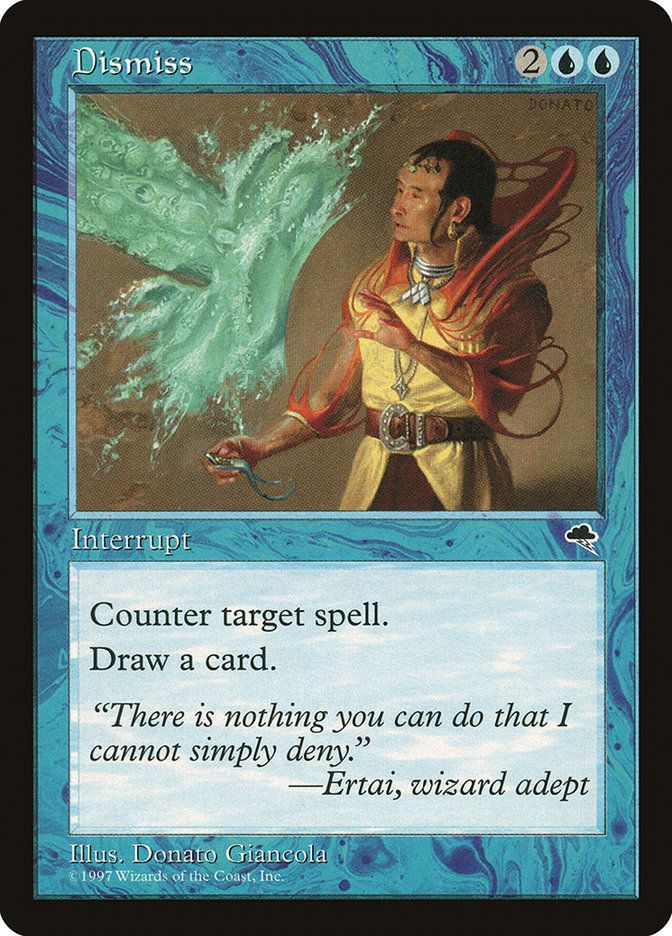
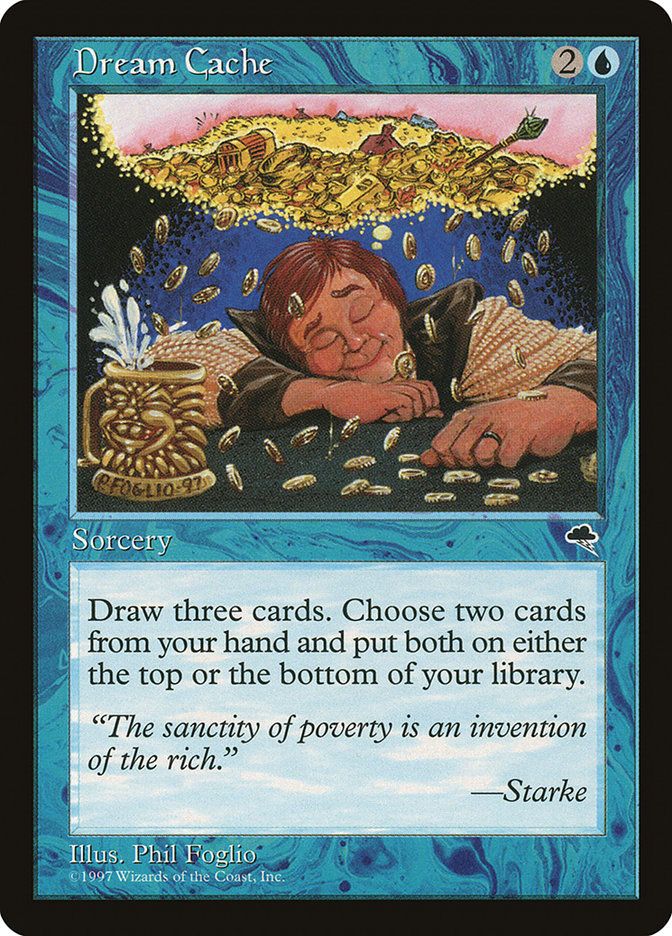
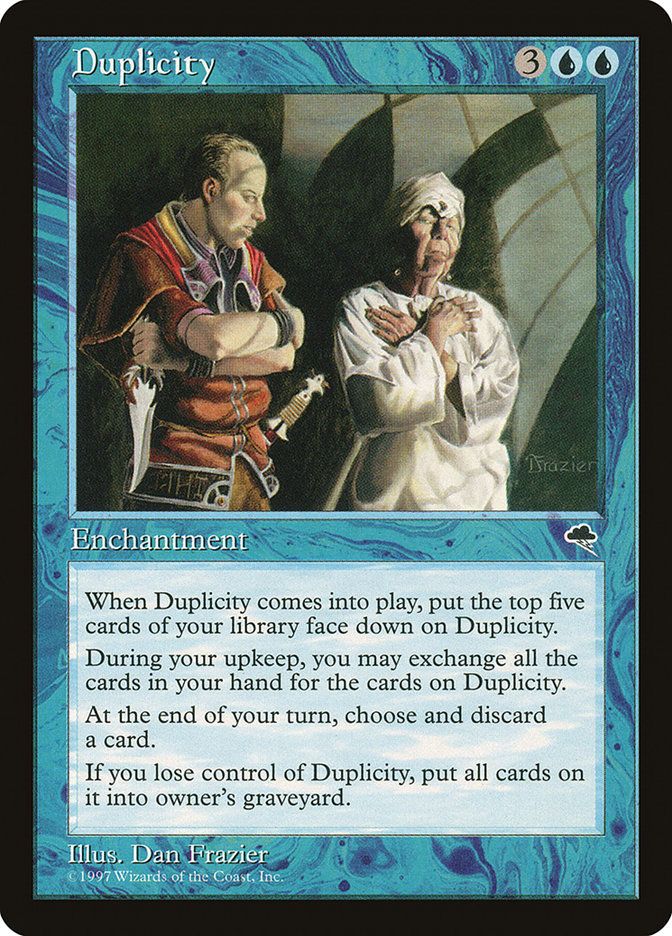
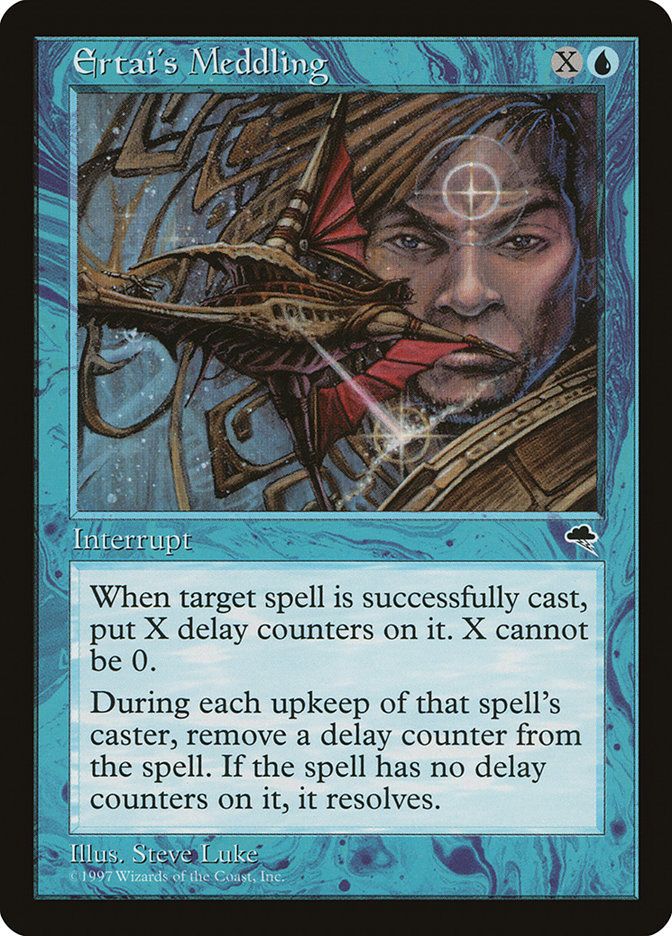
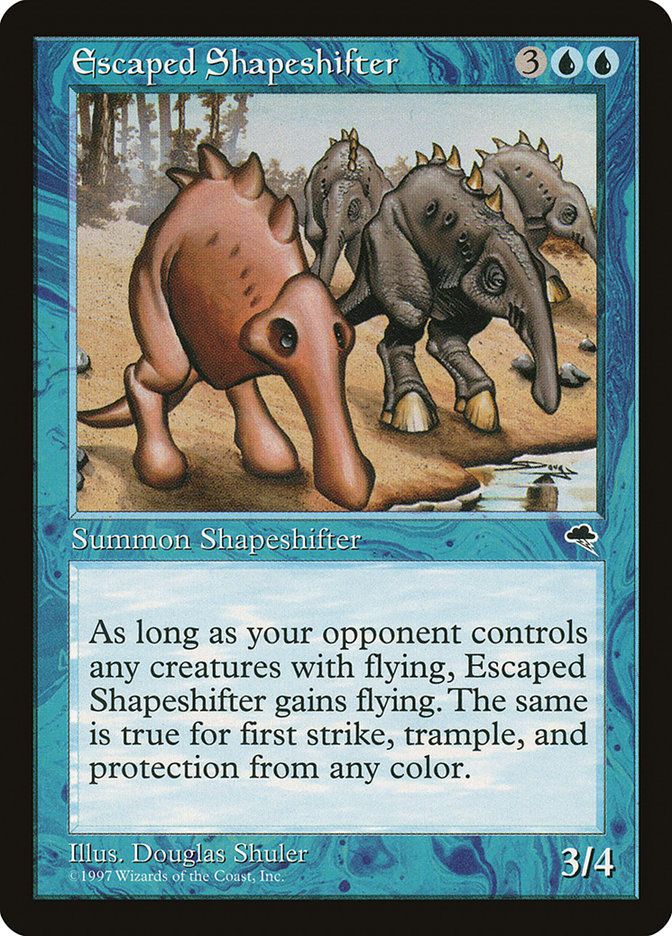
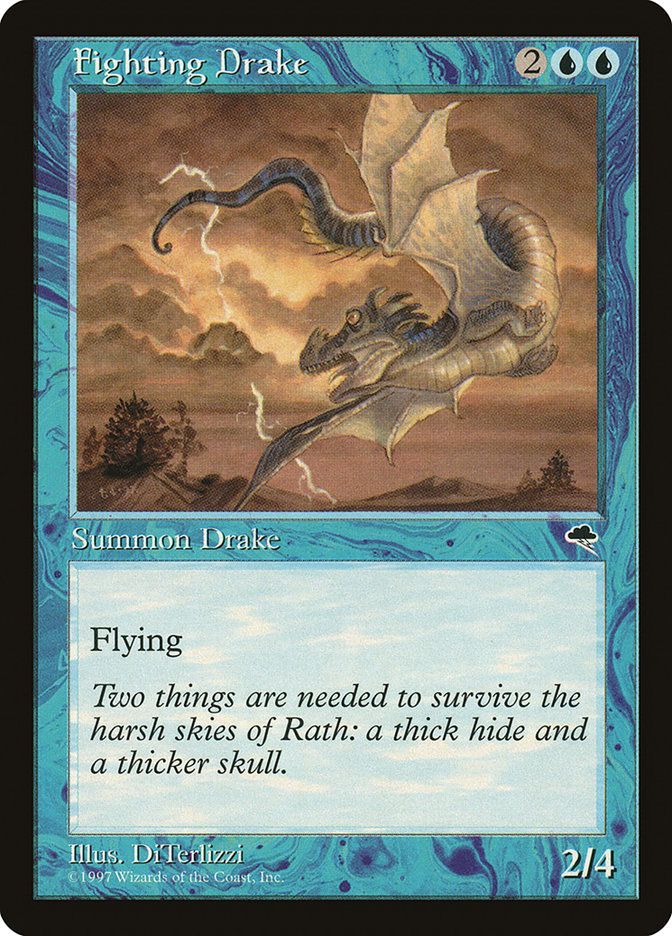
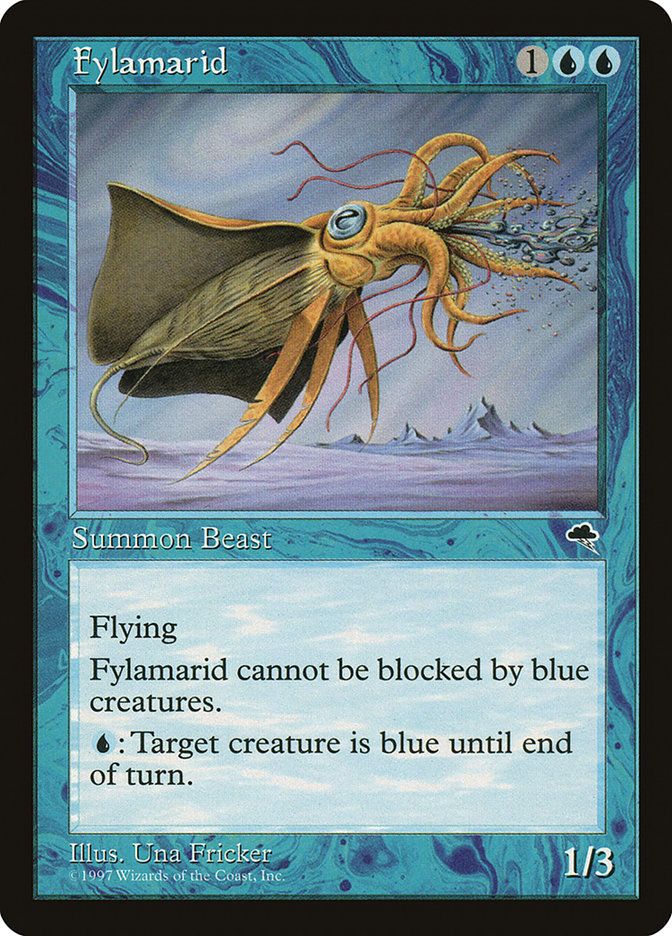
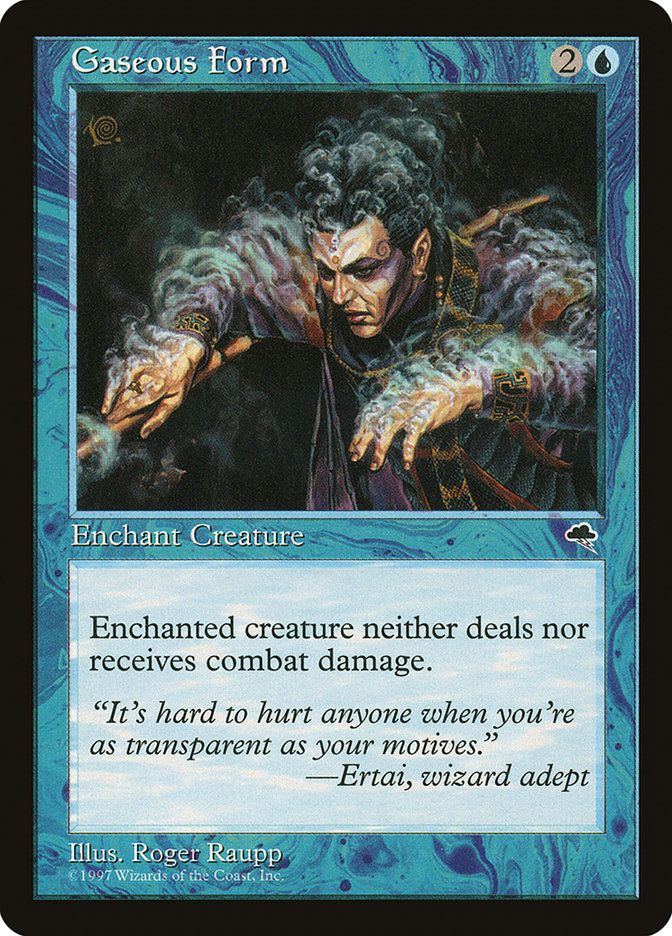
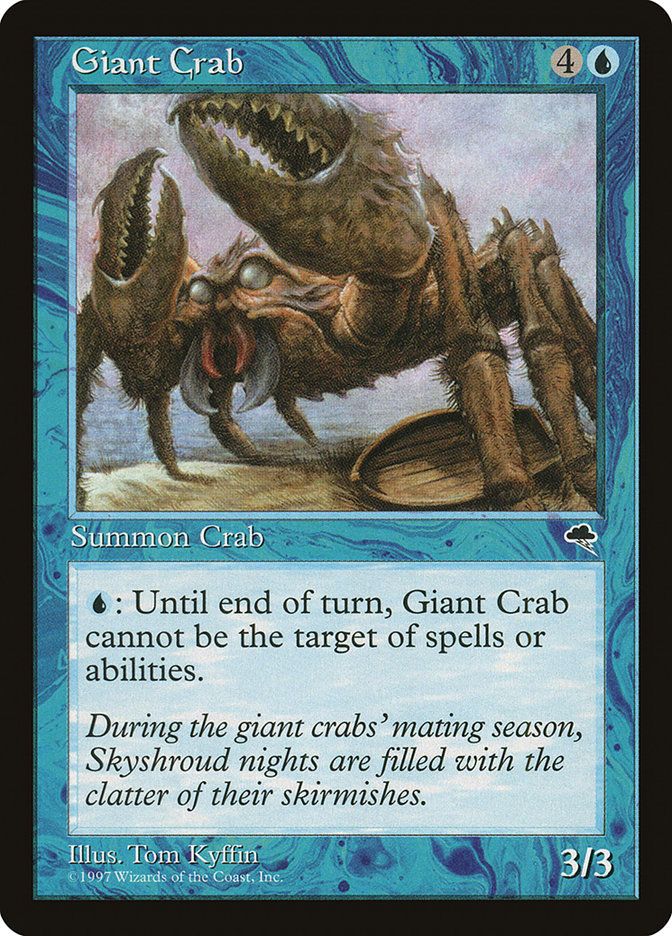
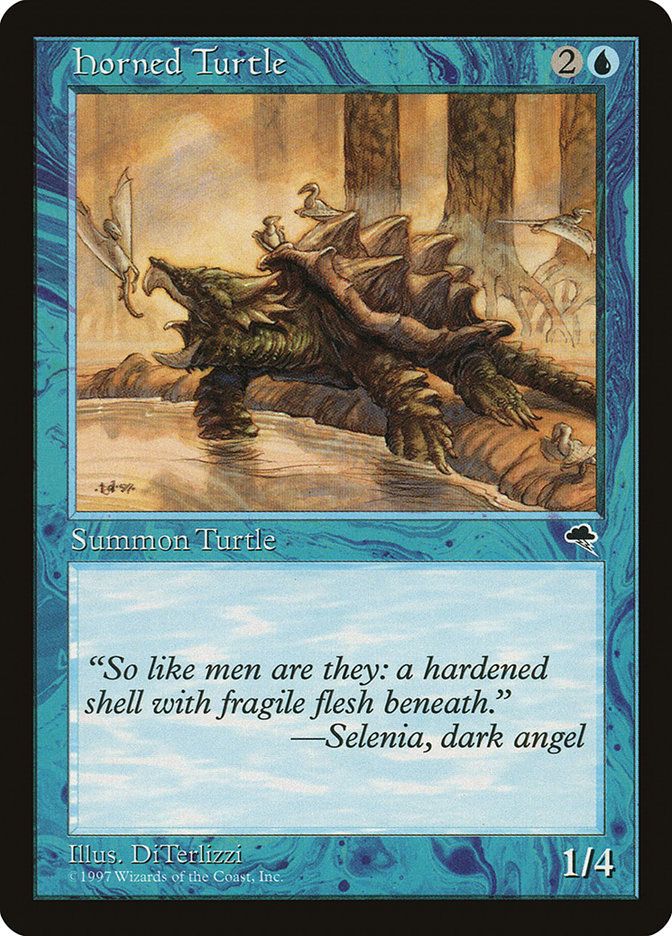
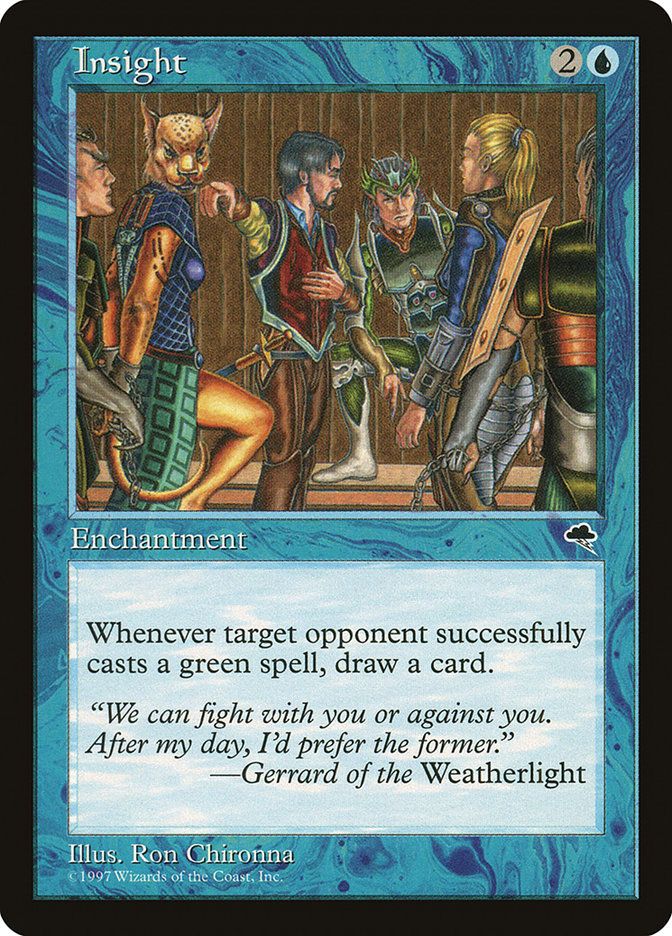
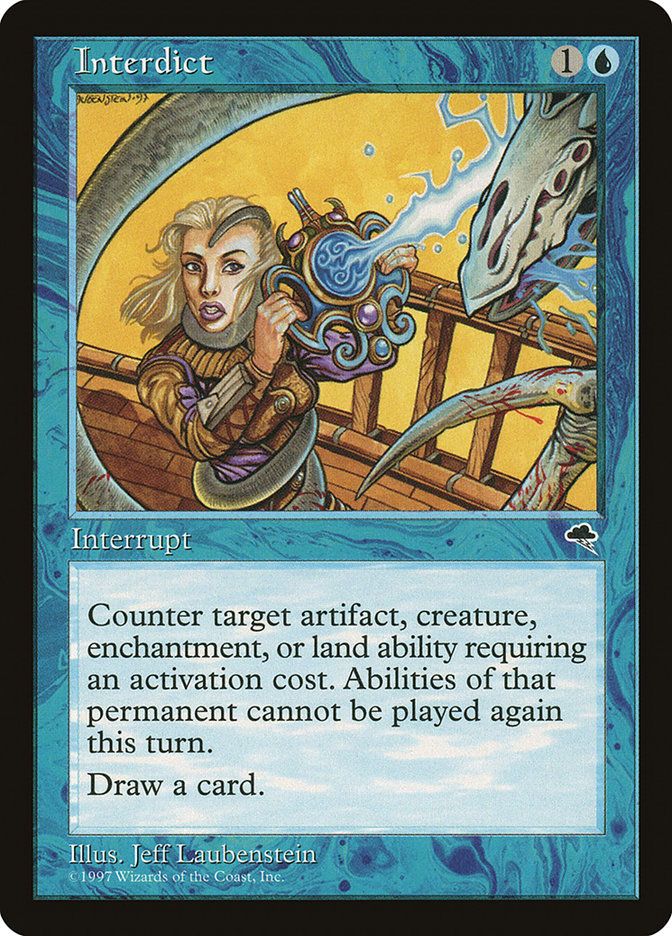

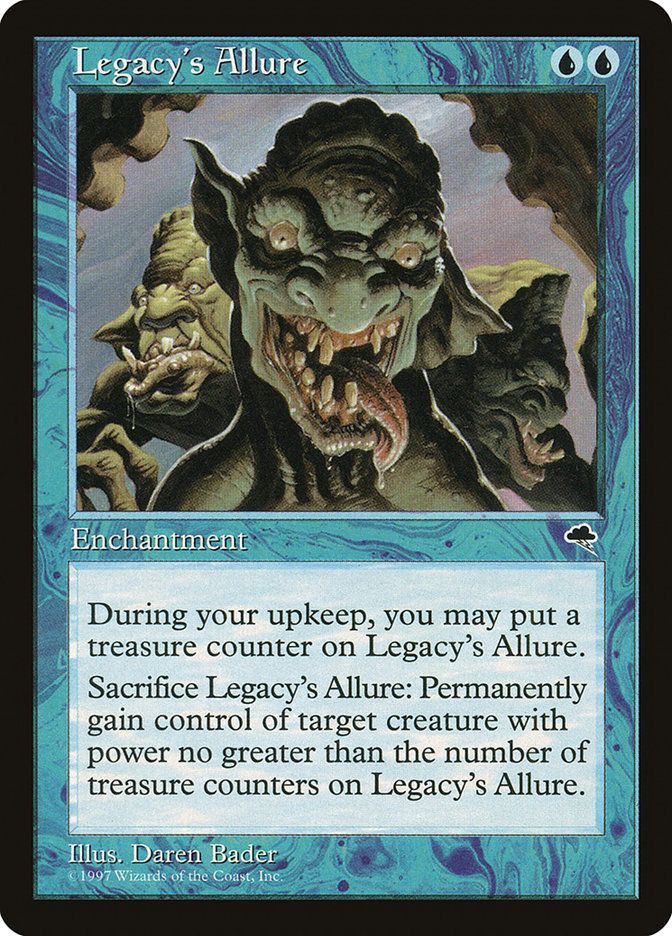
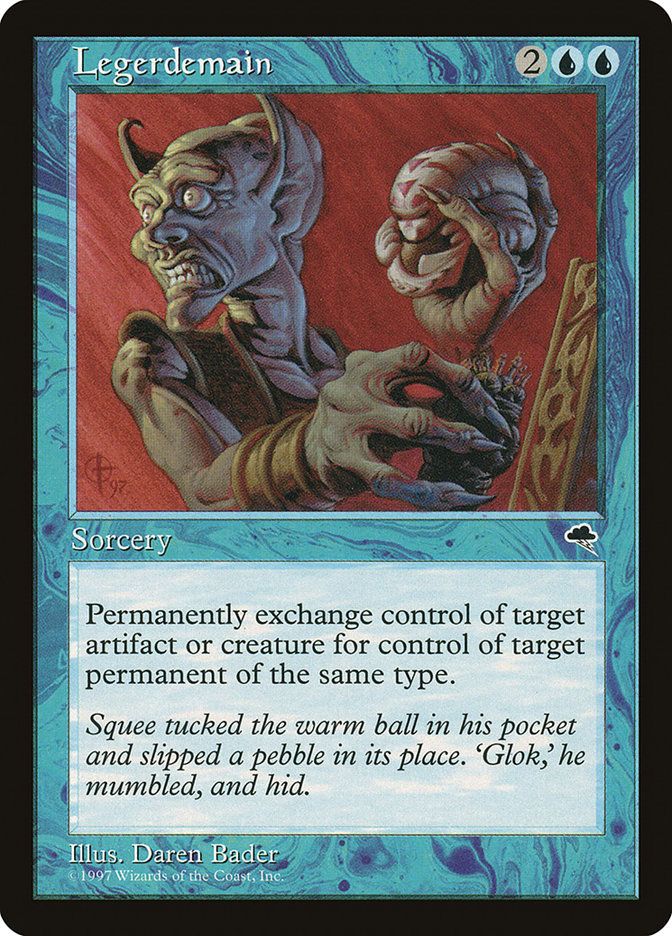

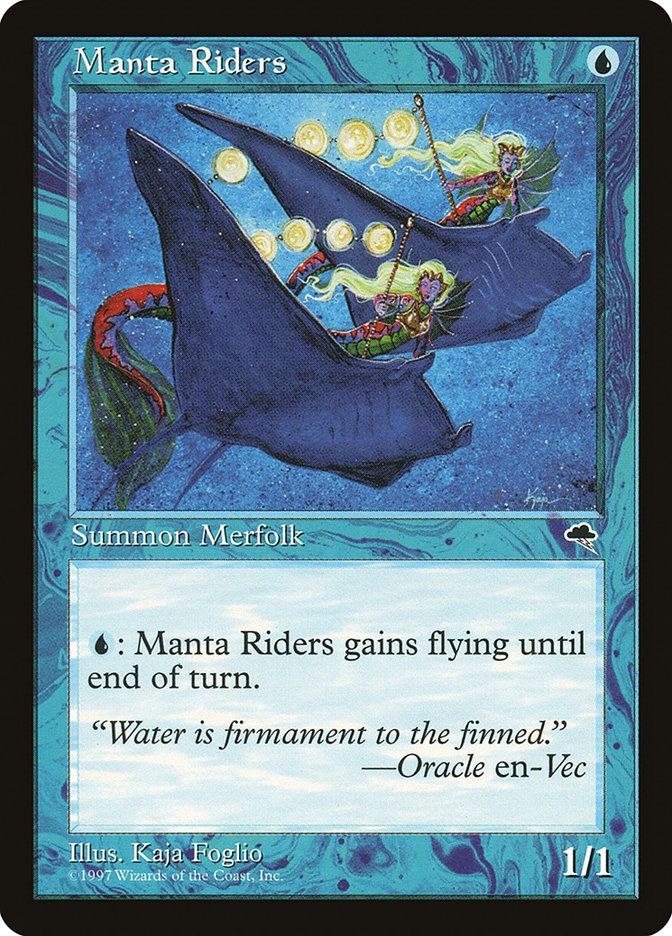
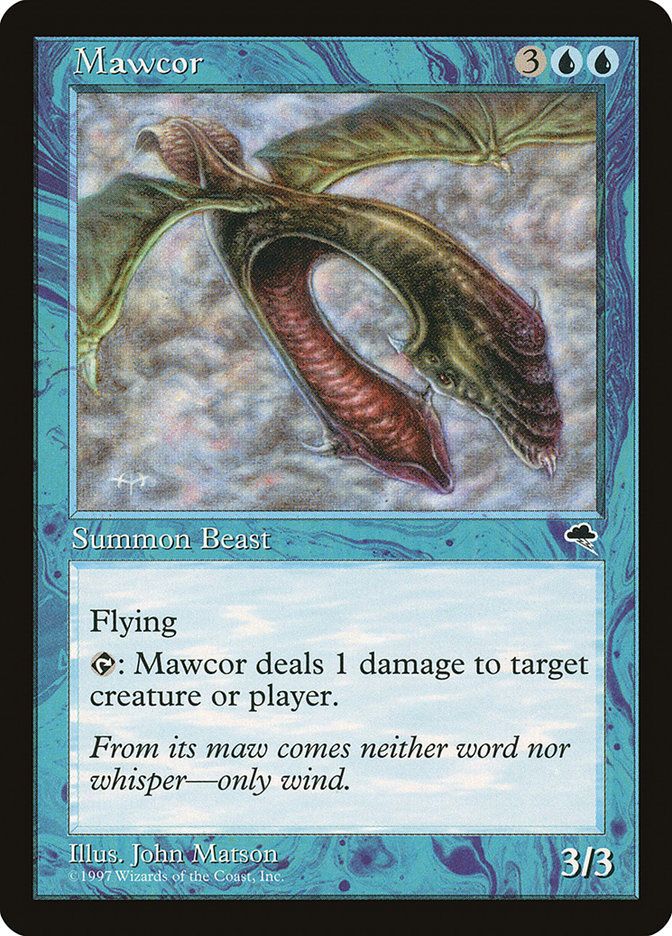

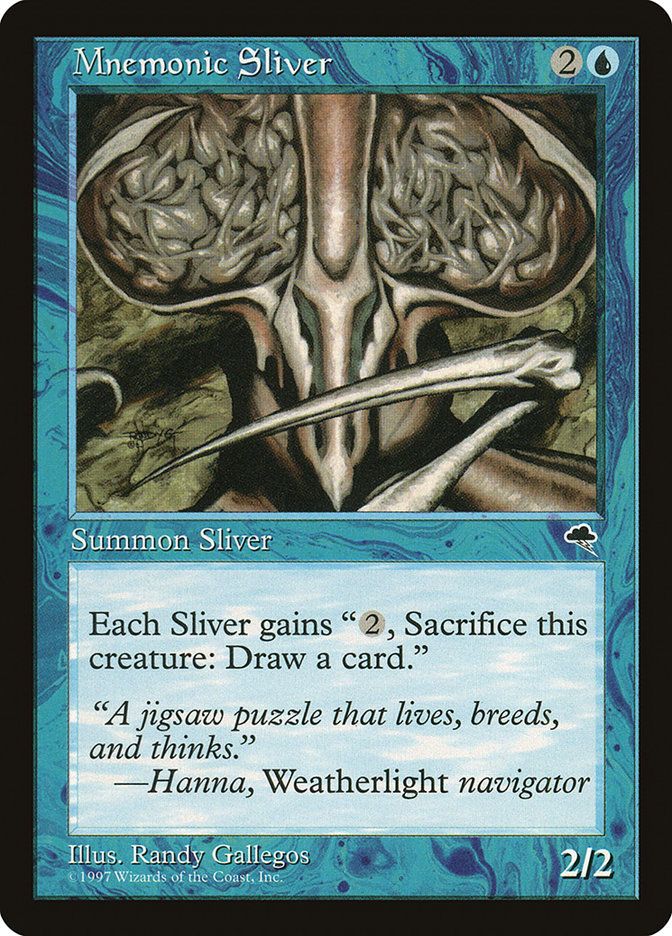
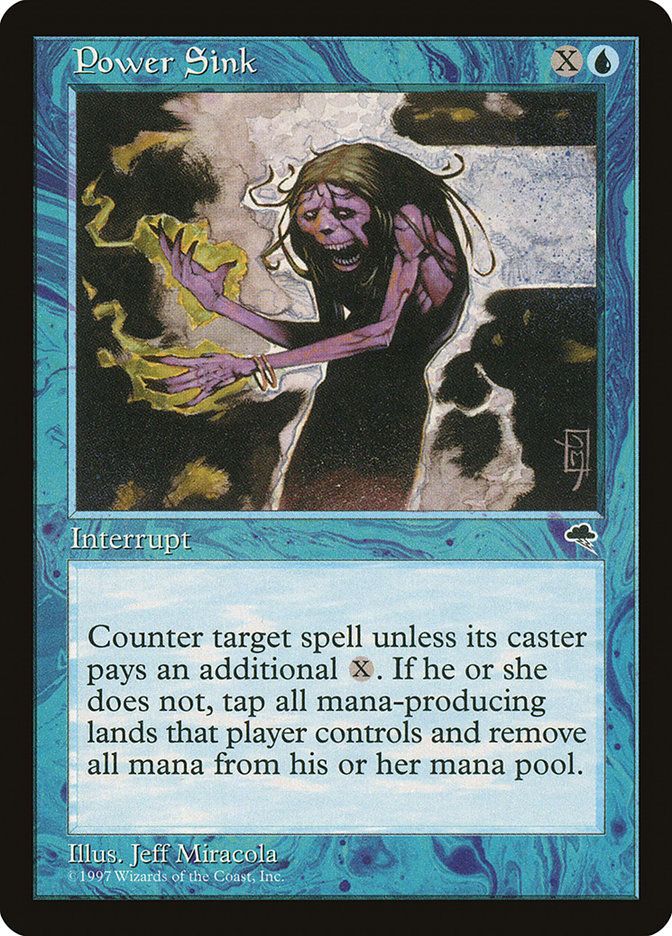
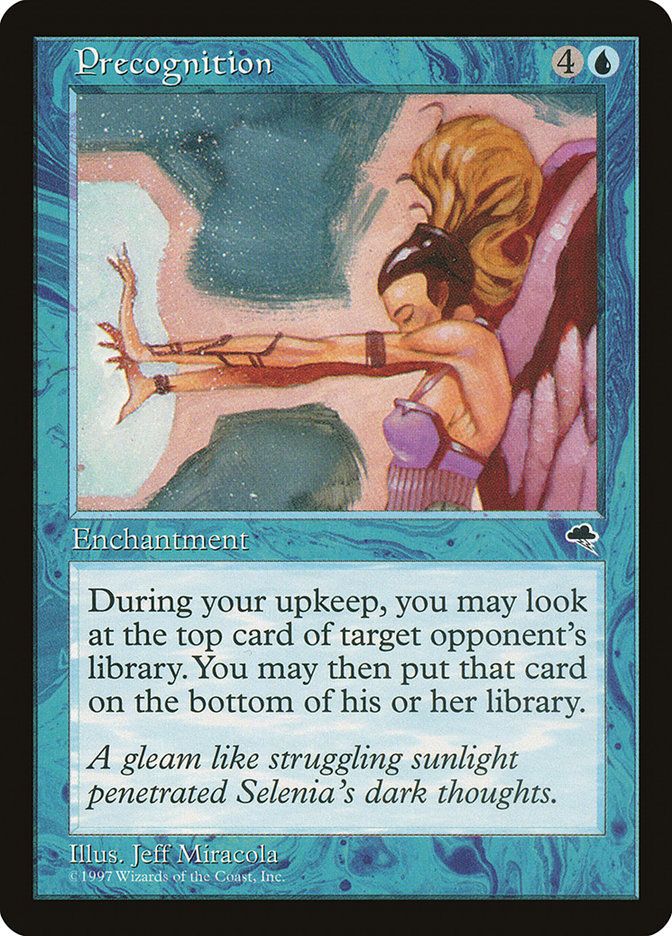
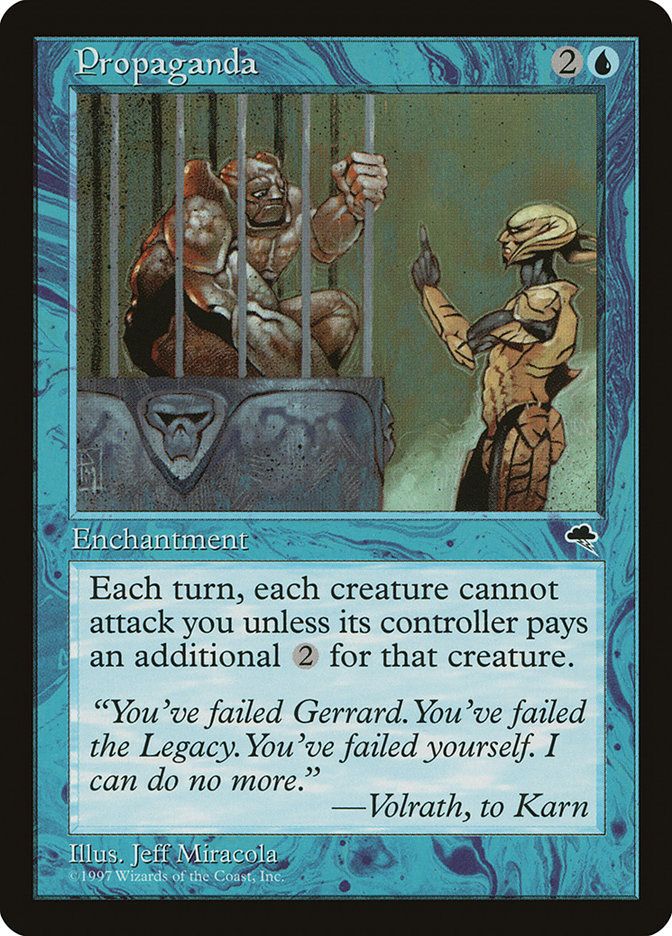
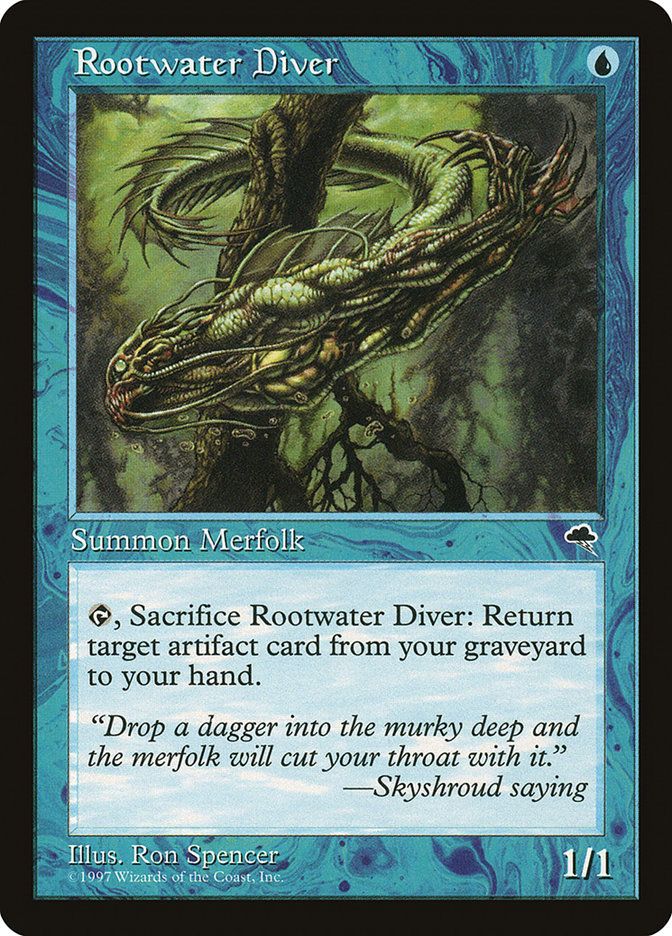
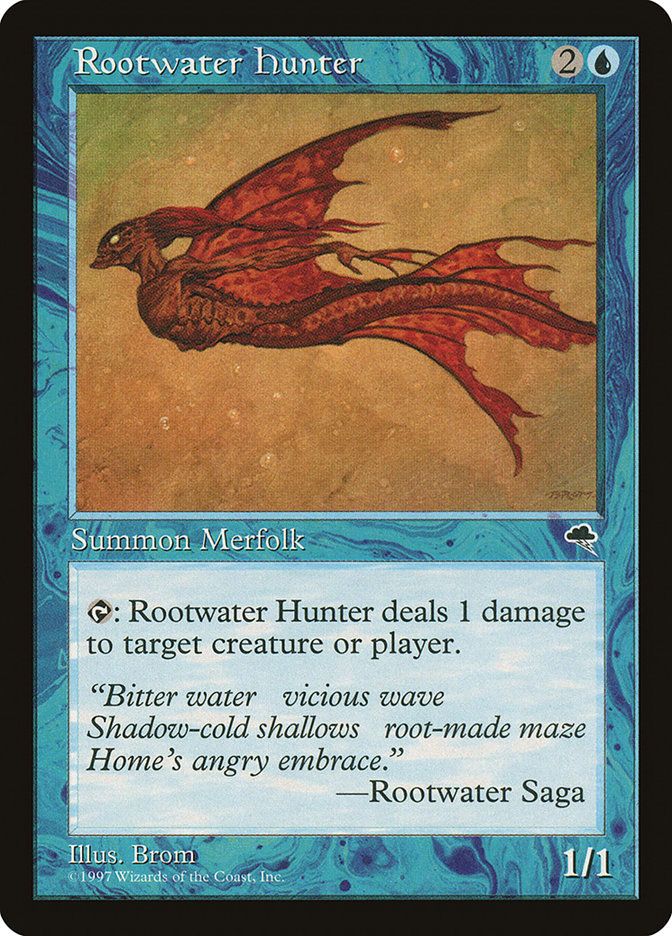
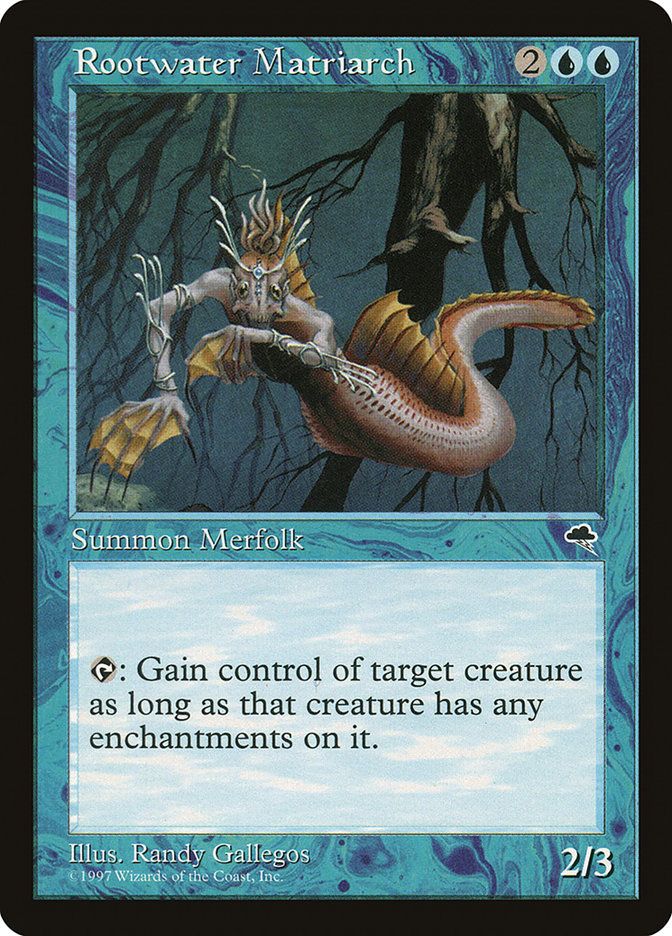
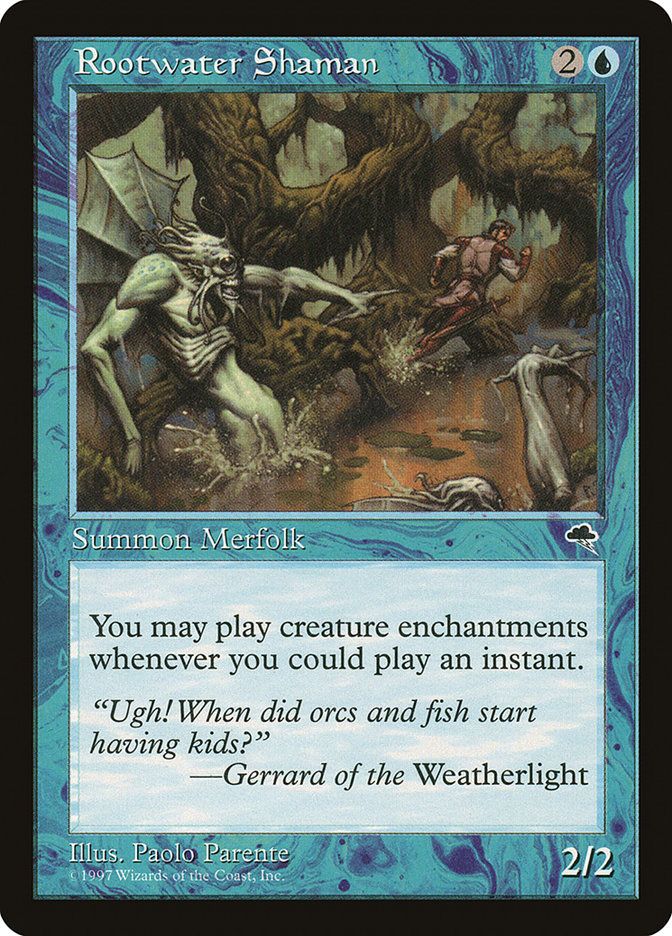
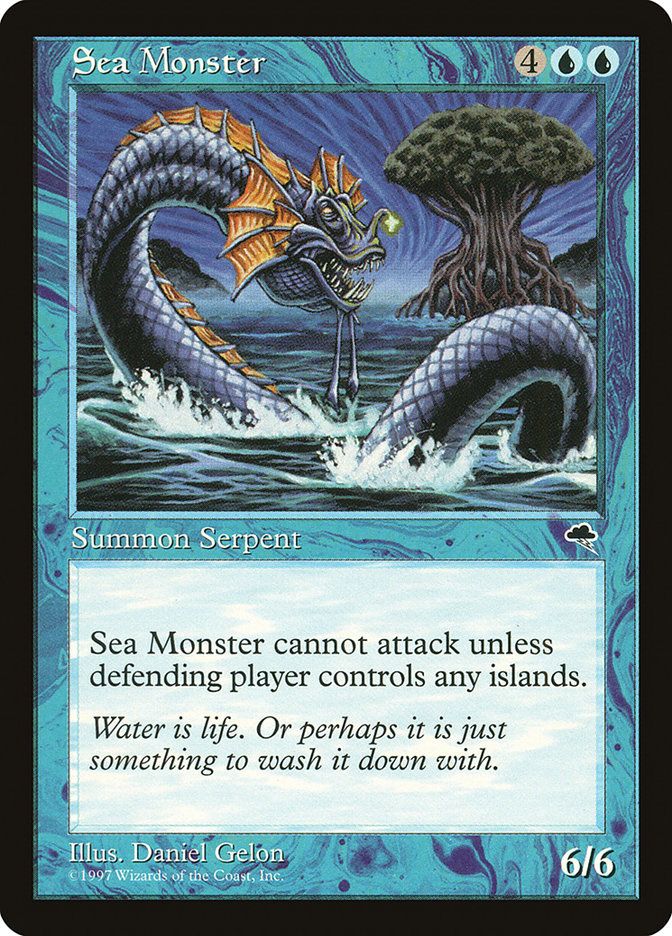

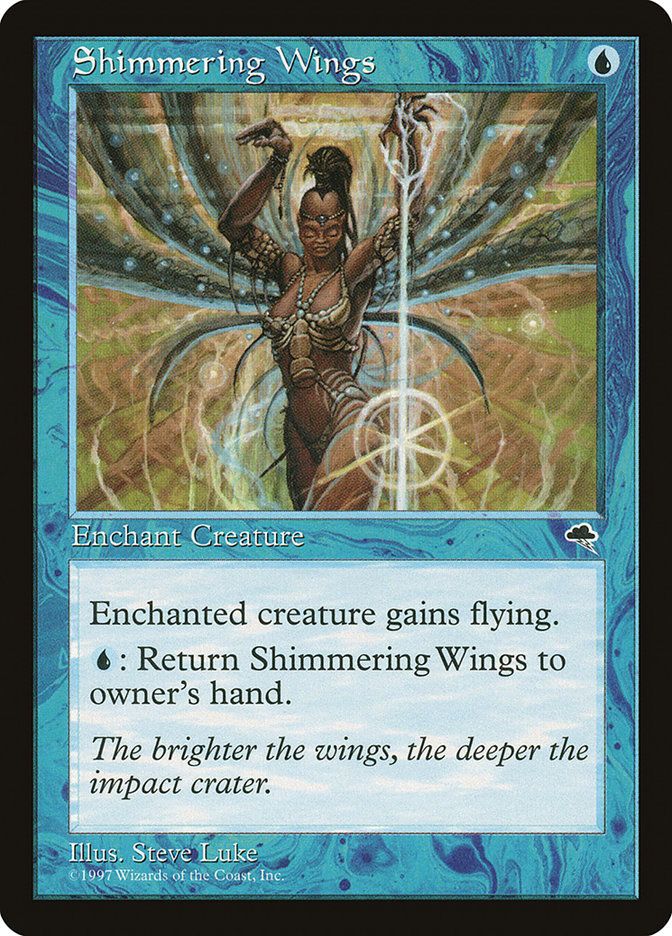
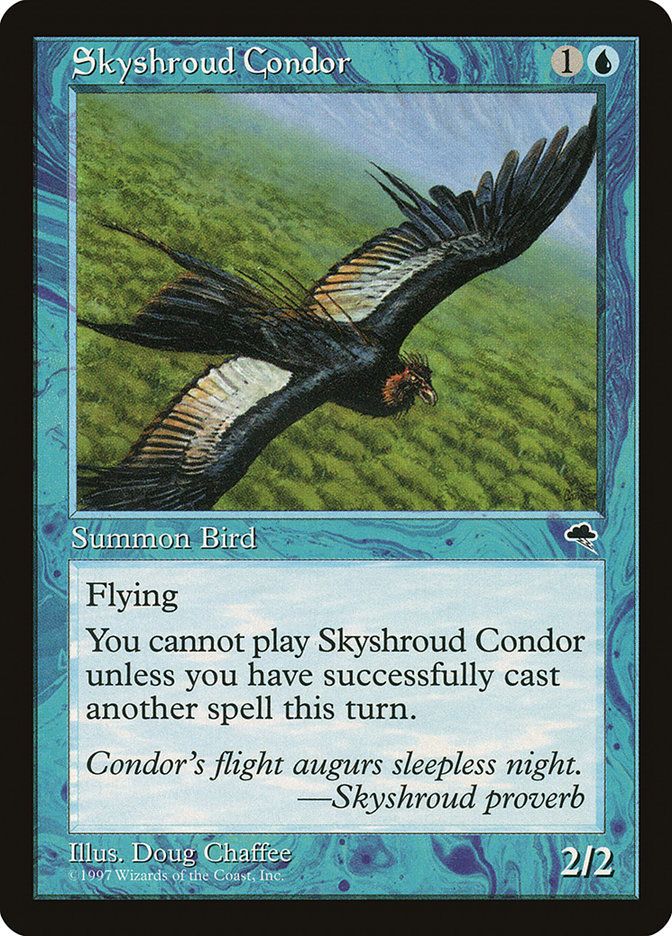
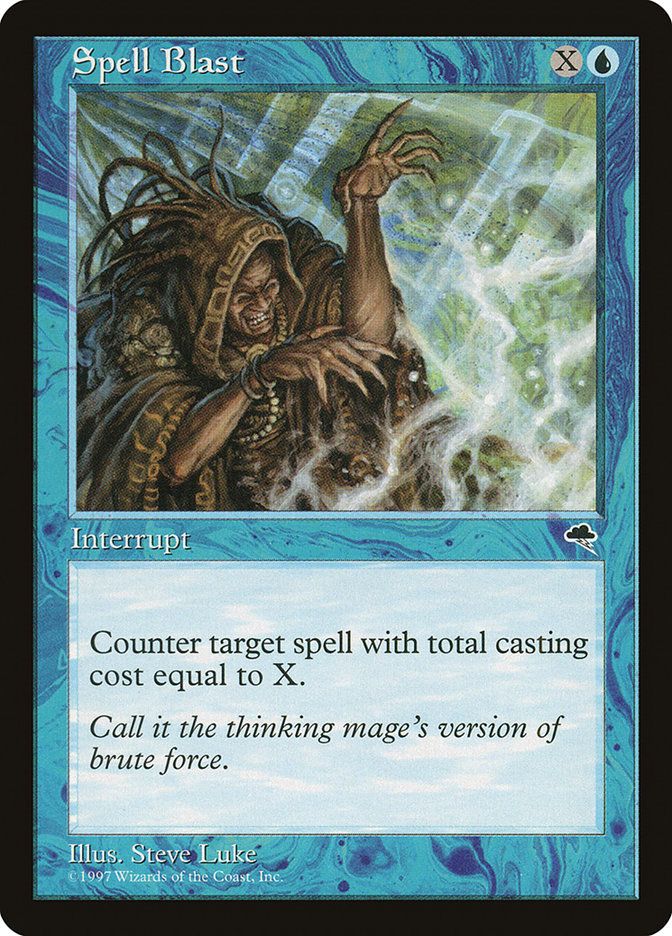
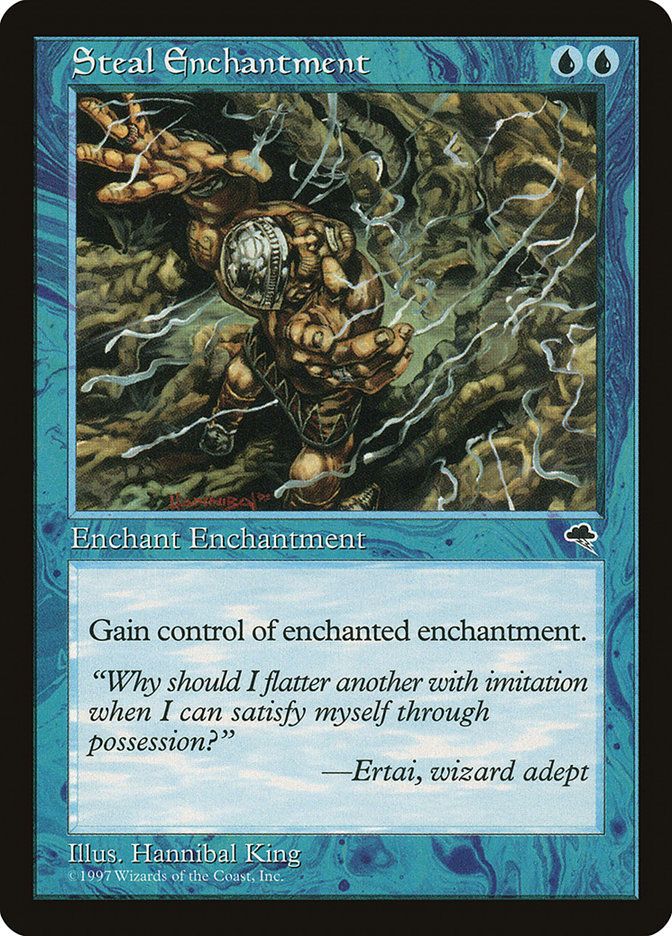

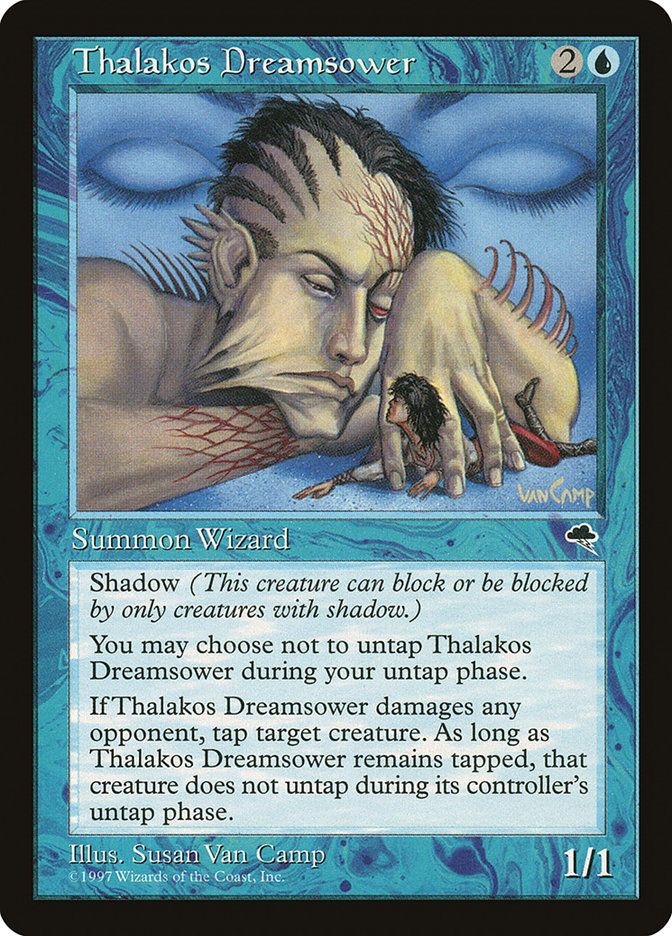
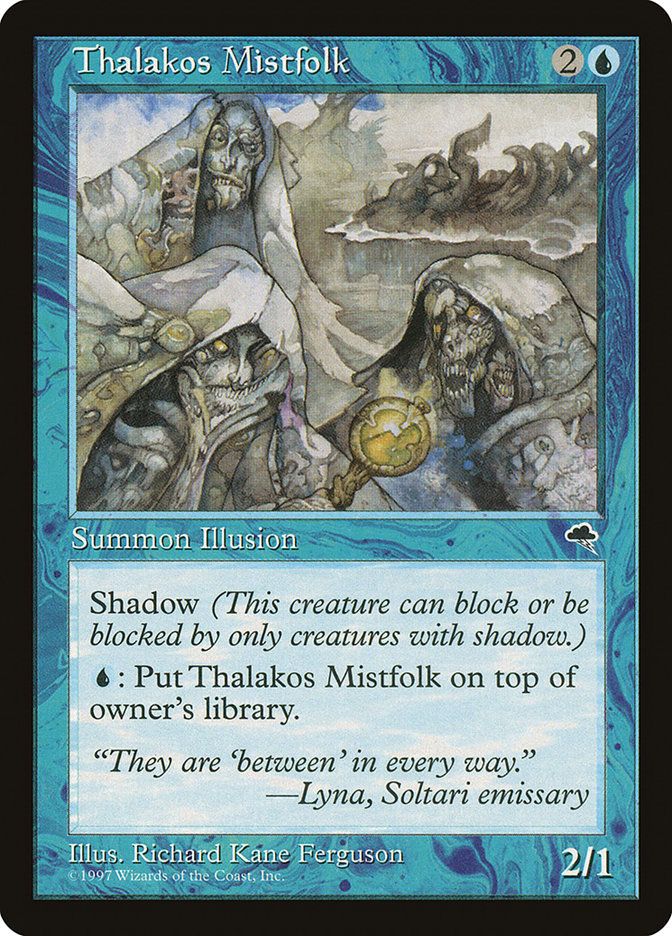
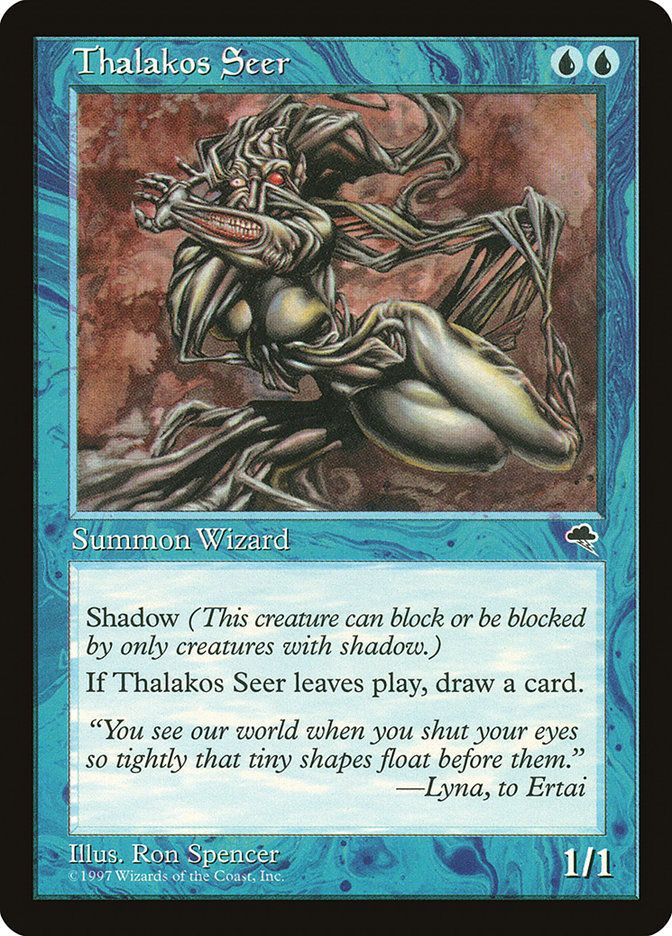
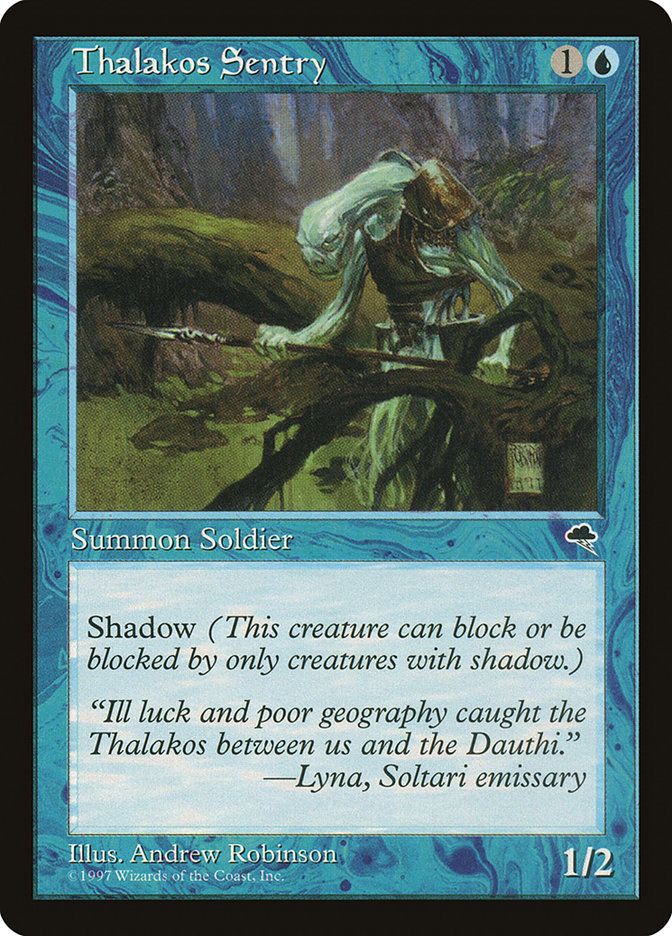
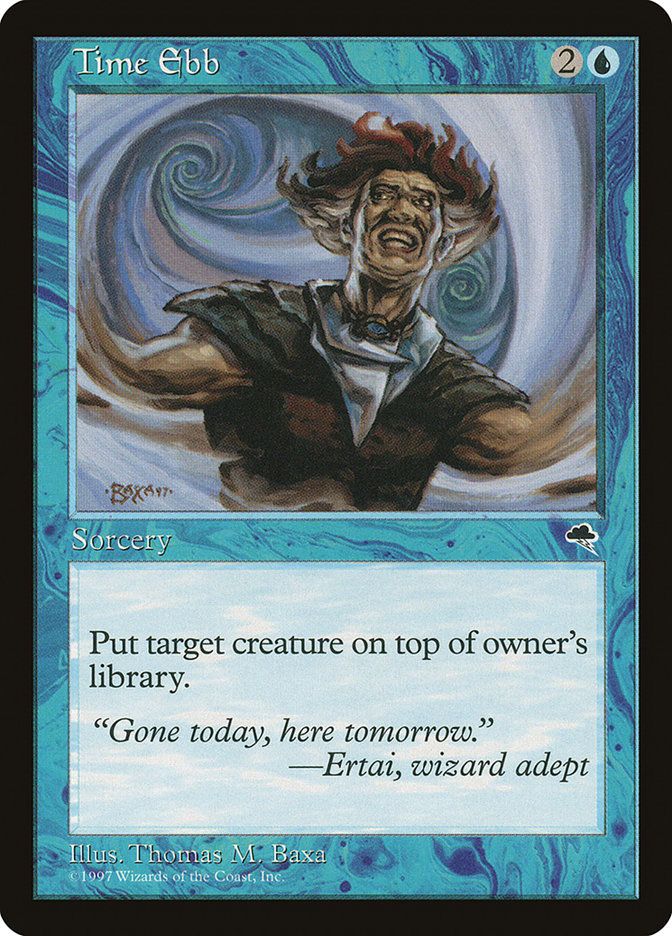
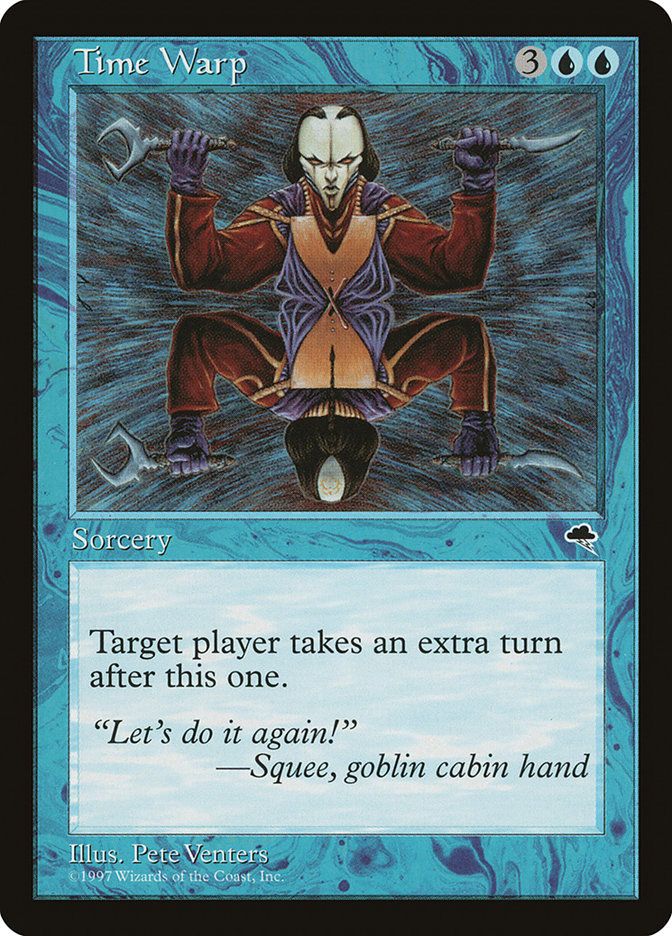

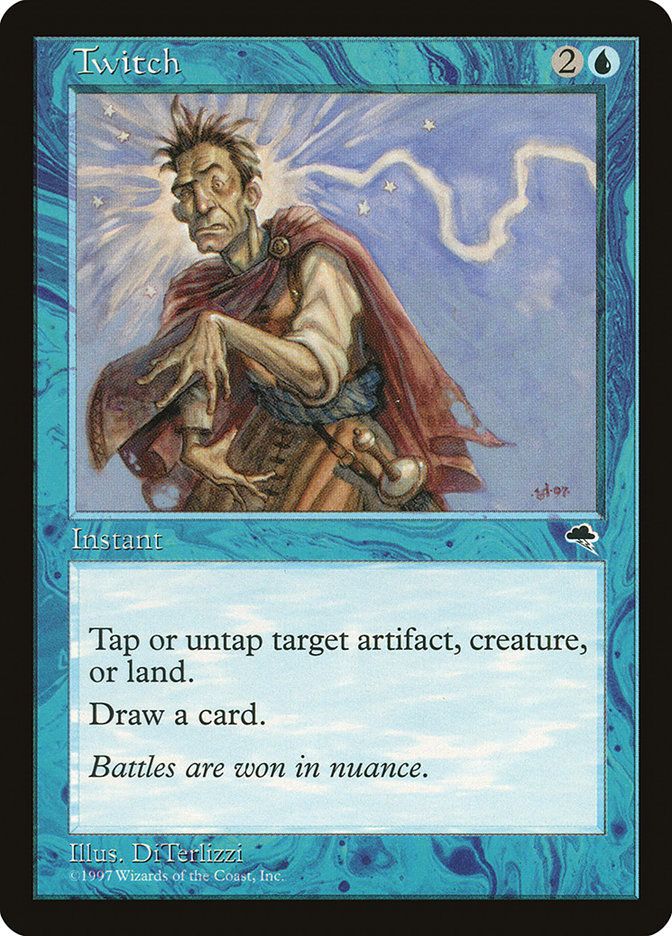
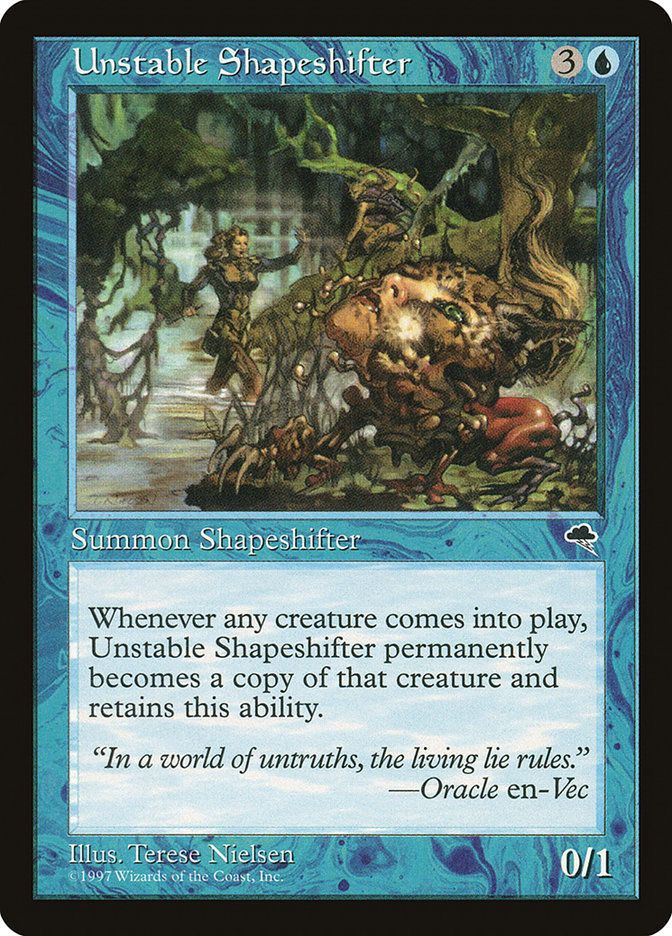
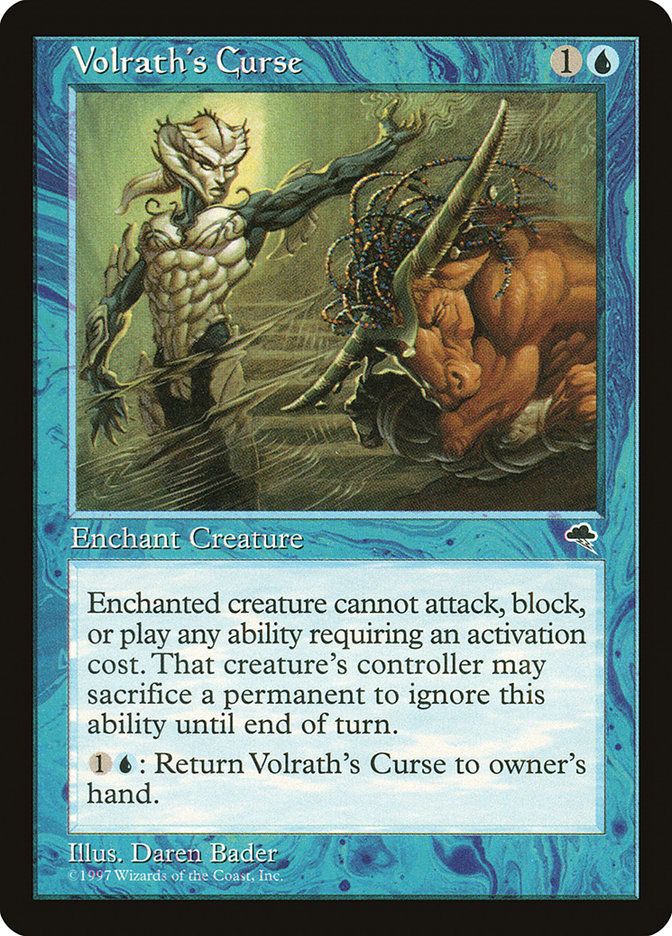
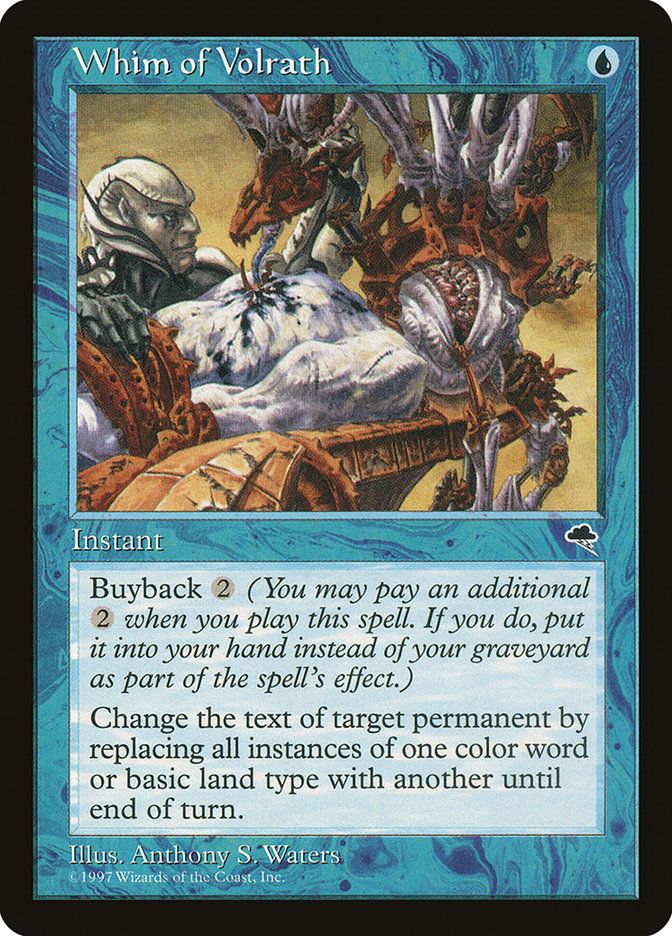

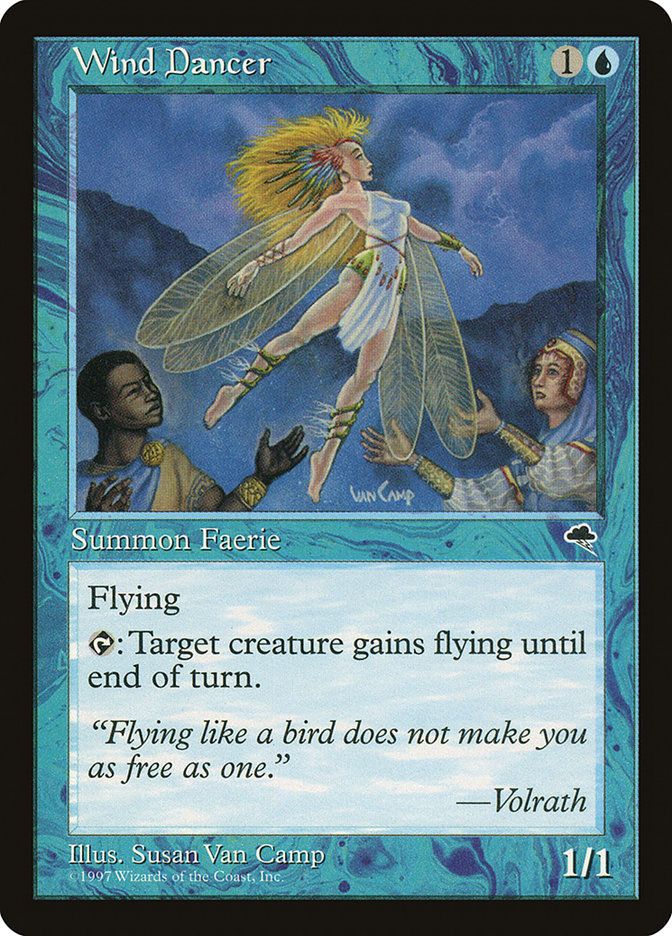
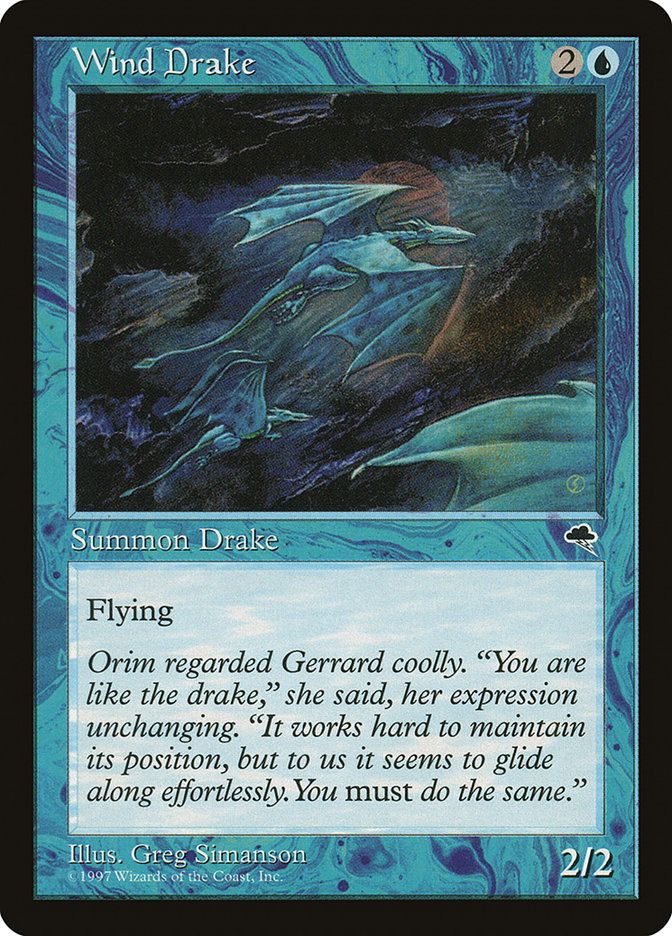

Black
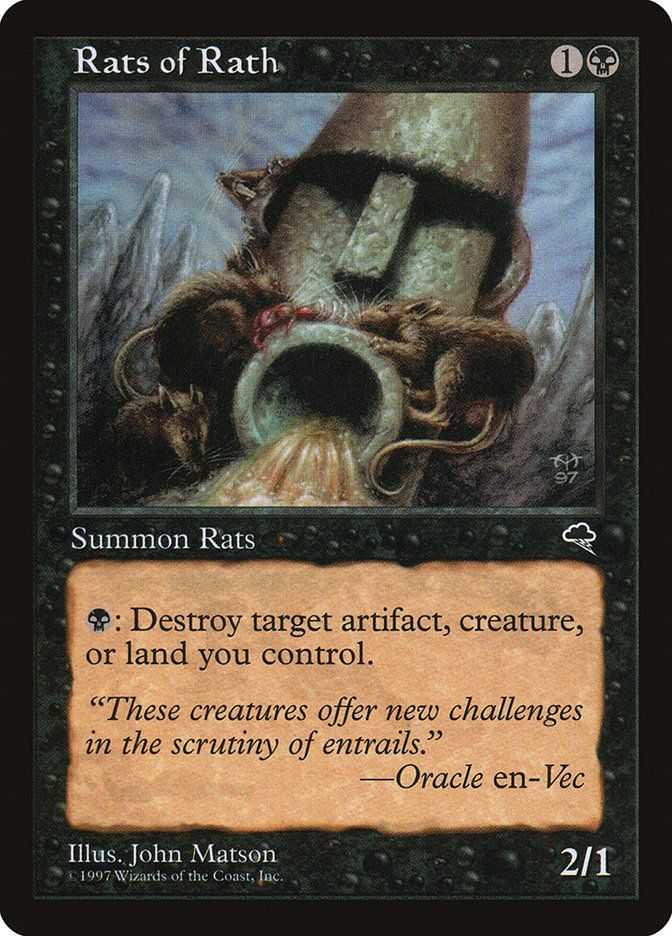
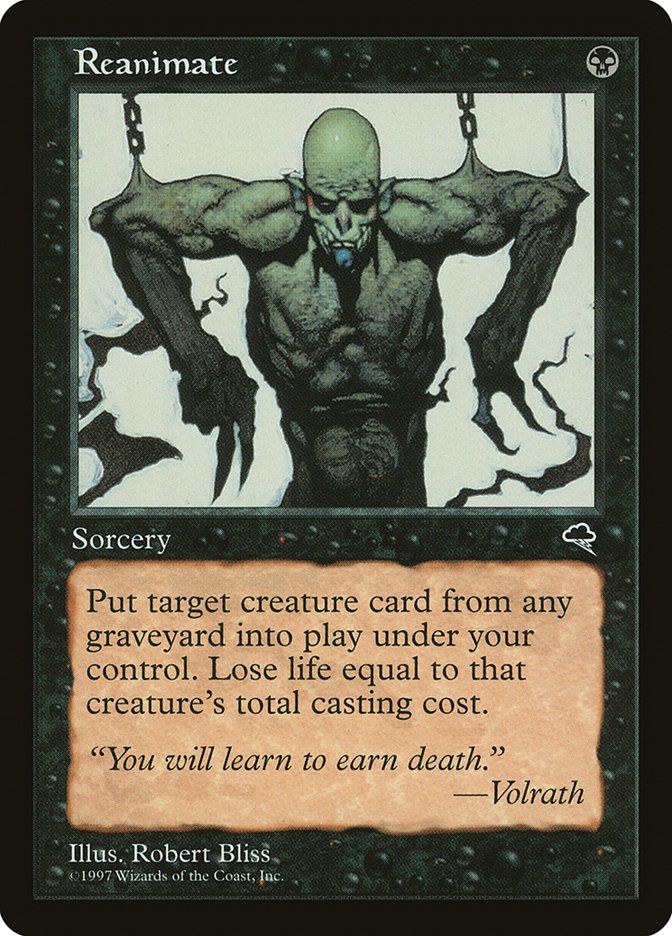
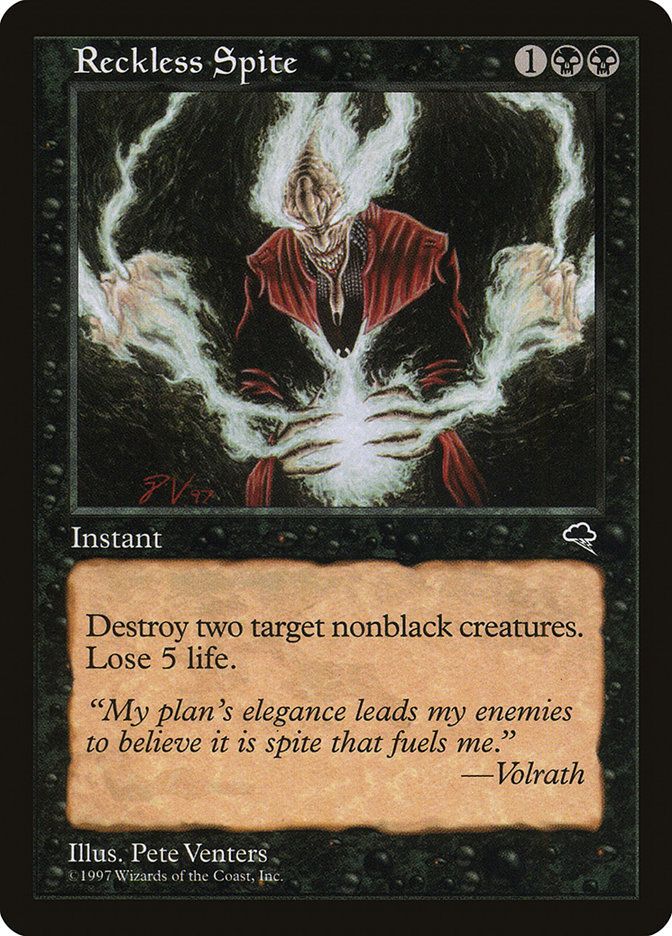

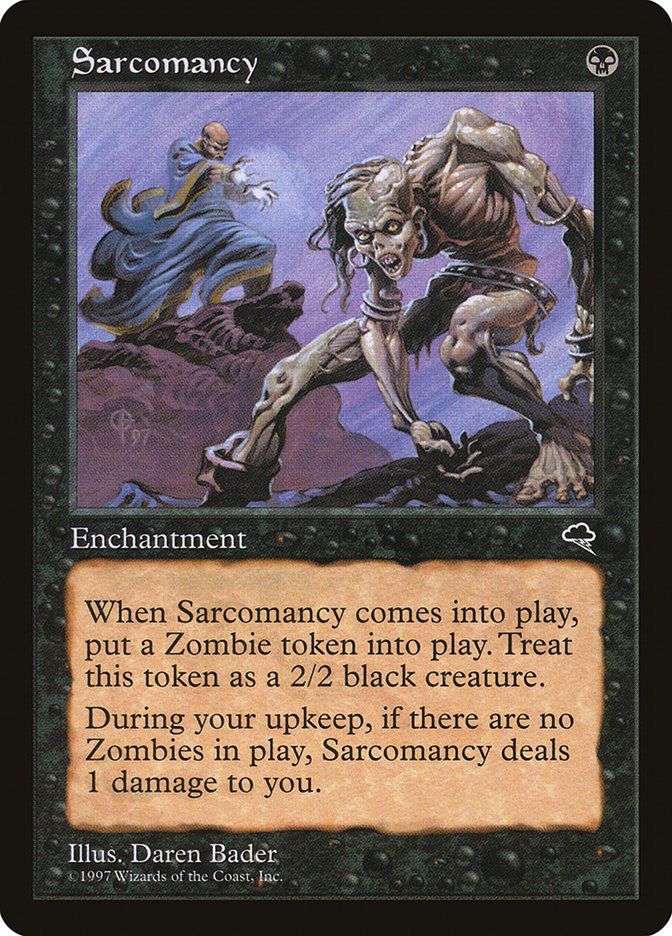
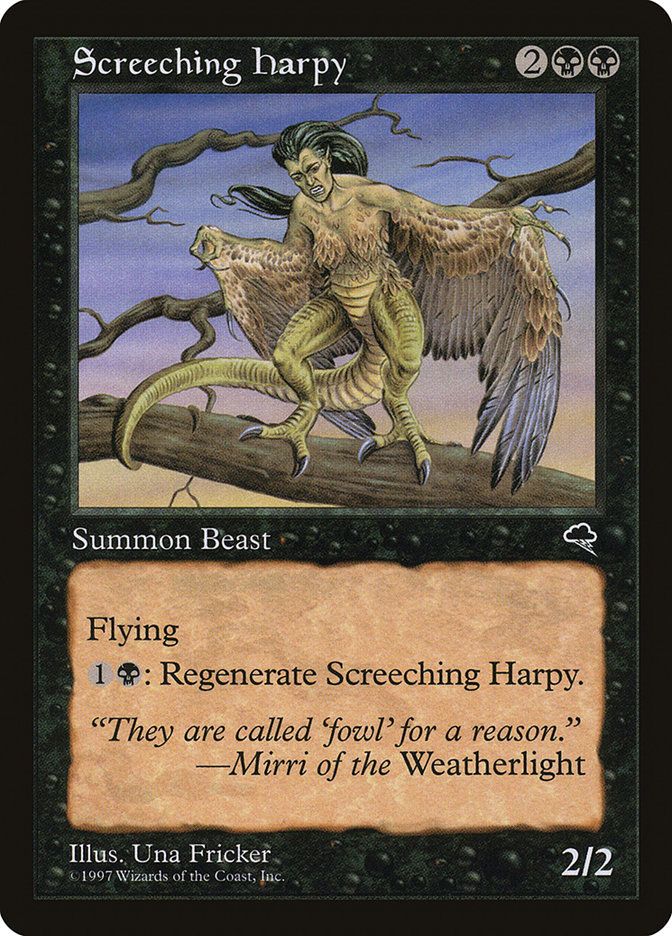
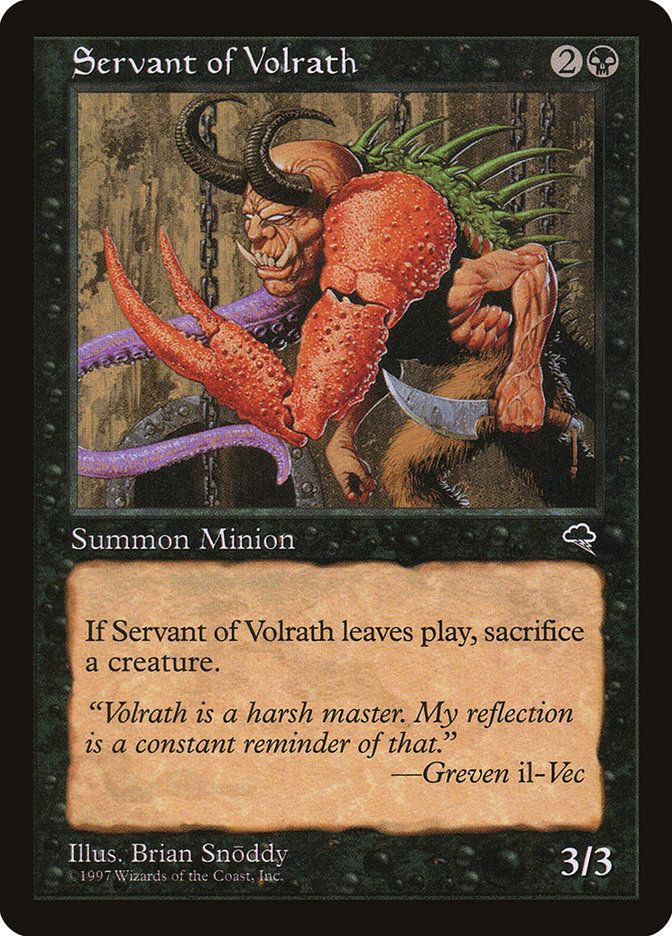
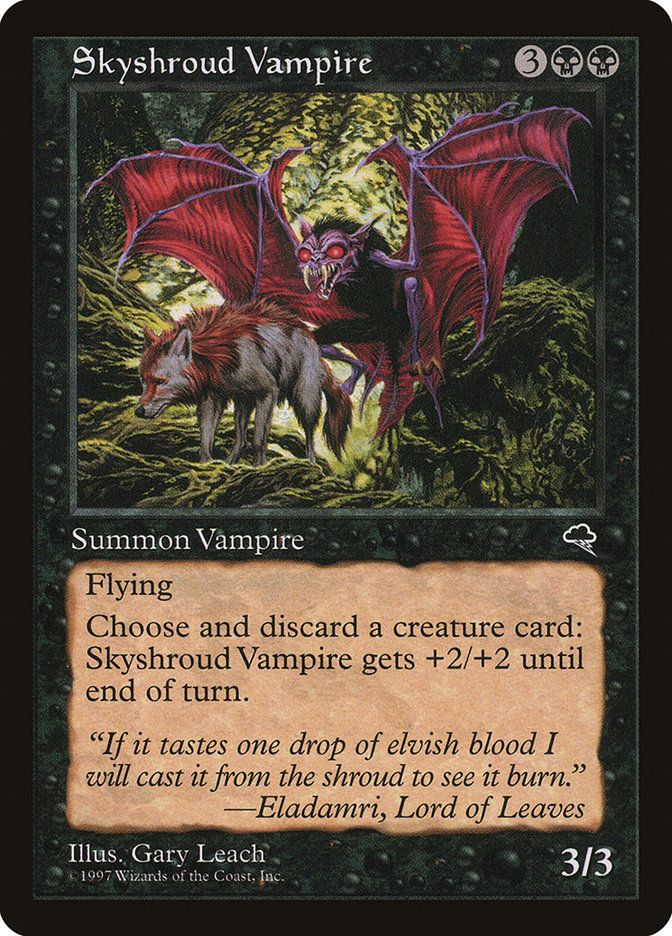
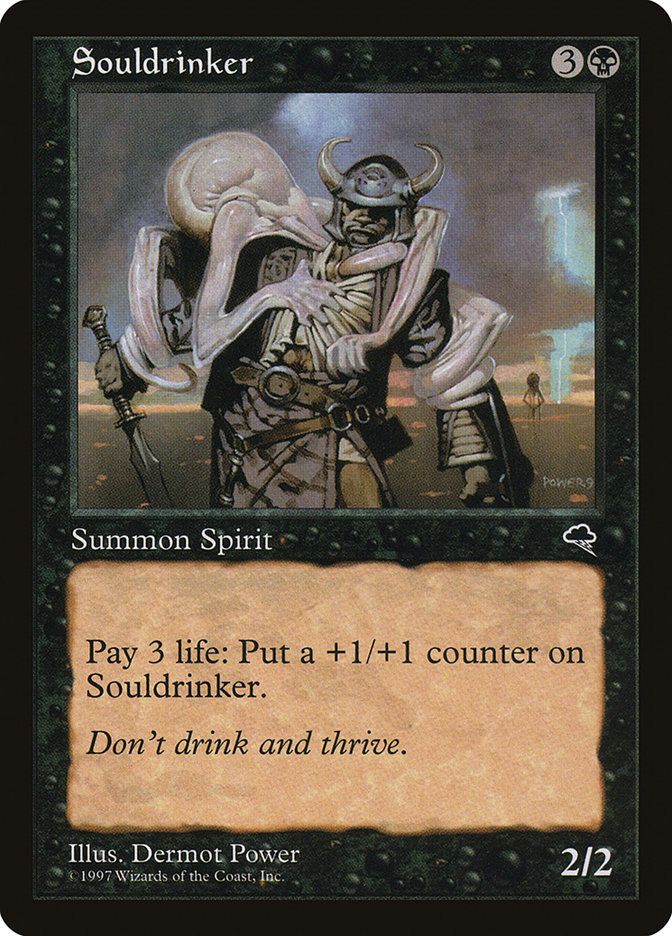
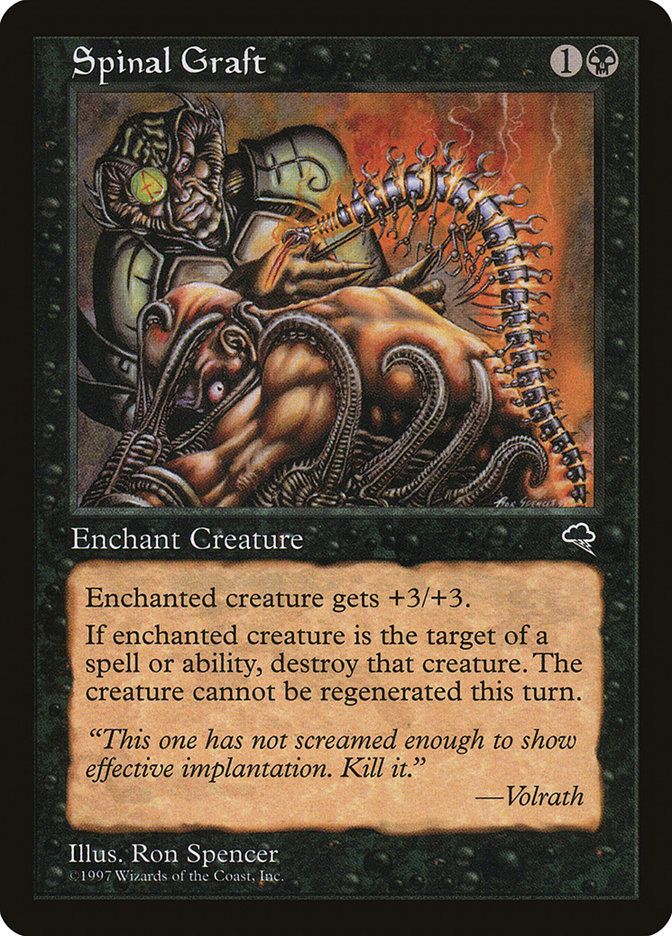
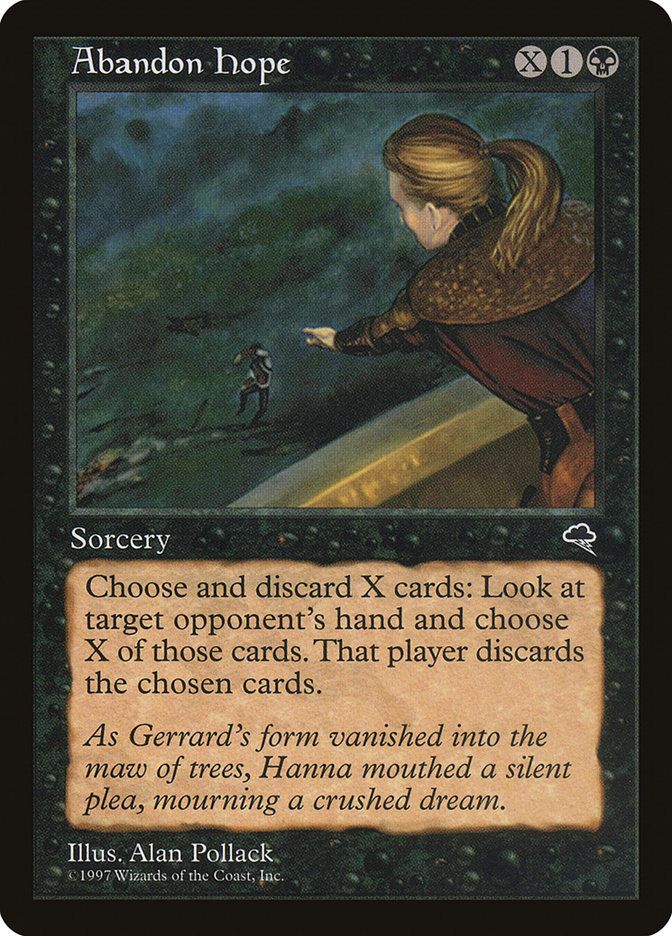
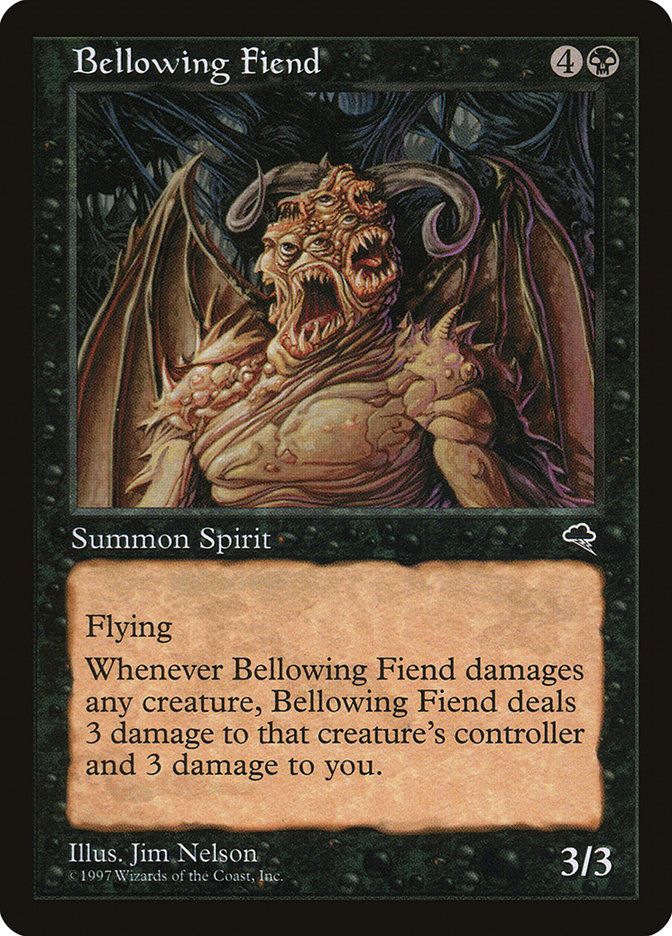
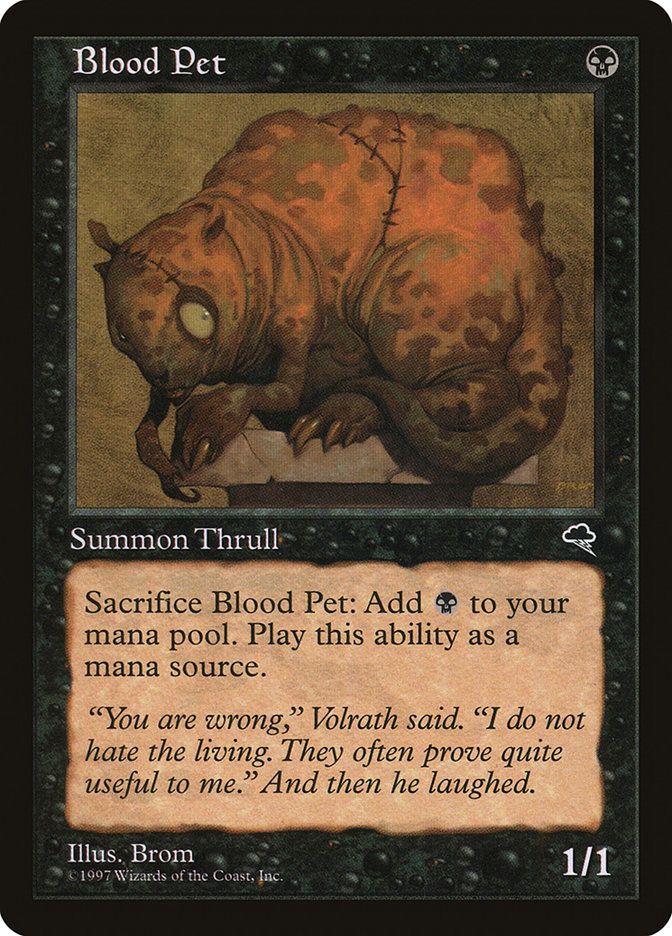
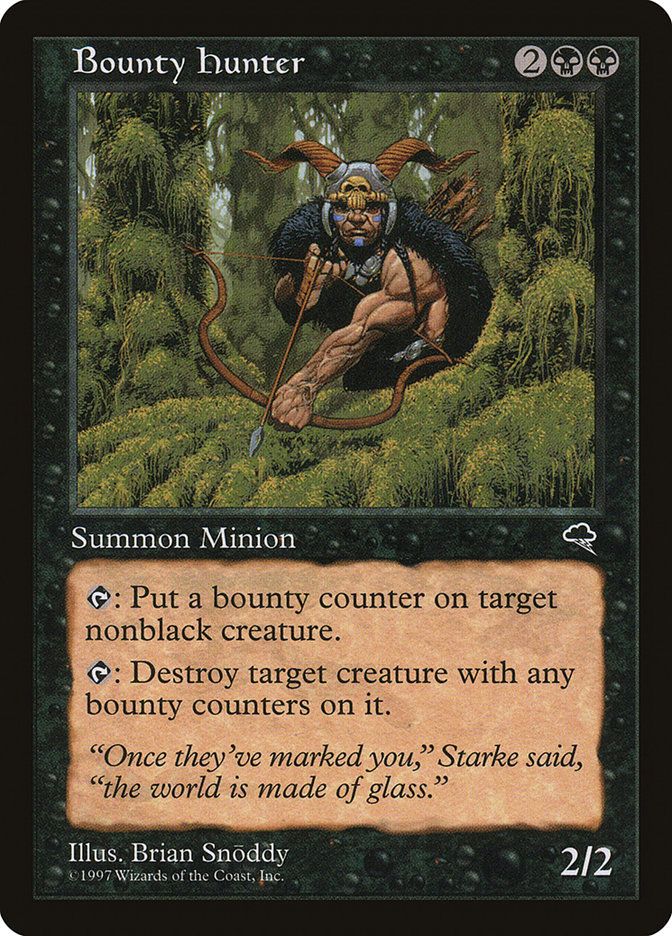
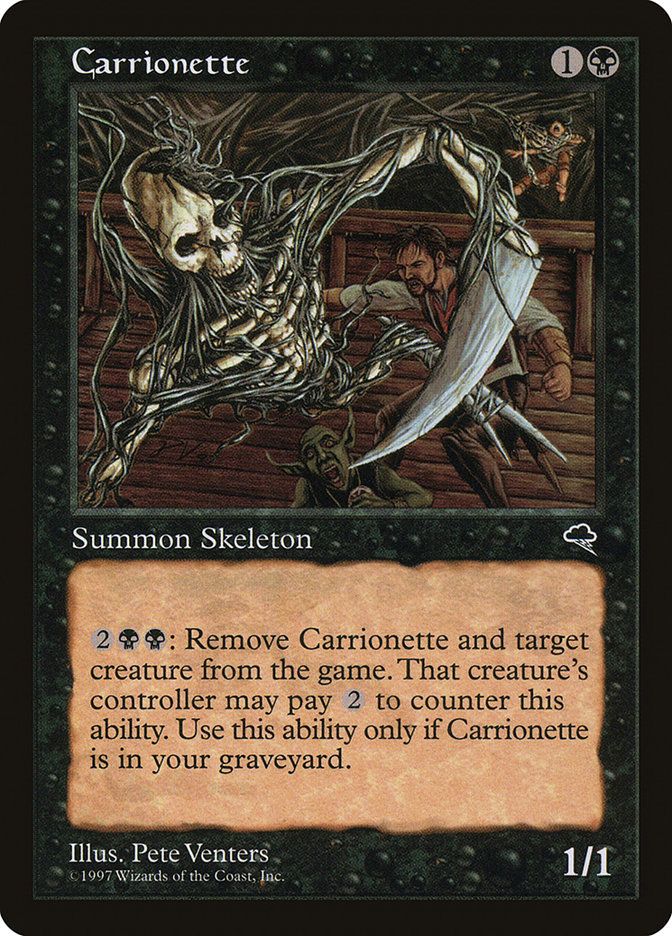
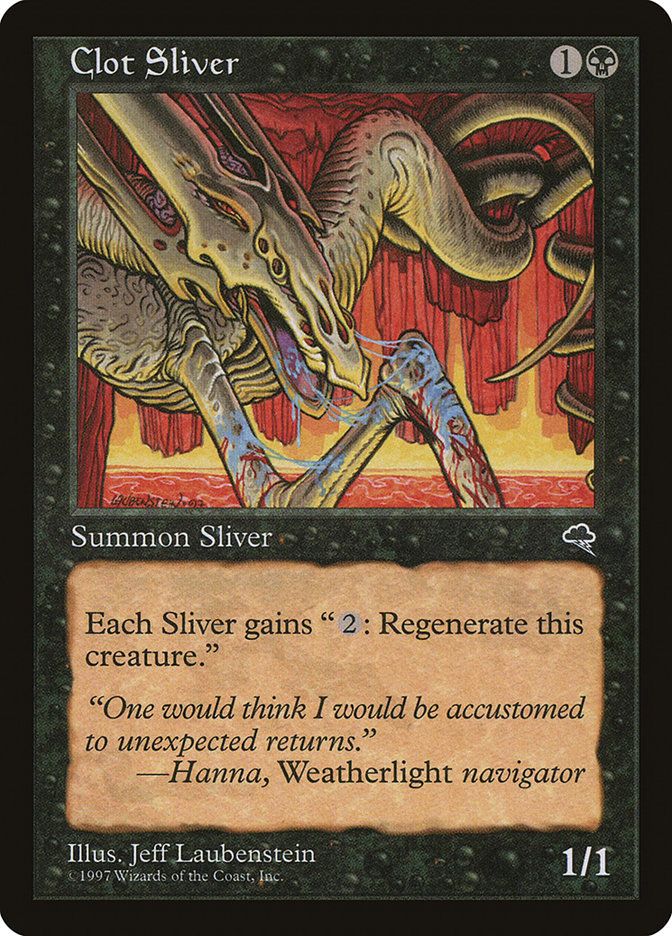
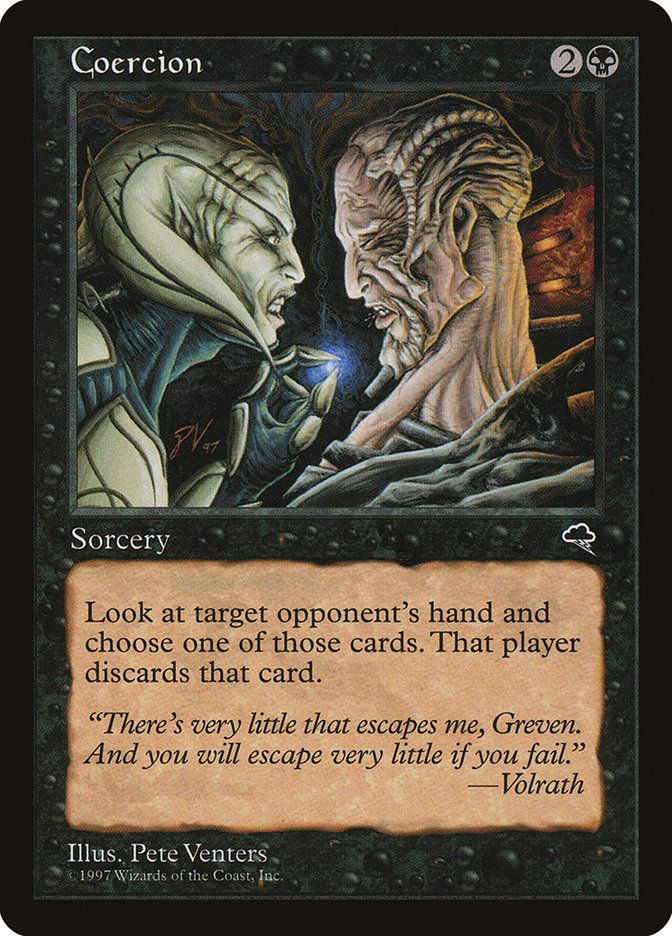
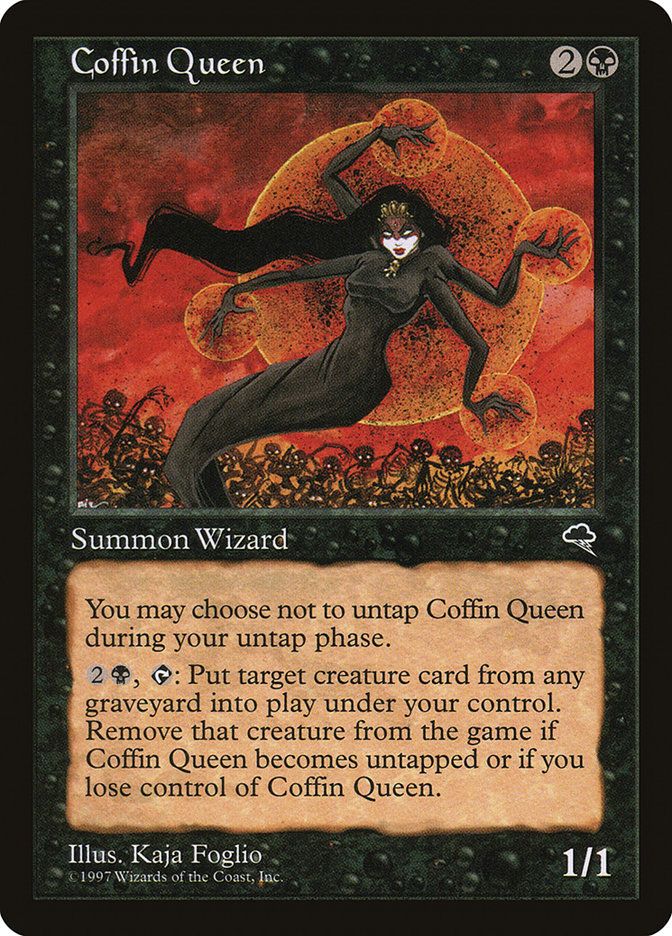
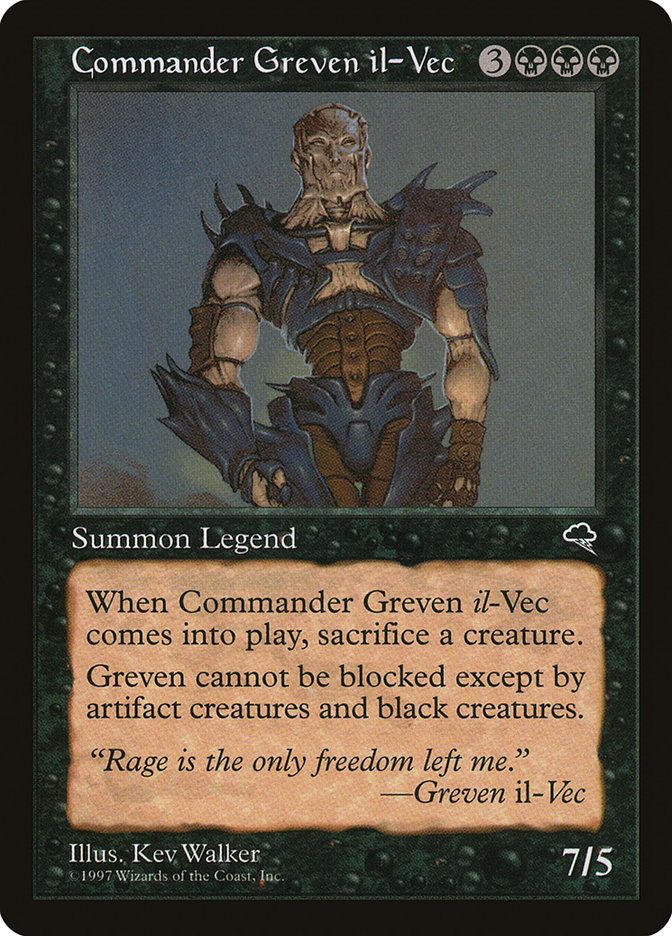
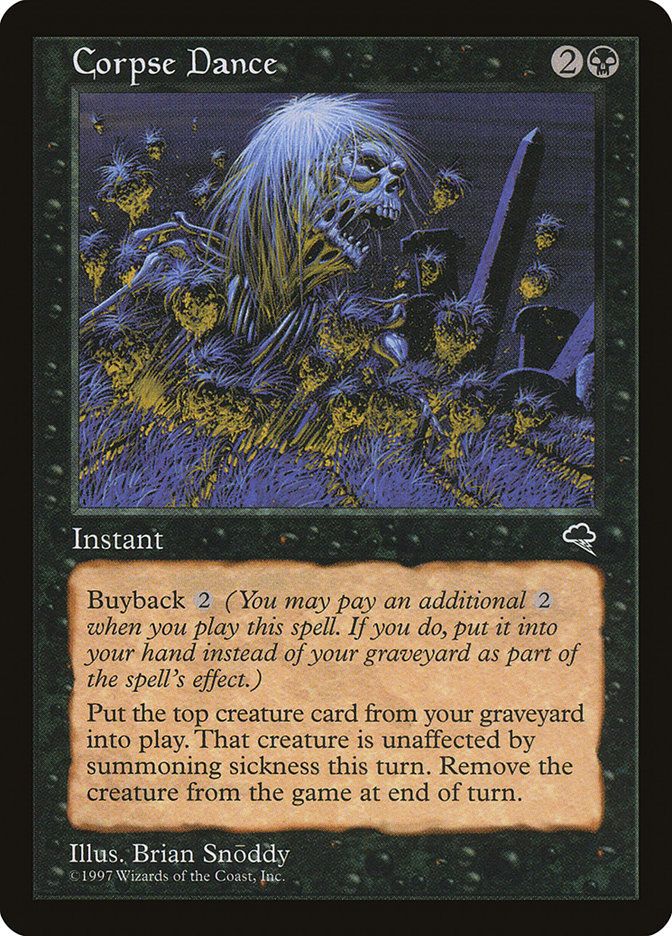
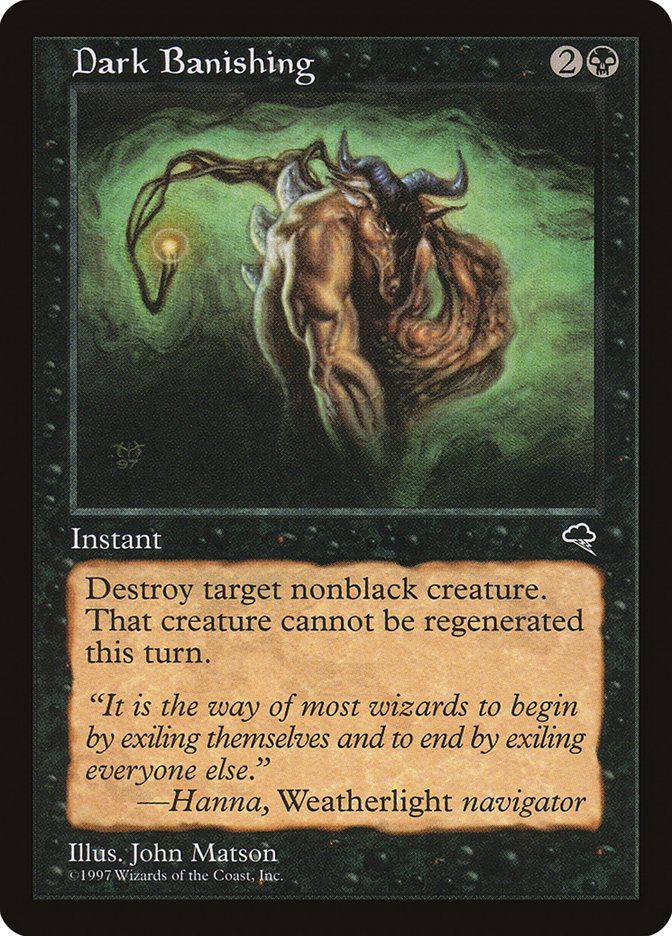
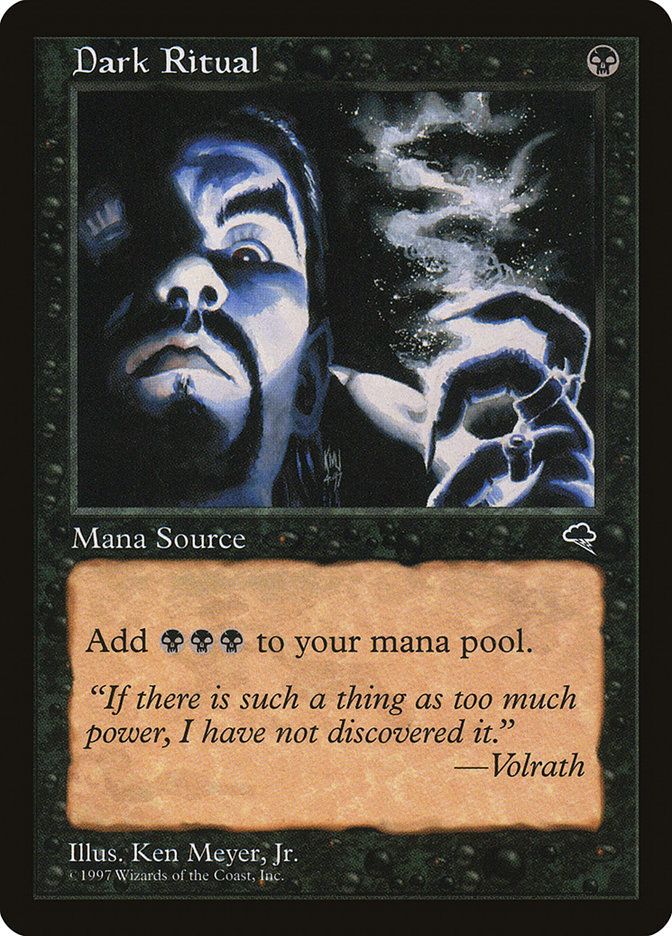

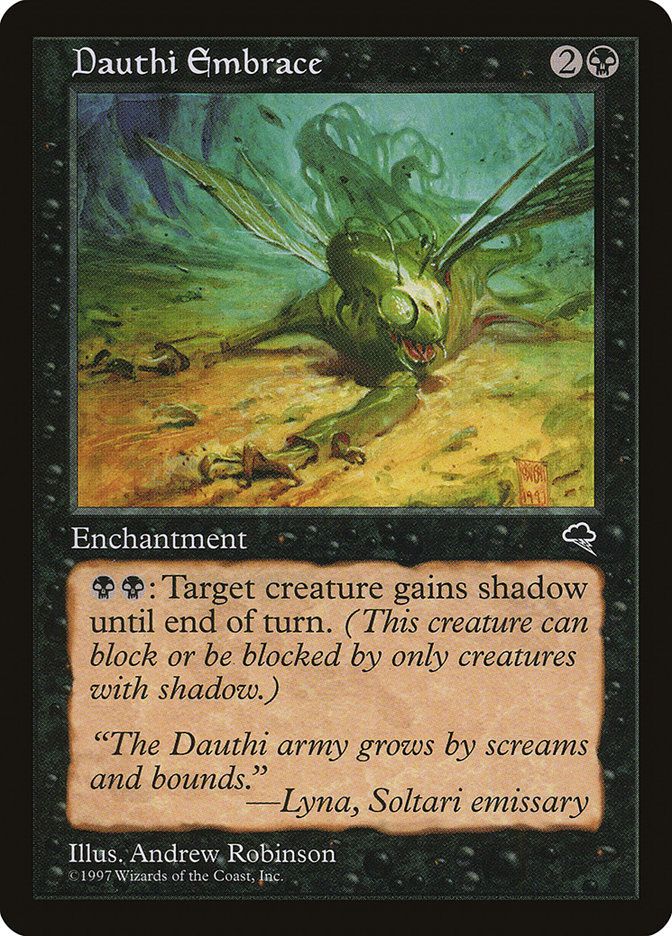
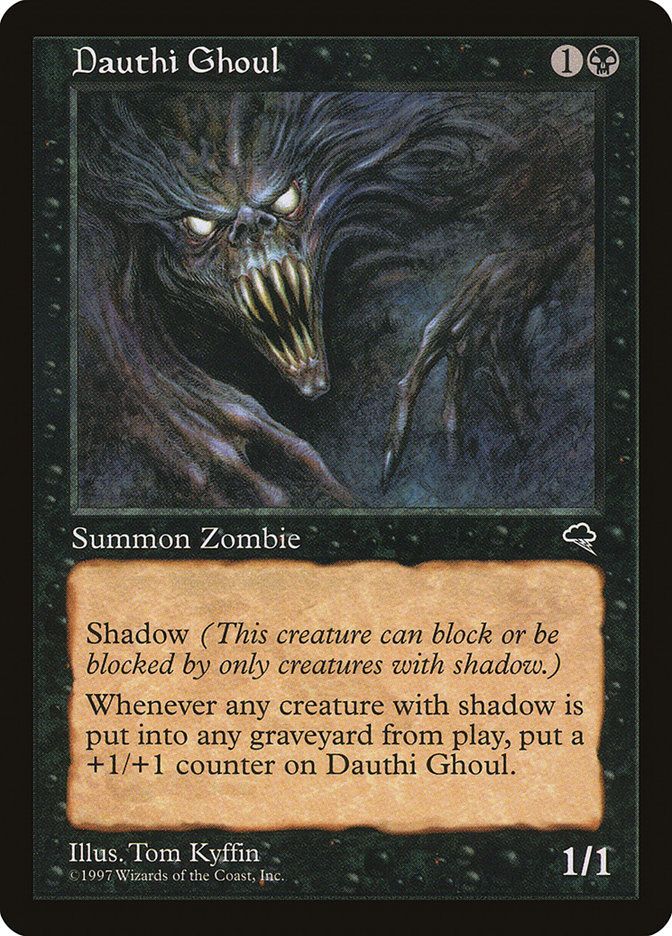
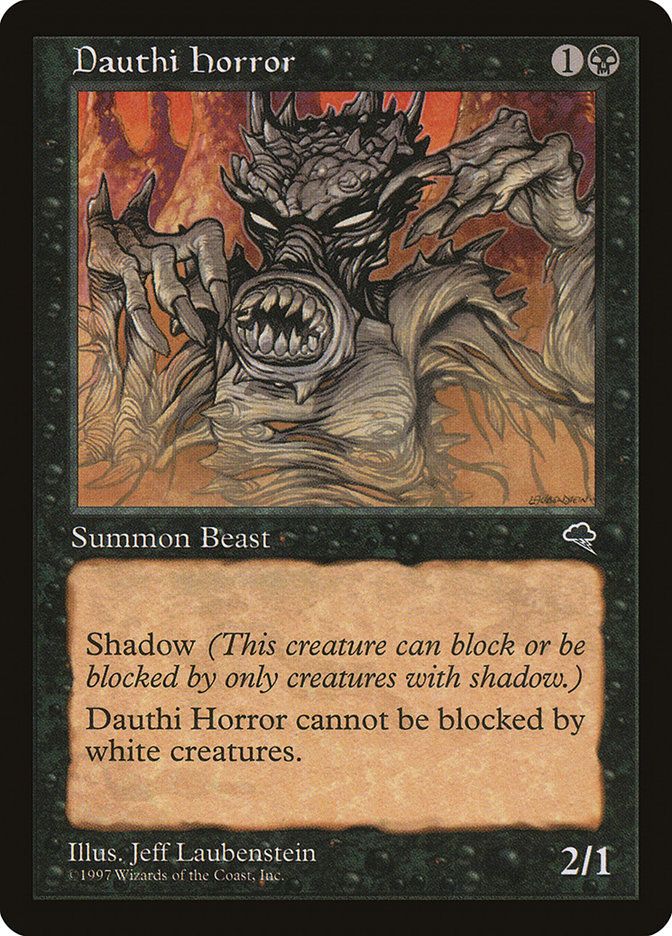
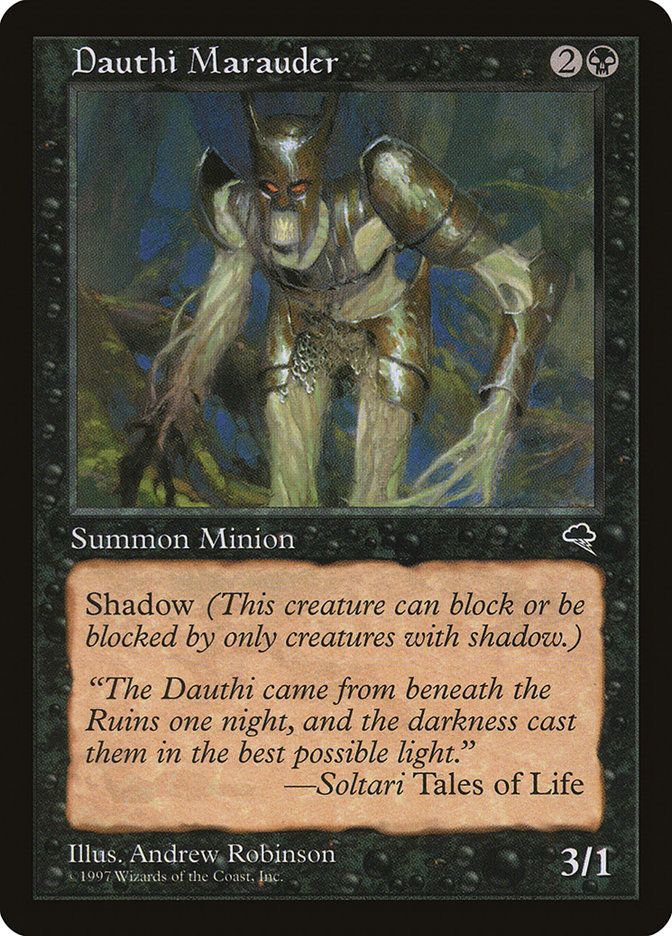

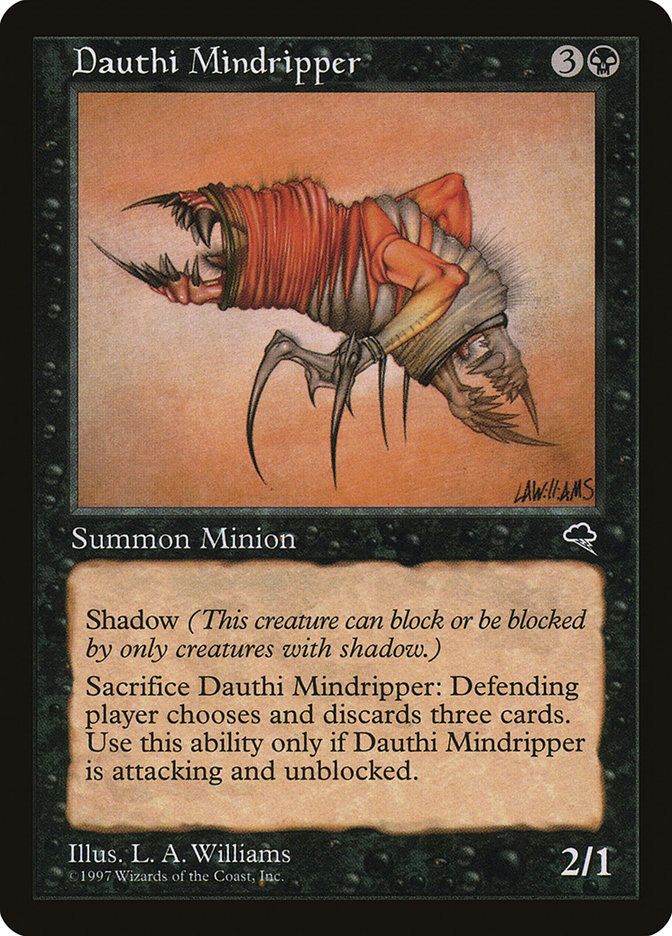

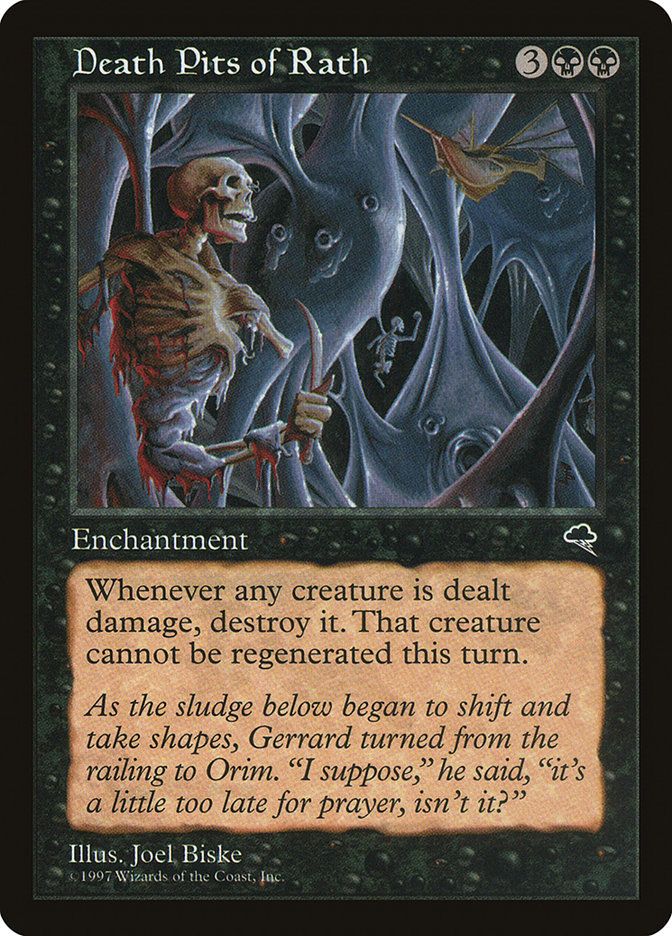
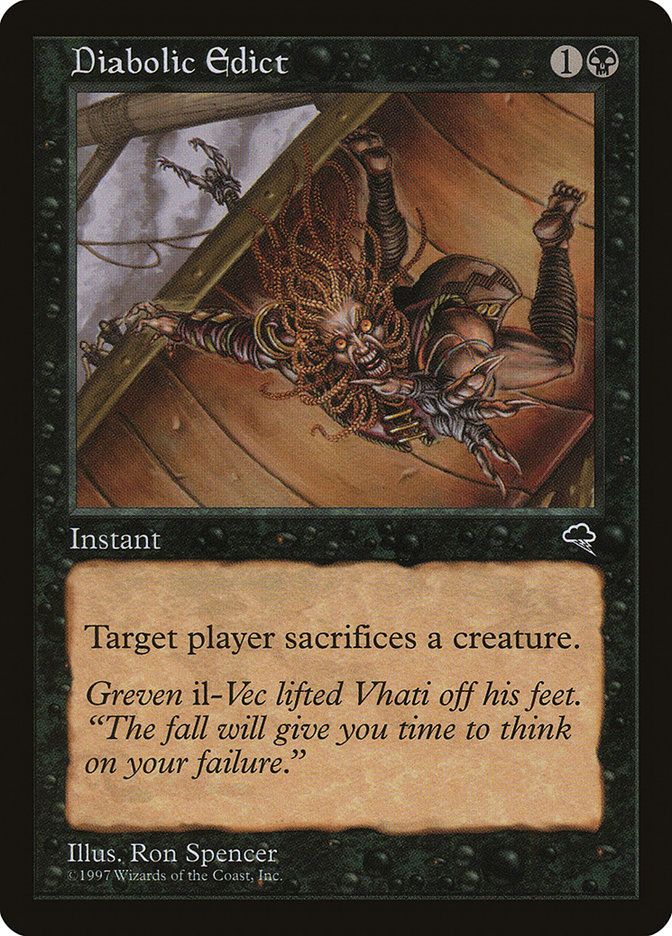
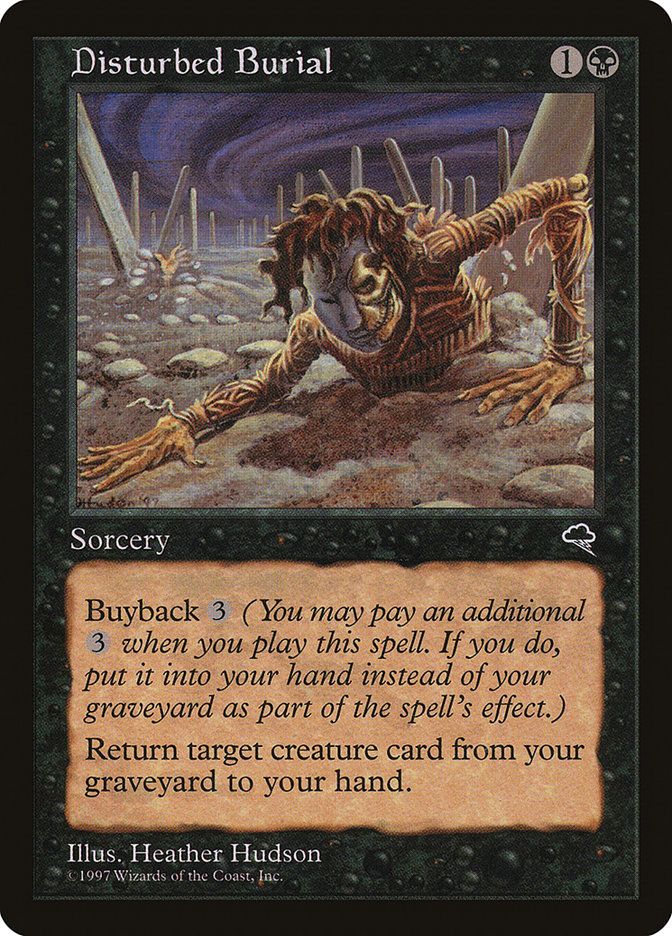
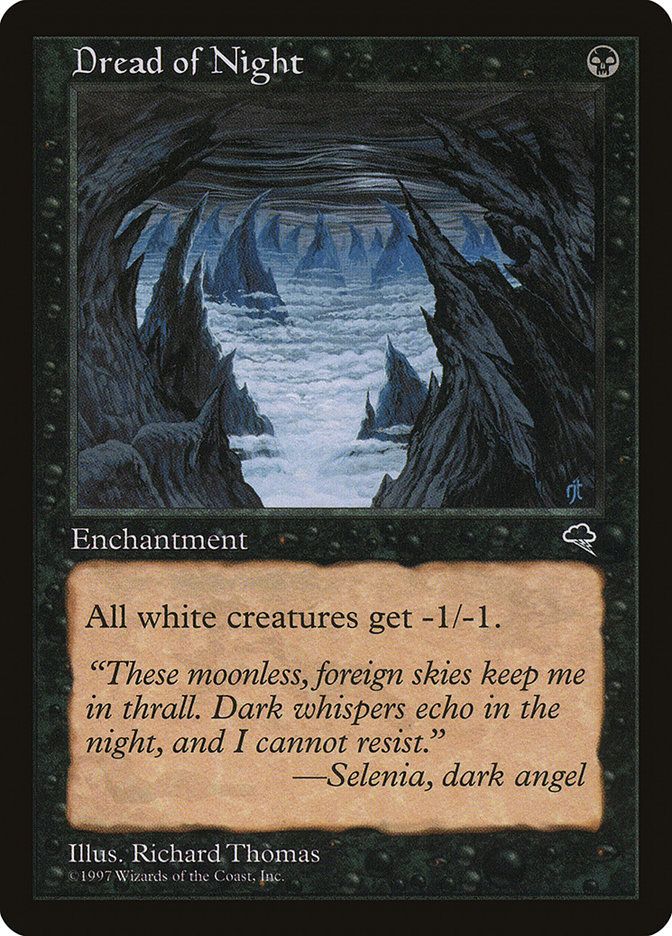

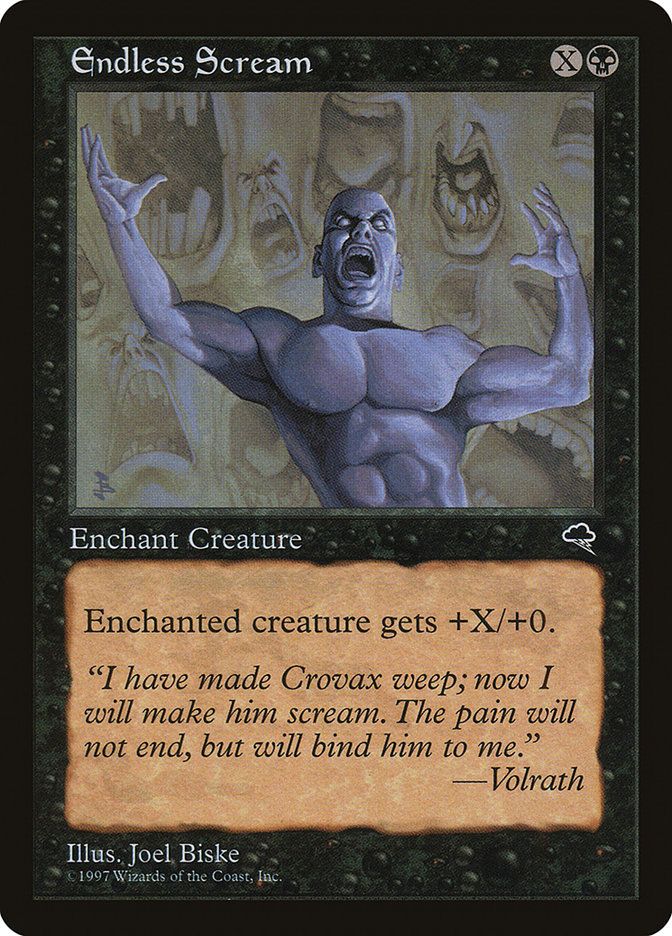
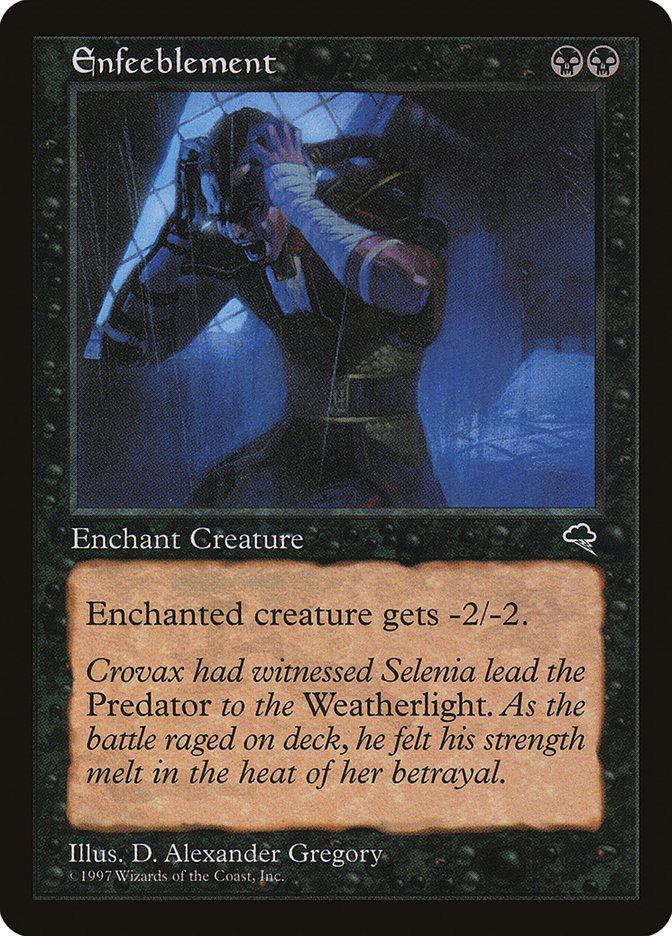

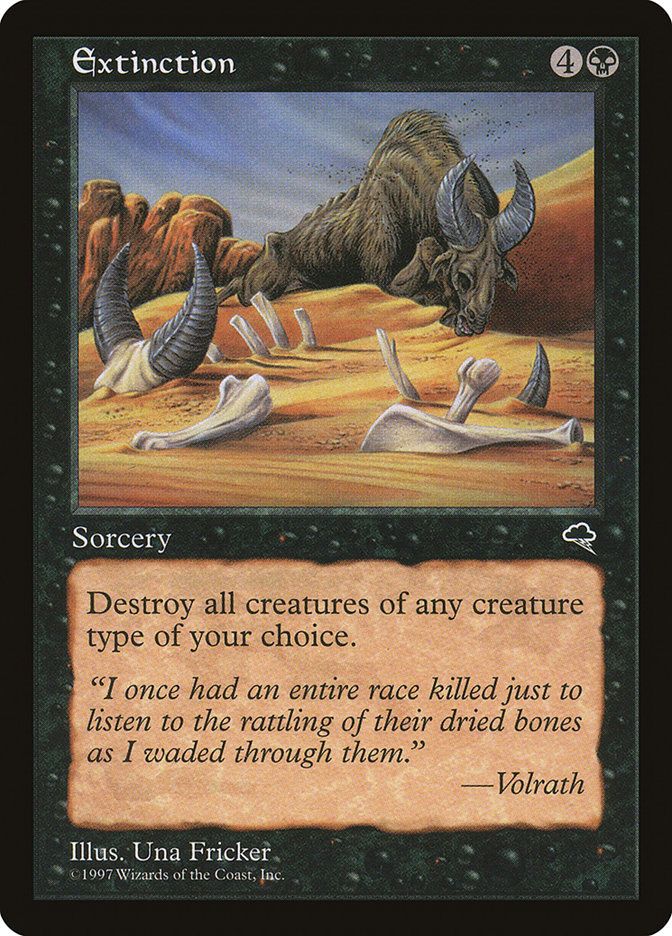

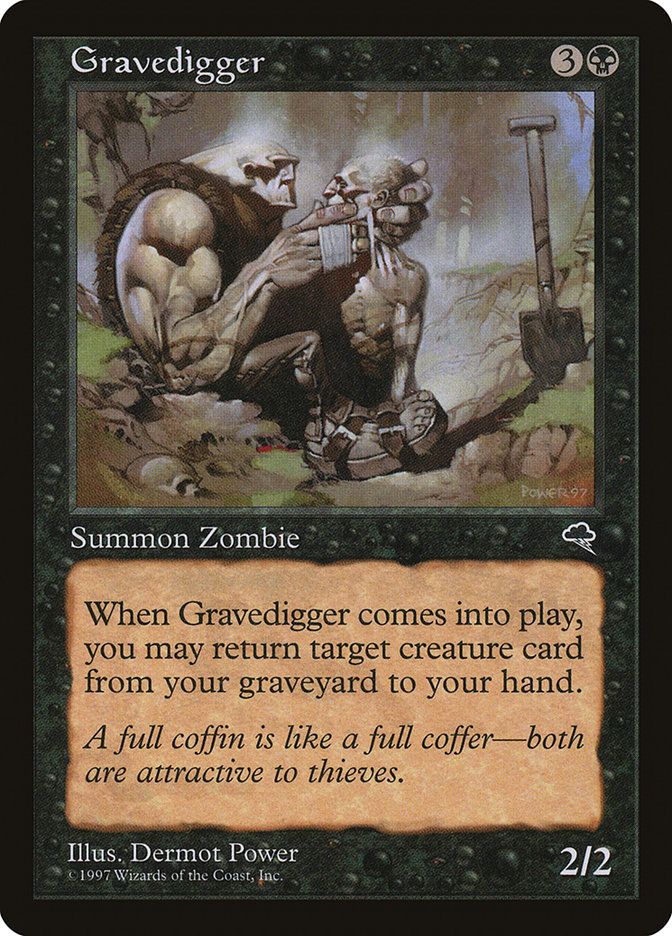
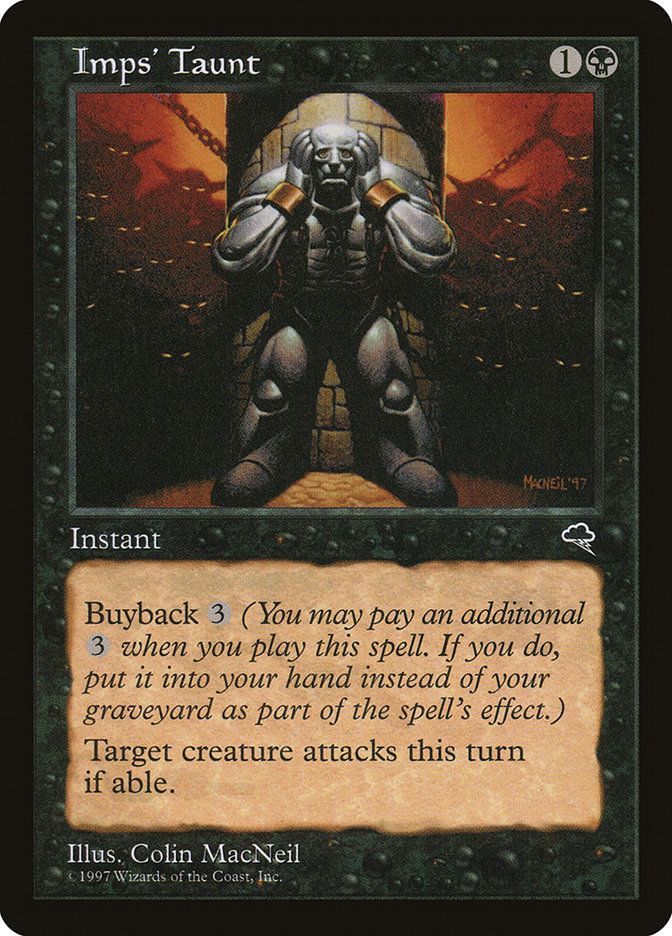
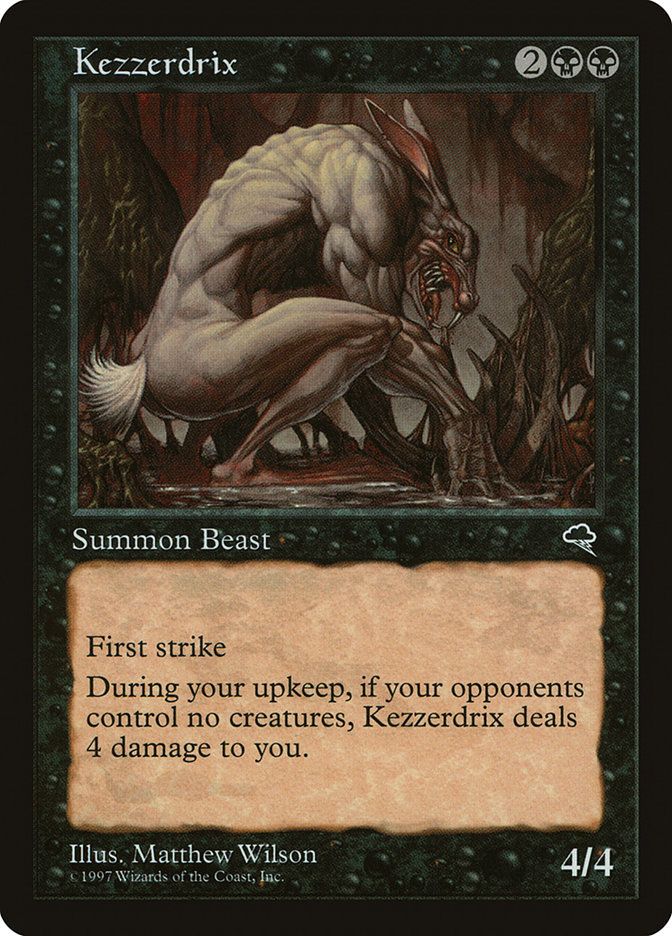
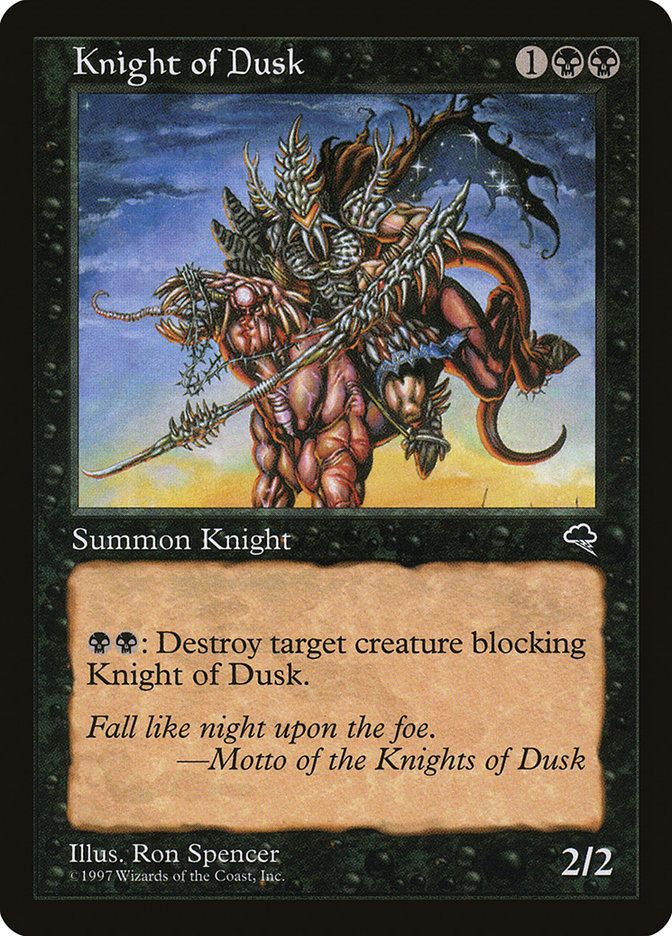

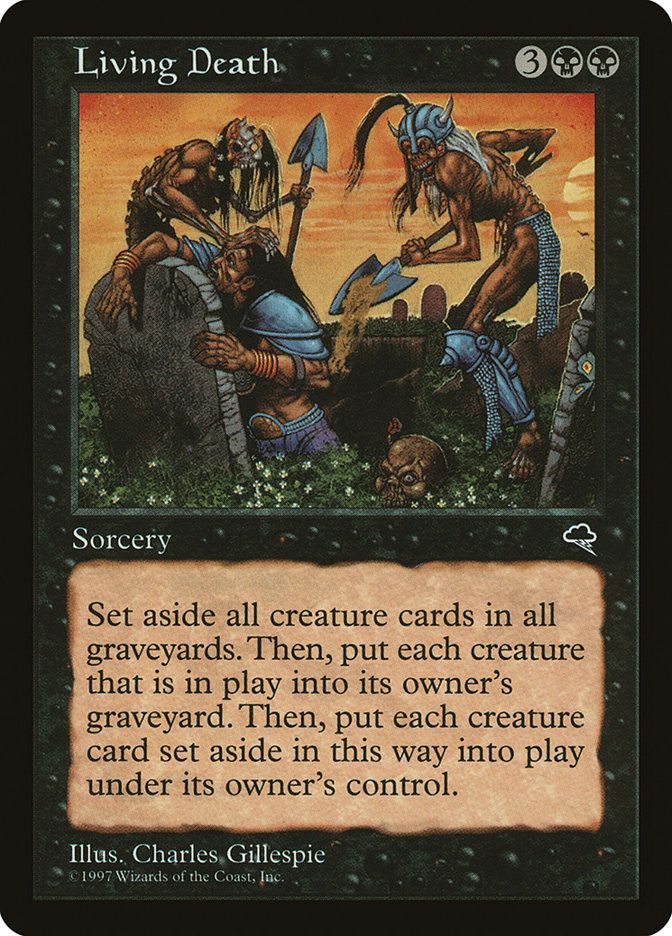
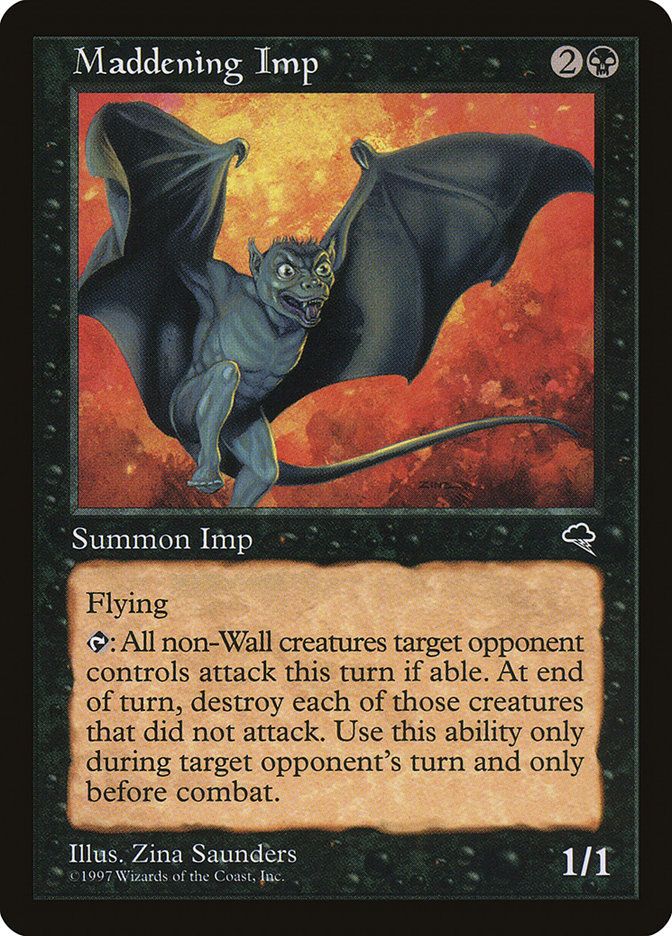
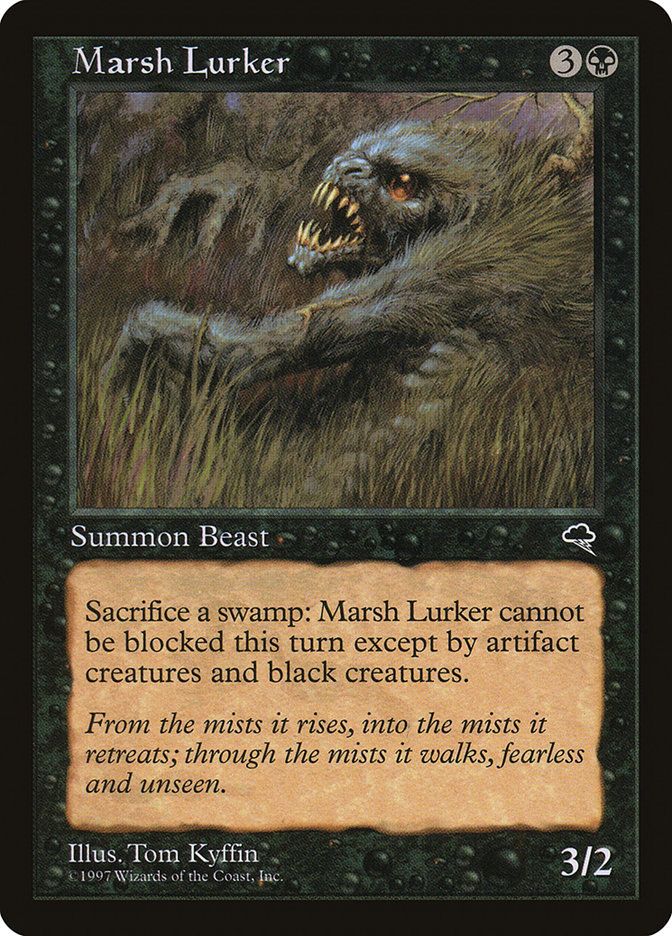
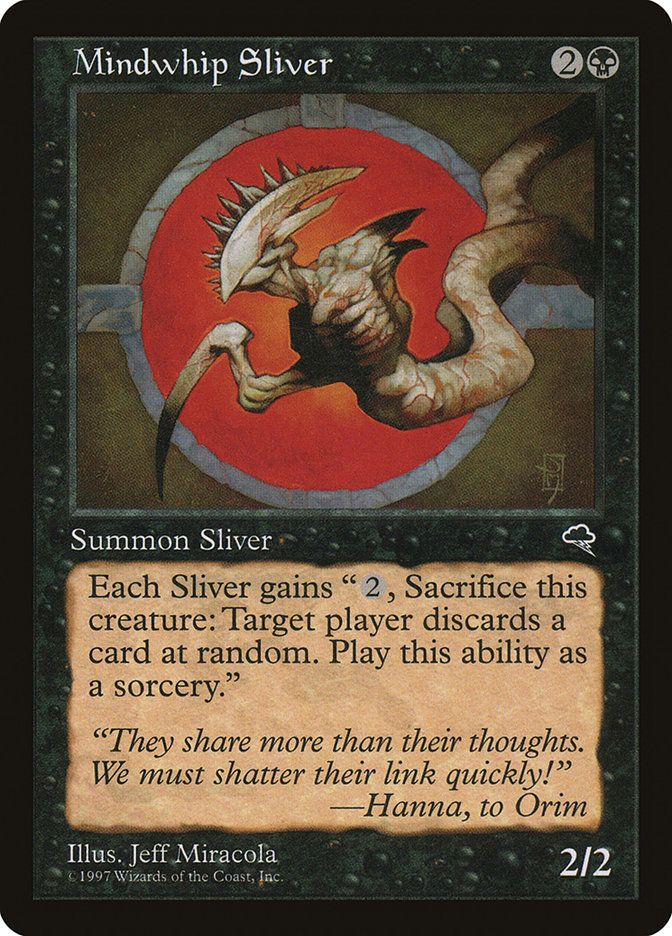
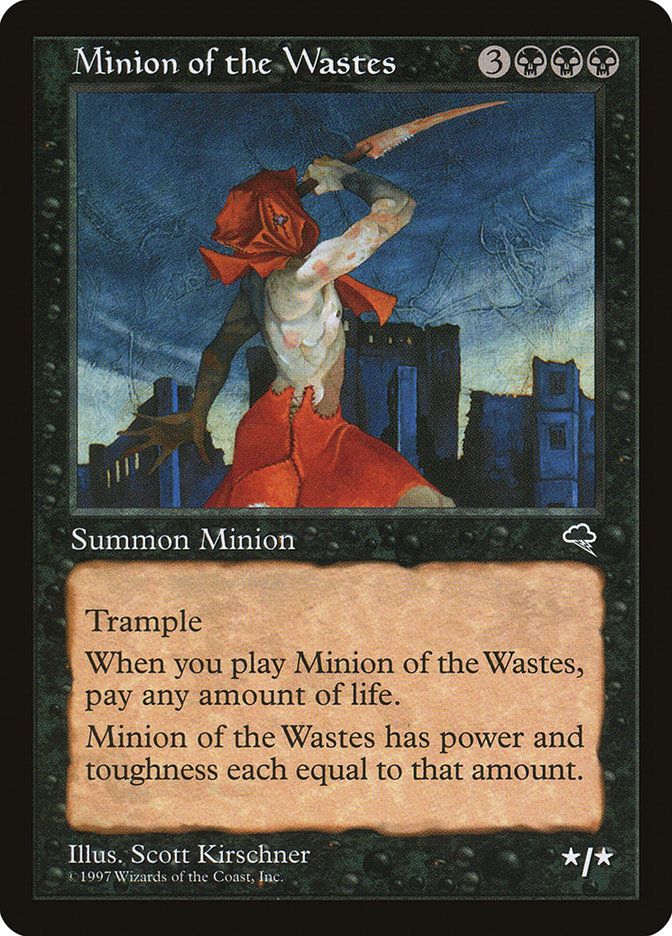
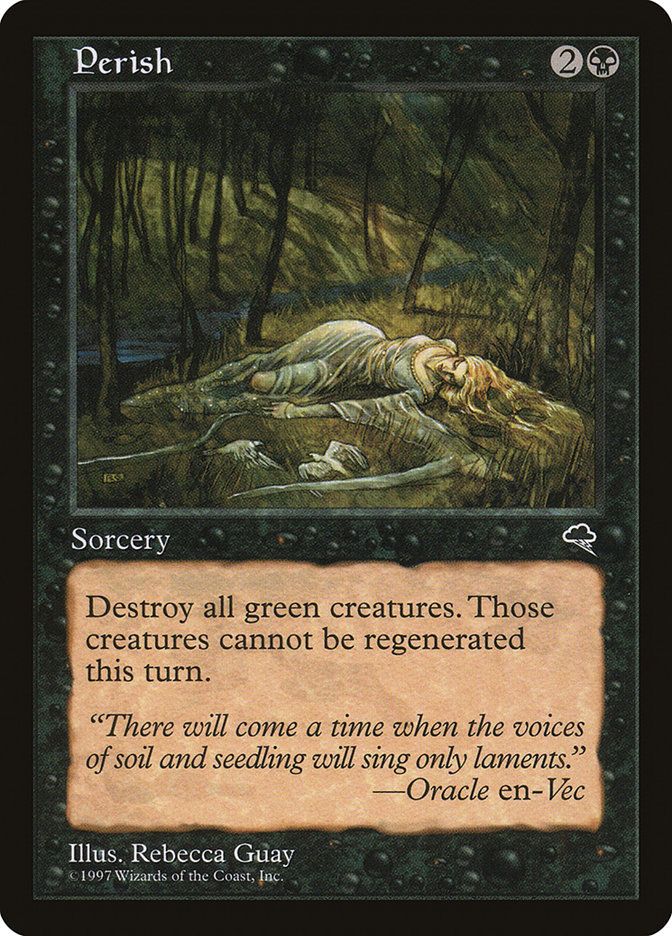
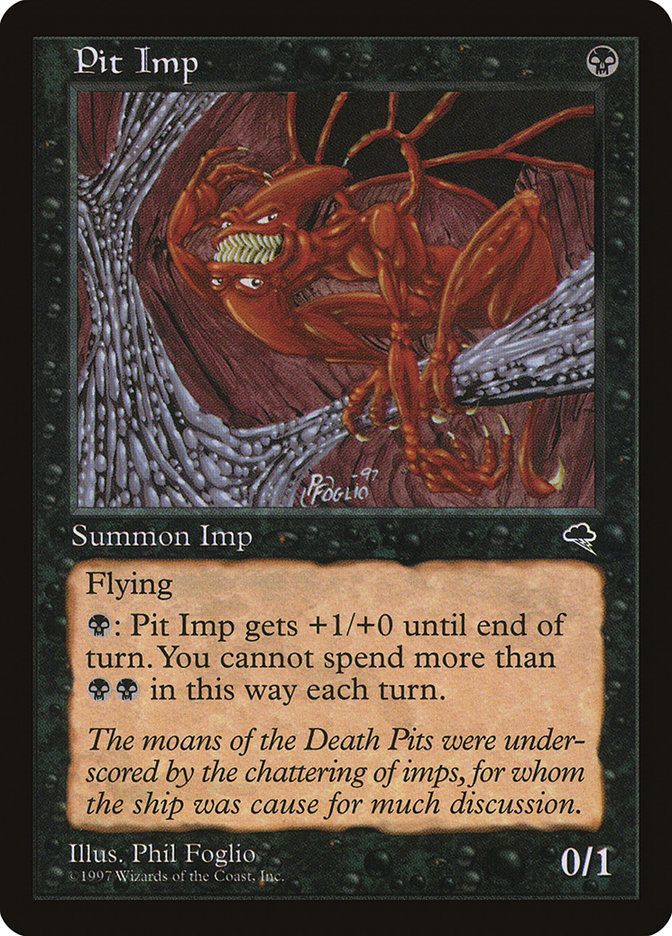
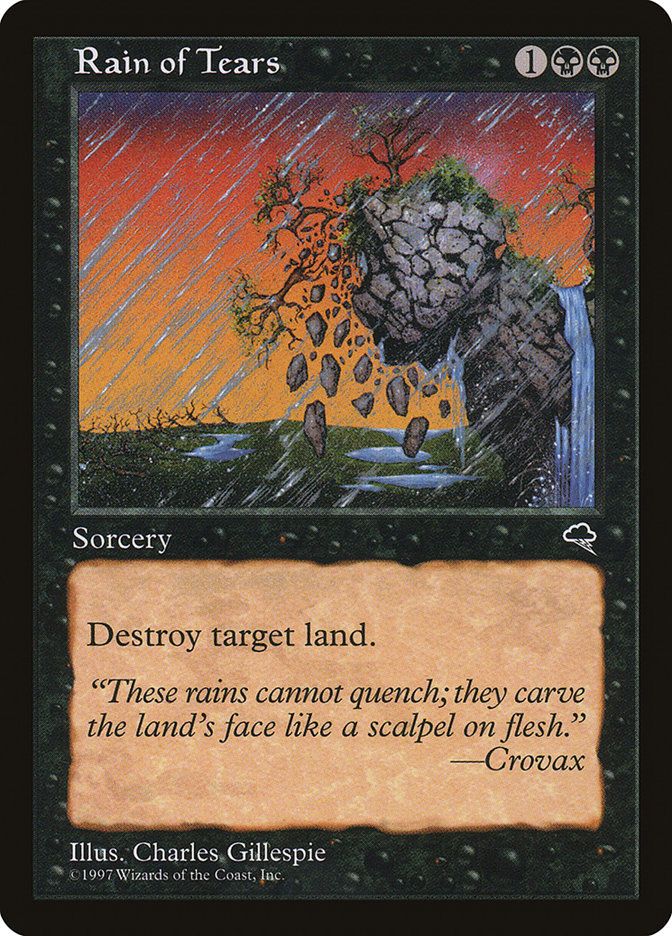
Red
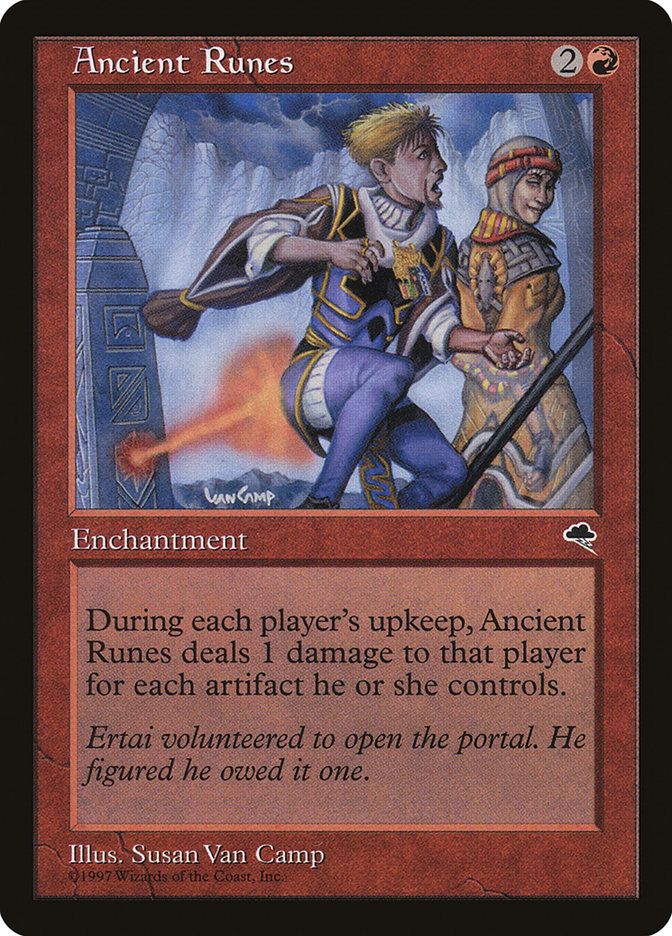
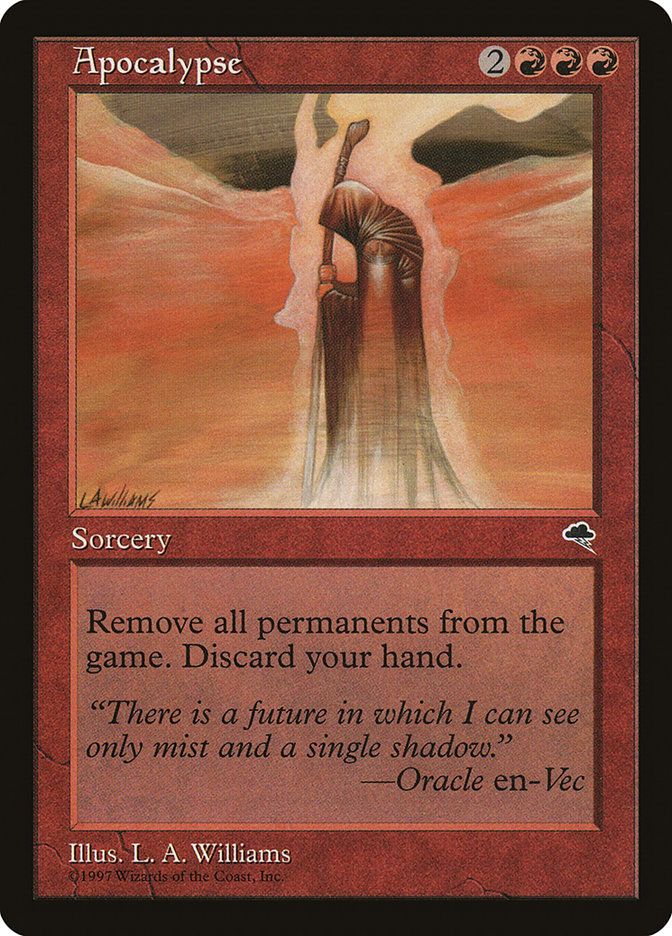
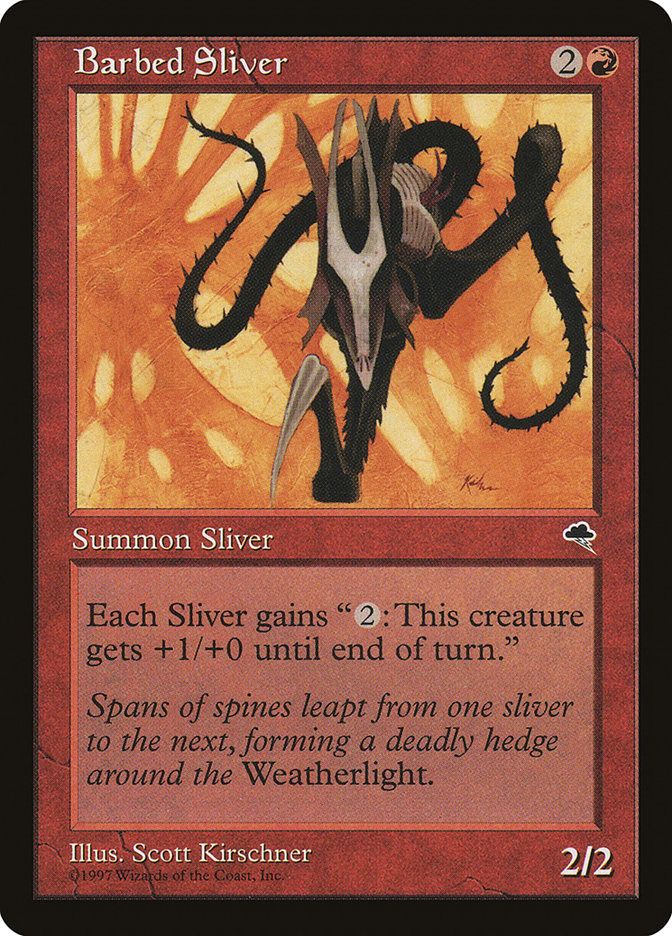
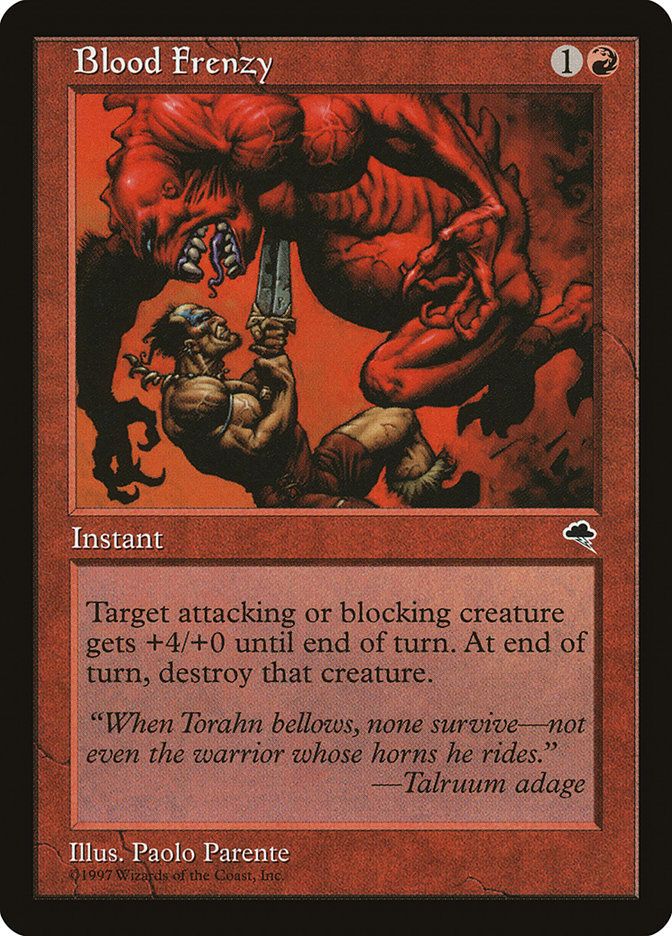
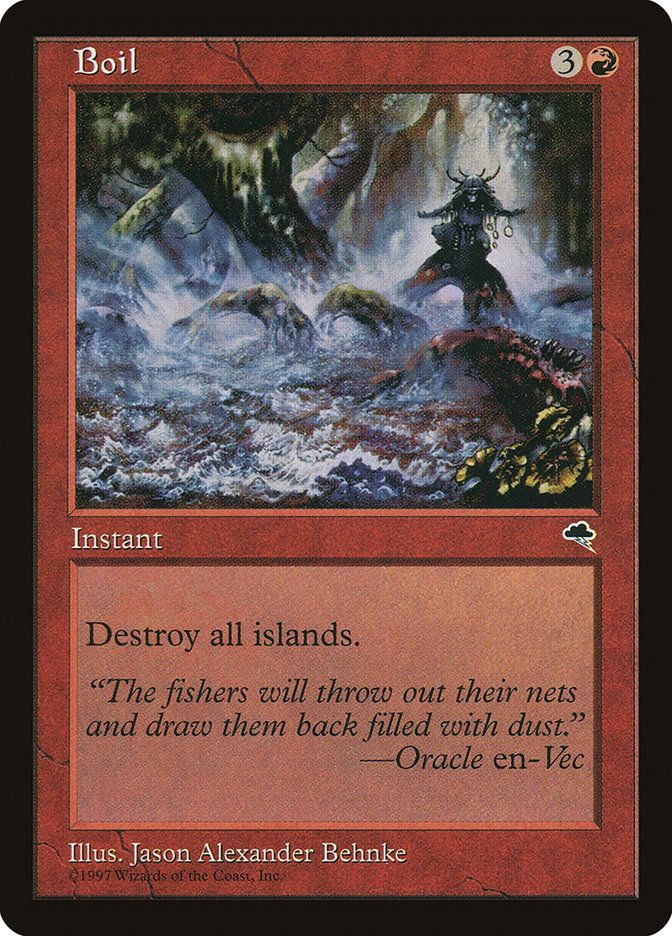
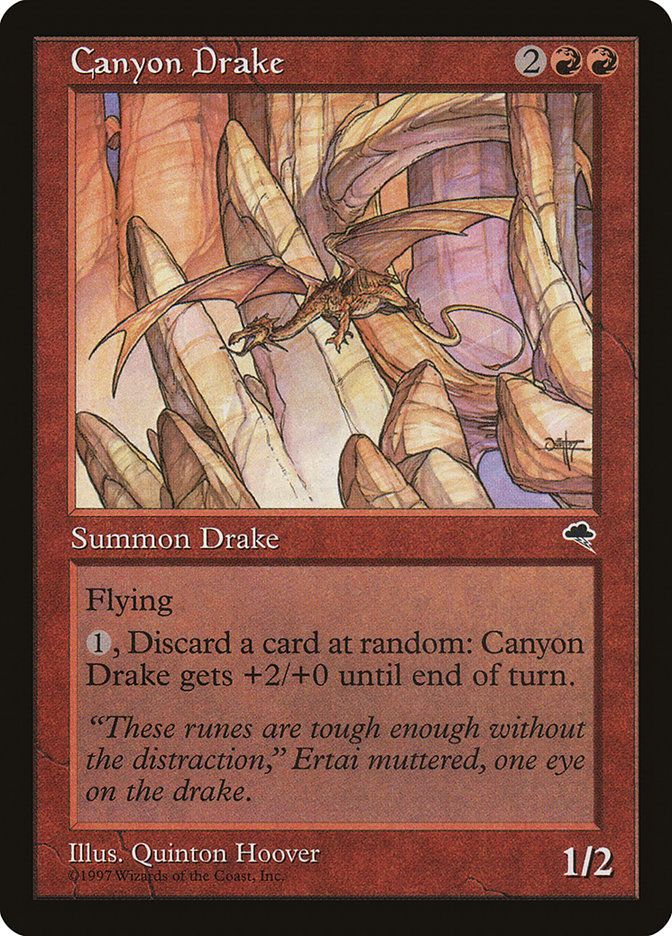
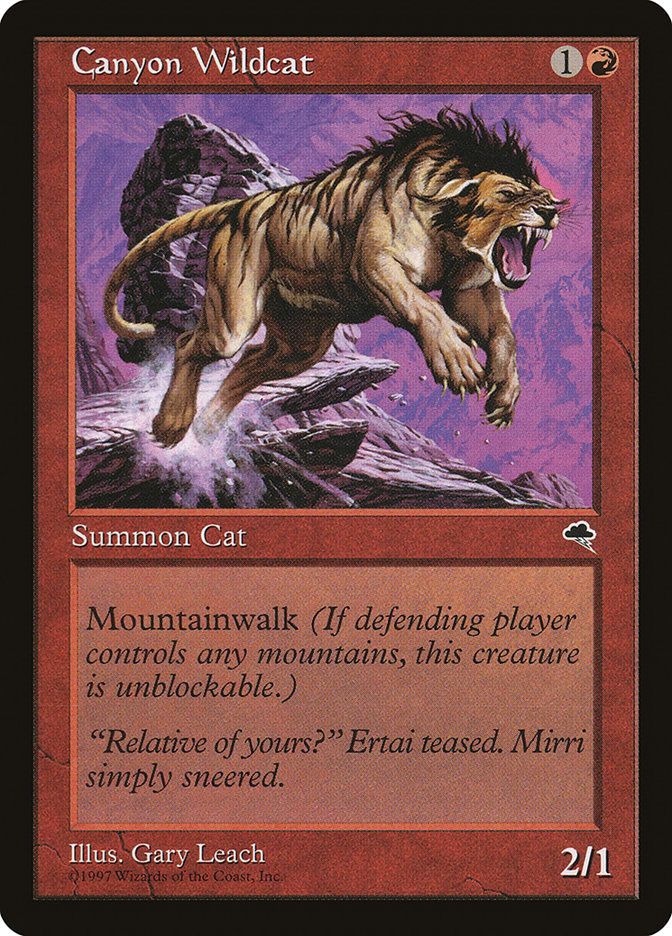


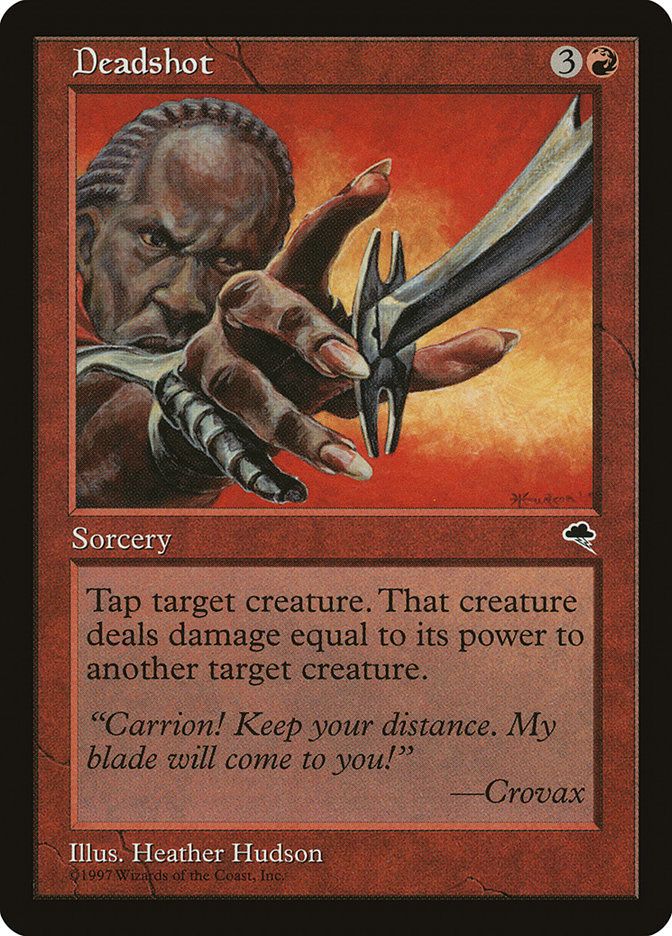
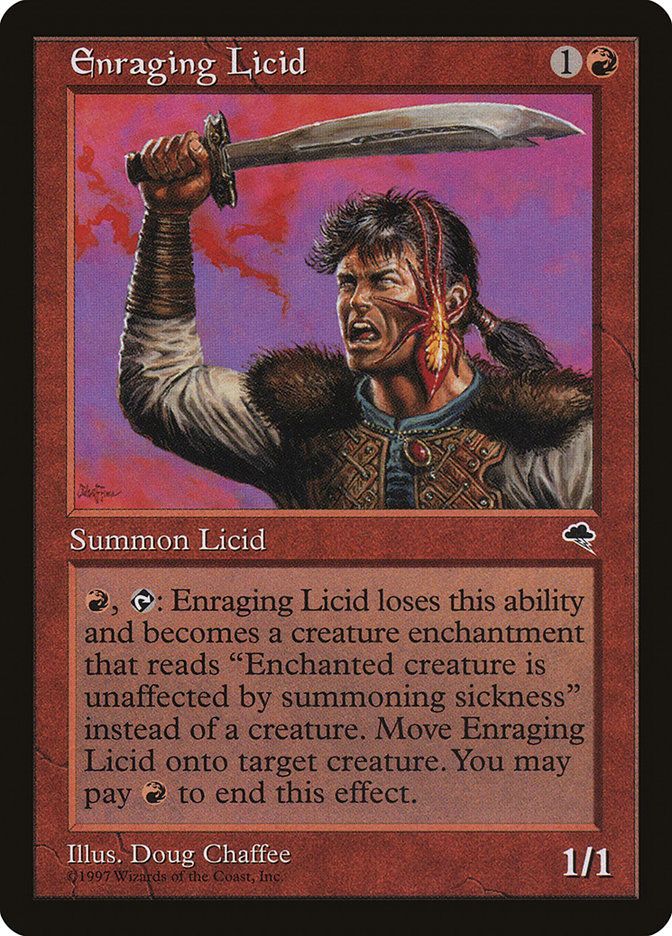
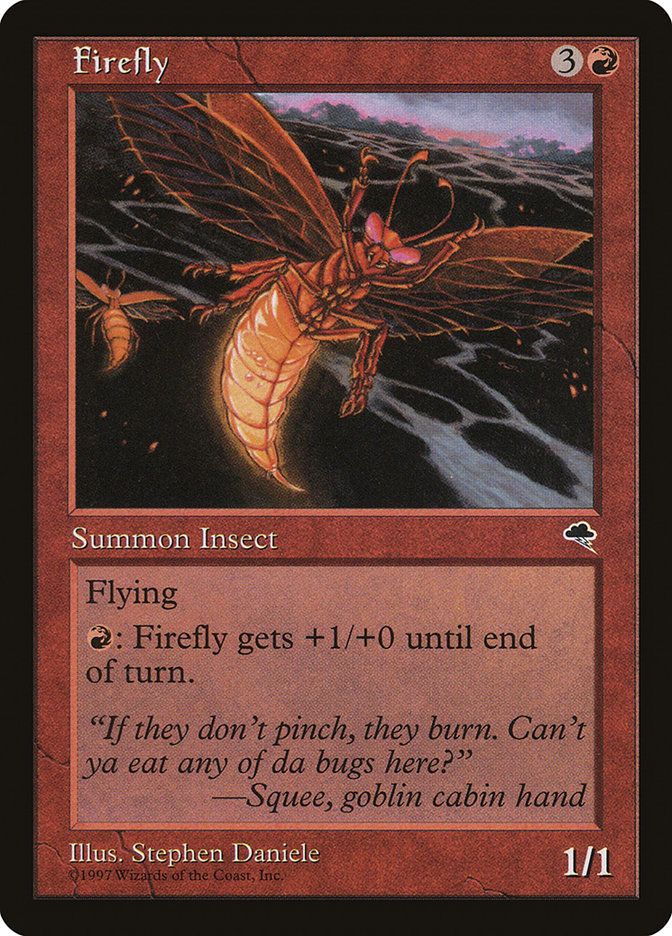
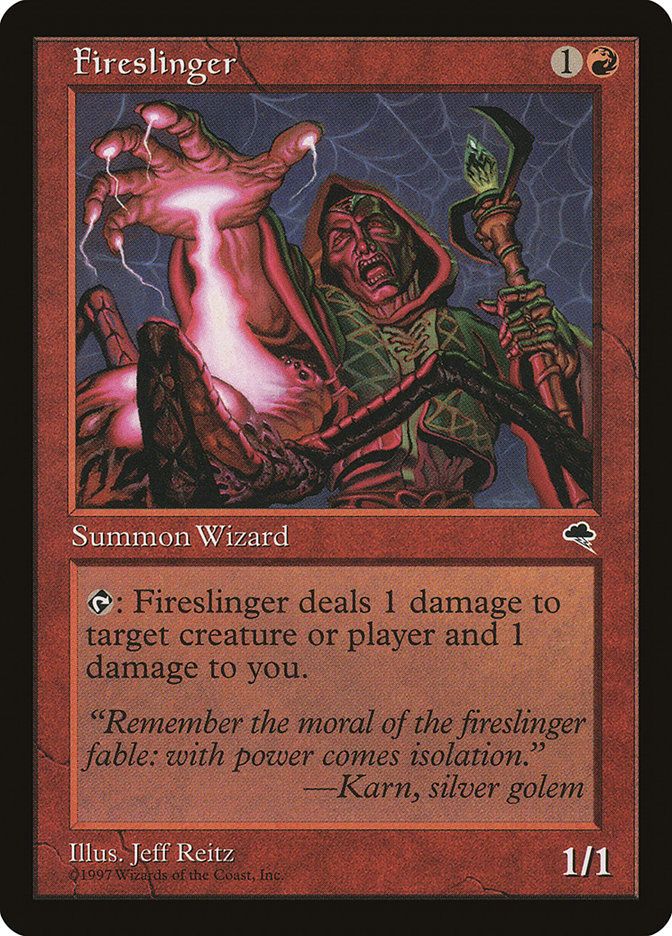
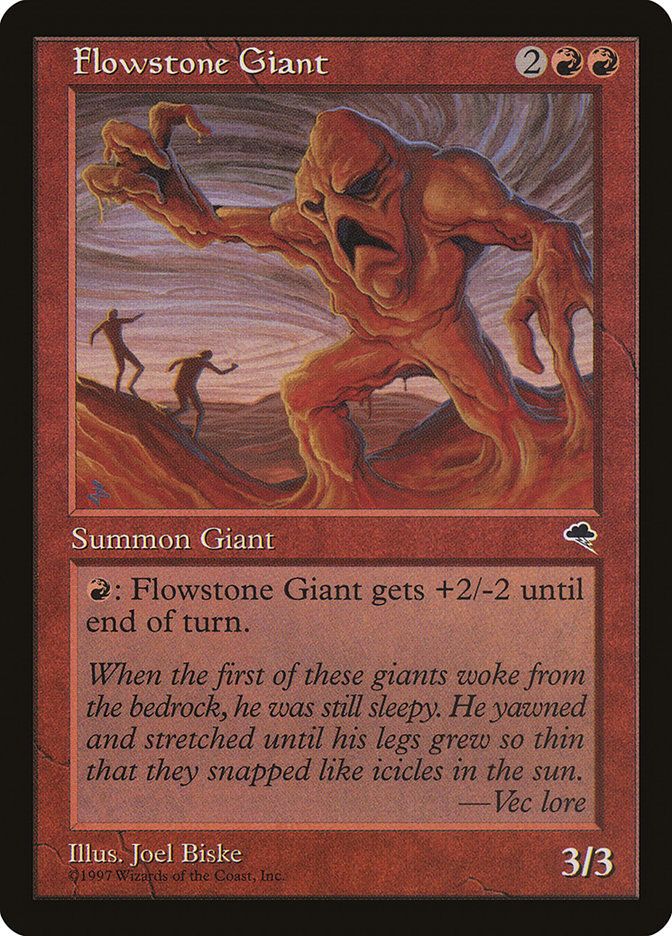
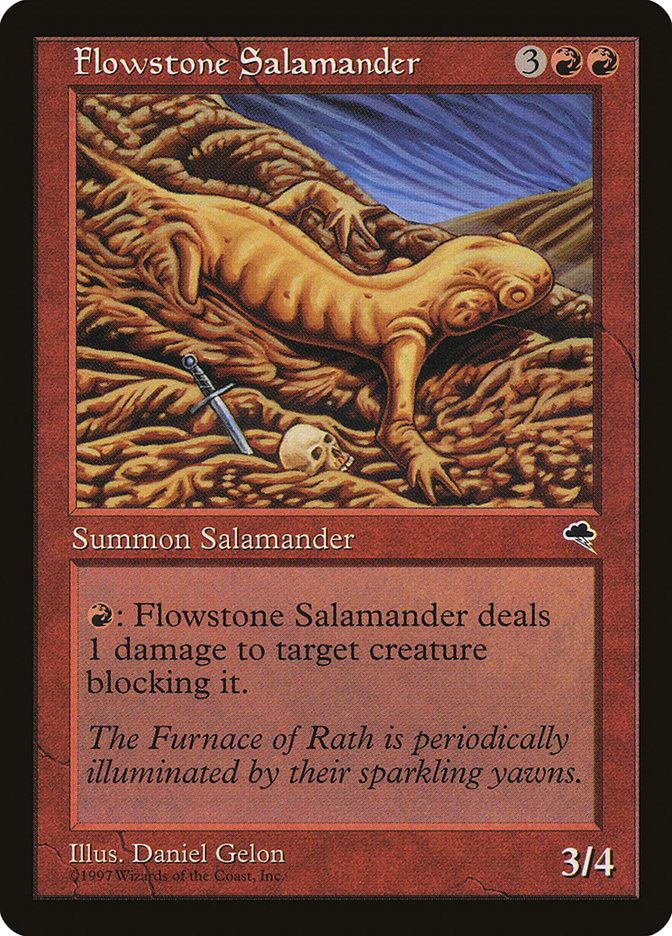
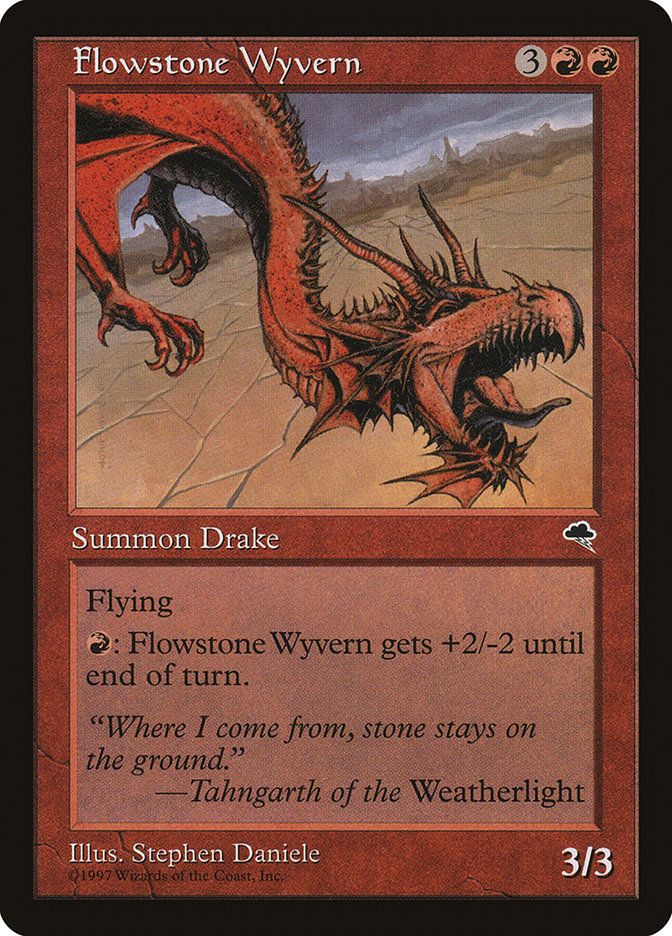
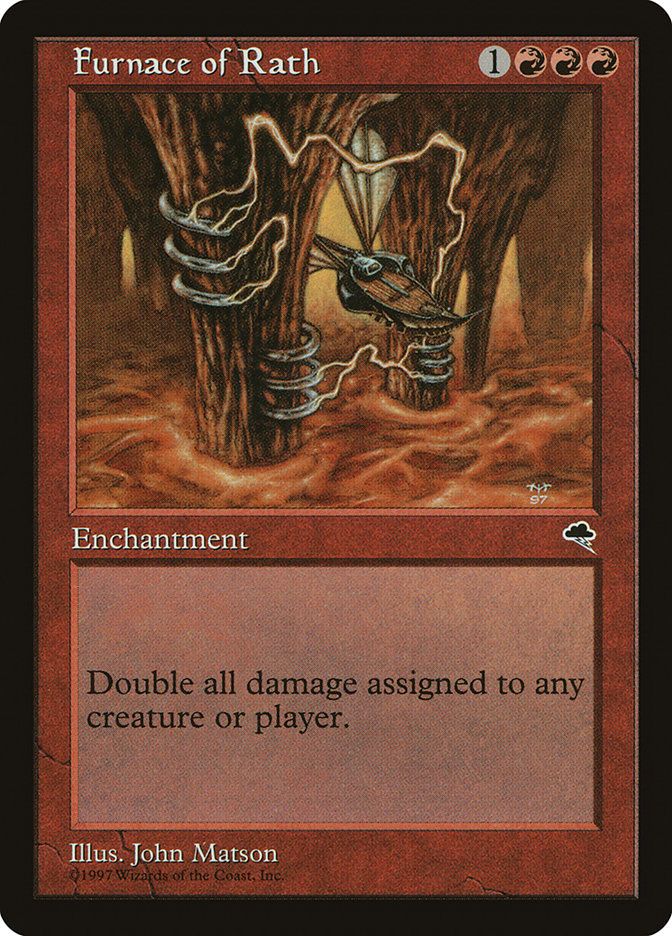
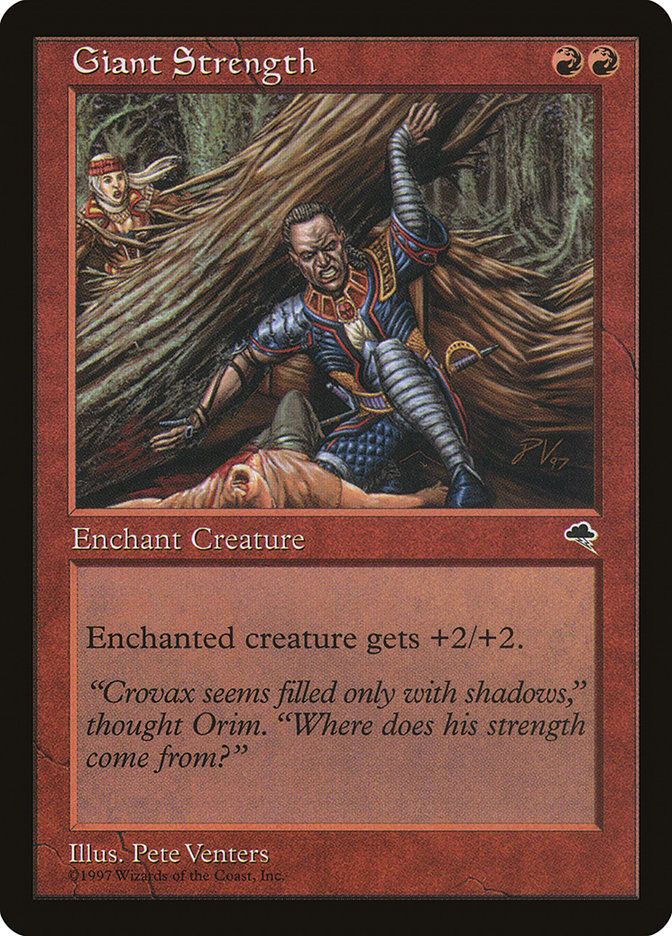
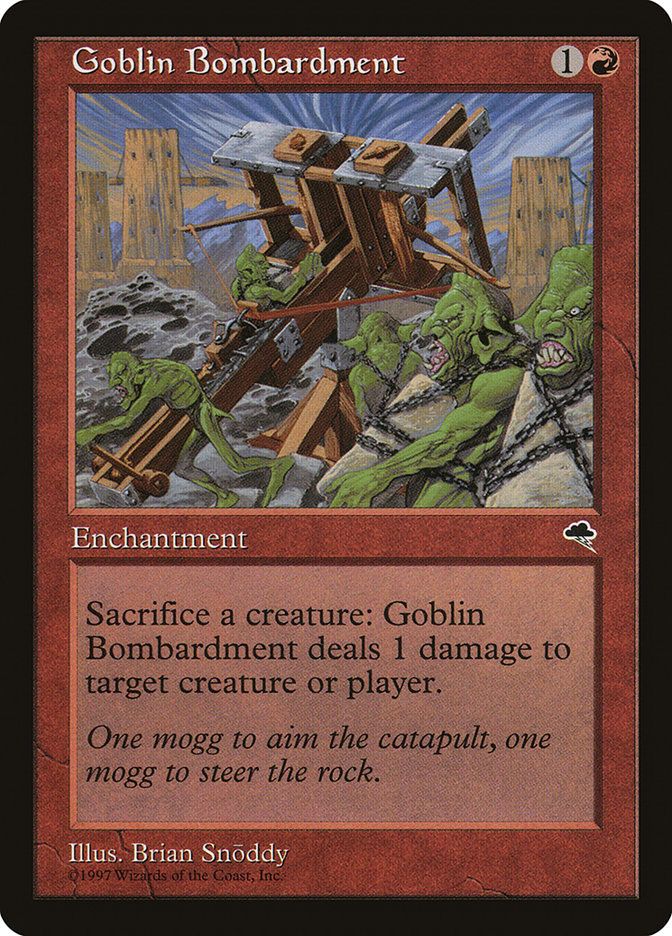
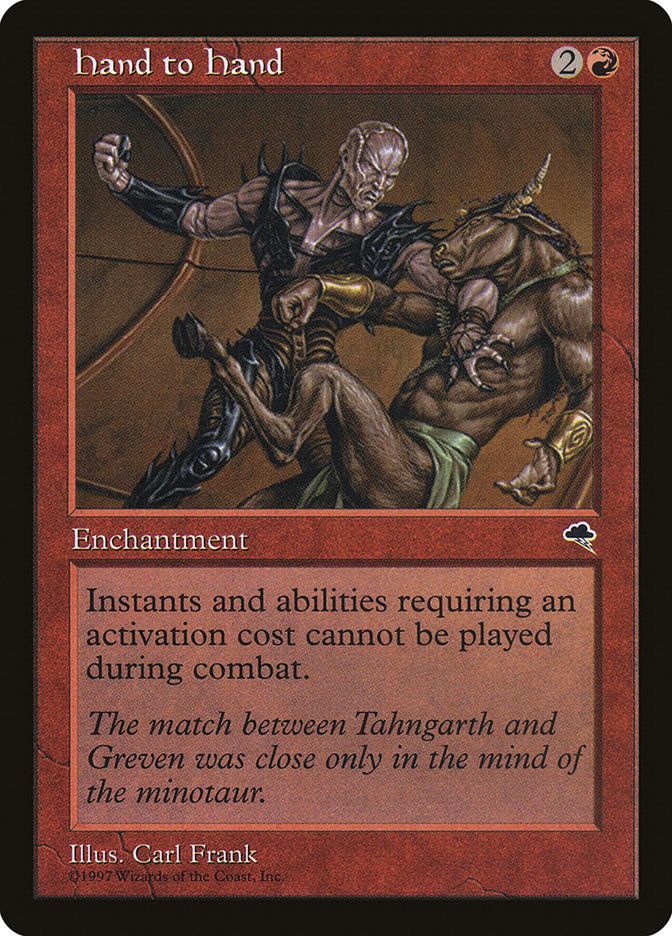
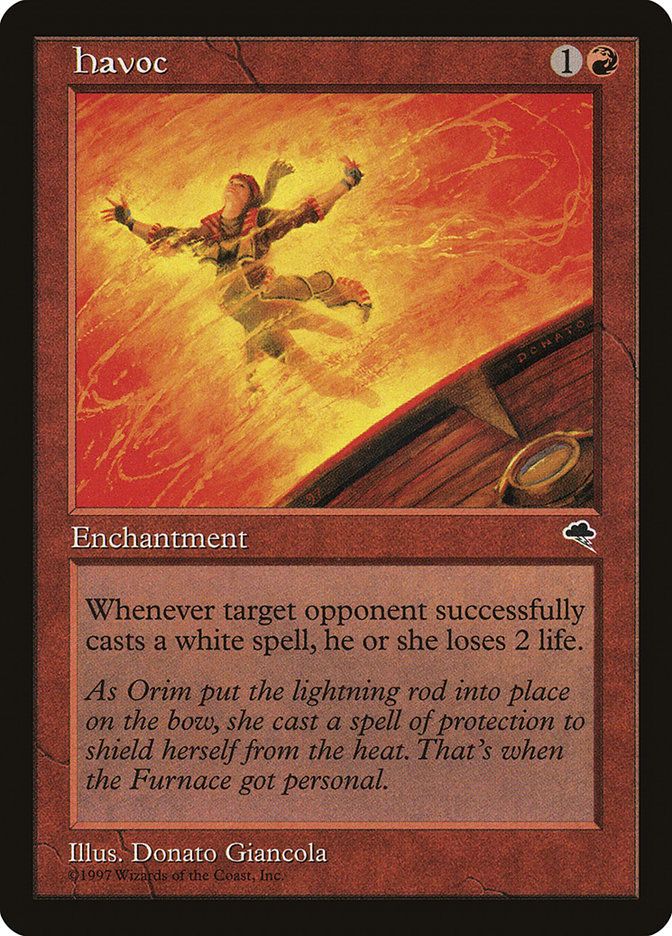
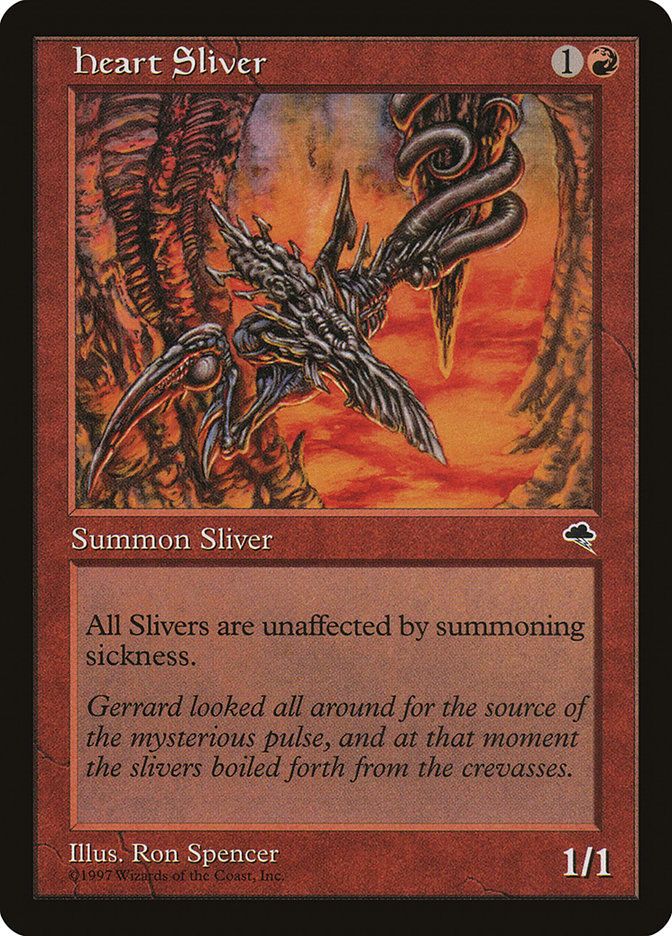
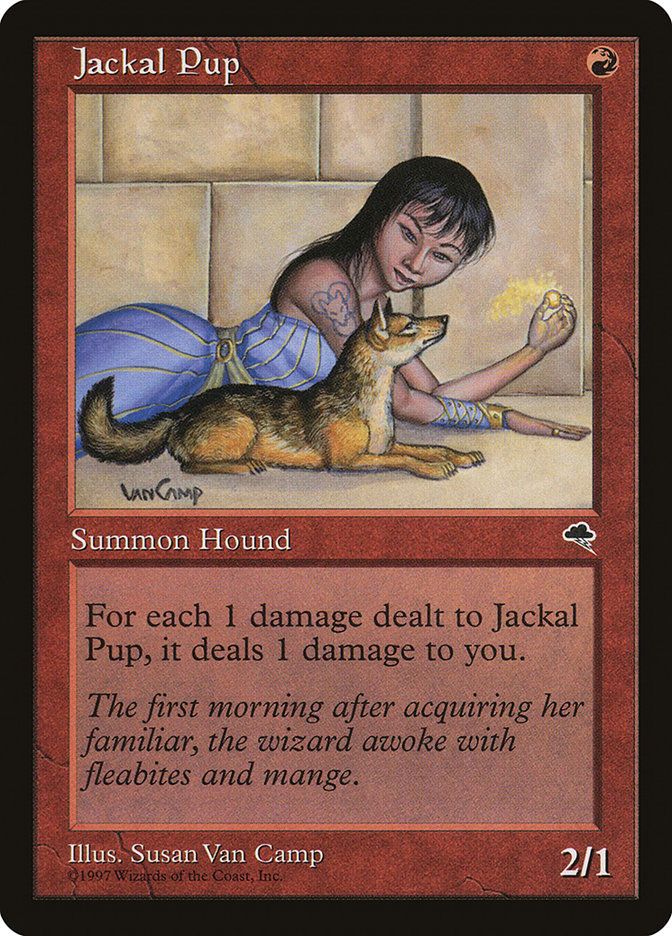
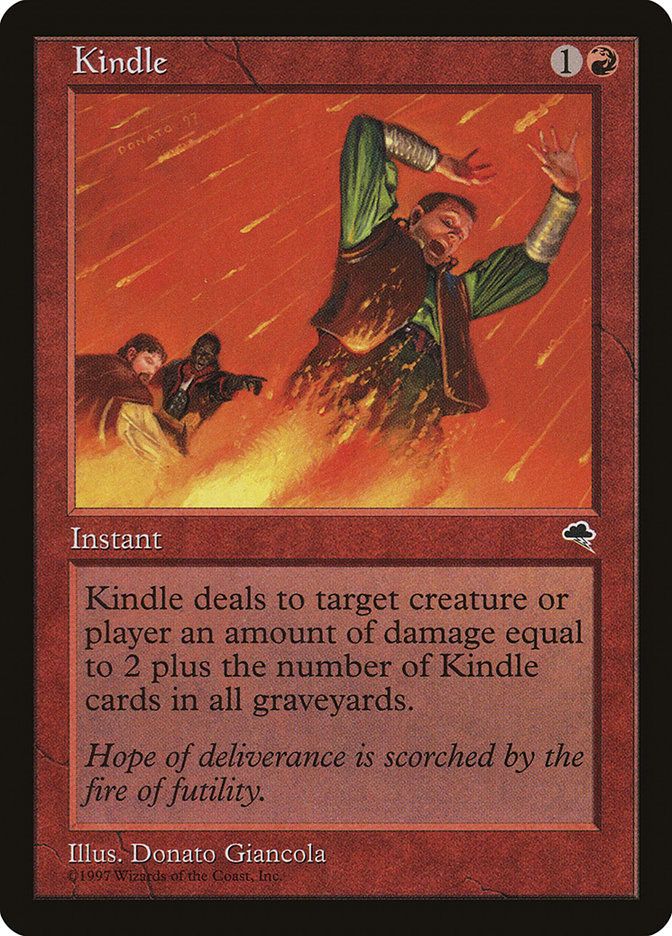
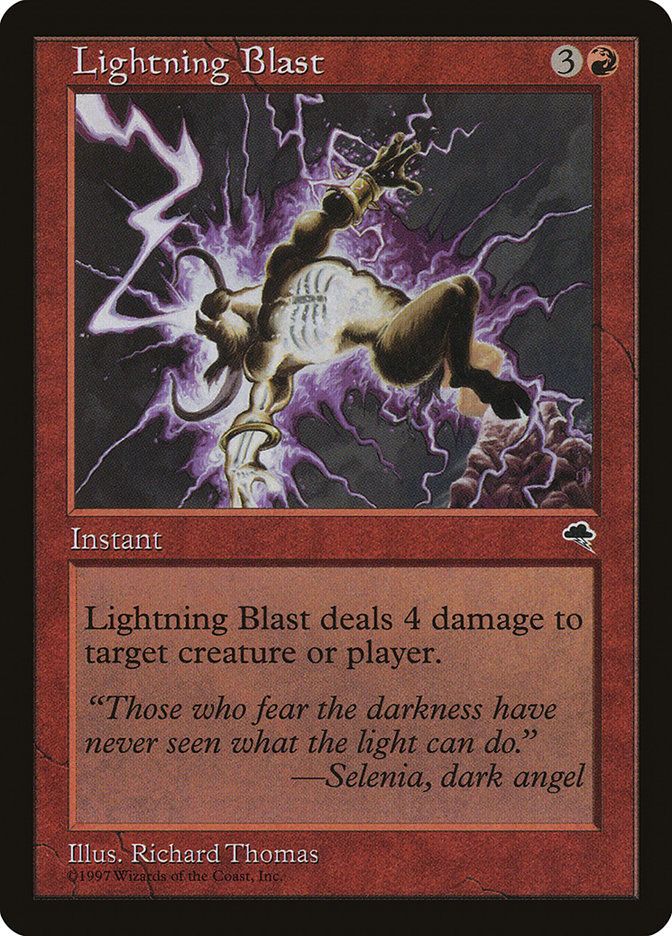
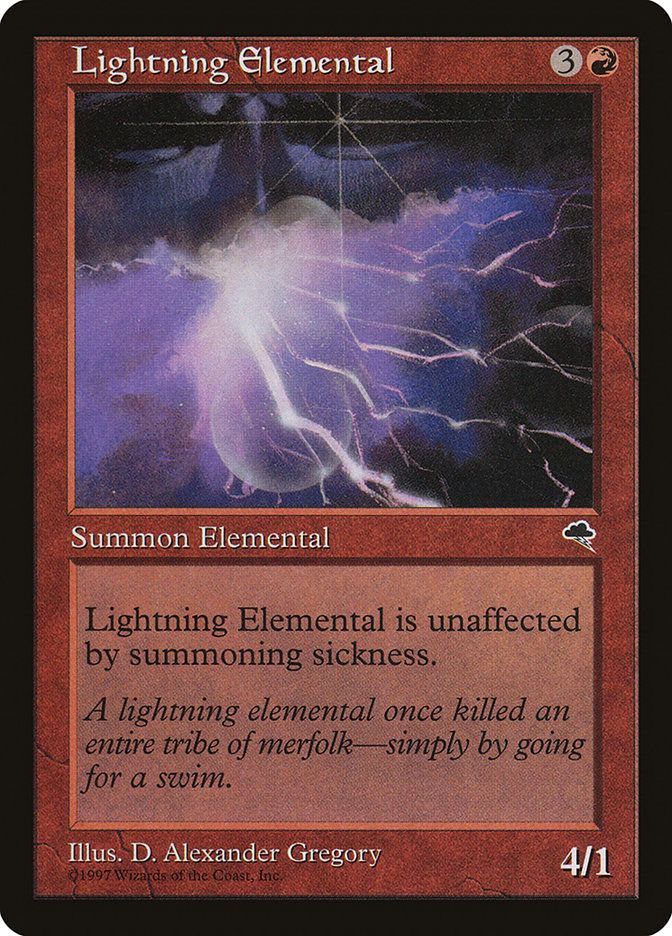
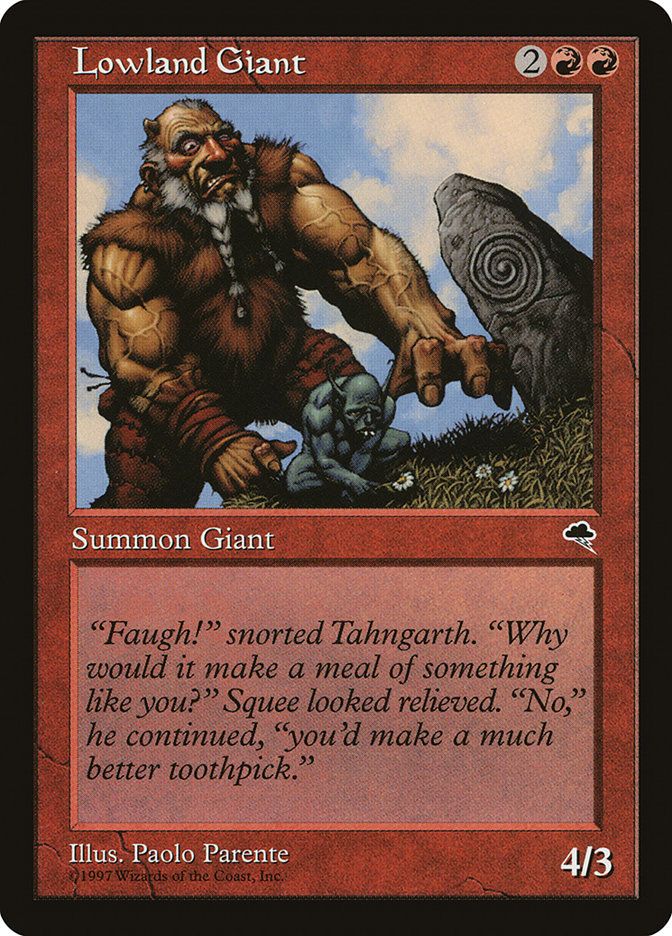
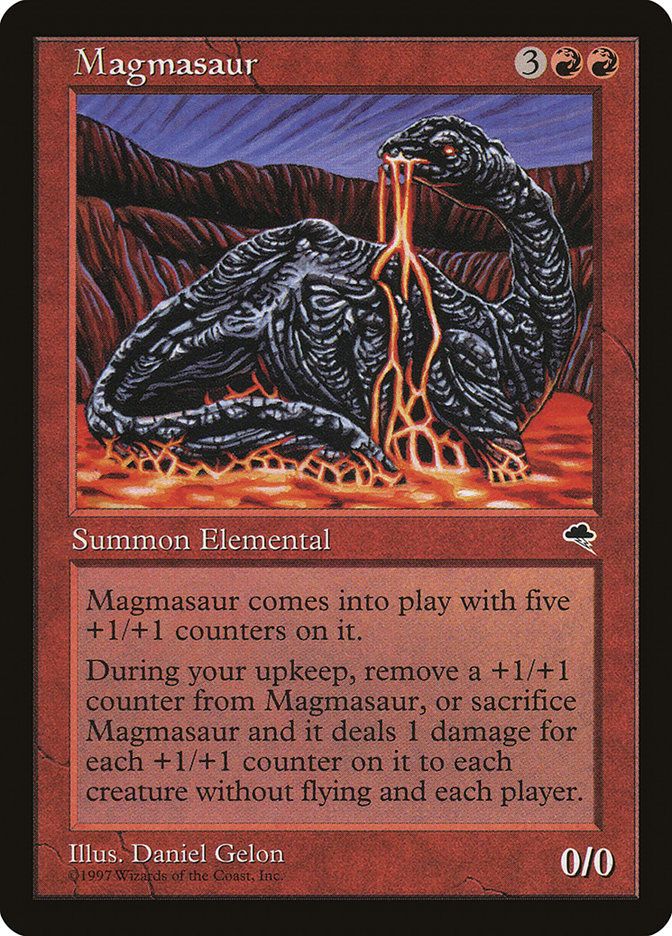
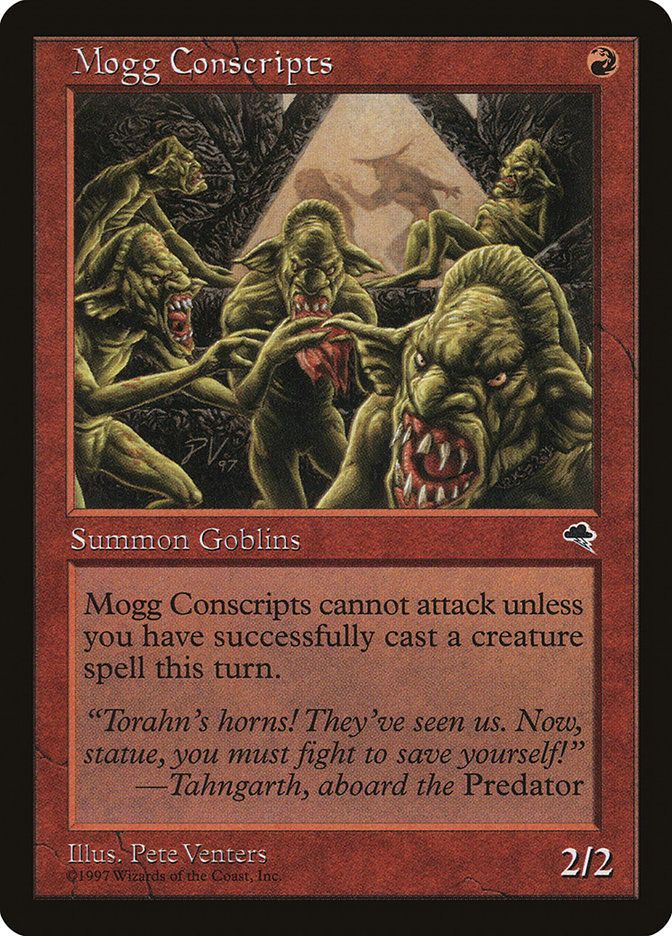
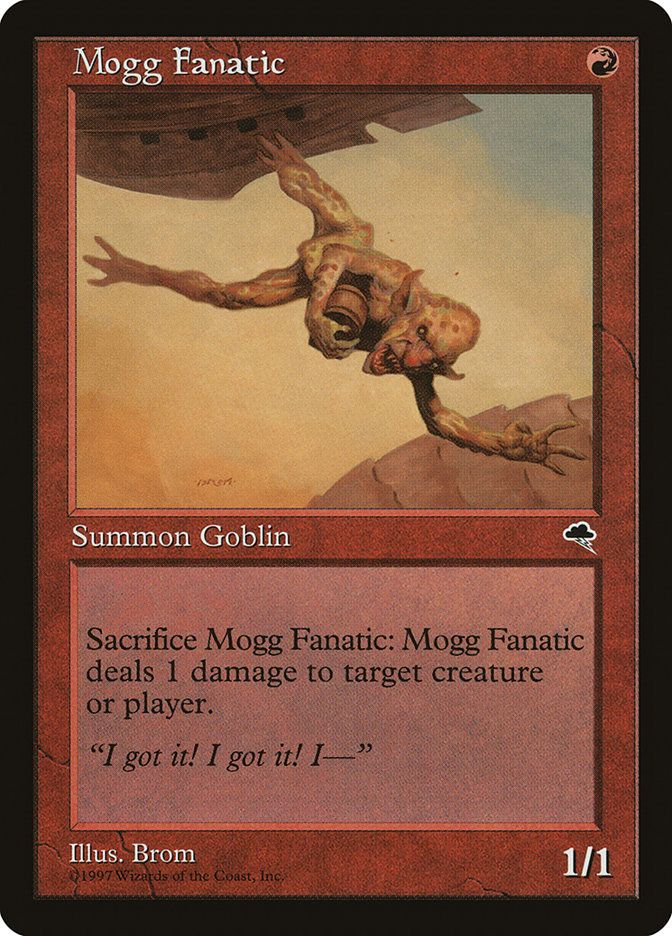
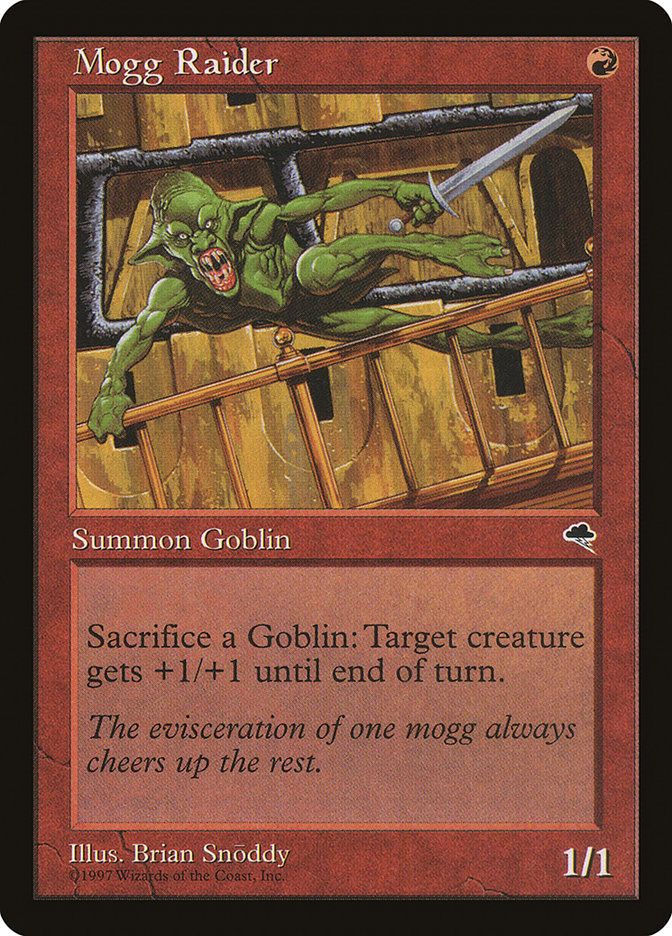
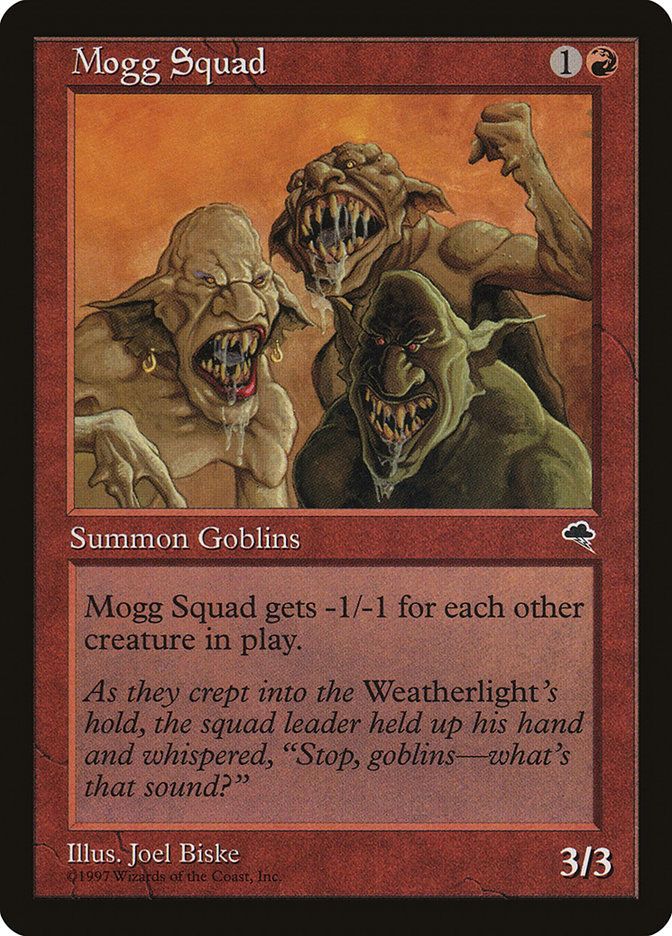
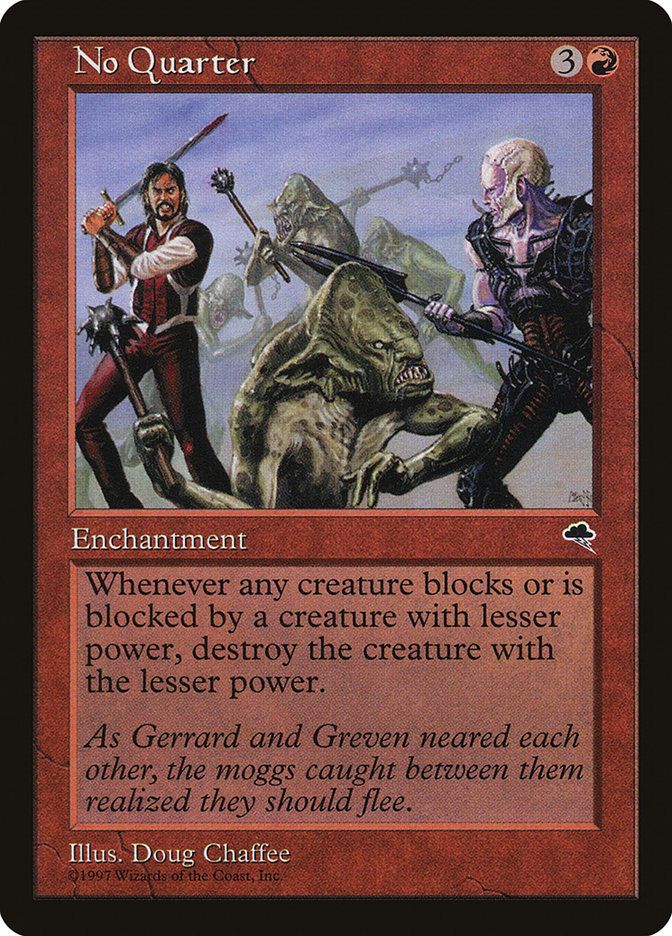
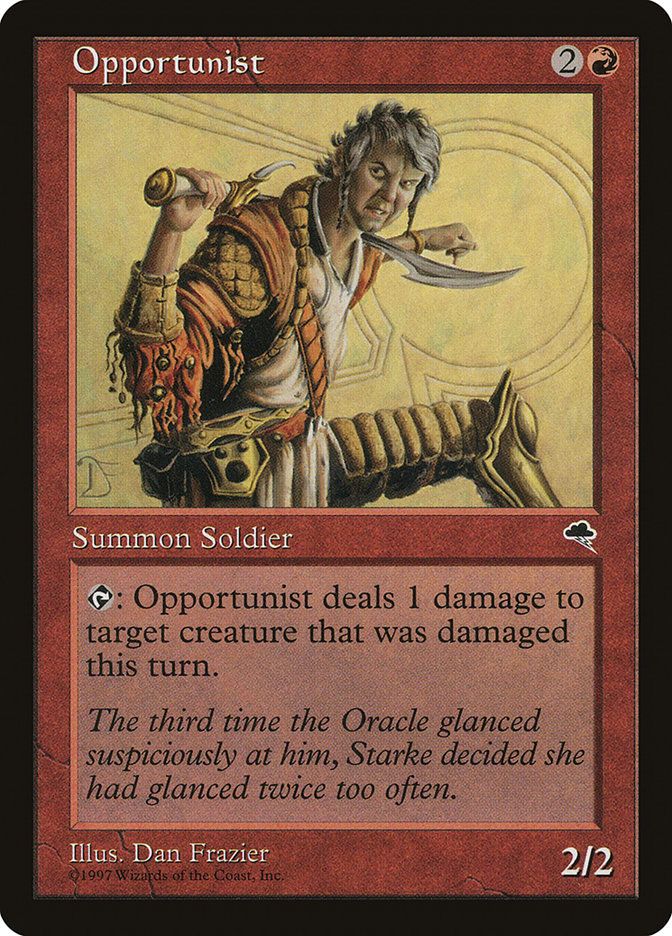
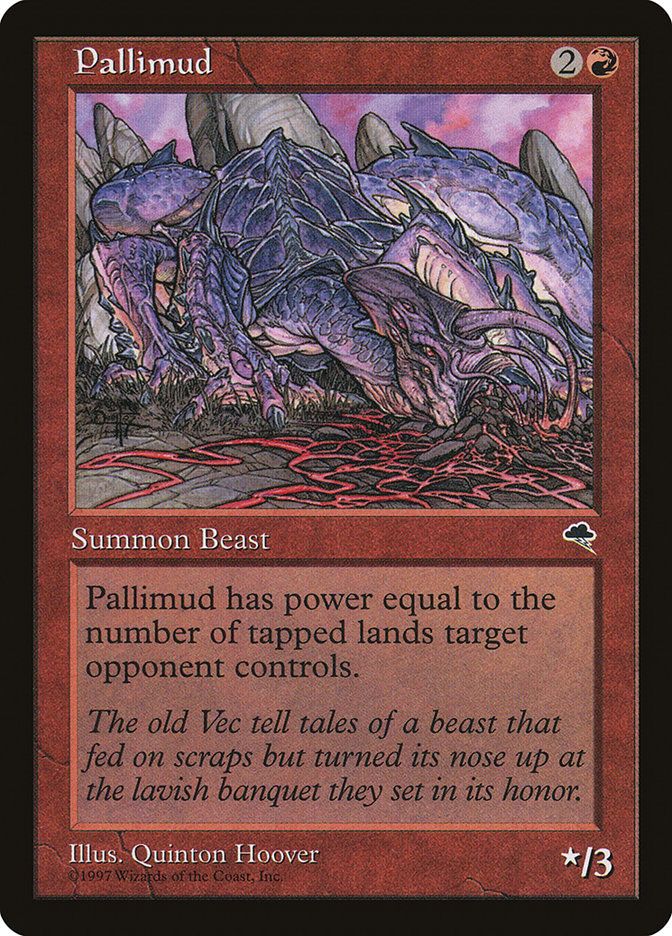
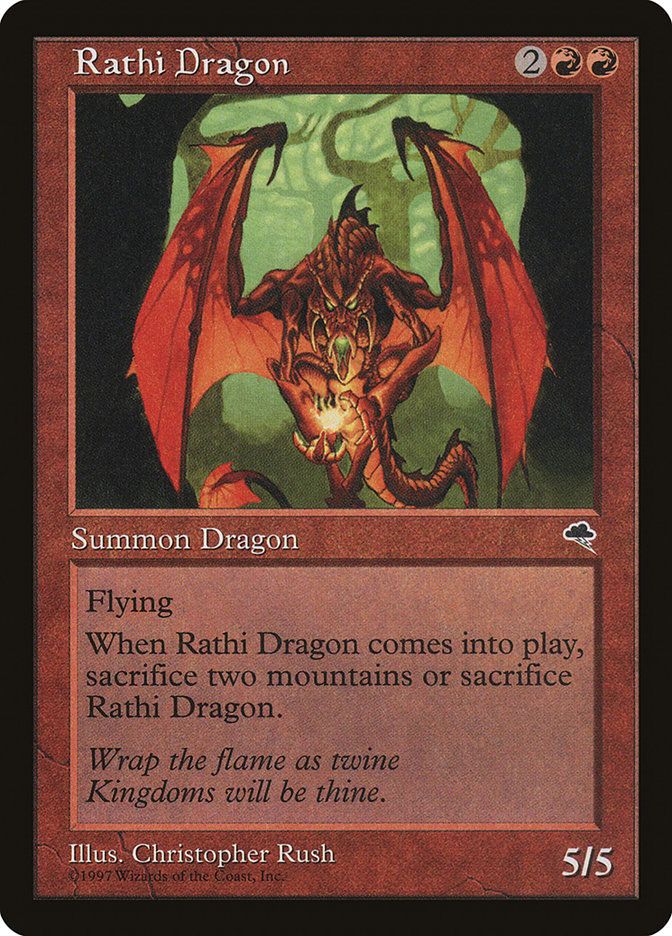
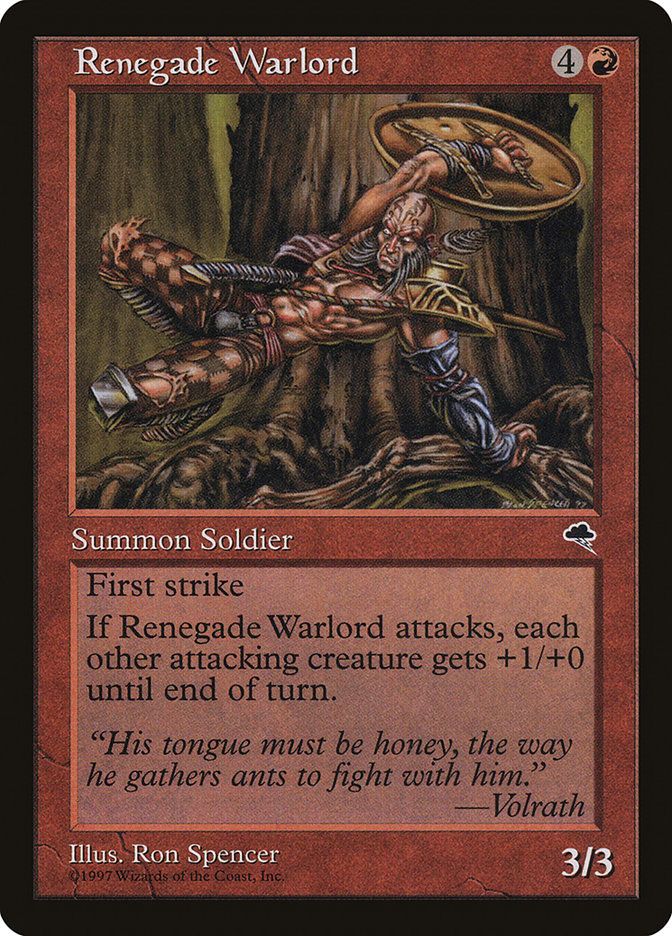



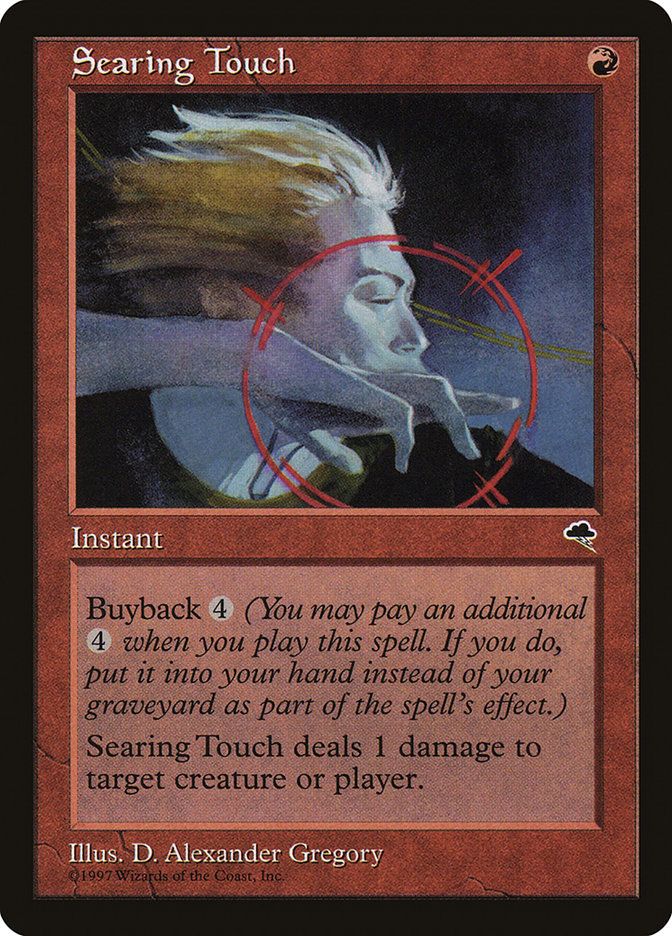
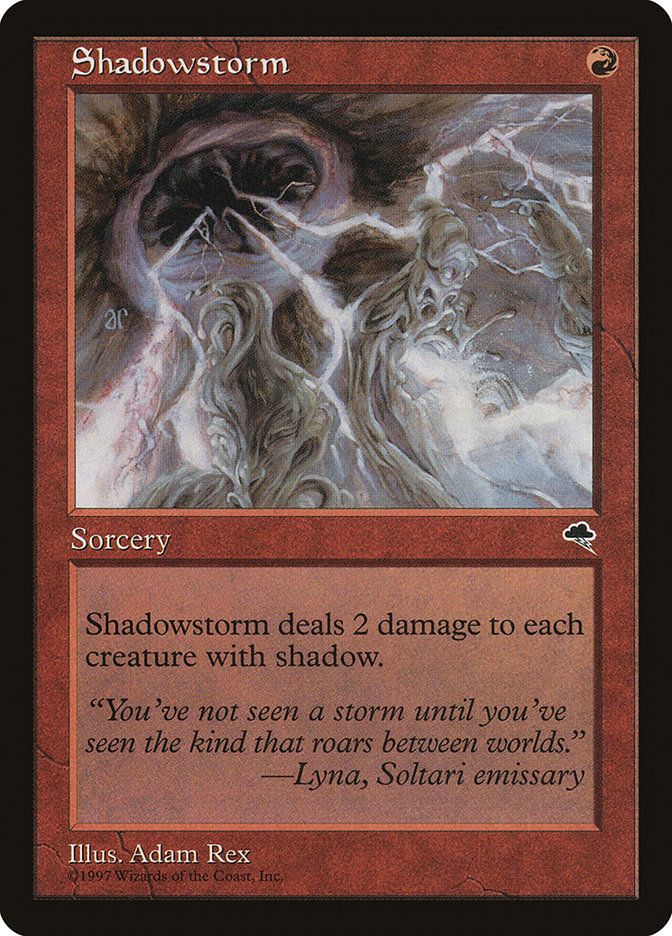
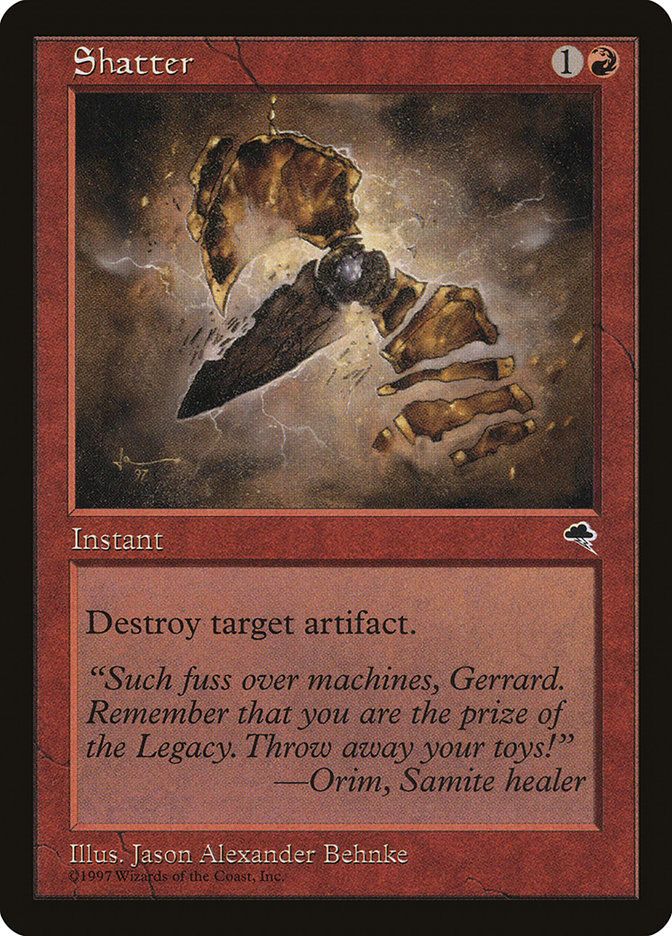
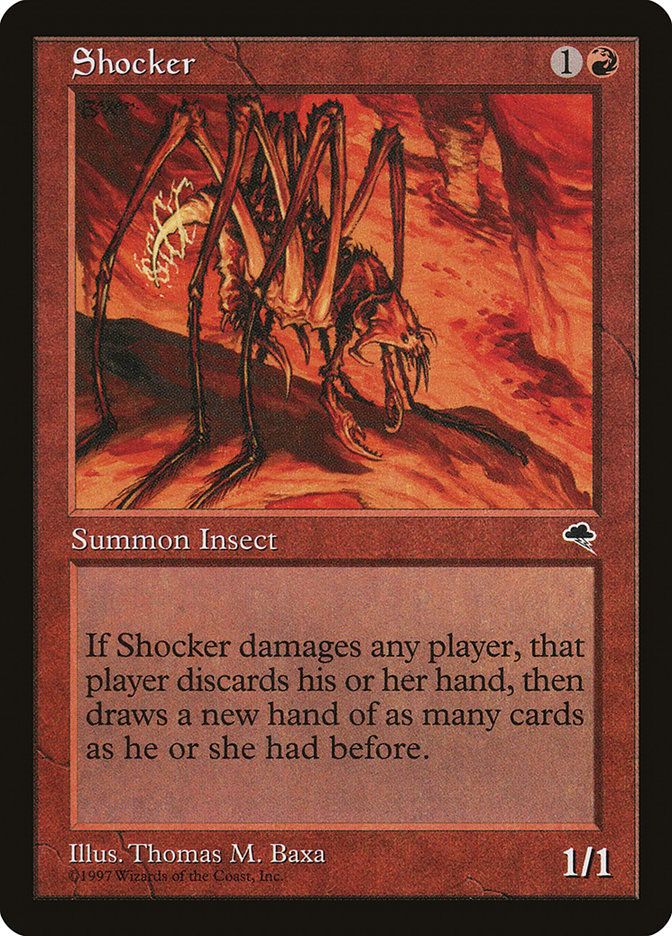
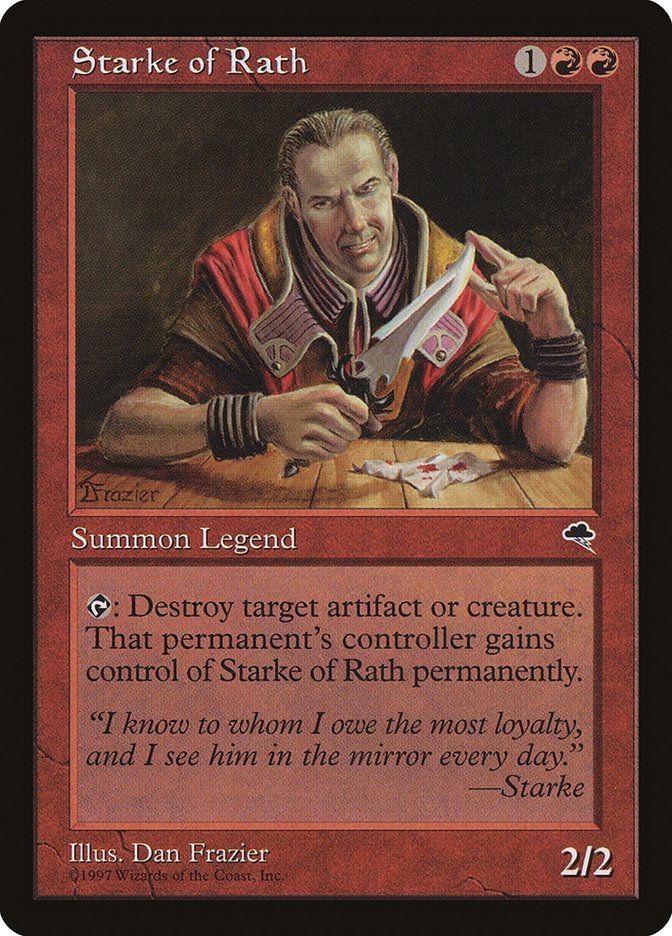
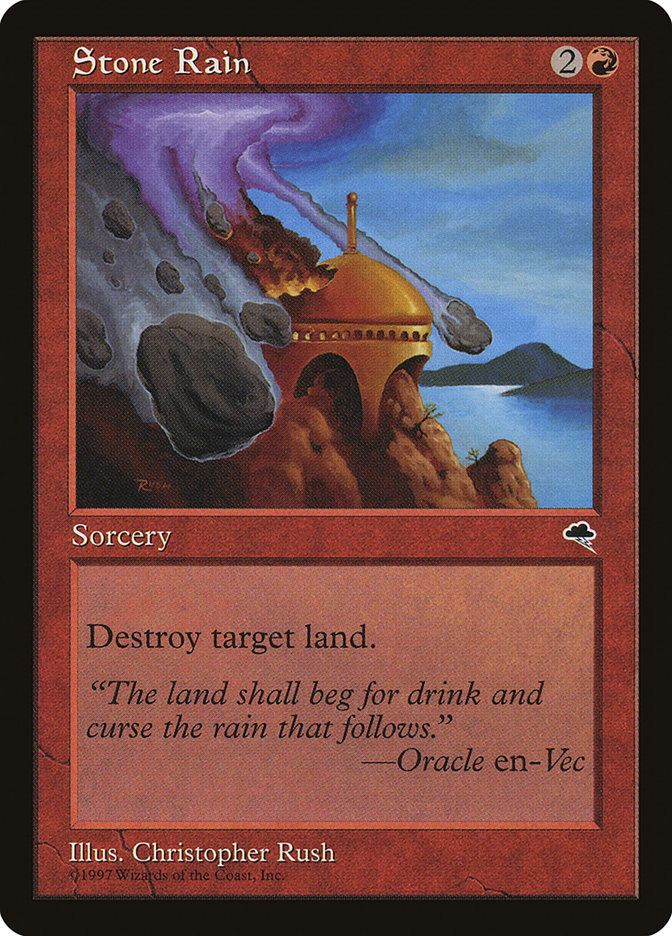
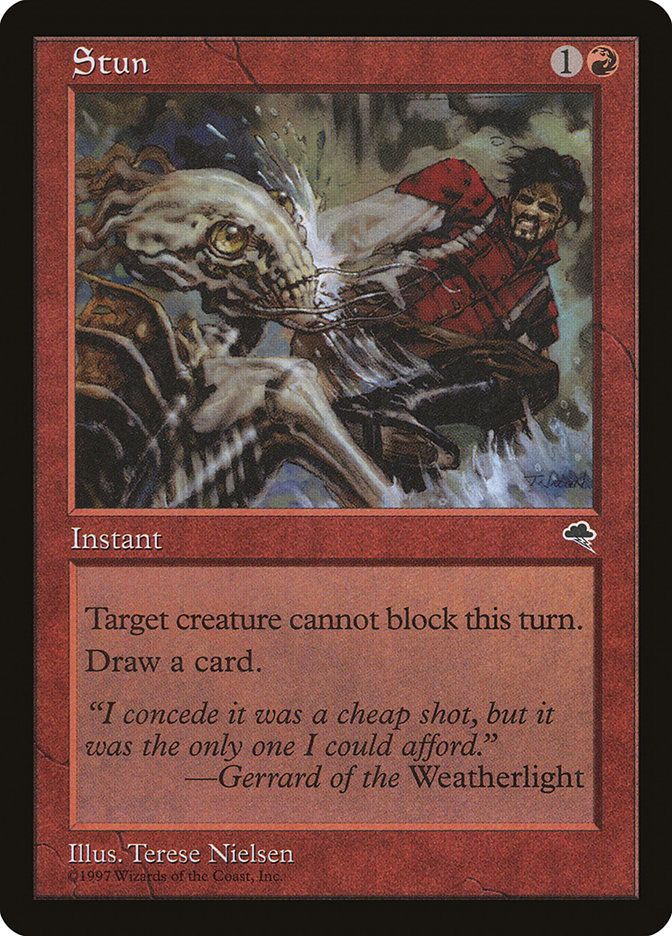
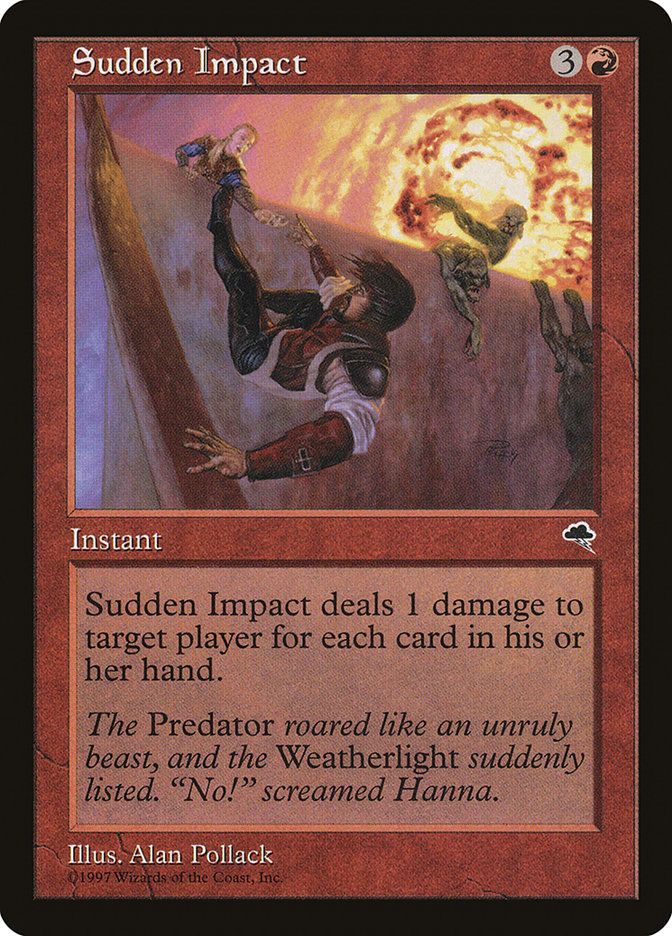
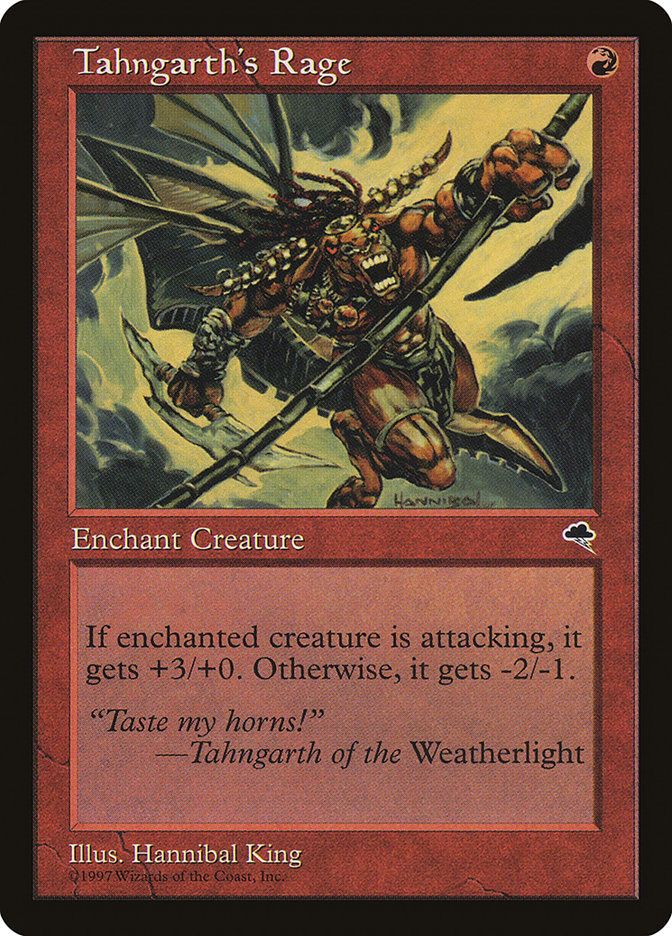
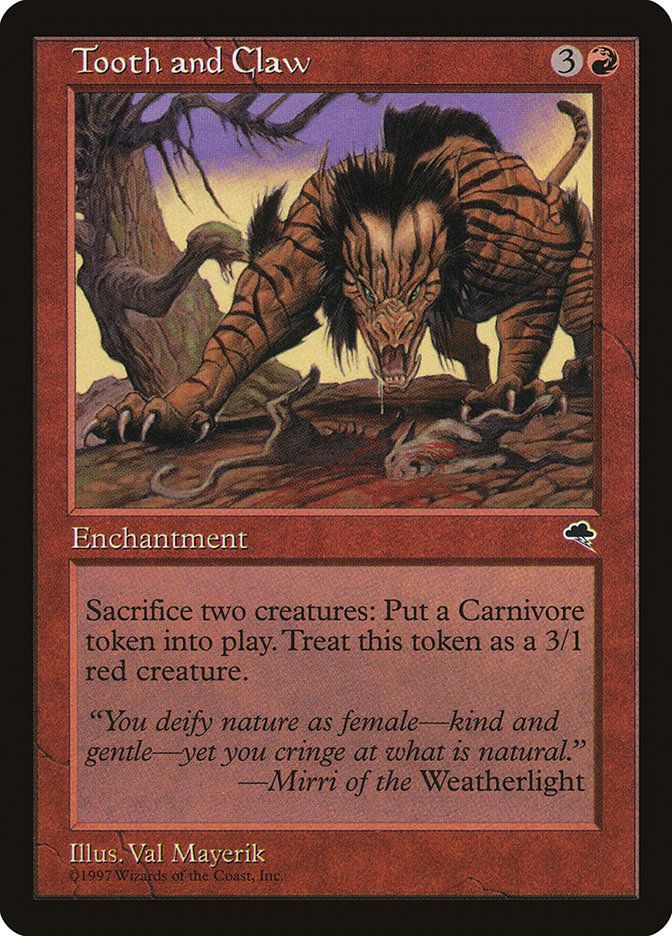
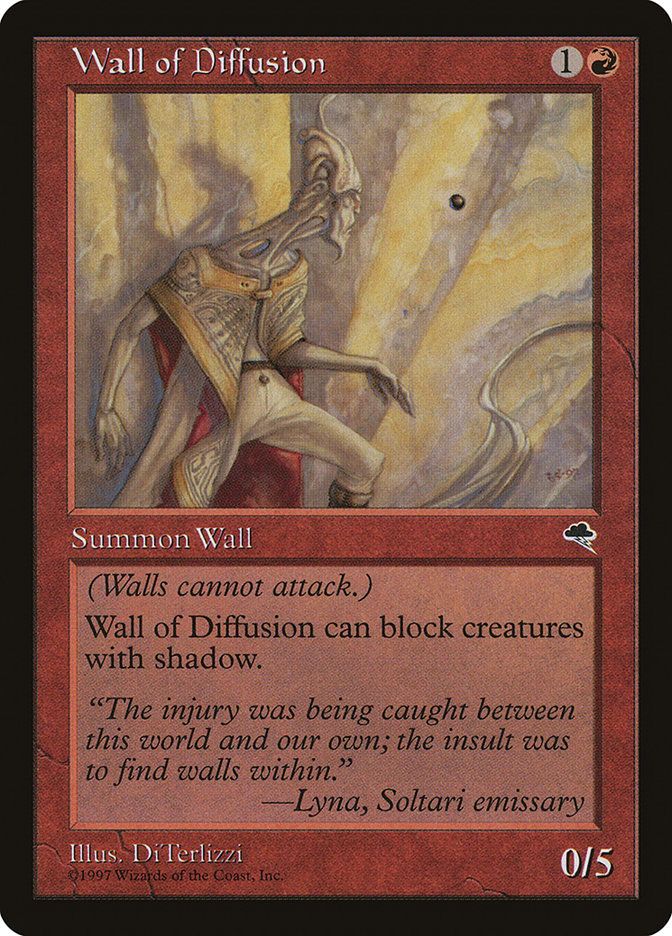
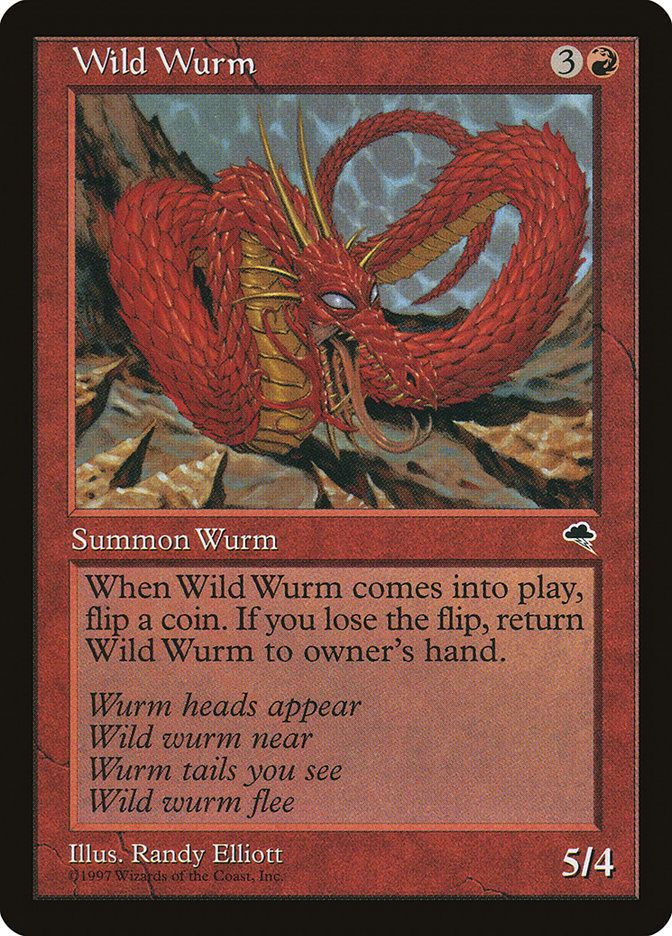
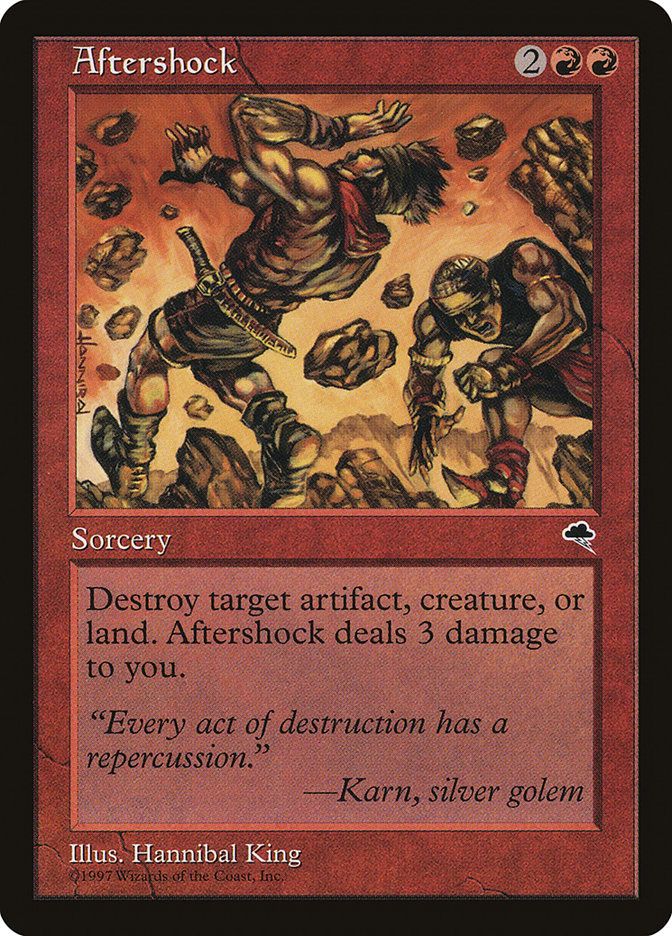
Green
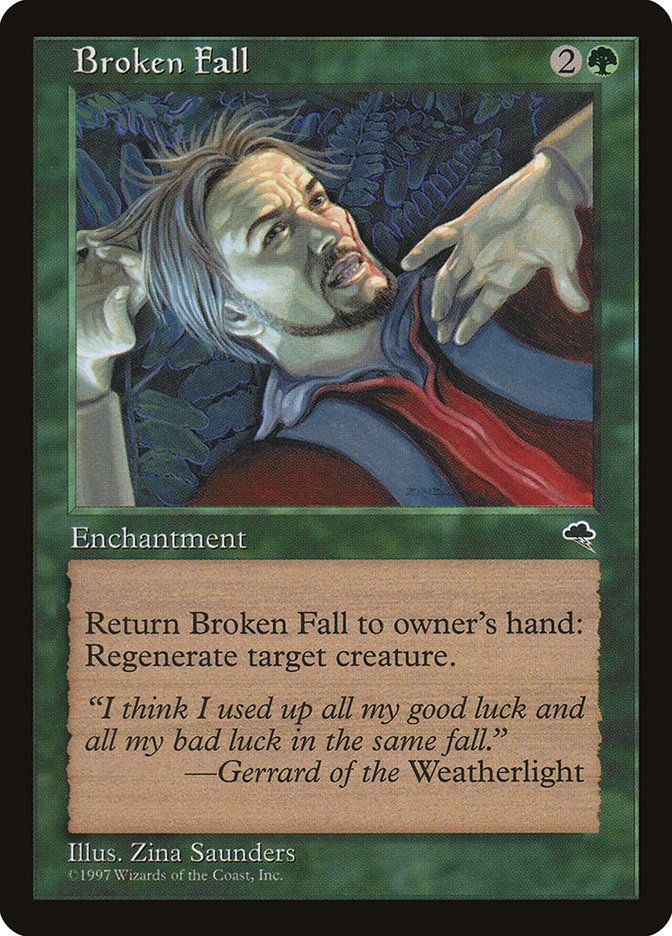
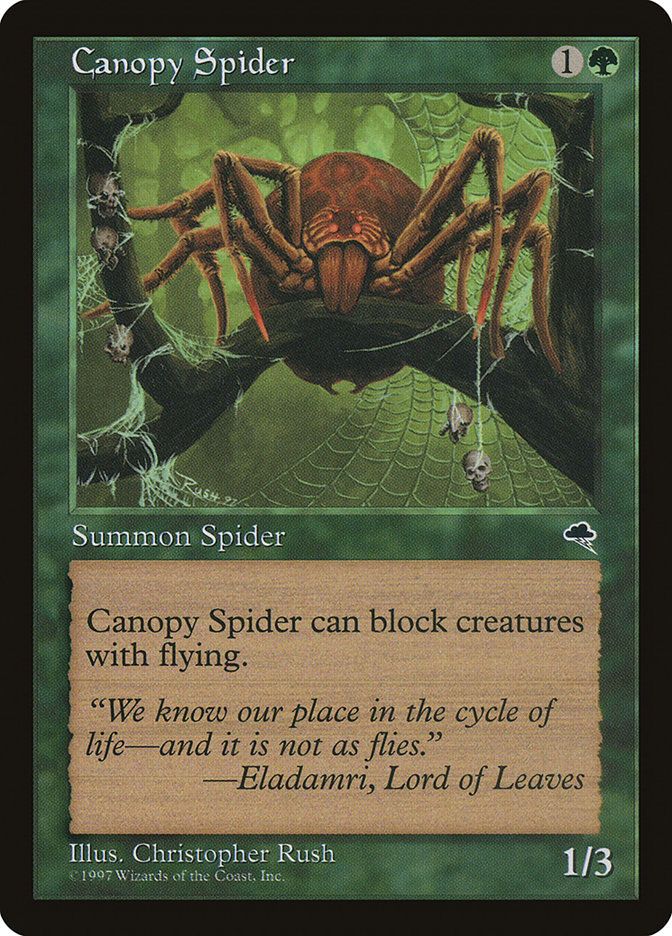

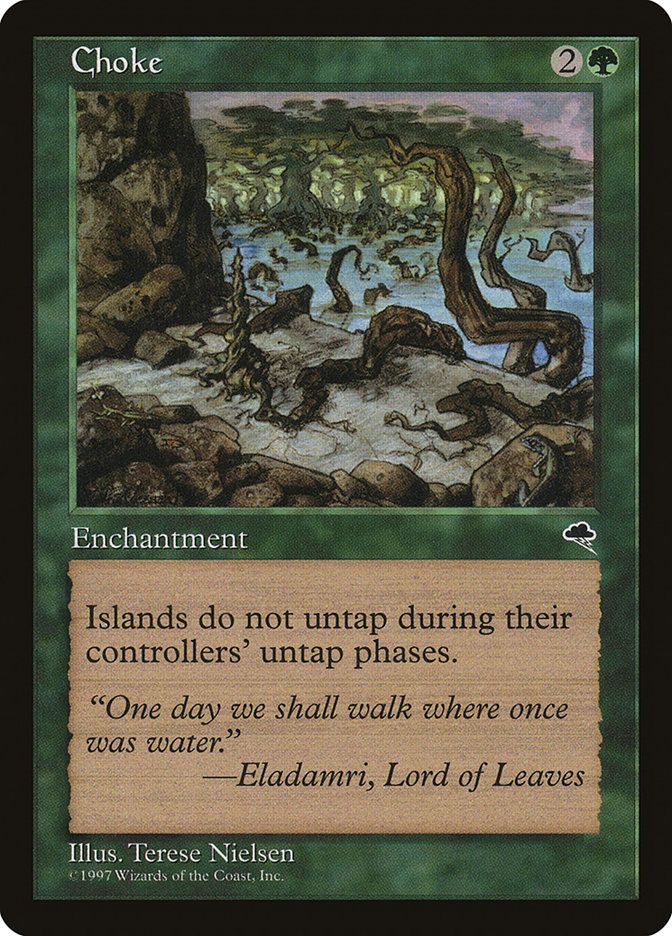
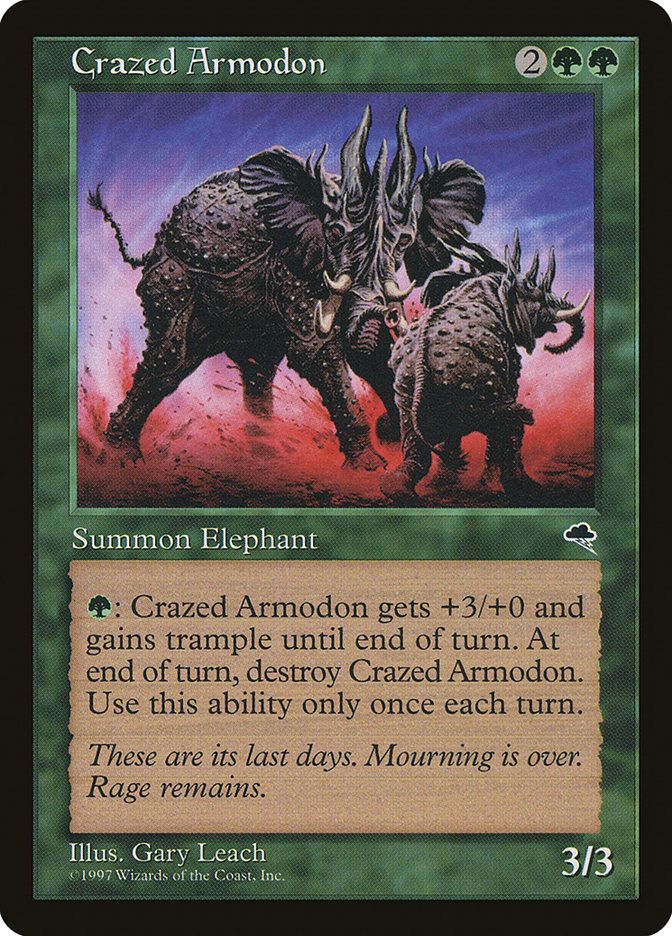
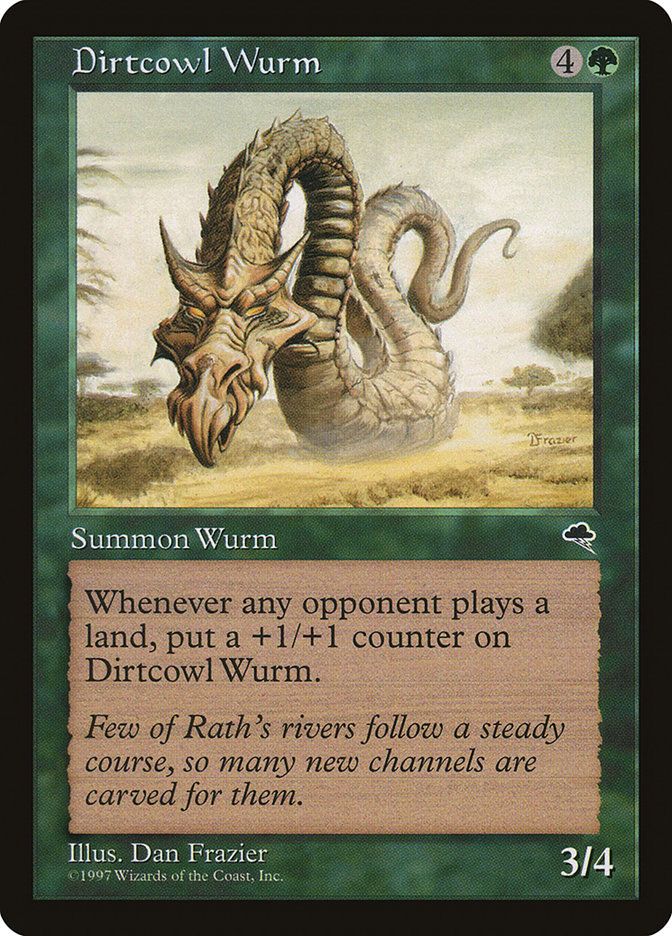
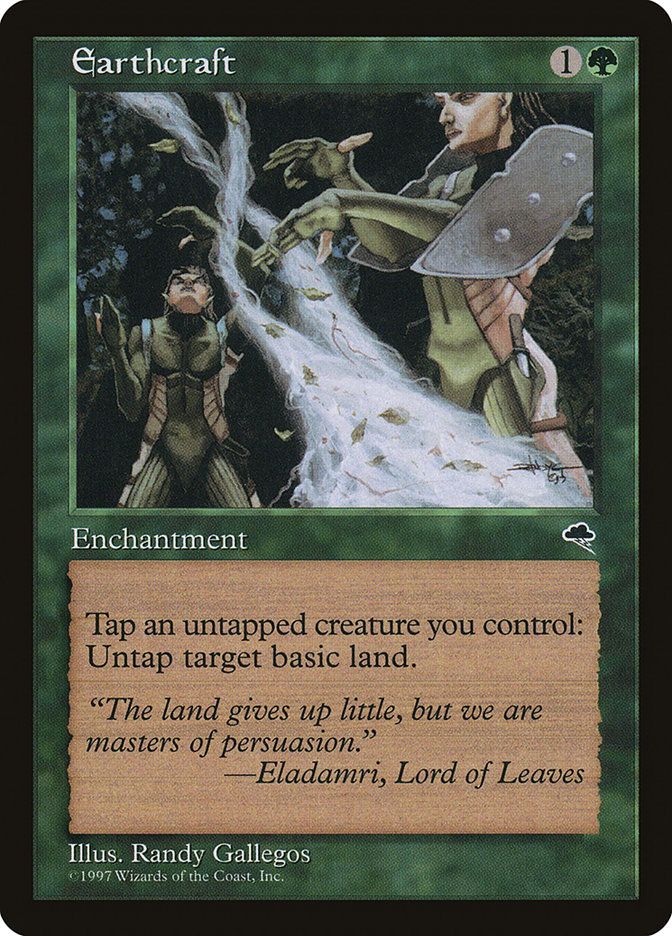
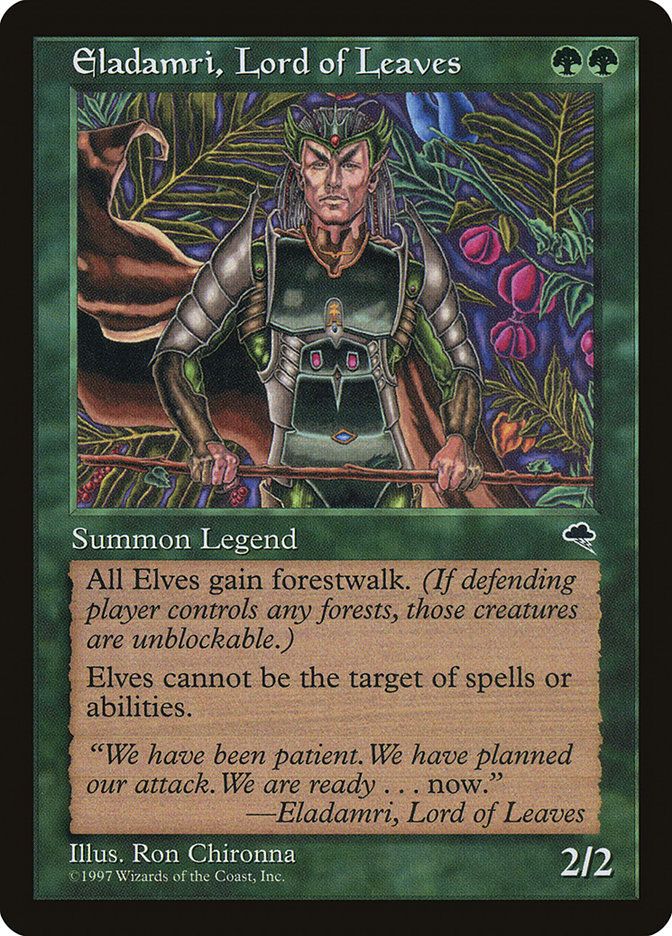
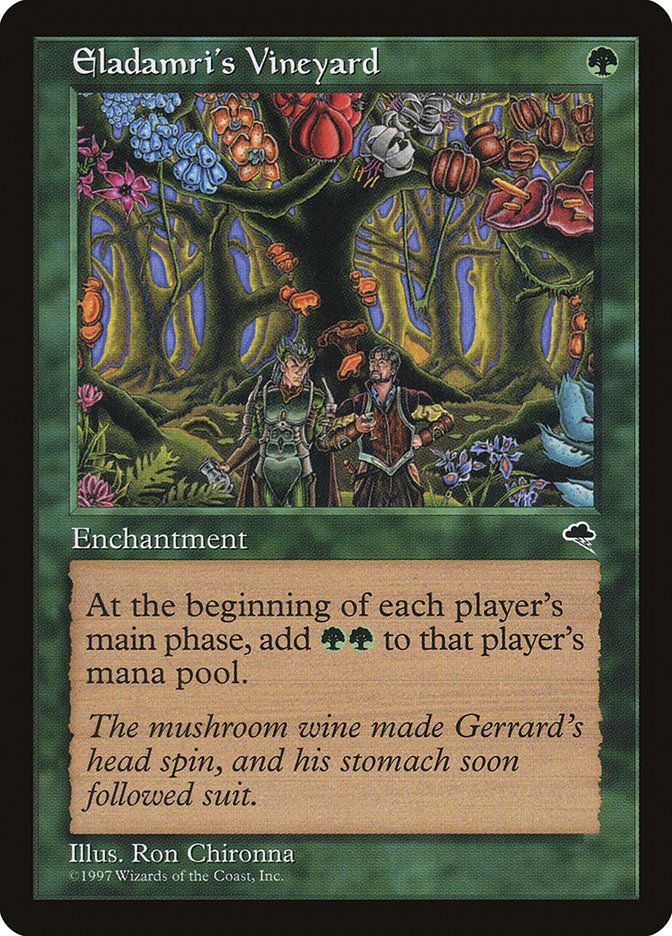

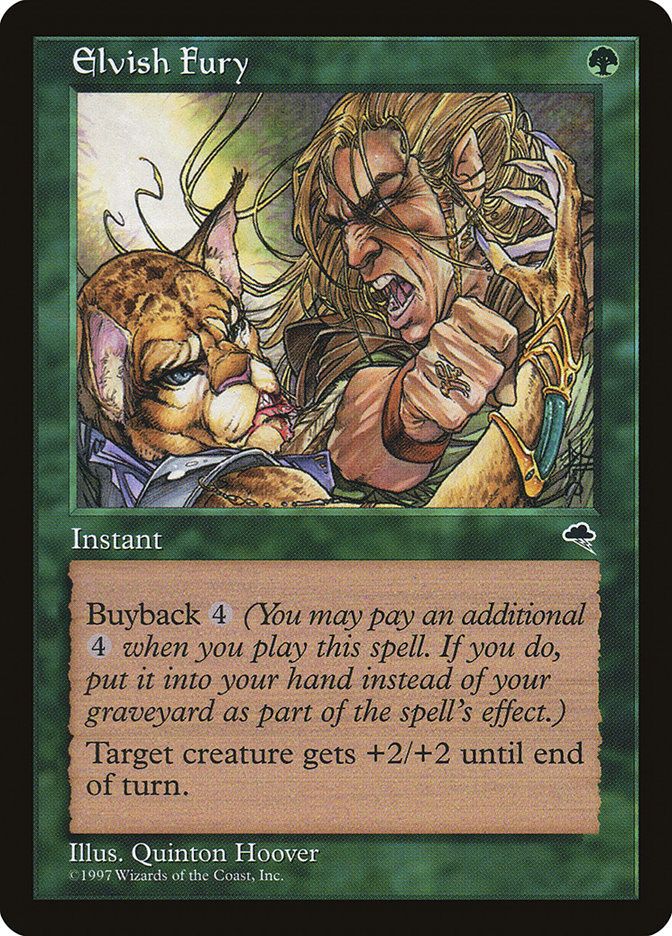
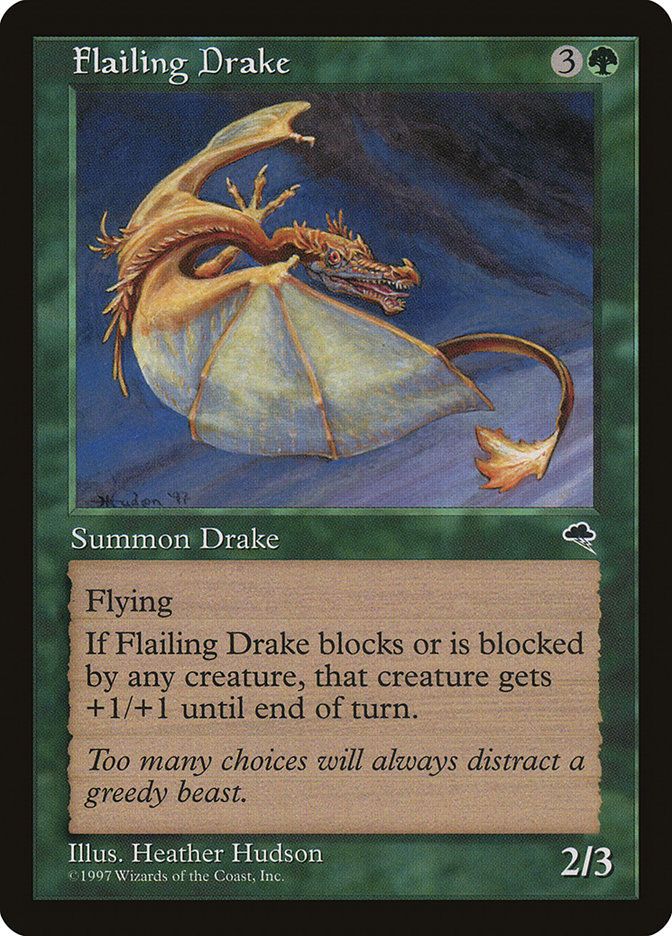
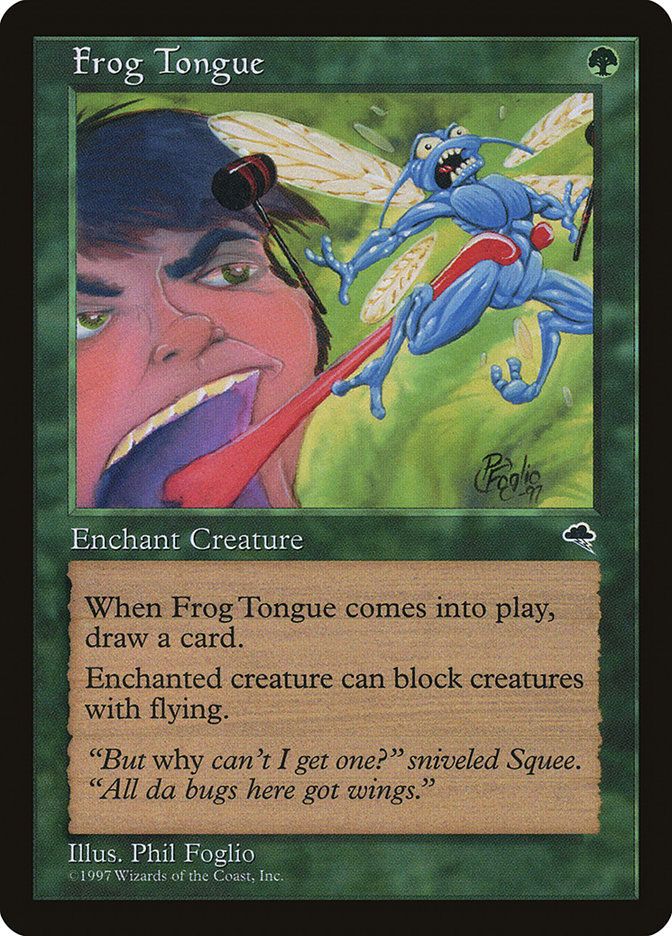
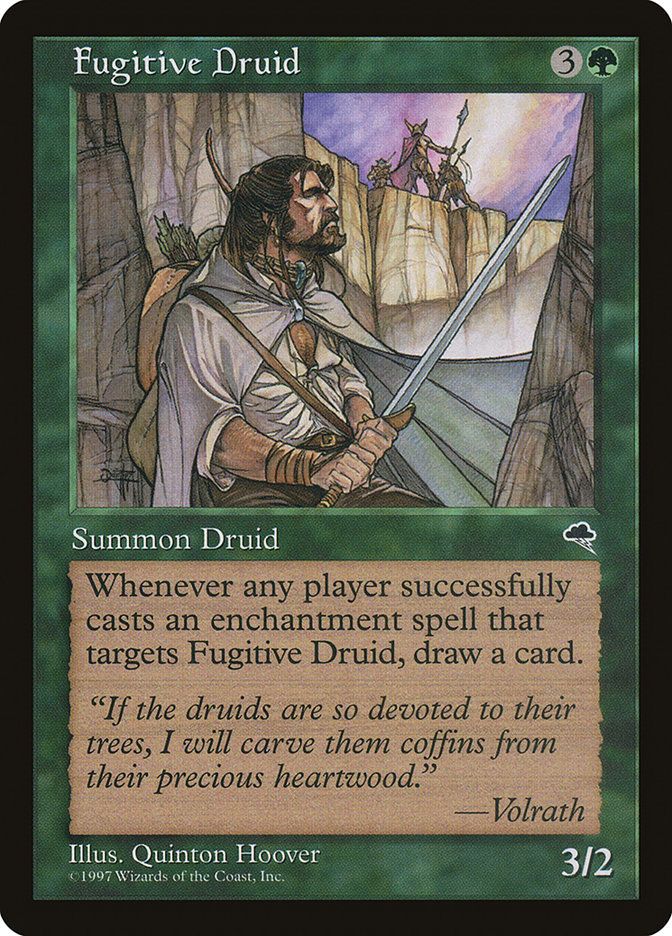
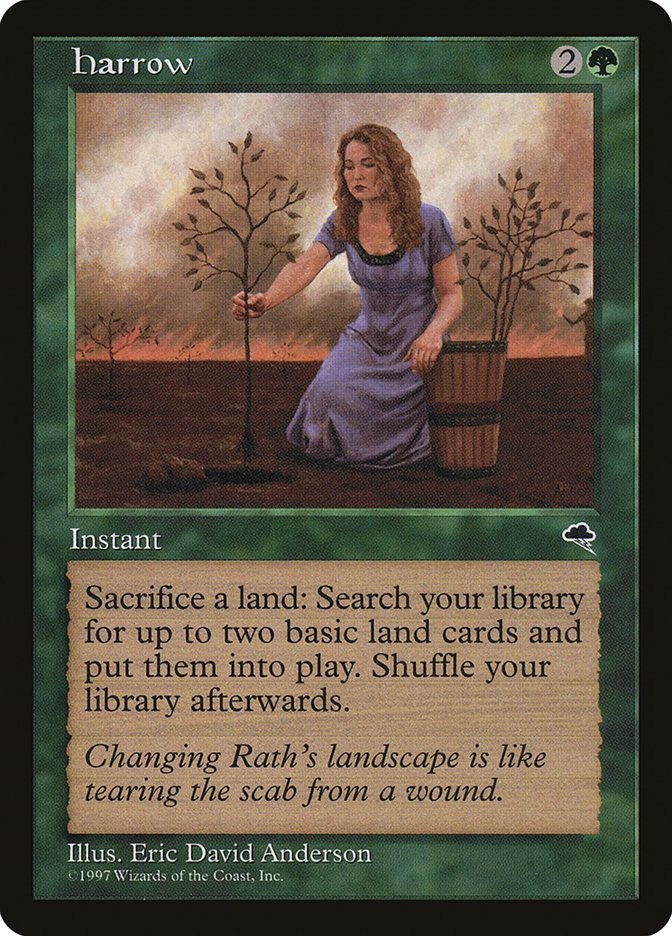
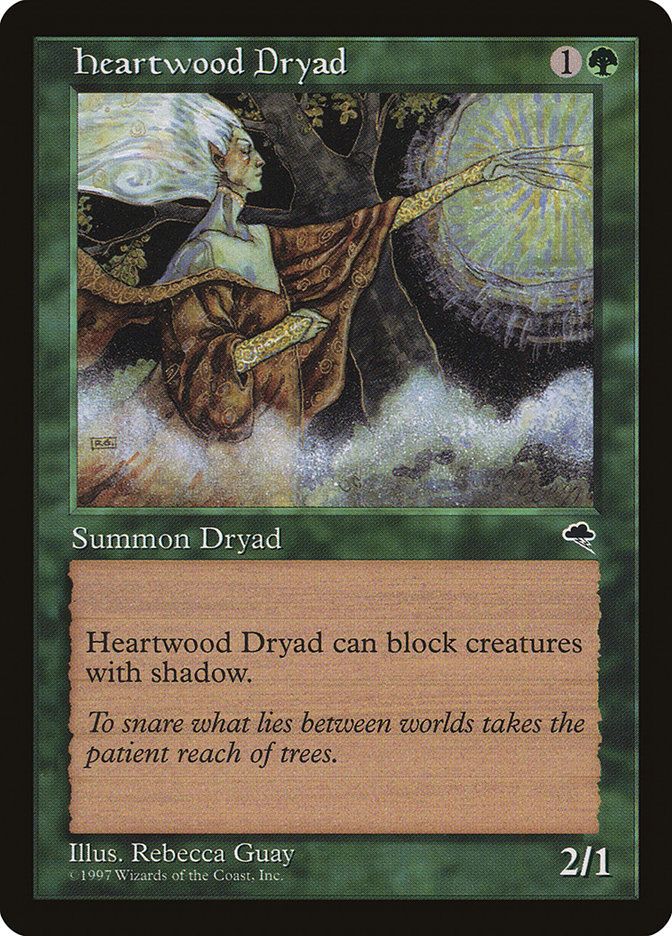
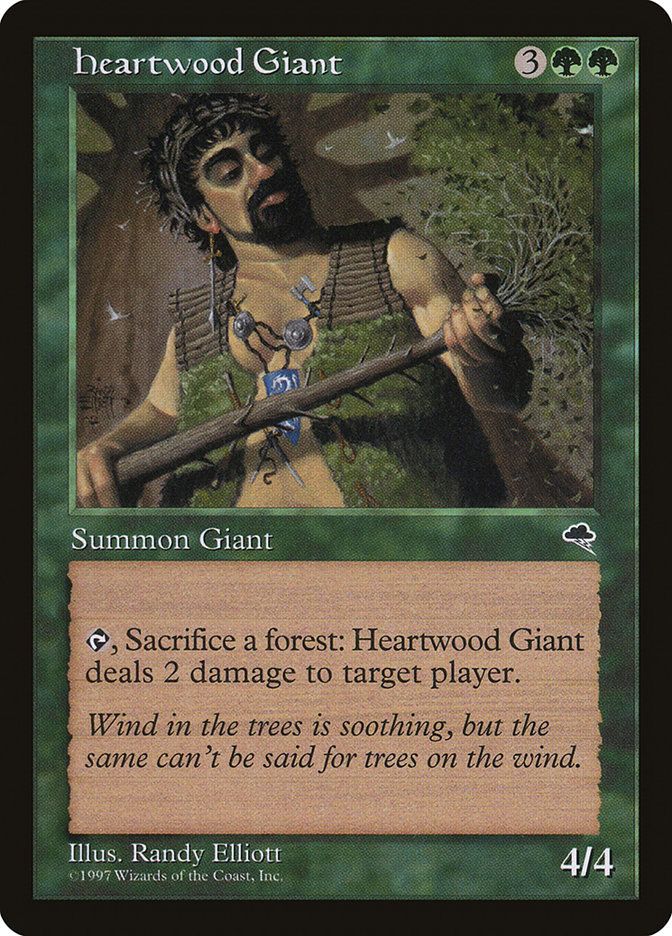
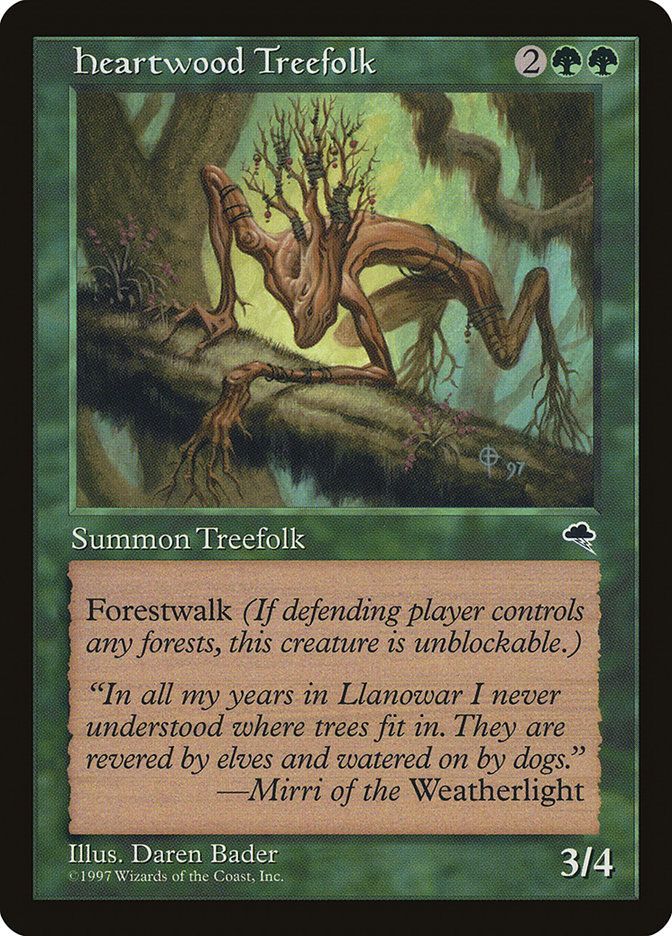
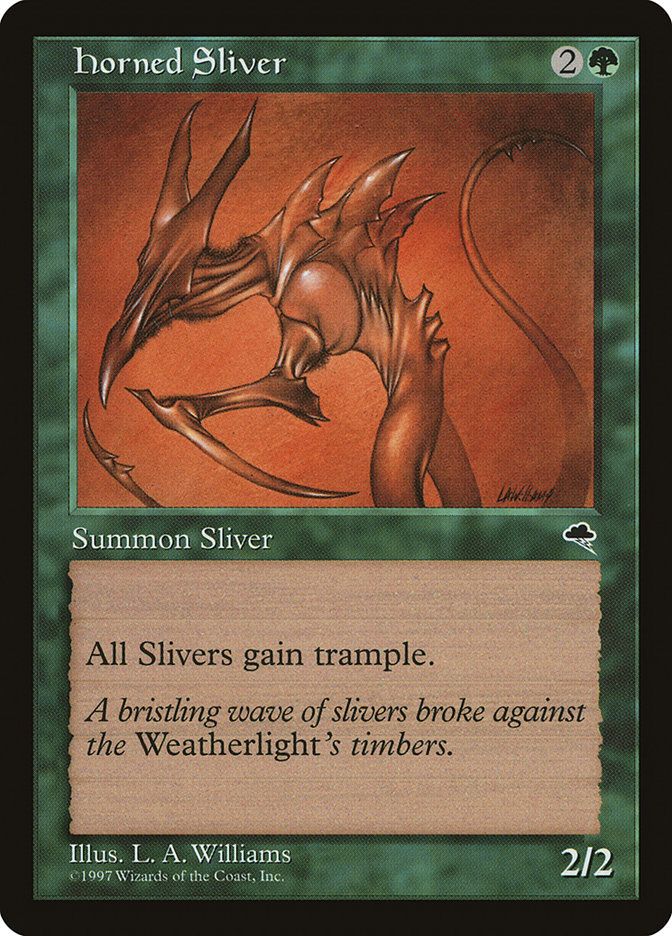
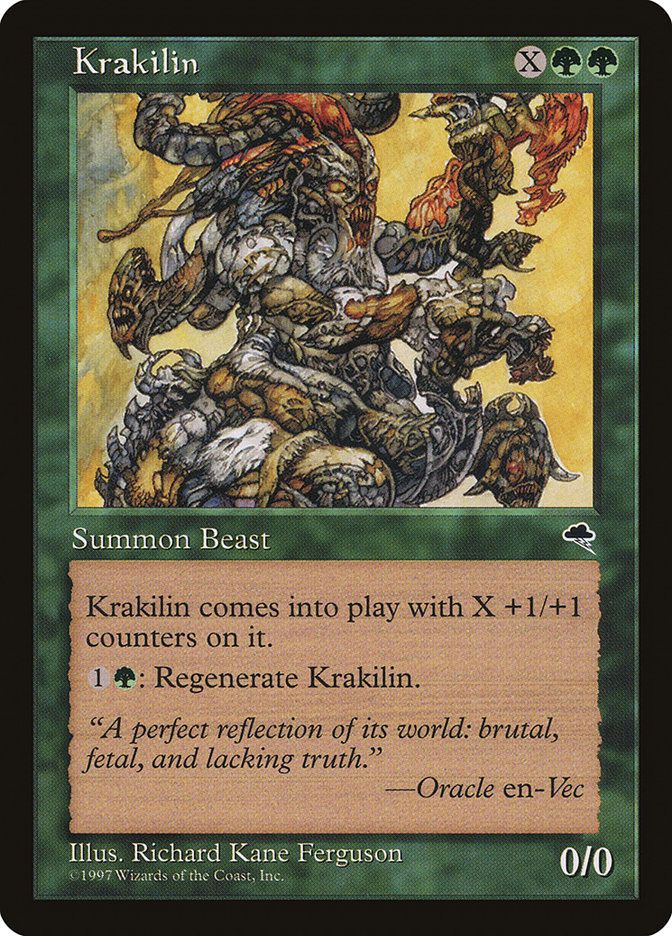
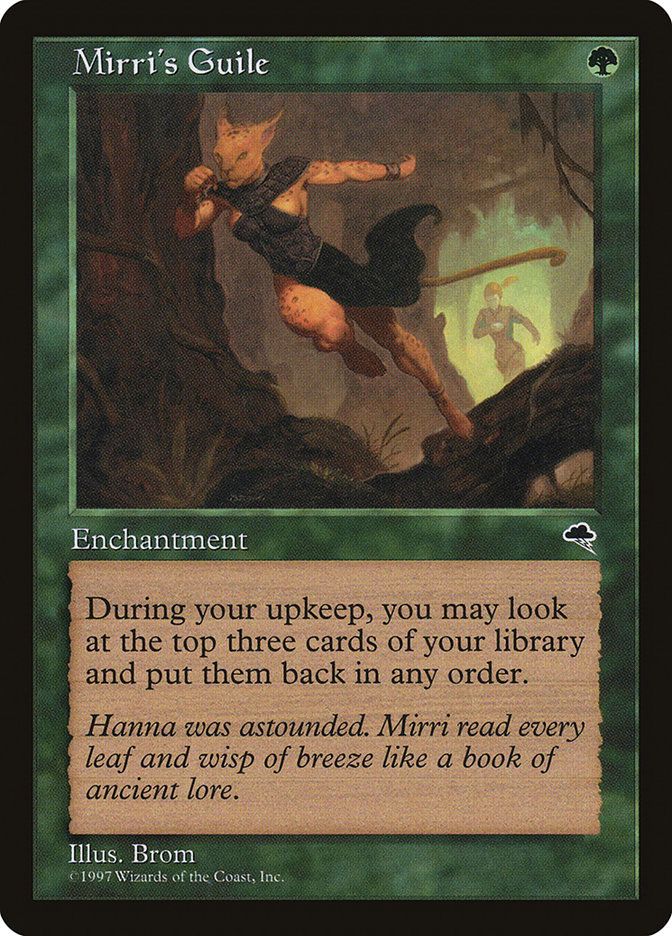


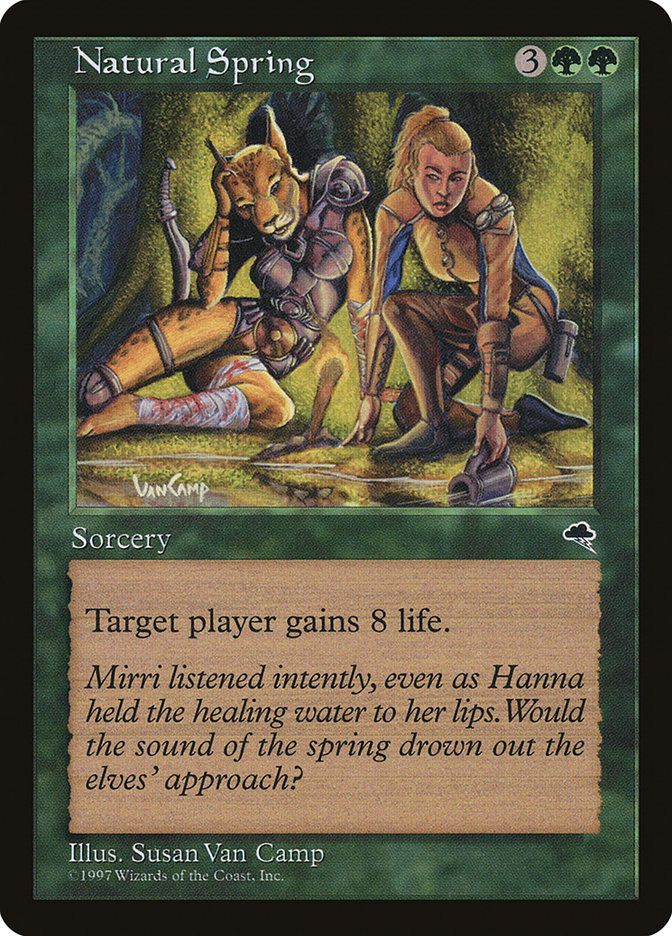
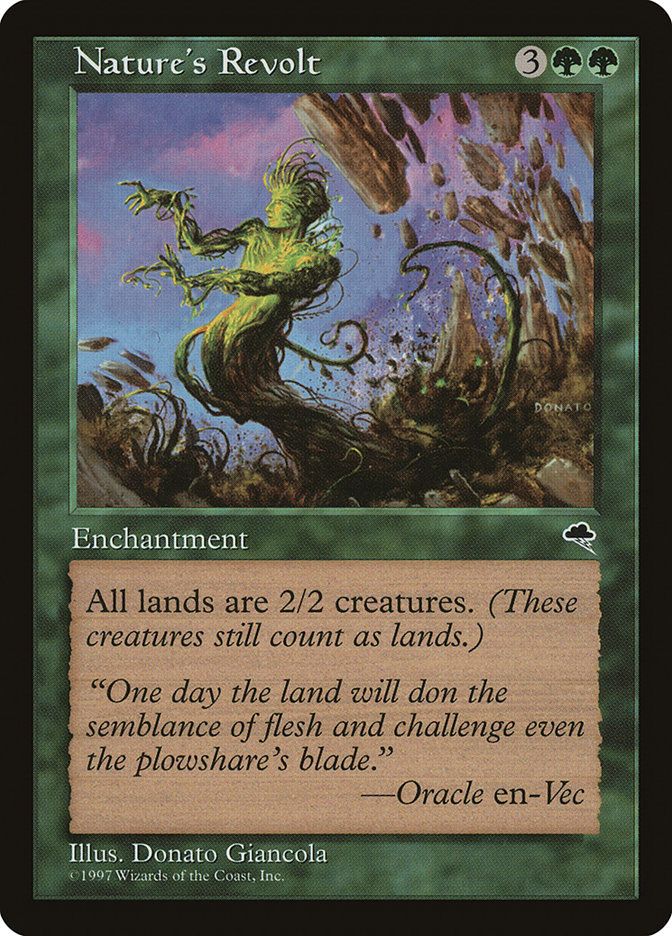
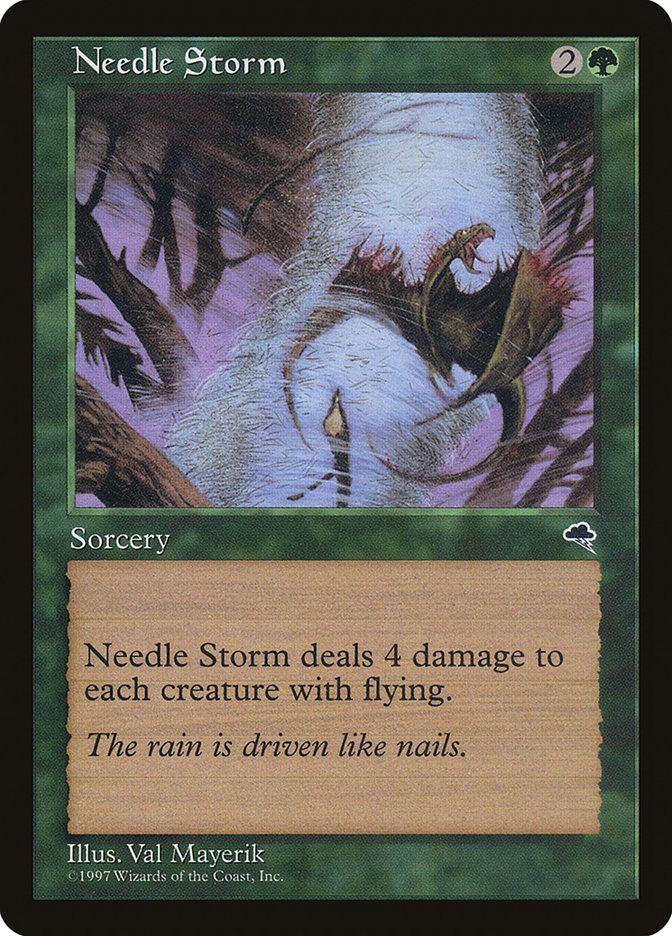
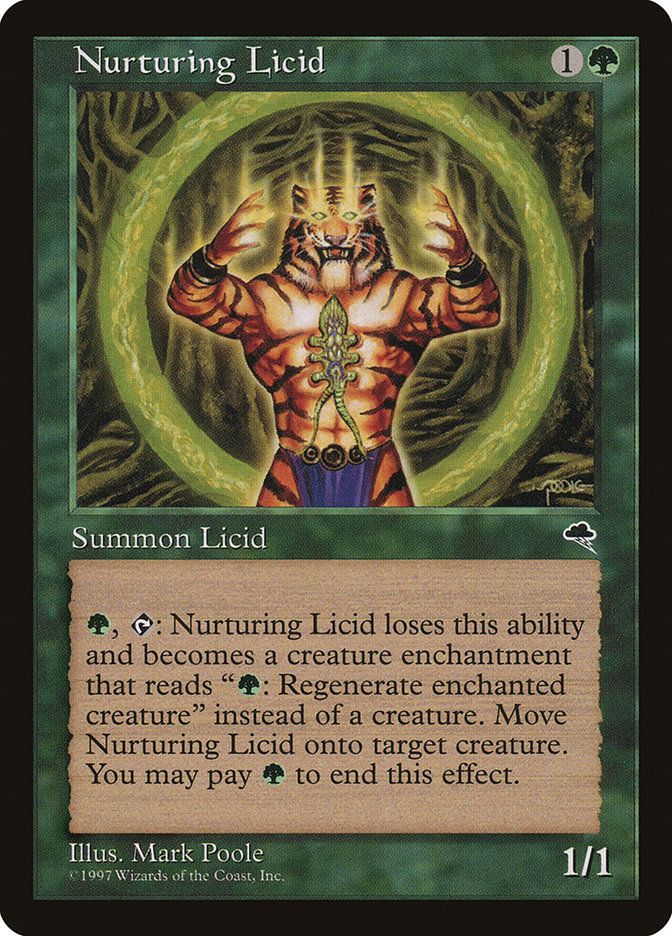
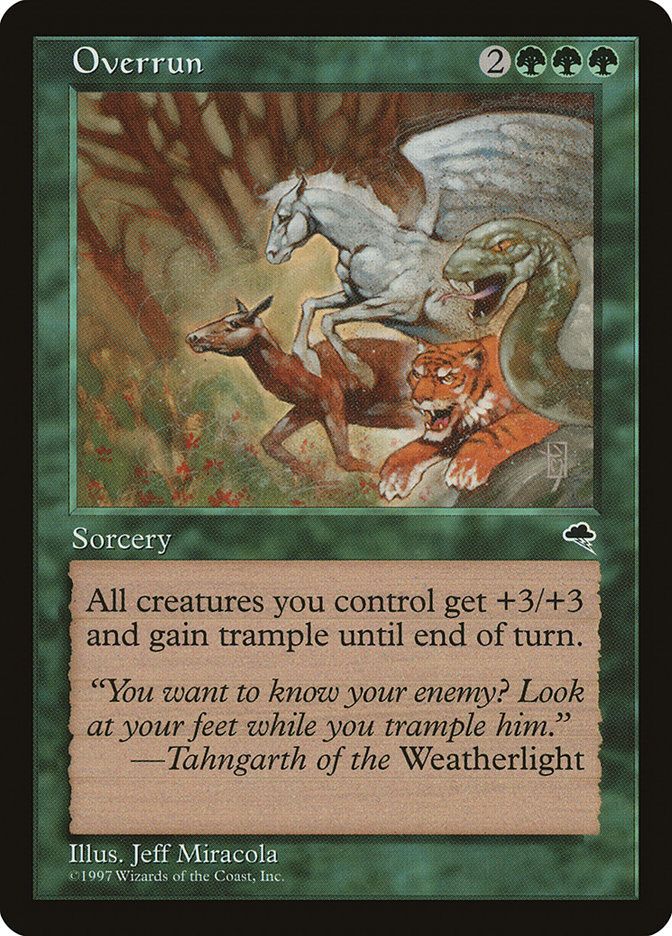
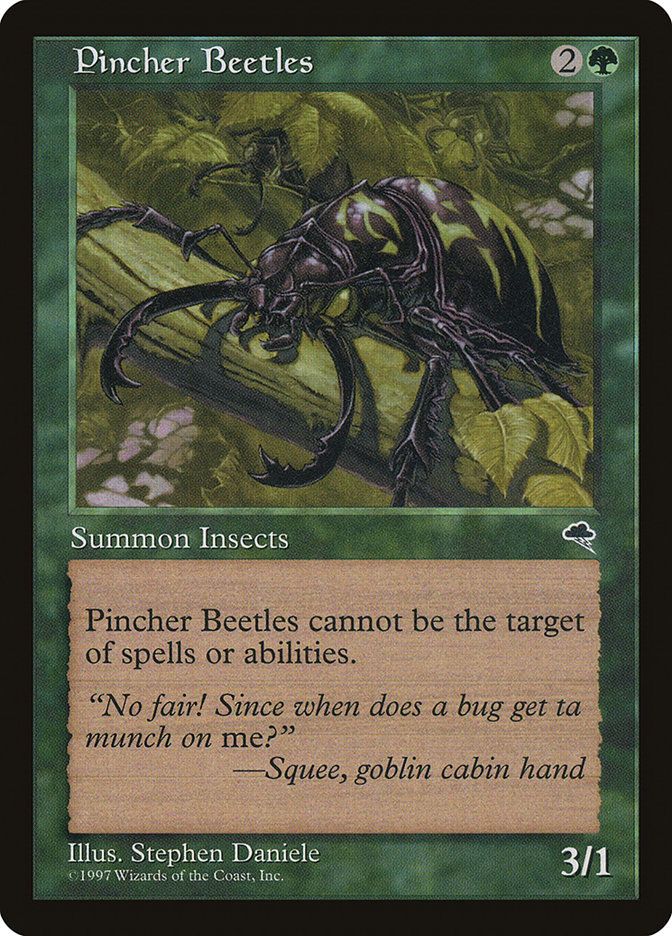
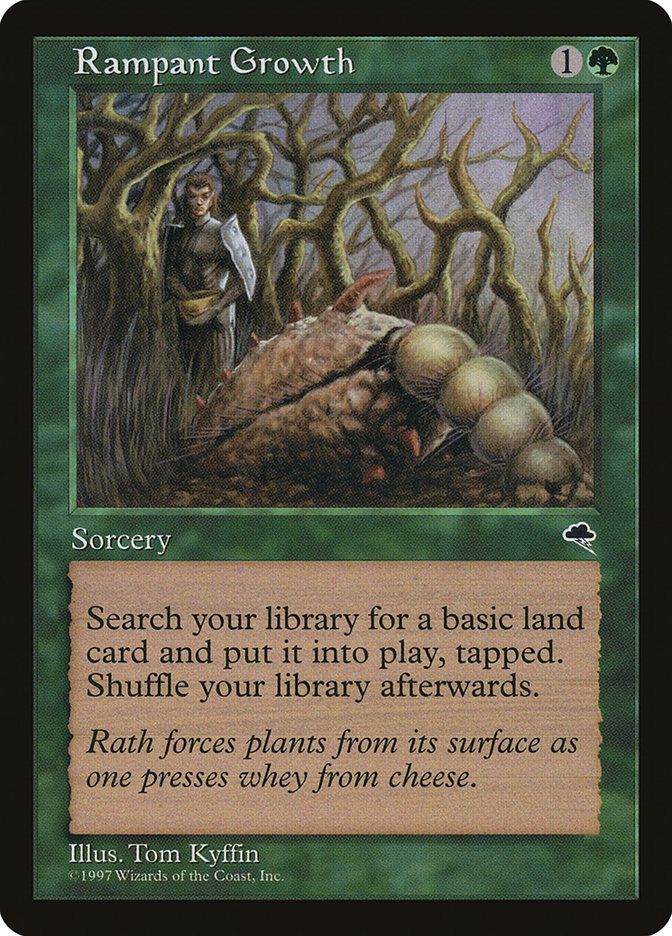
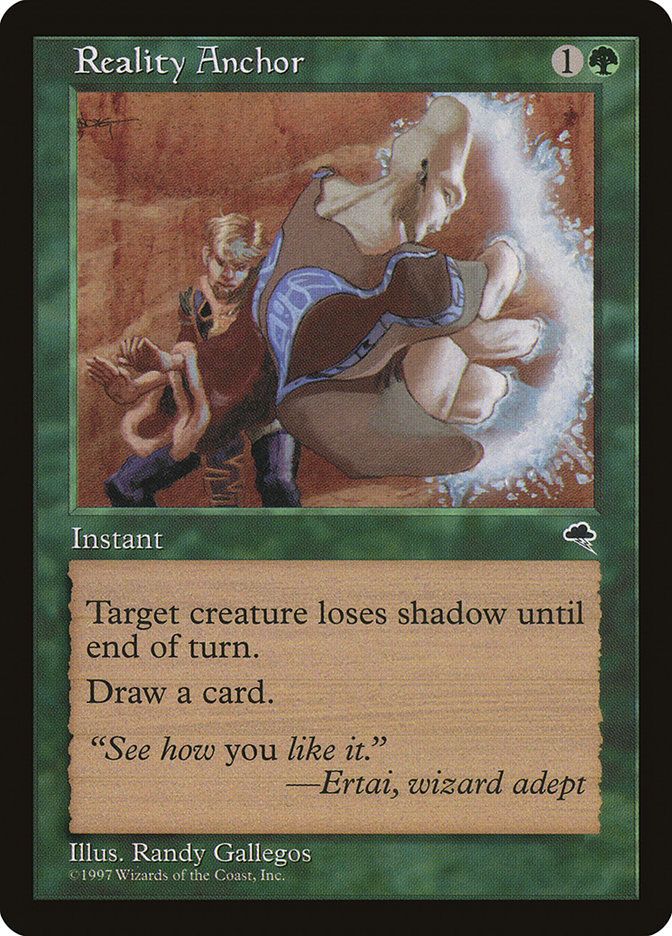
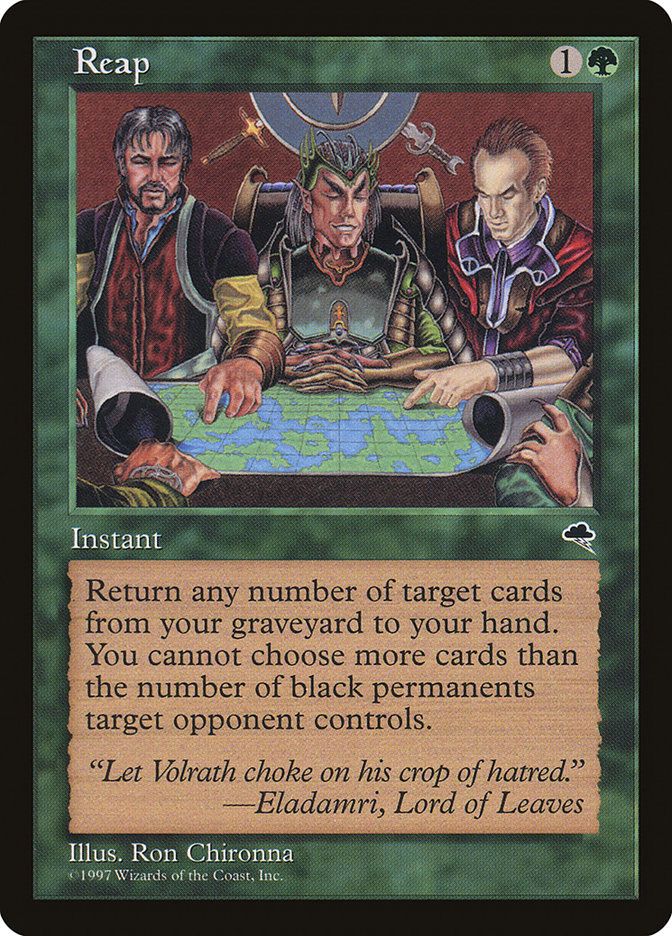
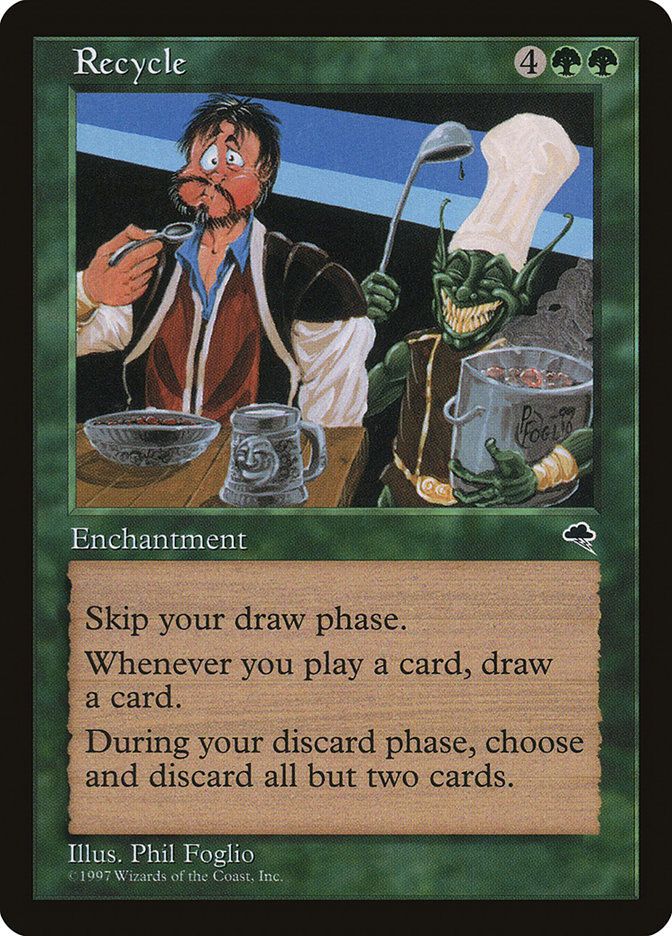
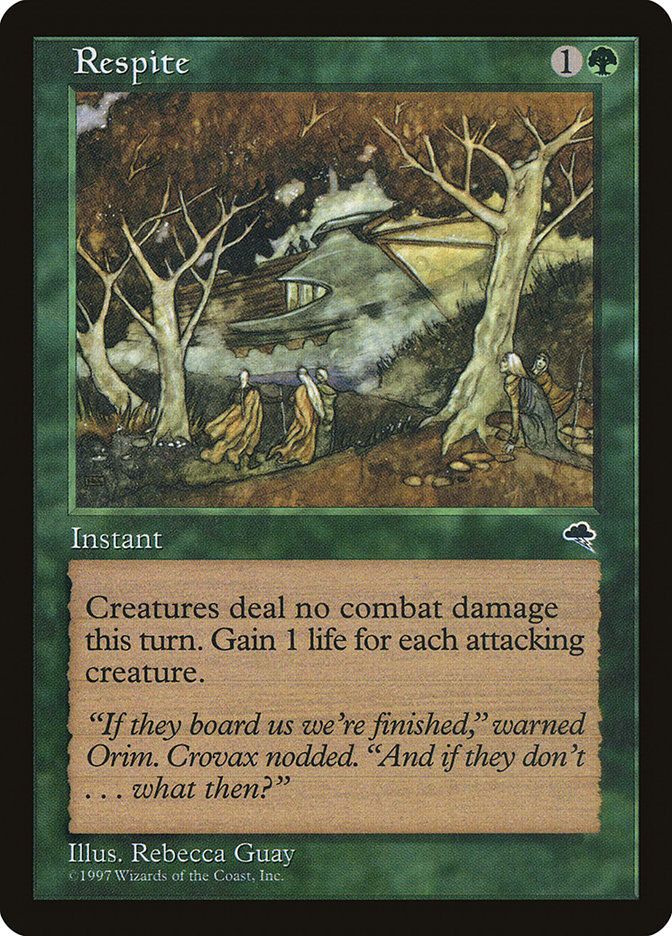
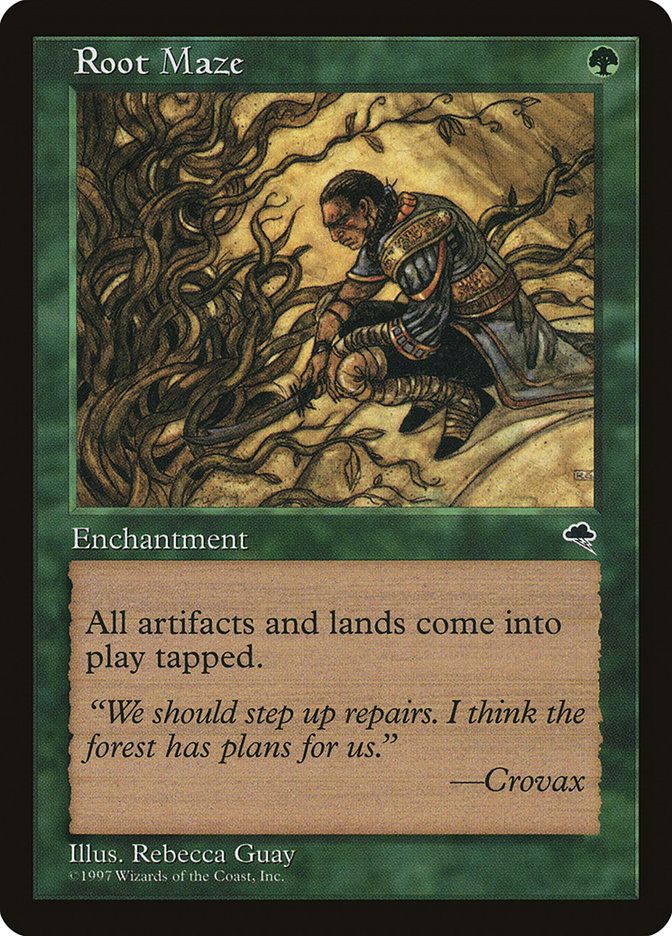
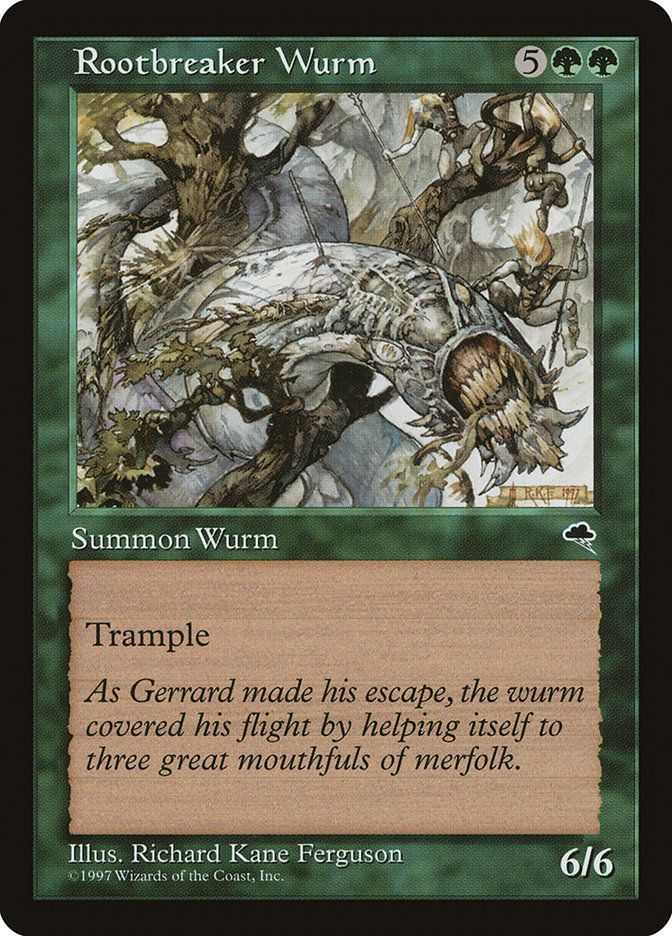
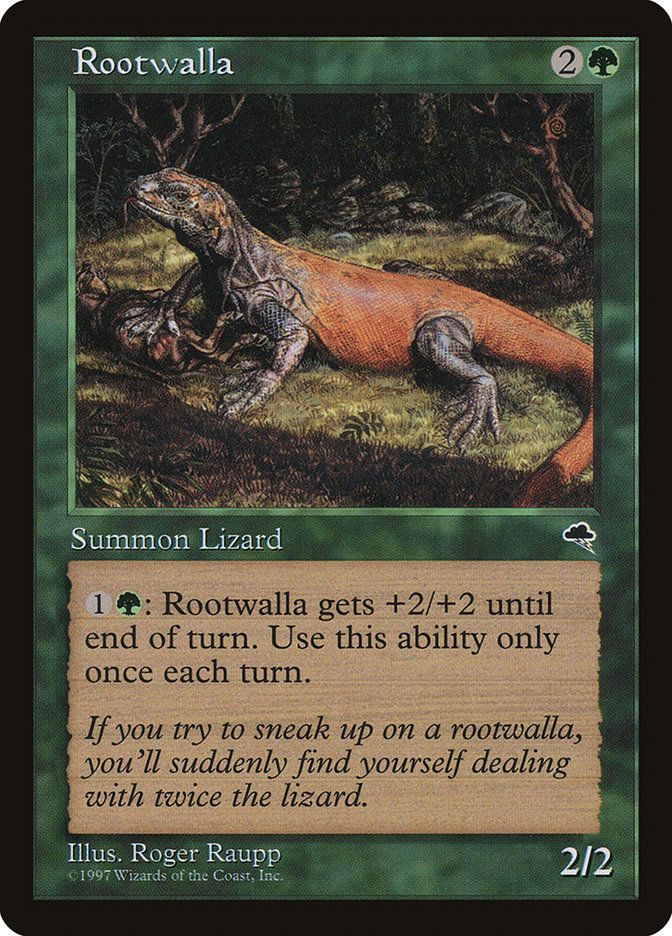
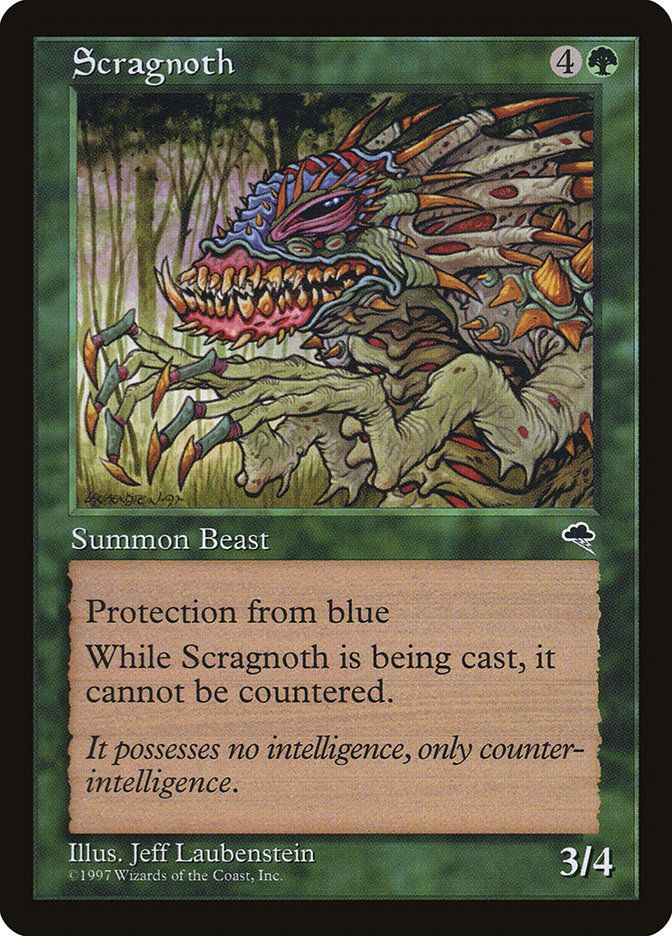
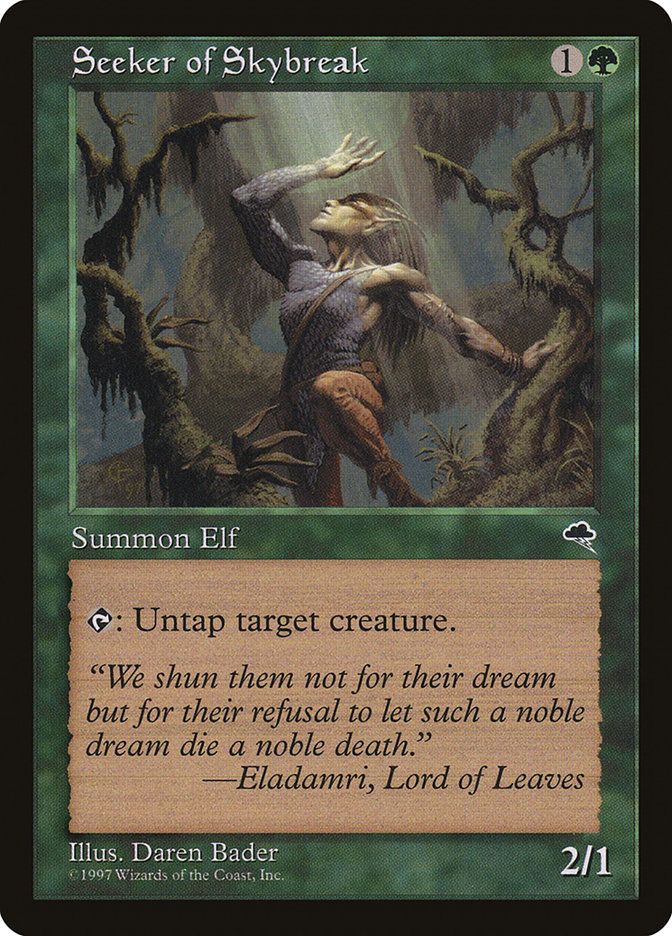
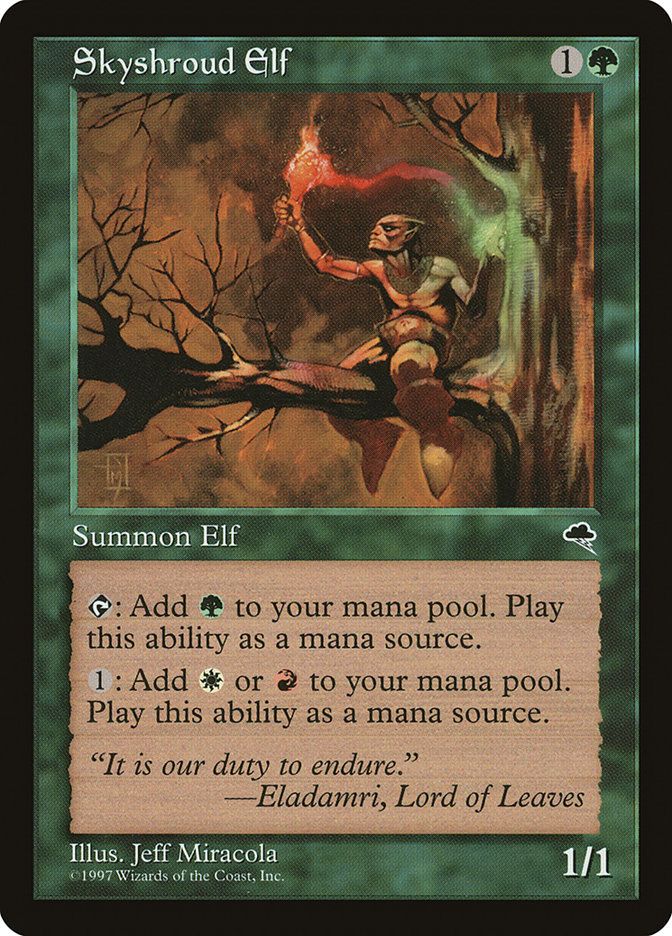
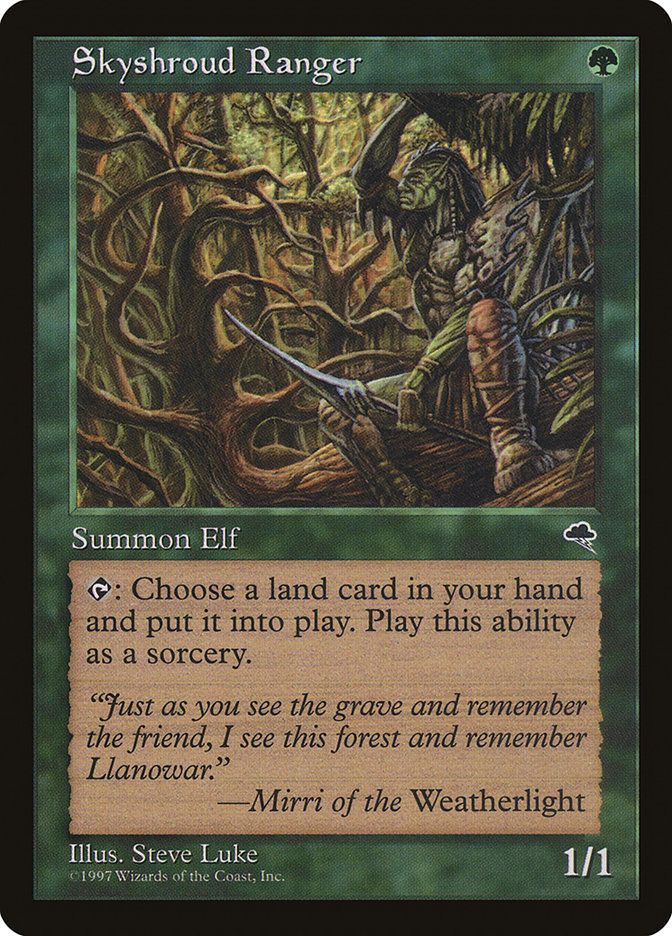
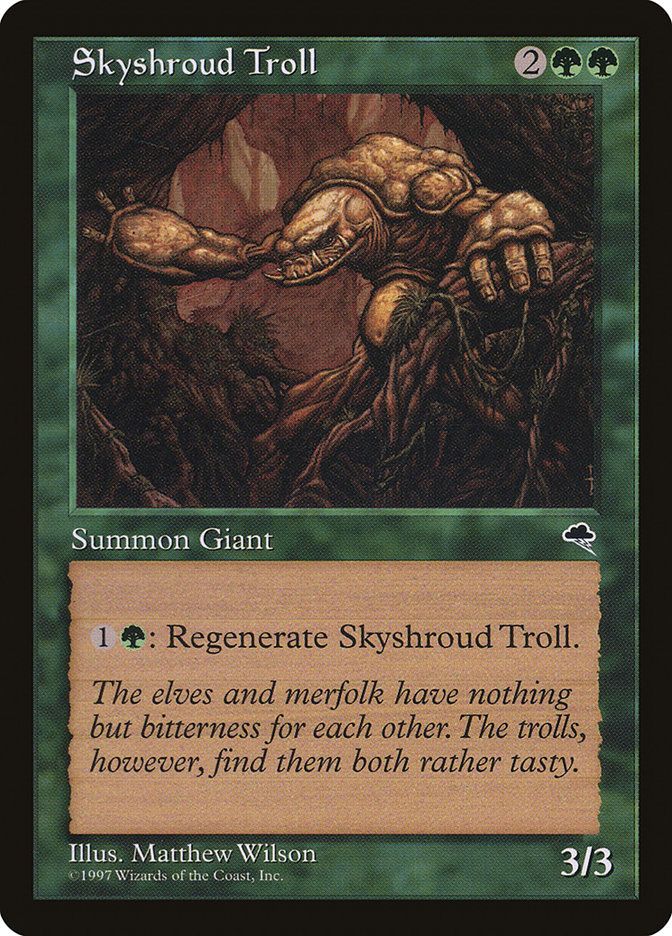
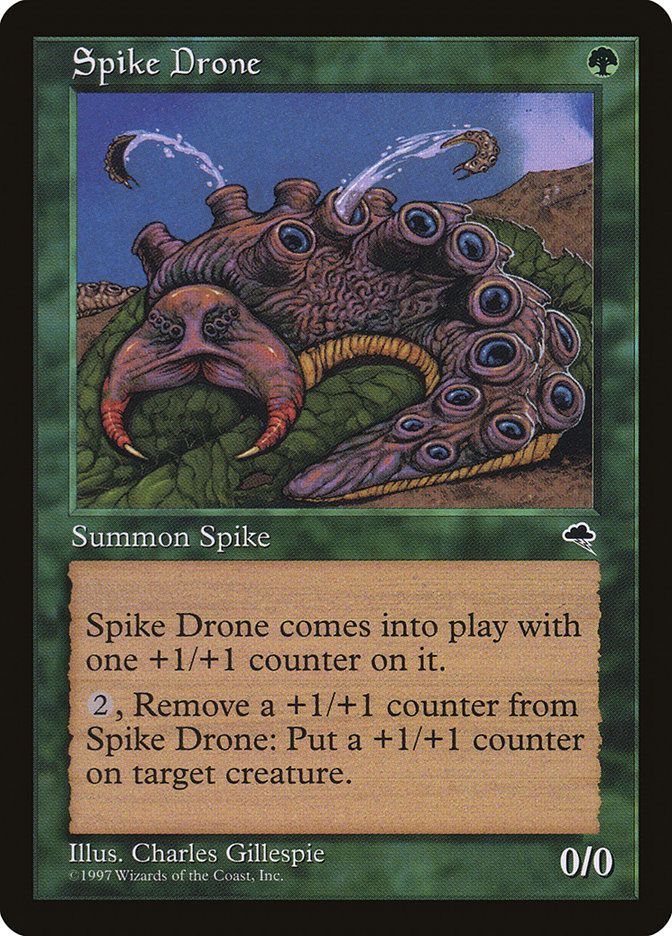
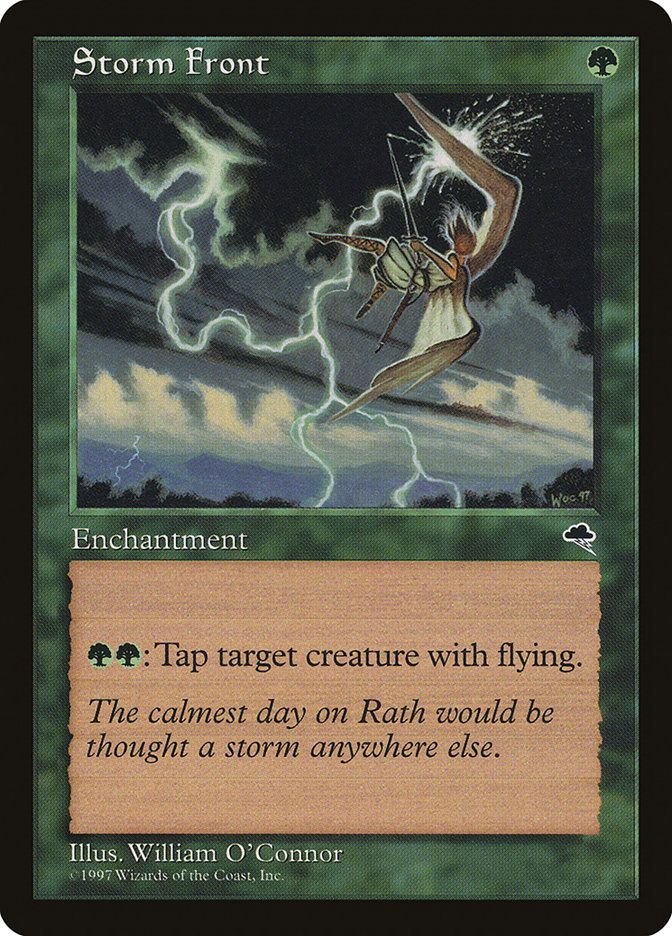
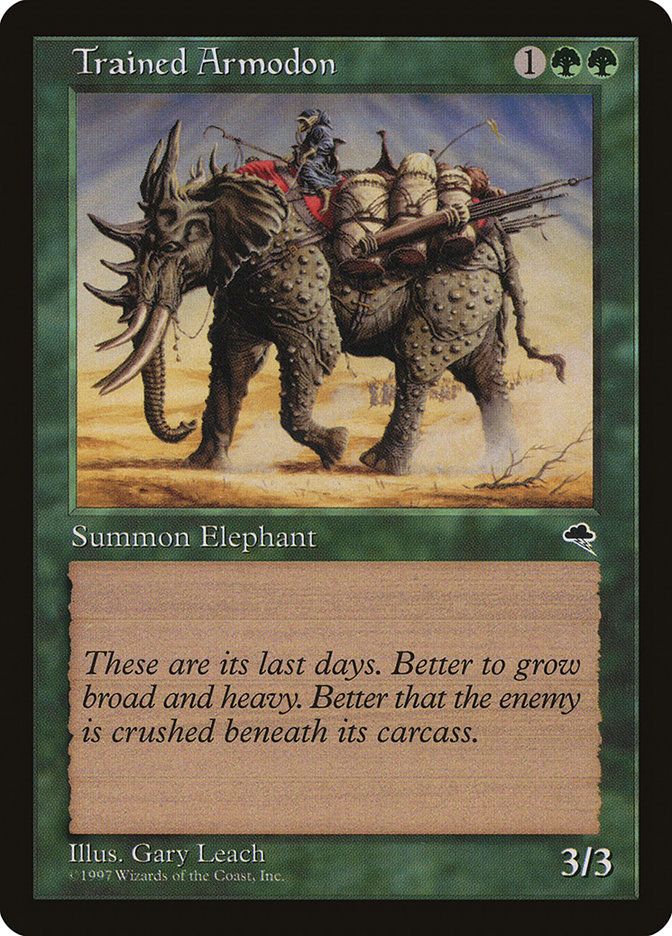
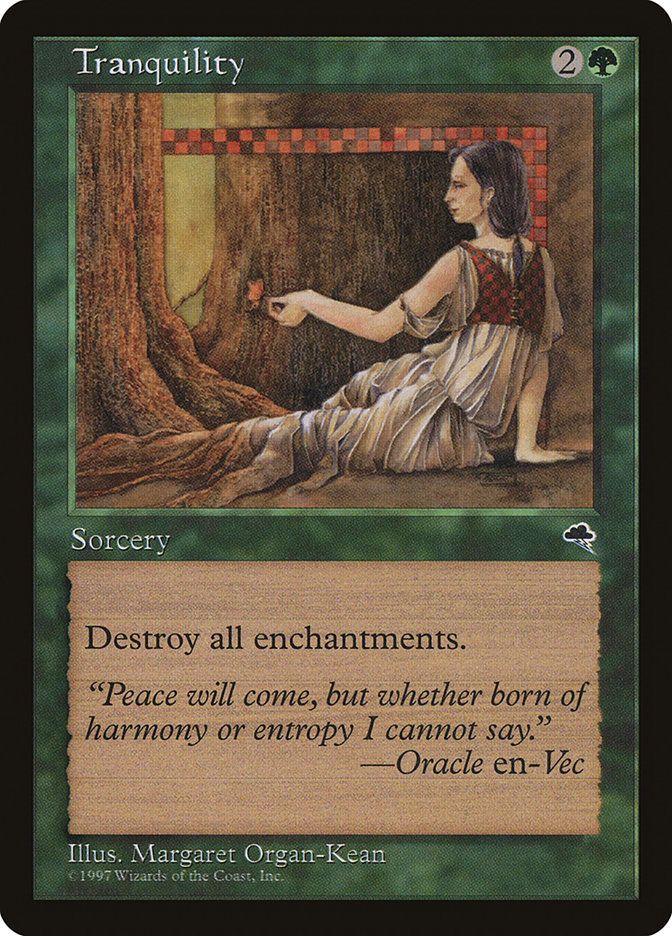
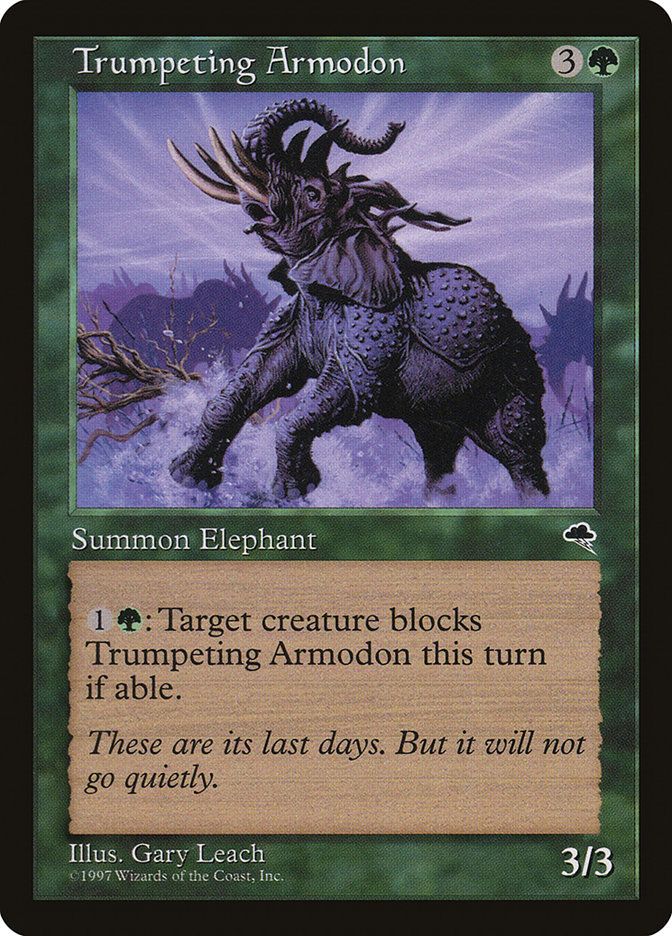
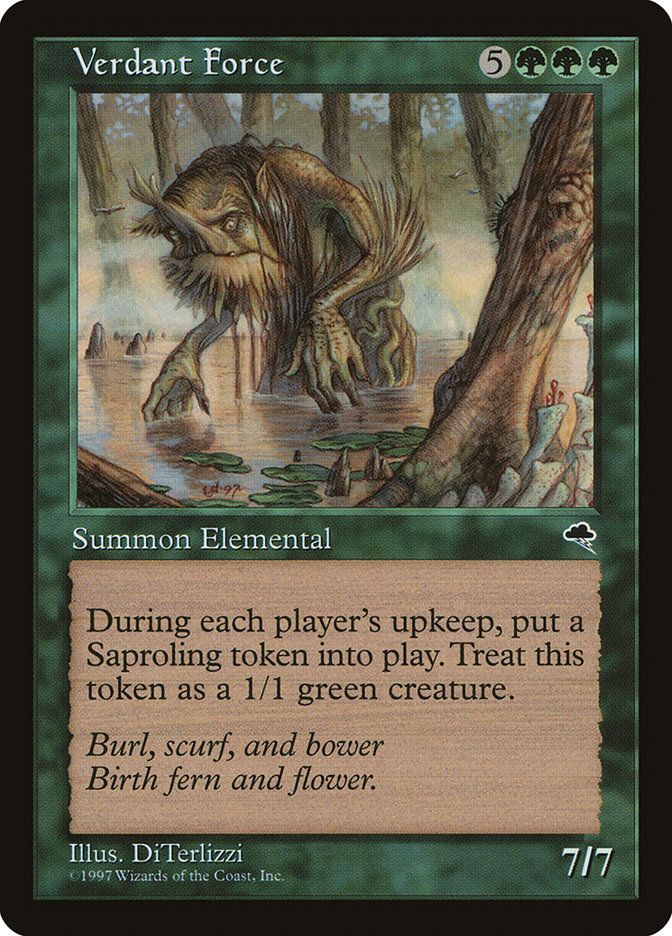
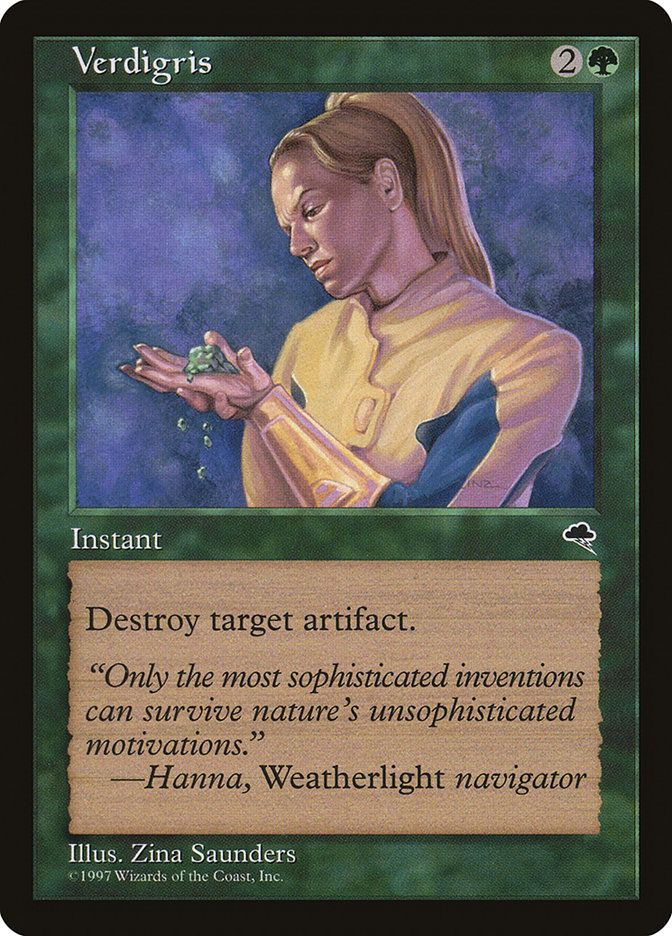
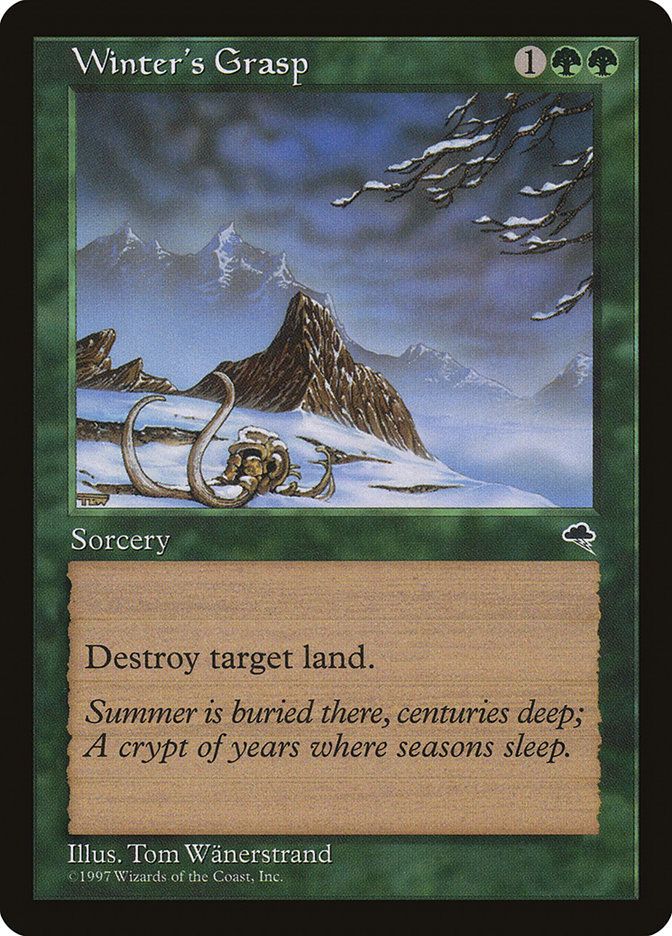
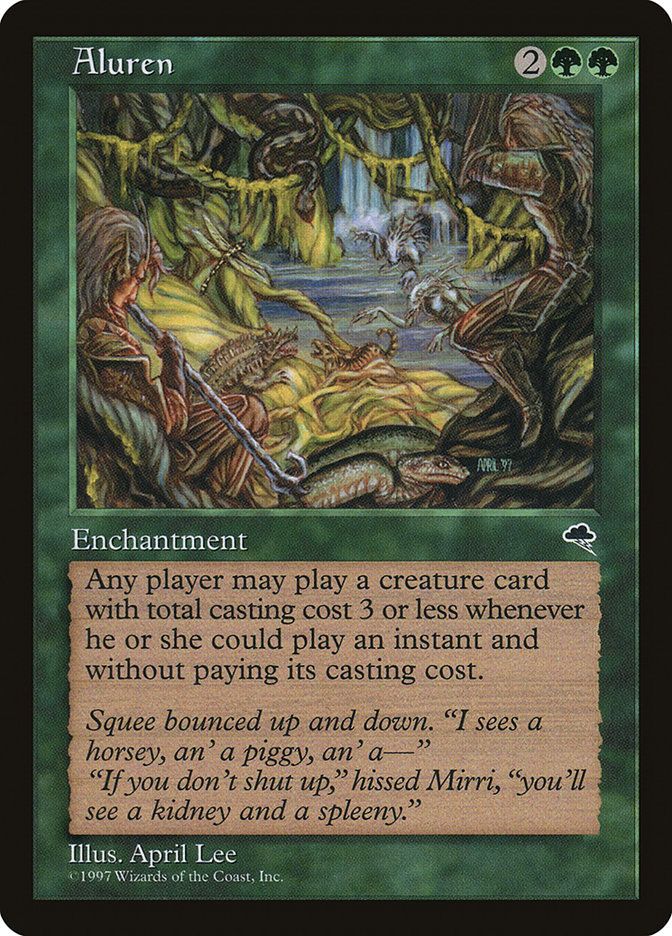
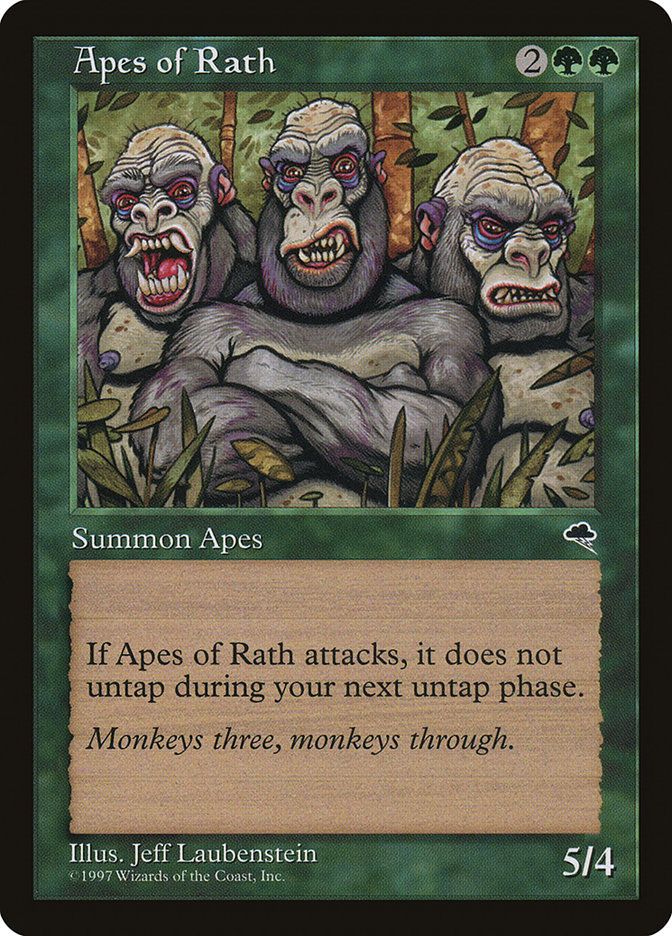
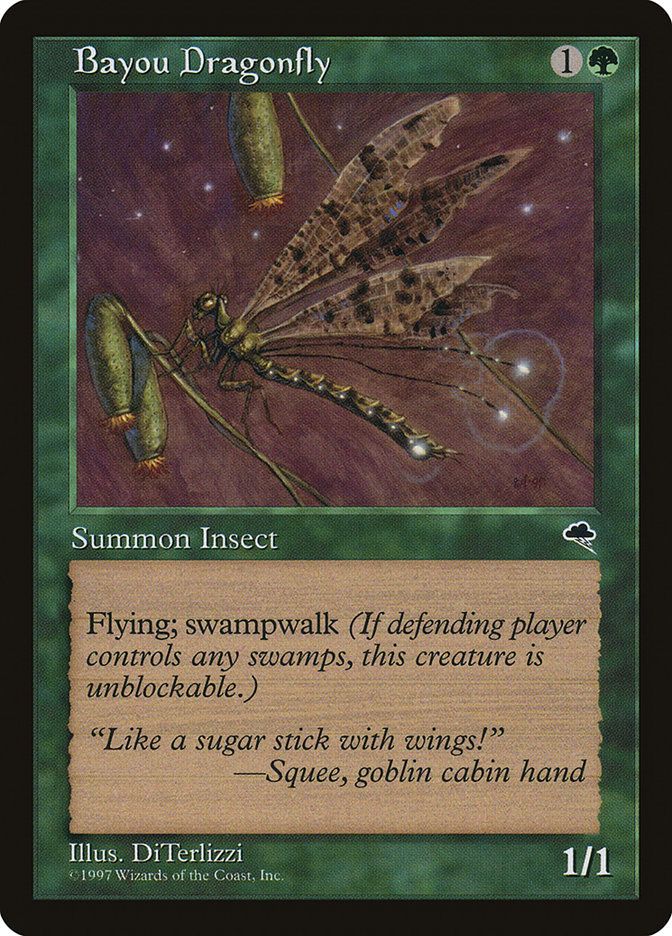
Multicolor
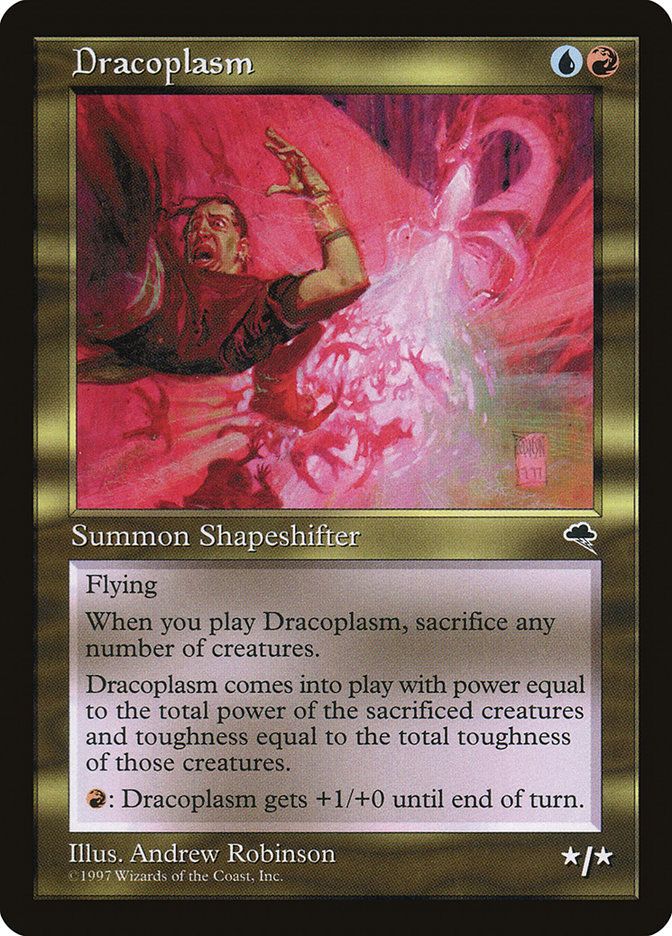
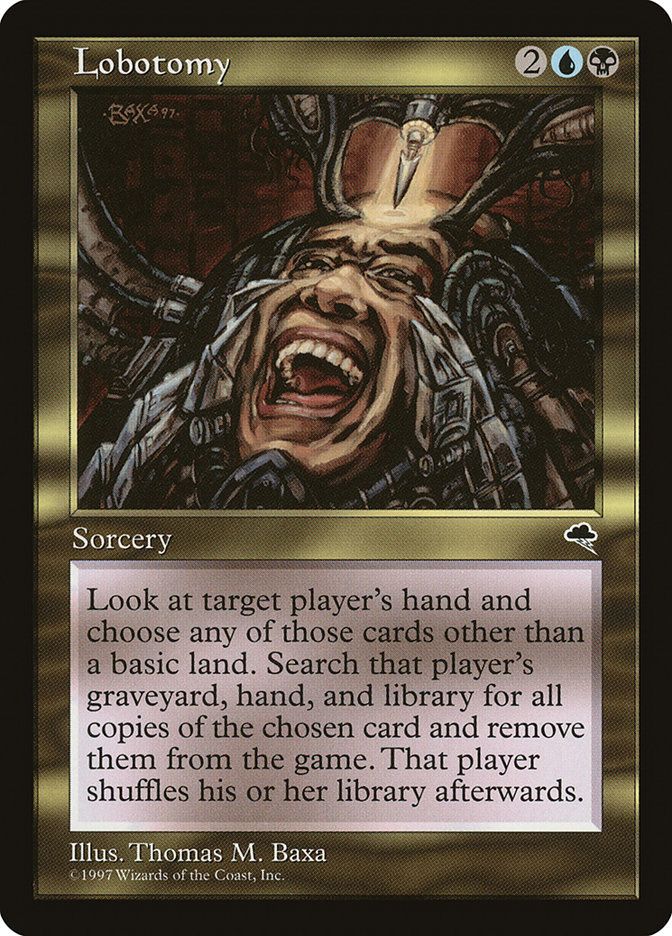
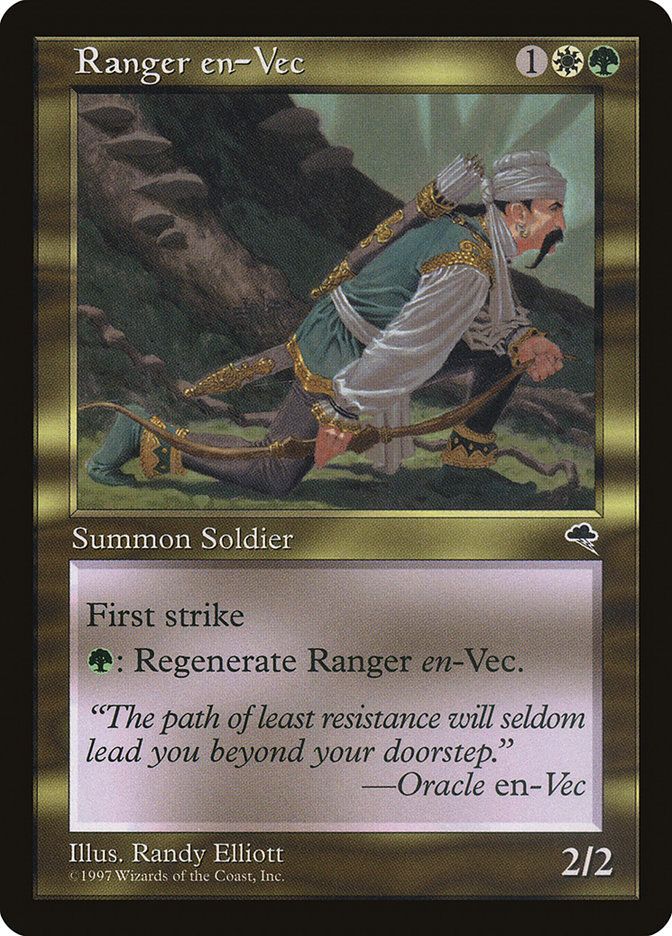
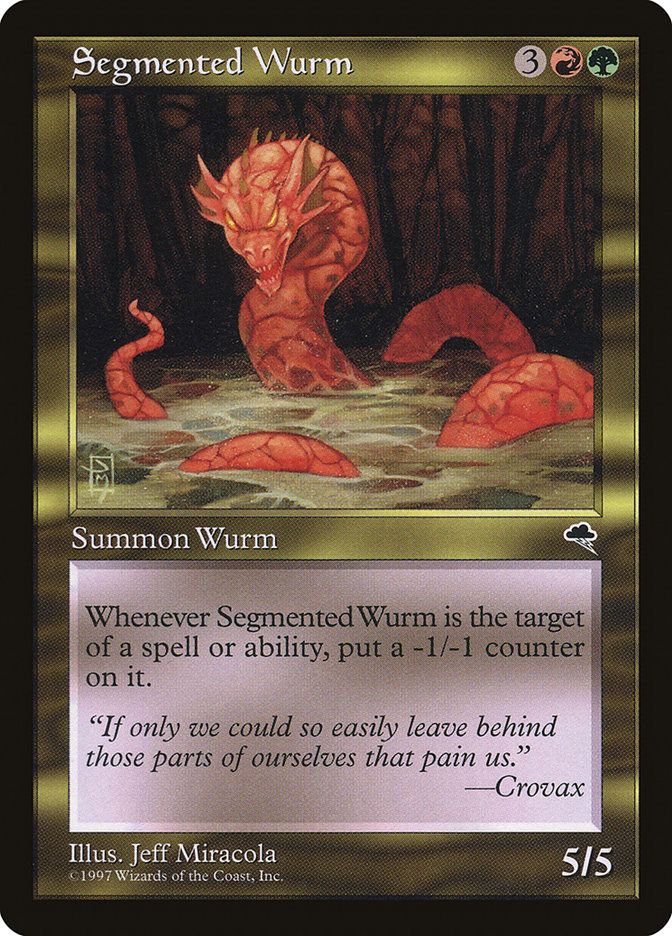
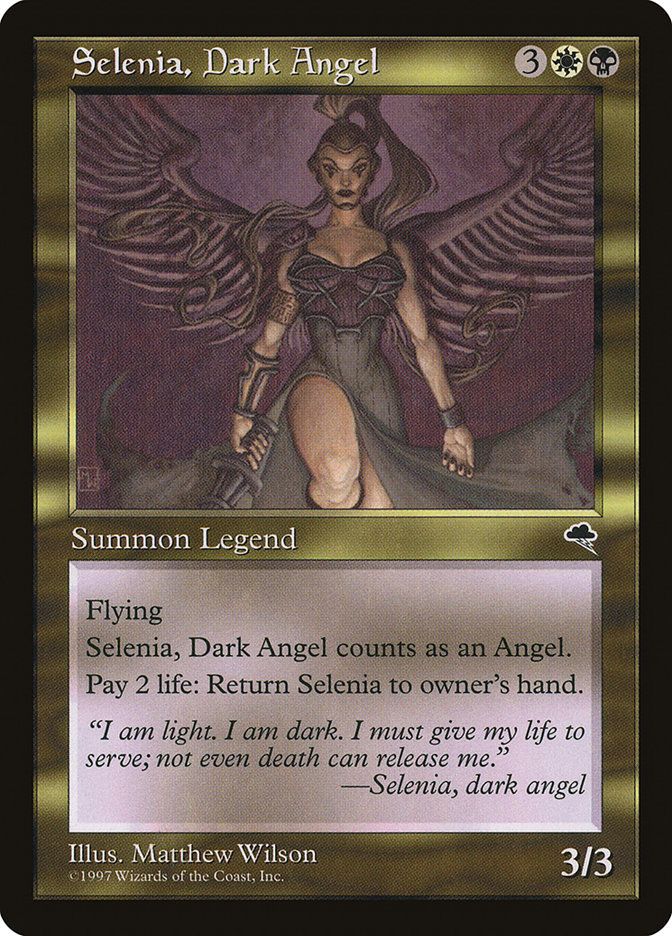
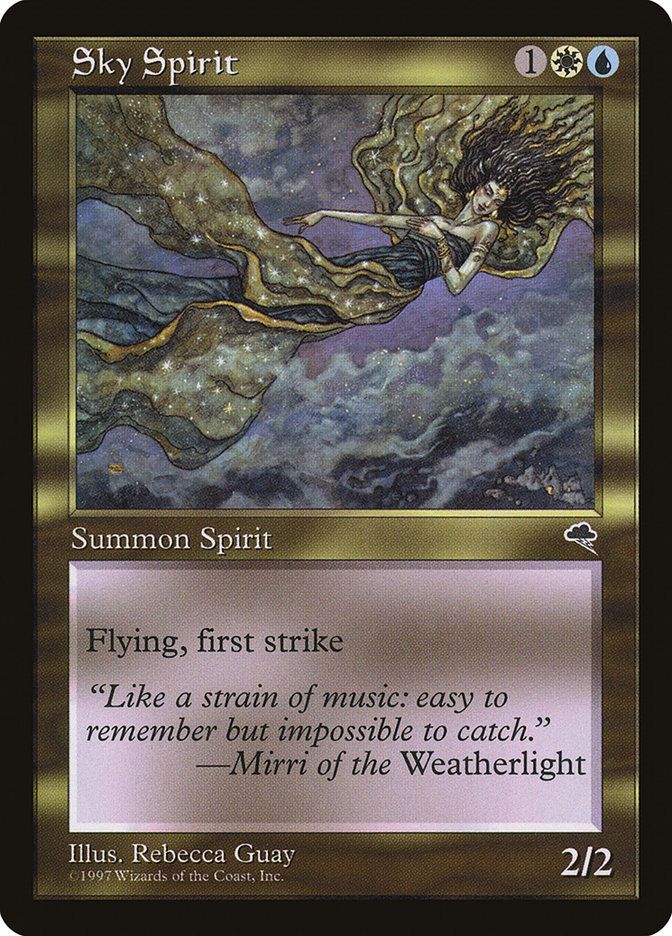
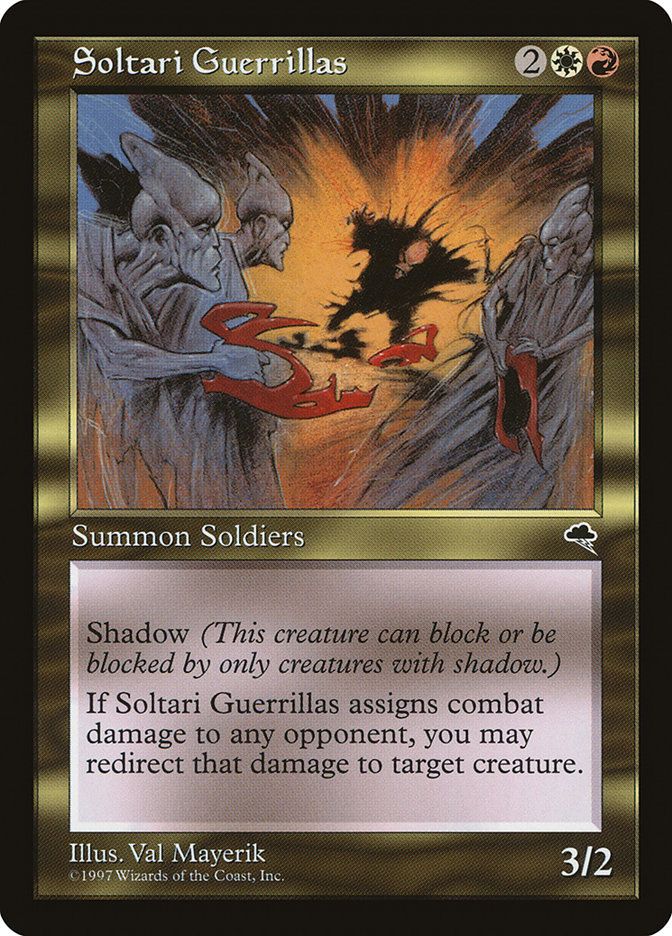
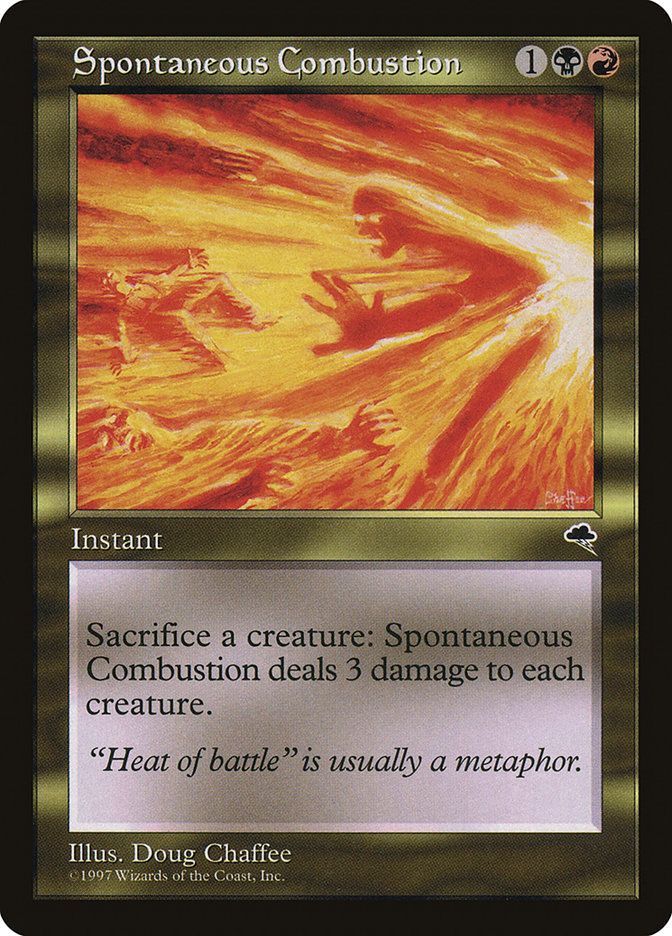
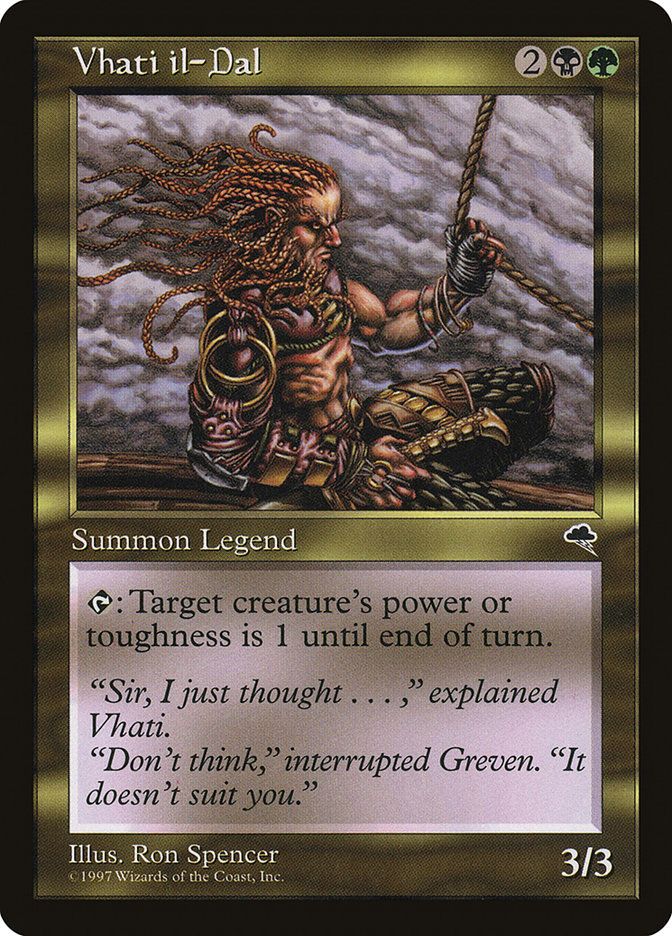
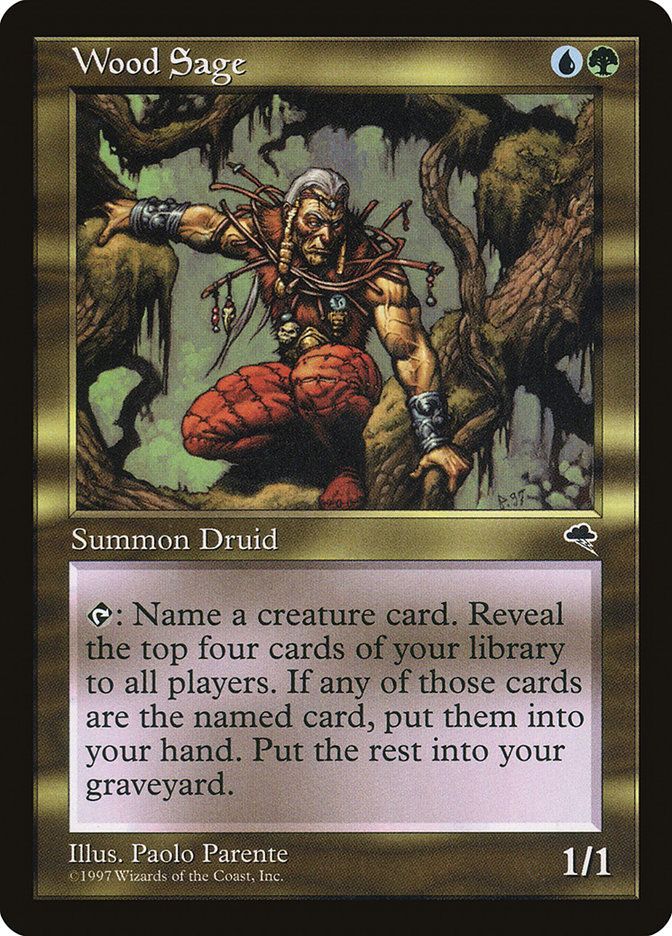
Colorless
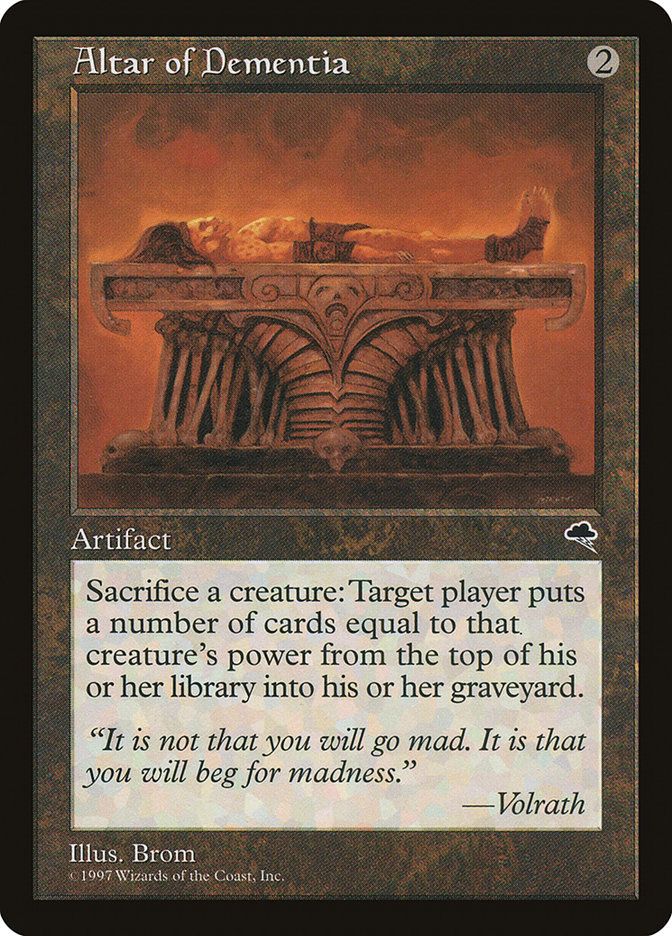
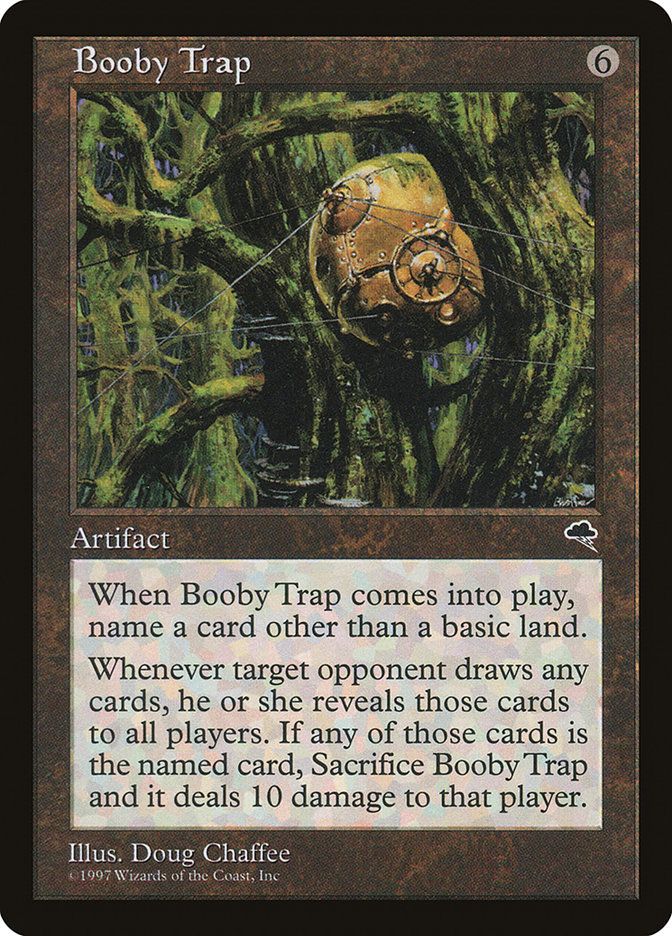
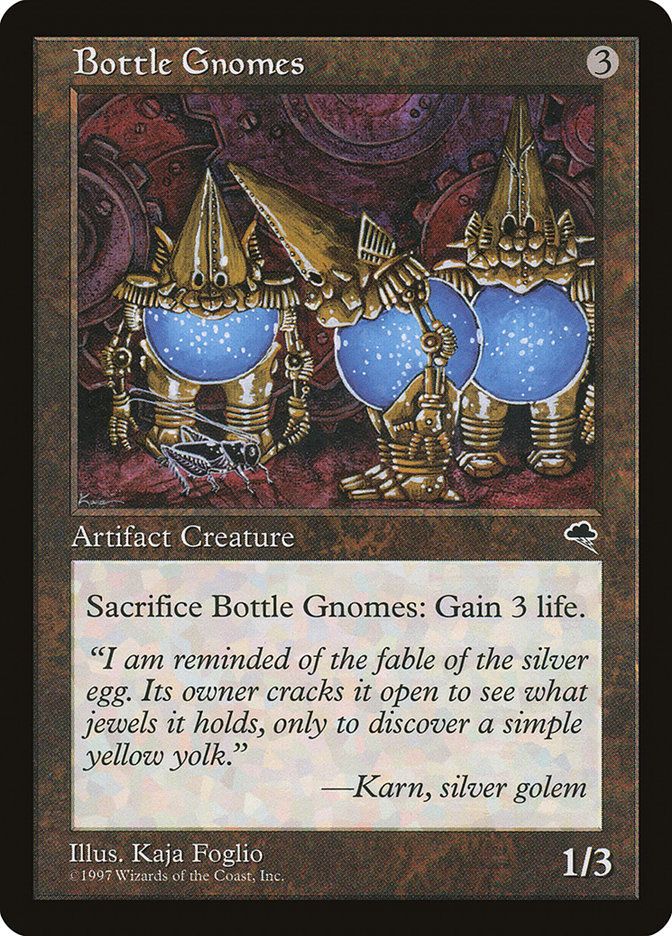
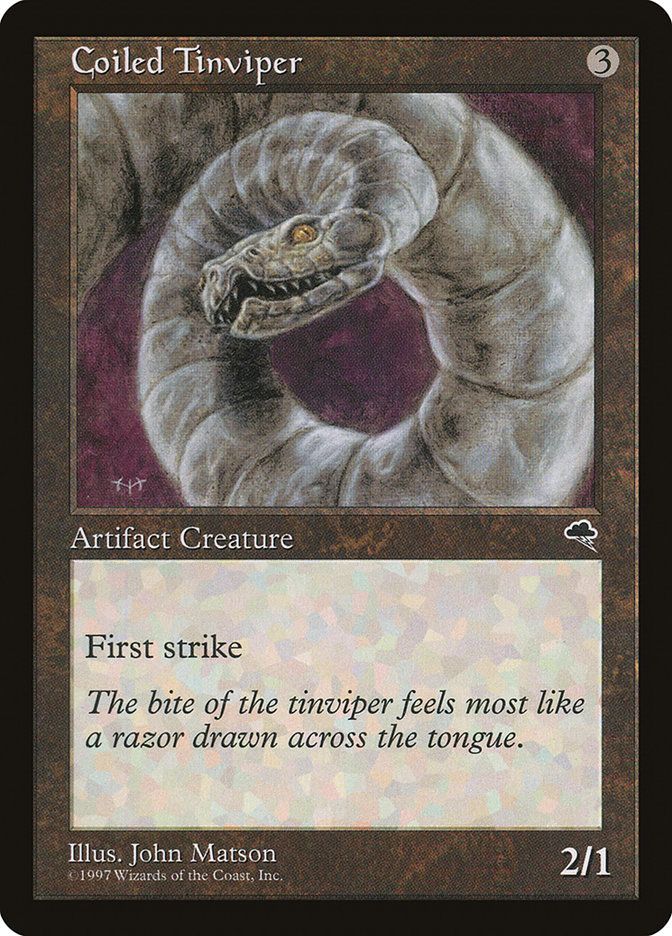
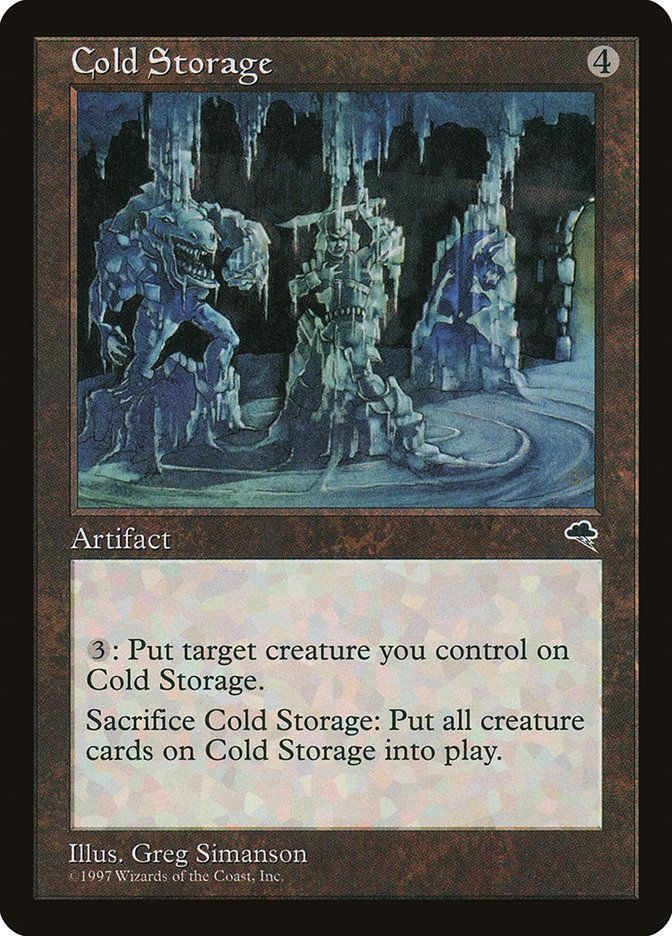
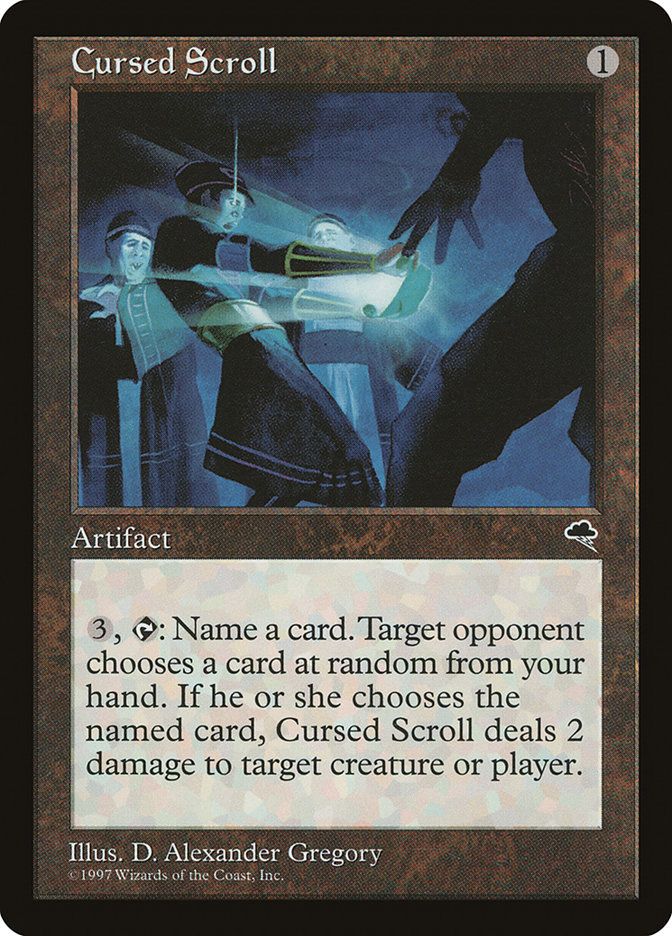
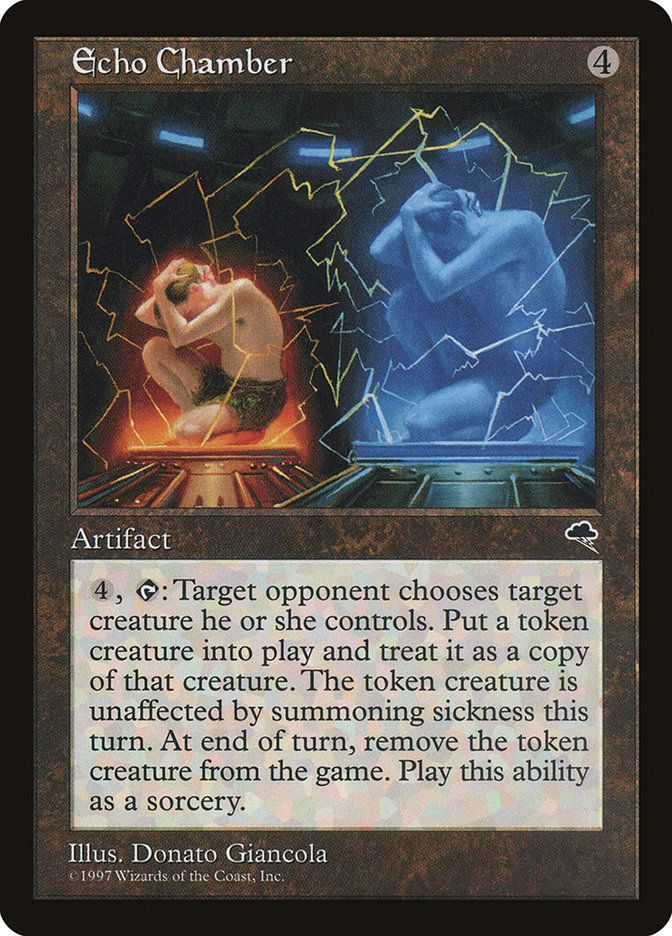
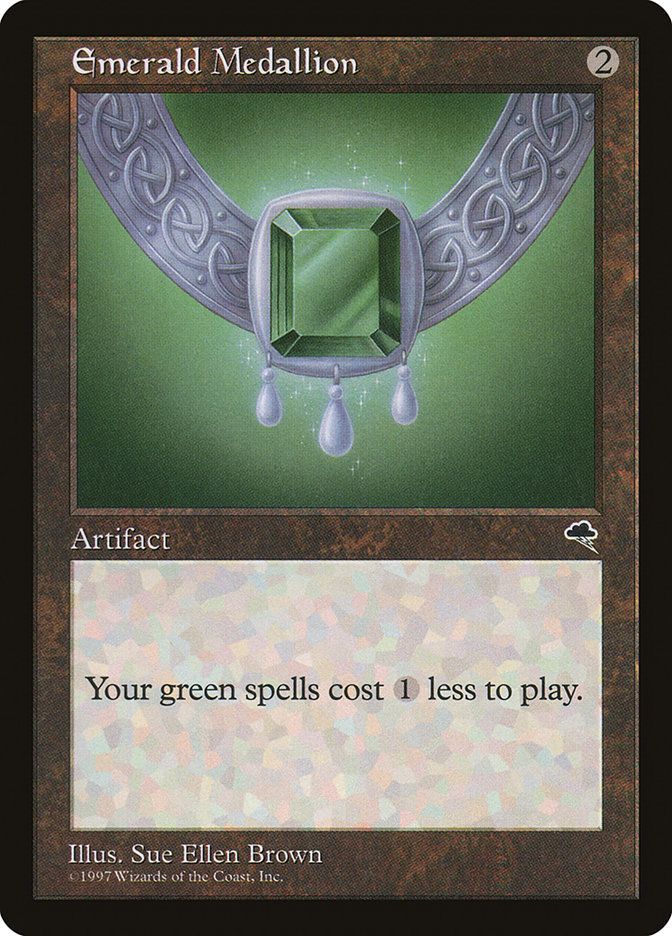
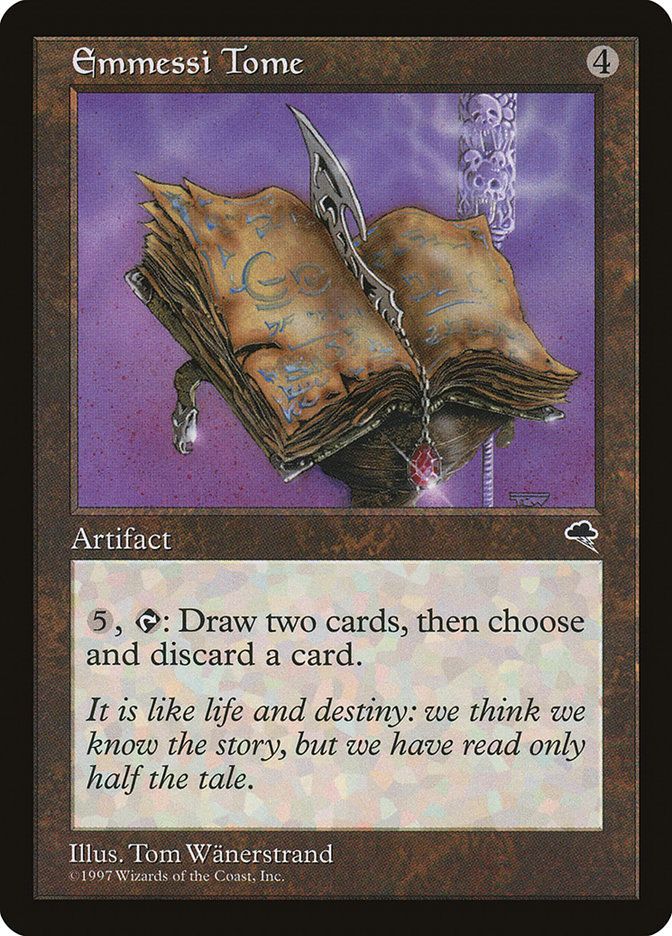
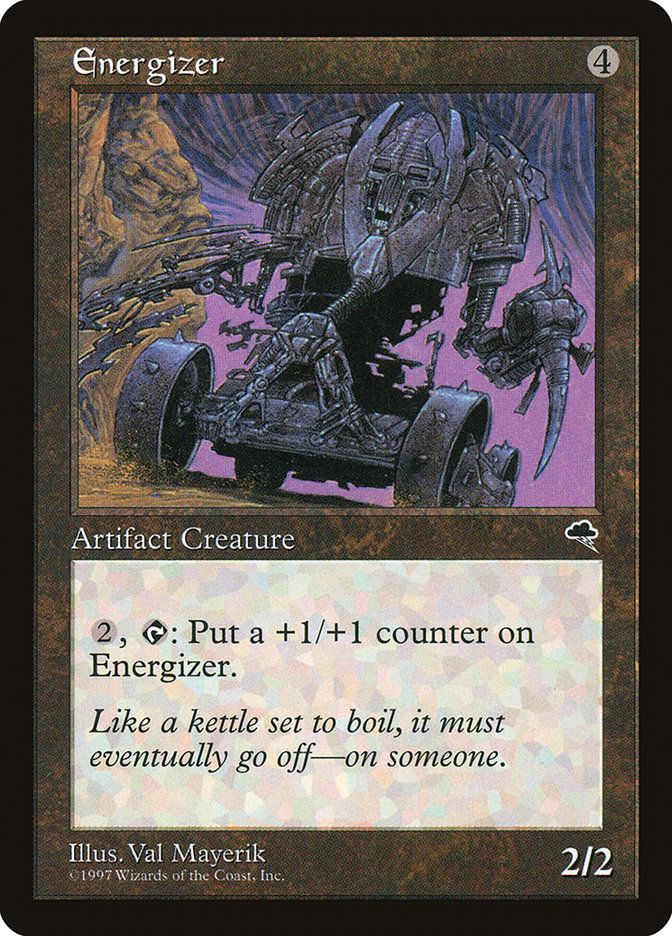
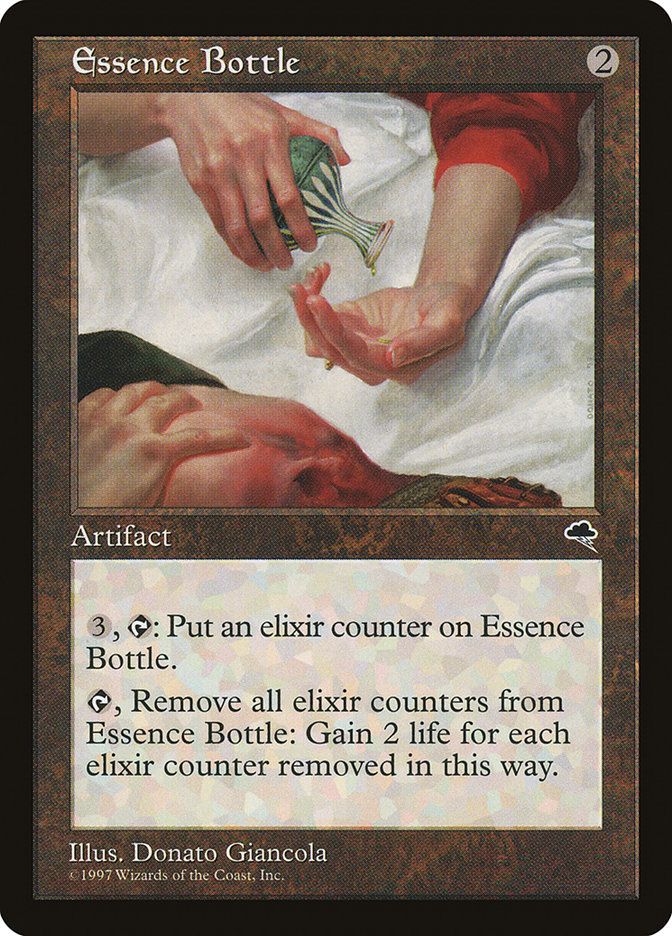
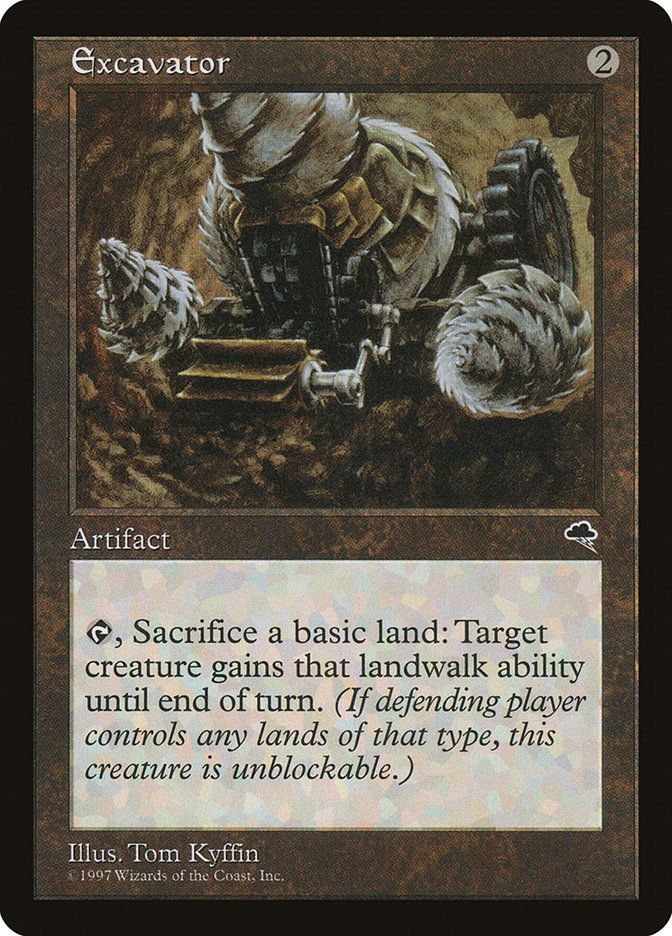
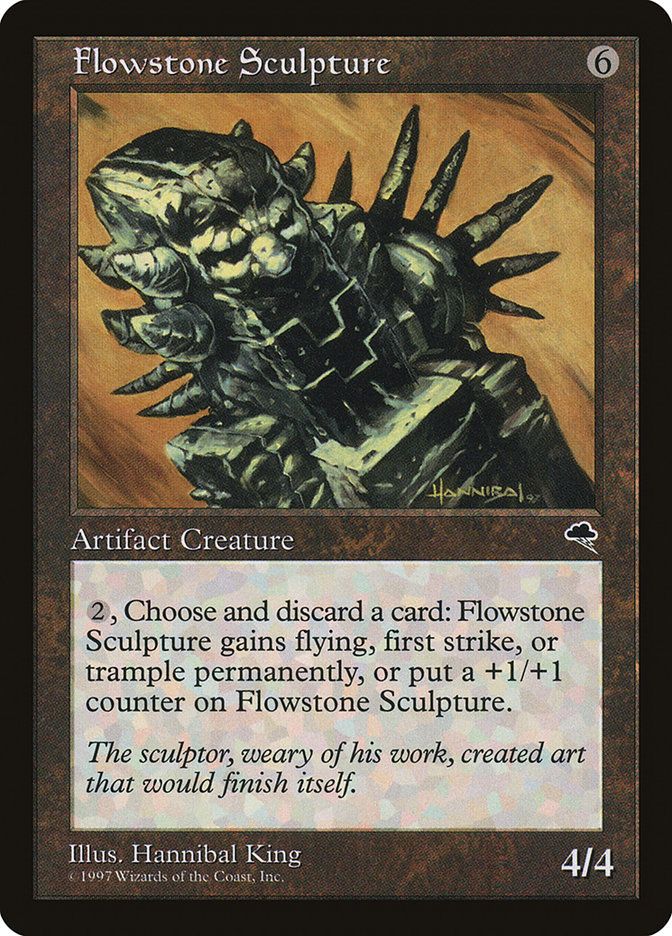
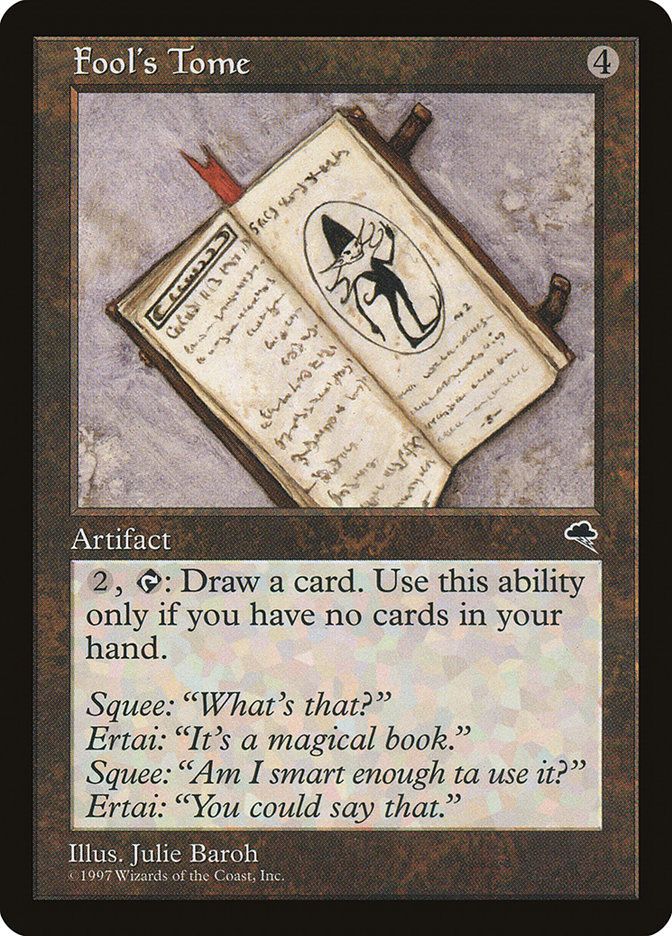
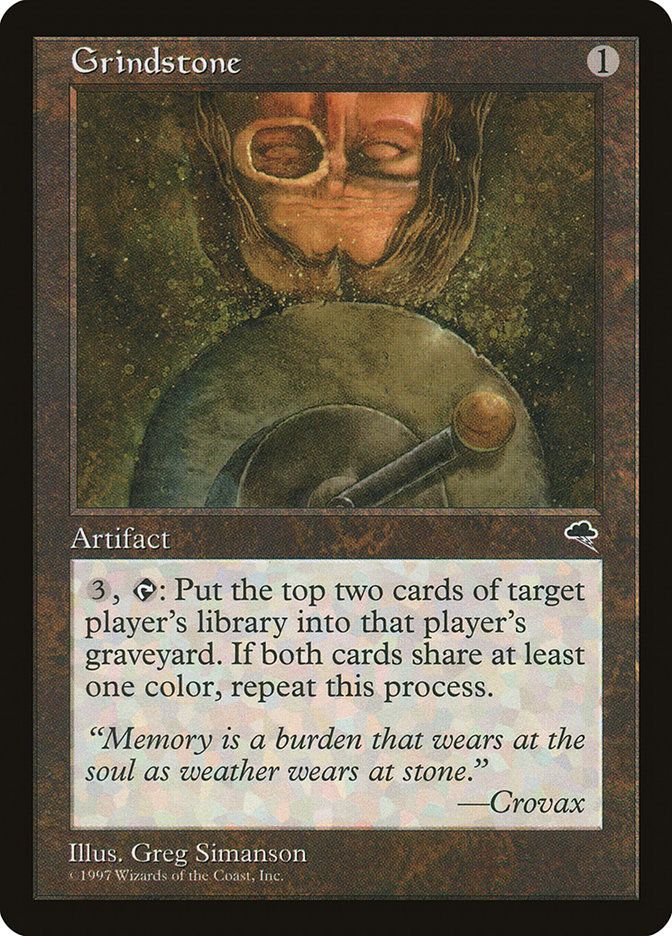
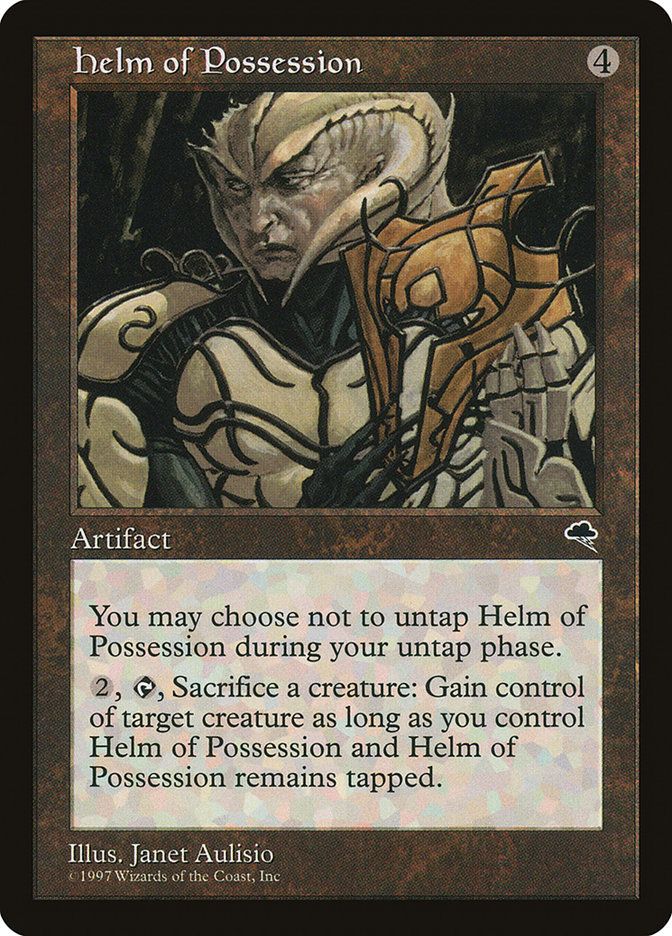
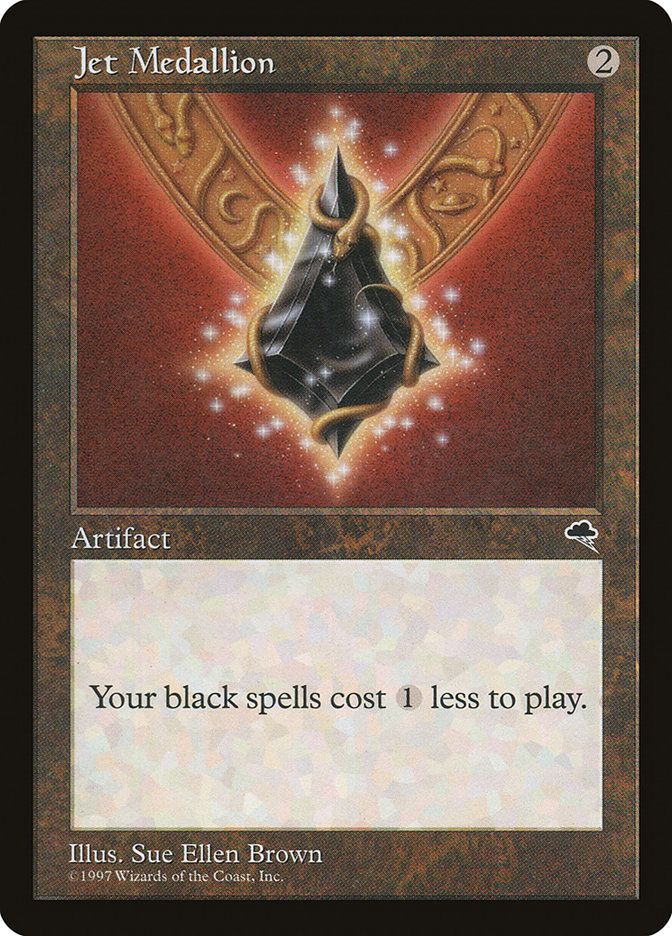
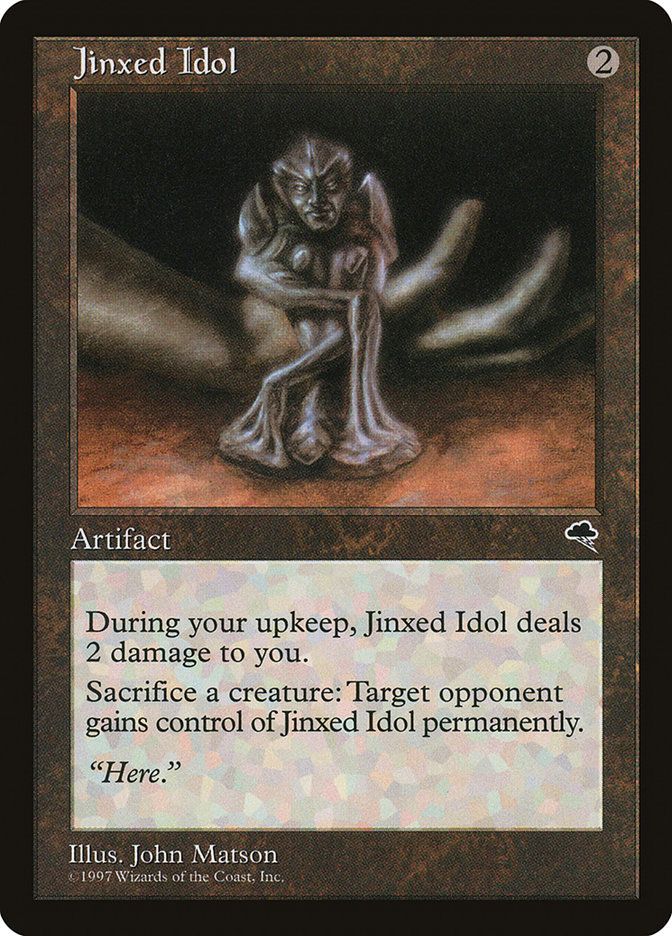
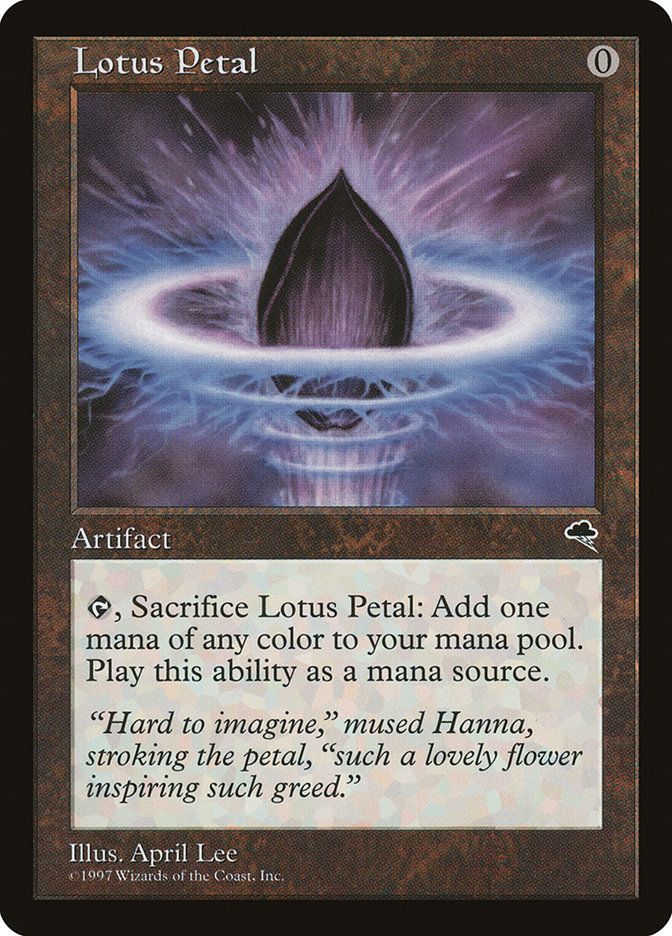
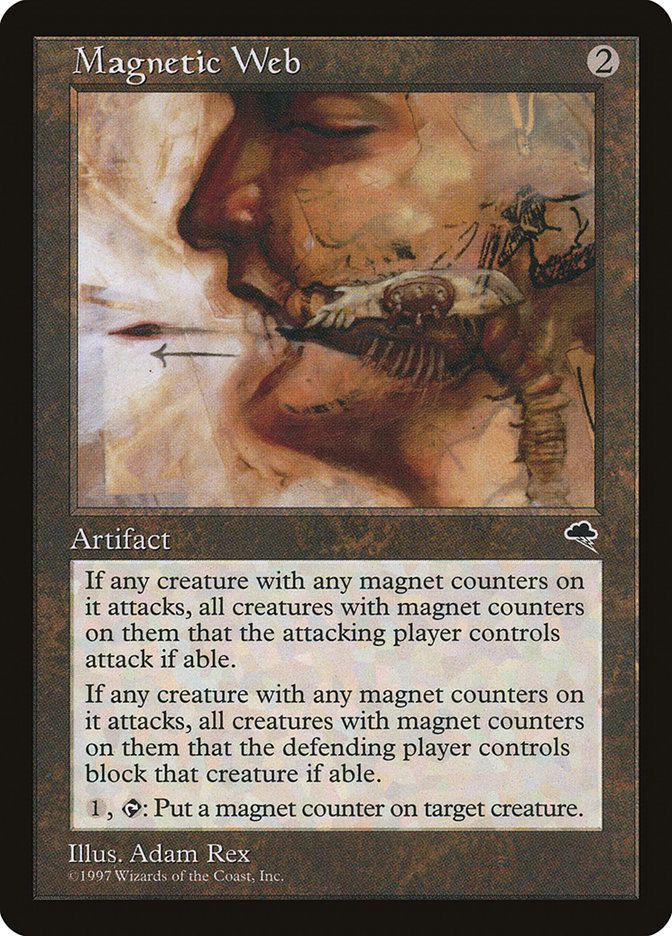
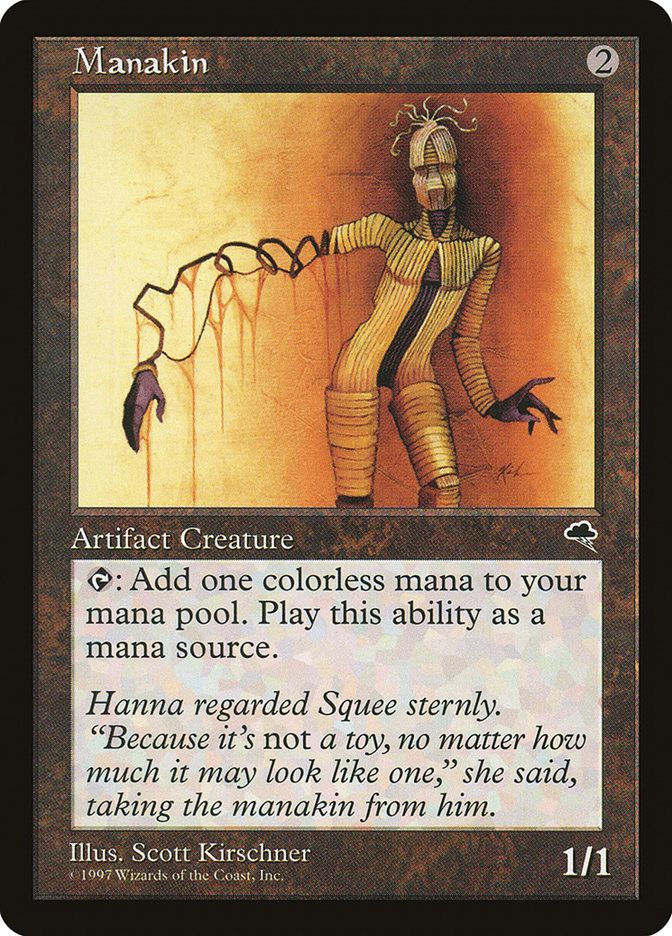
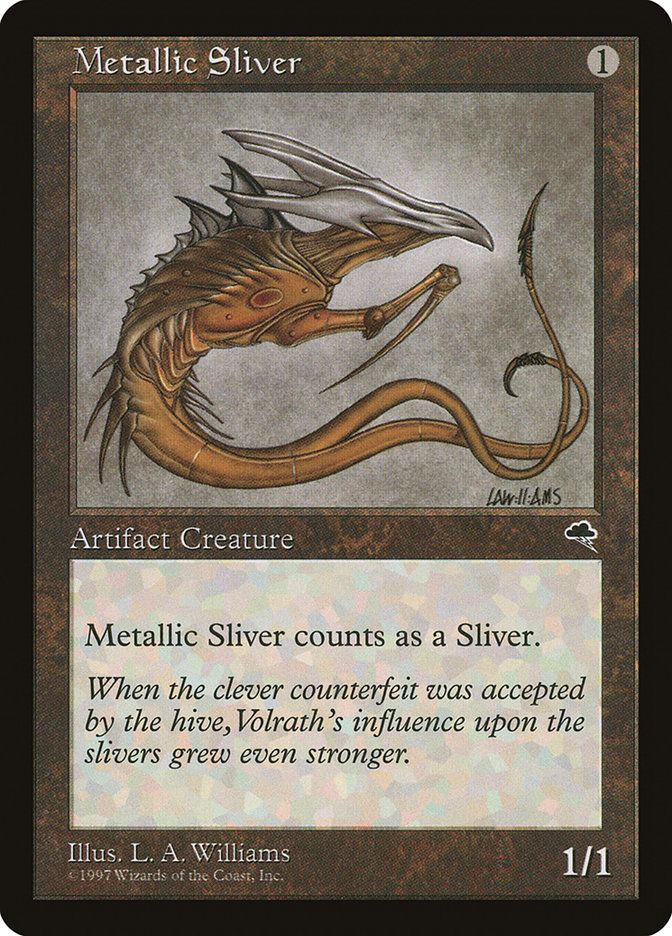
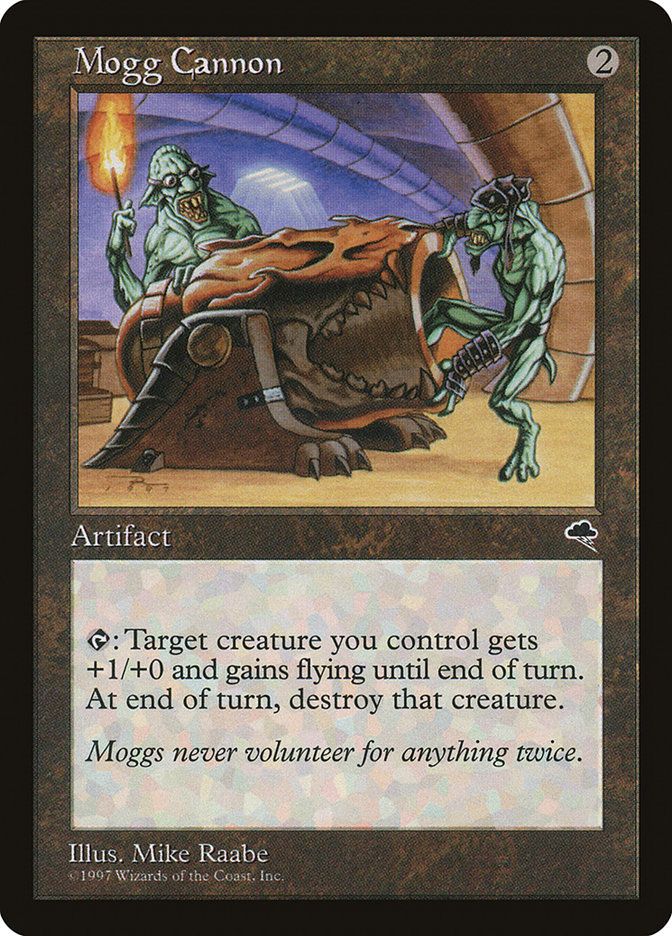
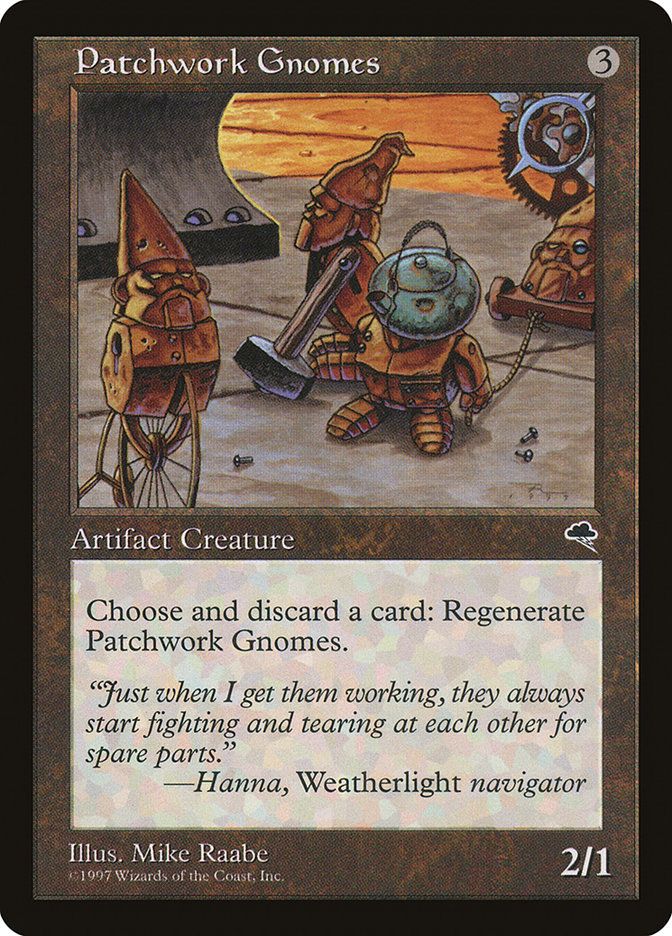
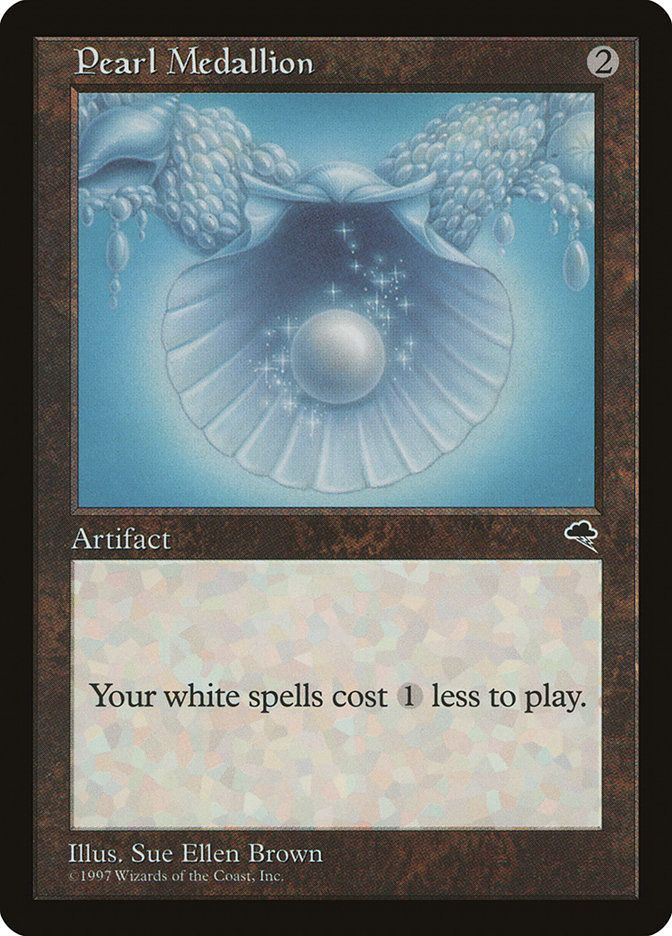

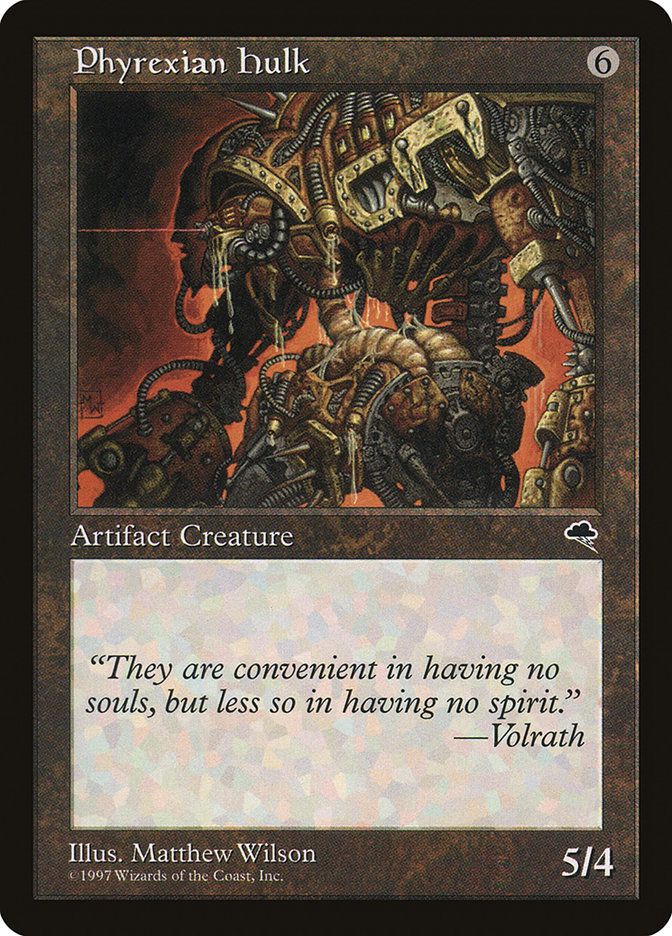
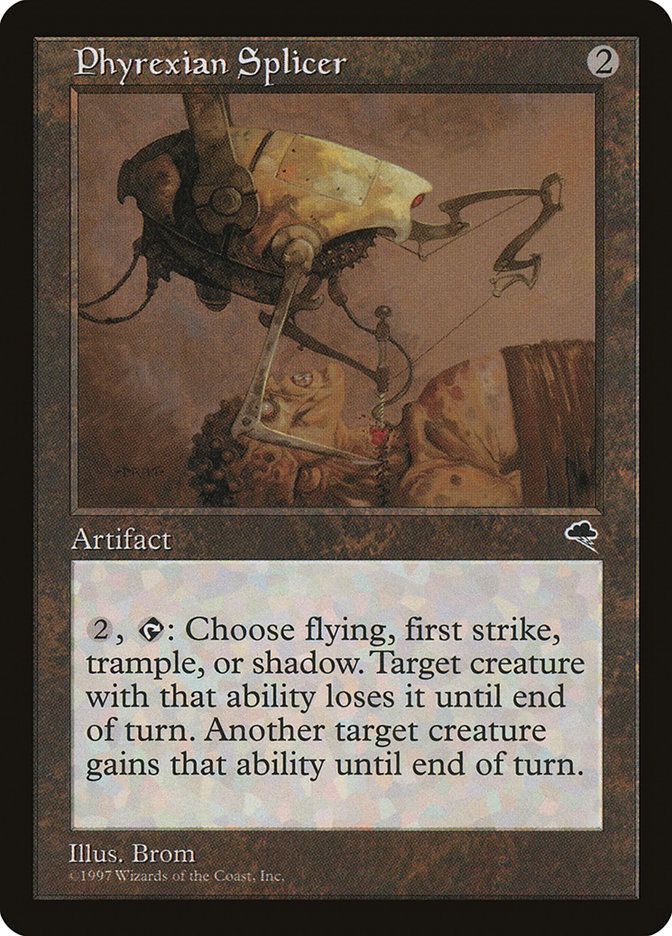
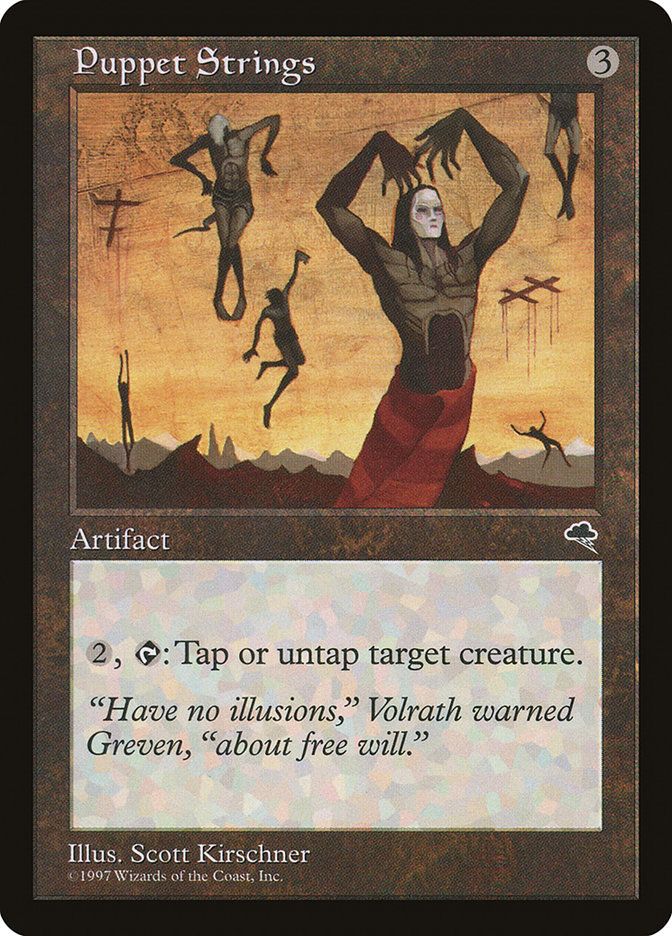

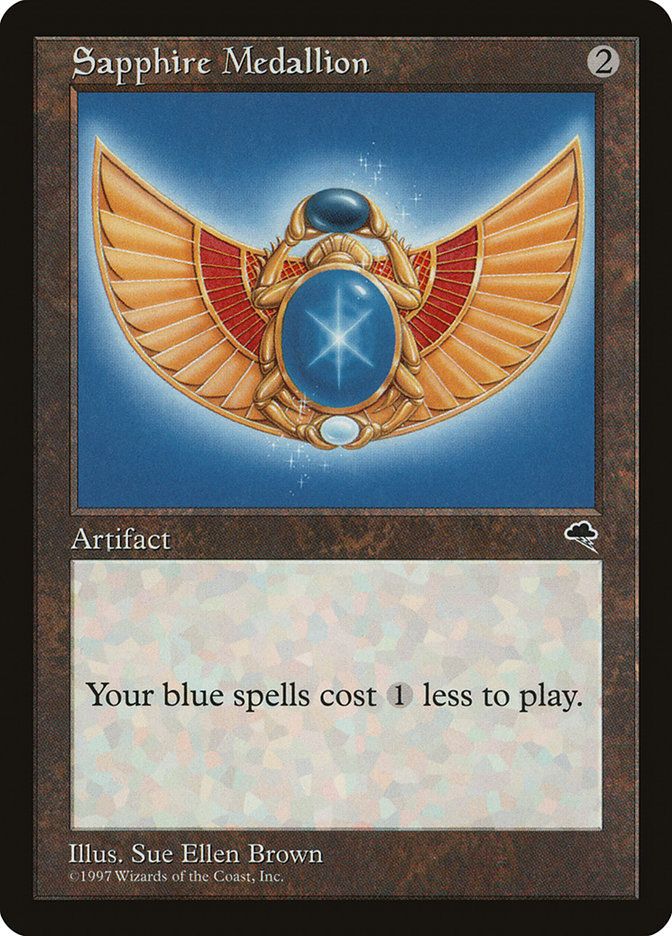
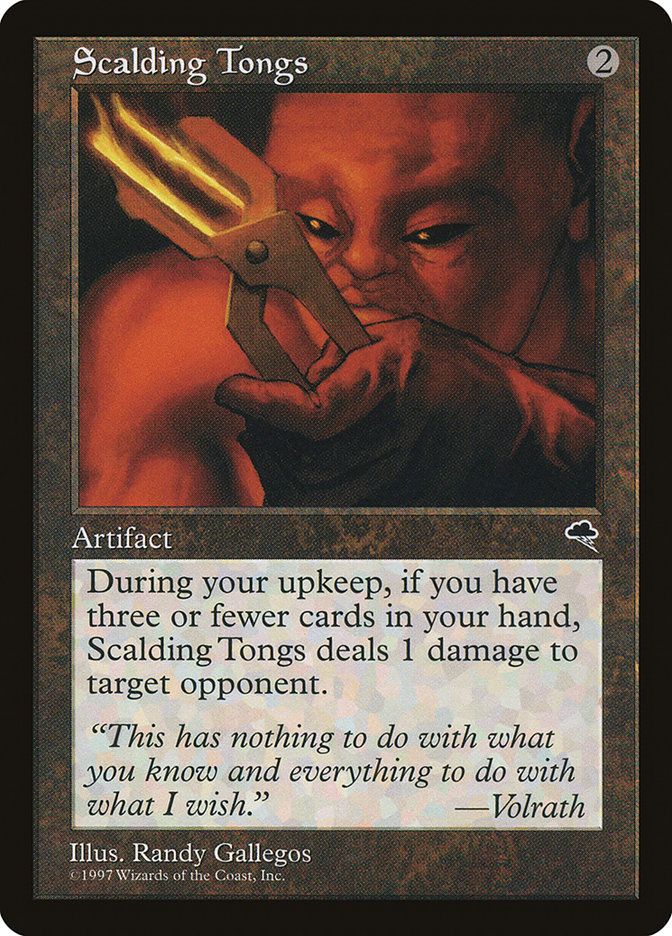

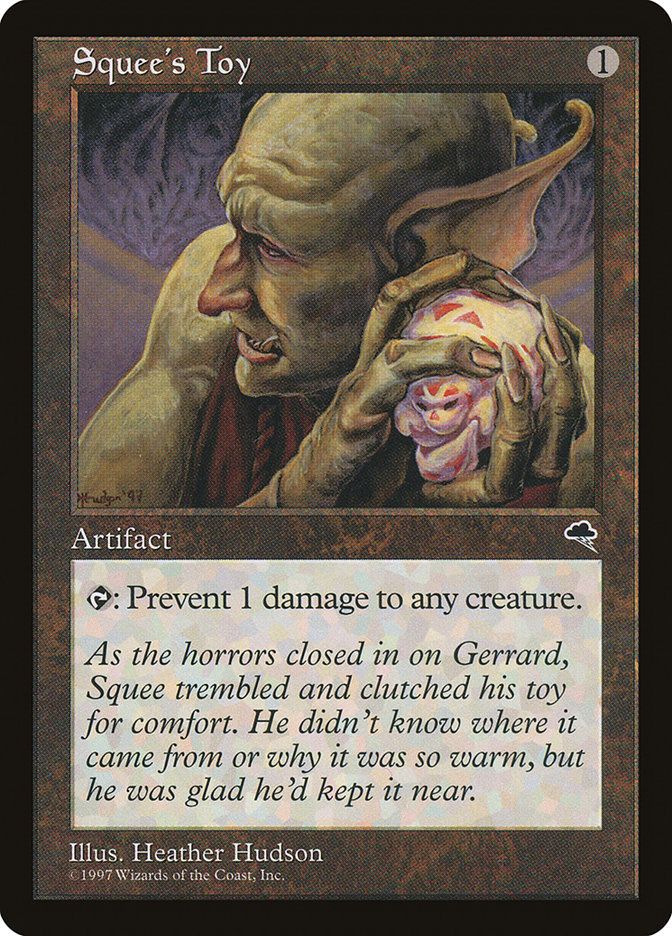
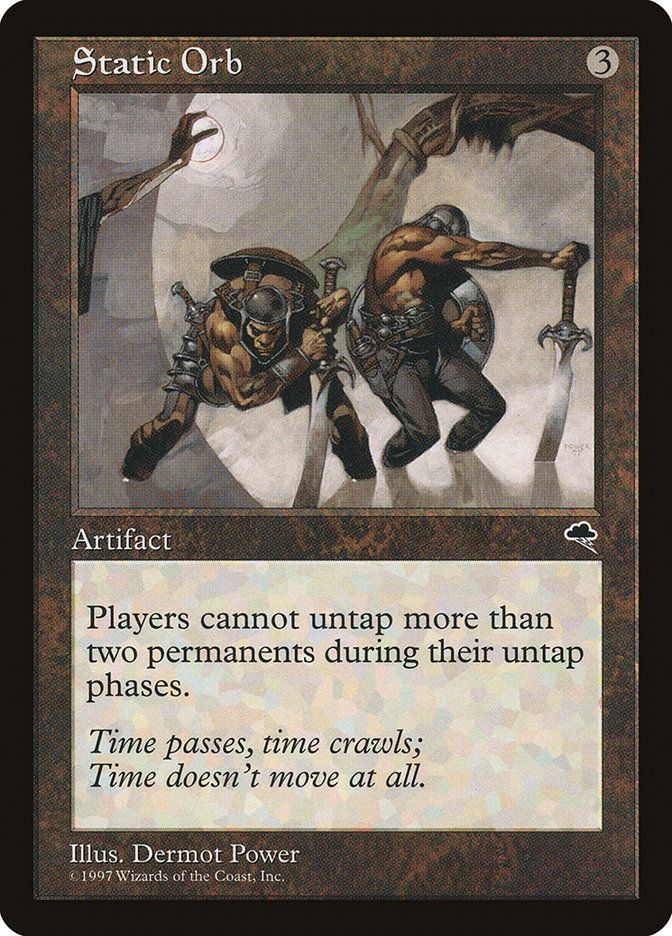
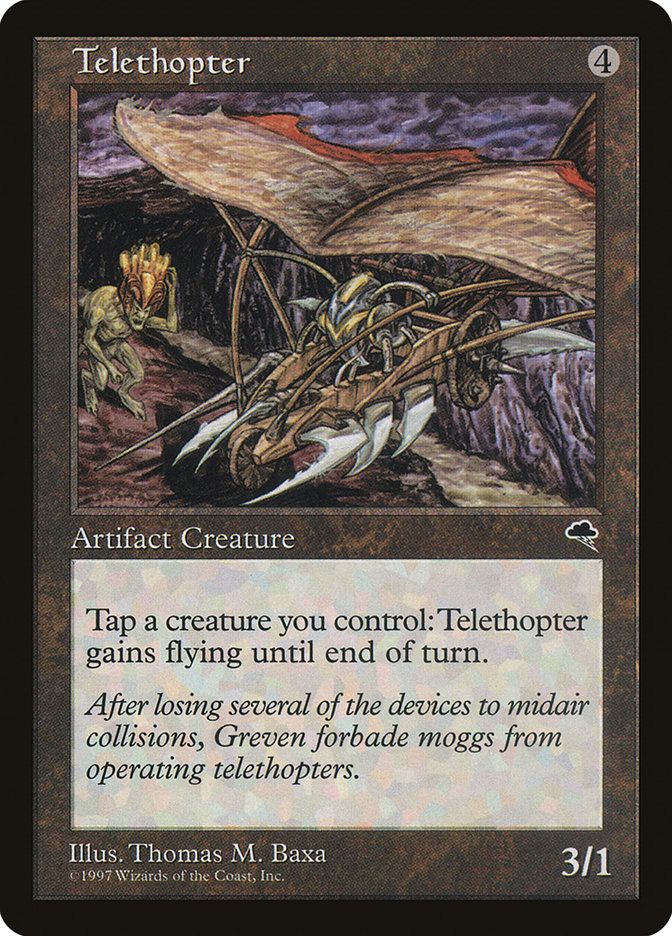
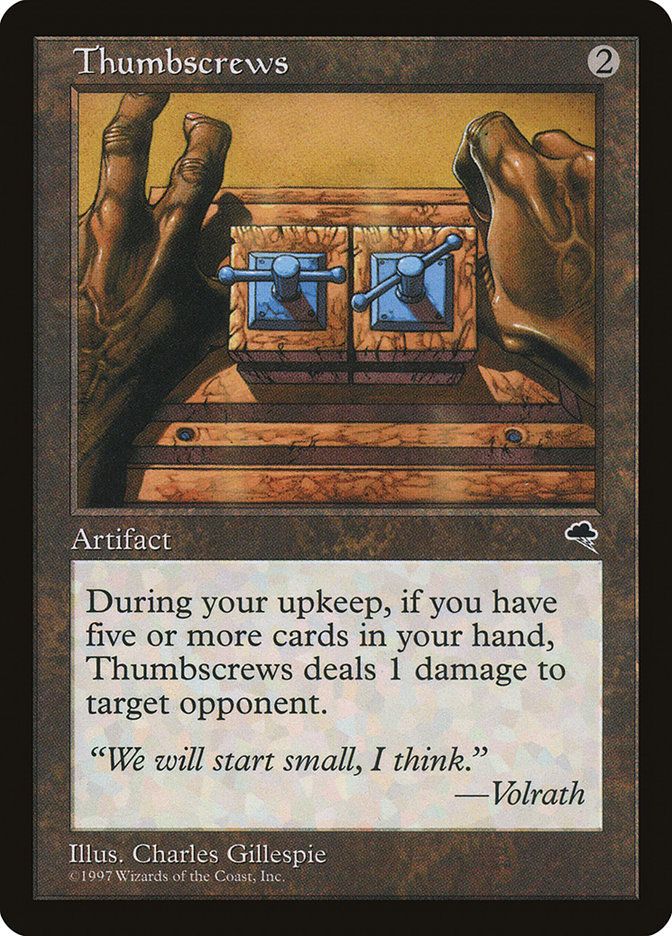
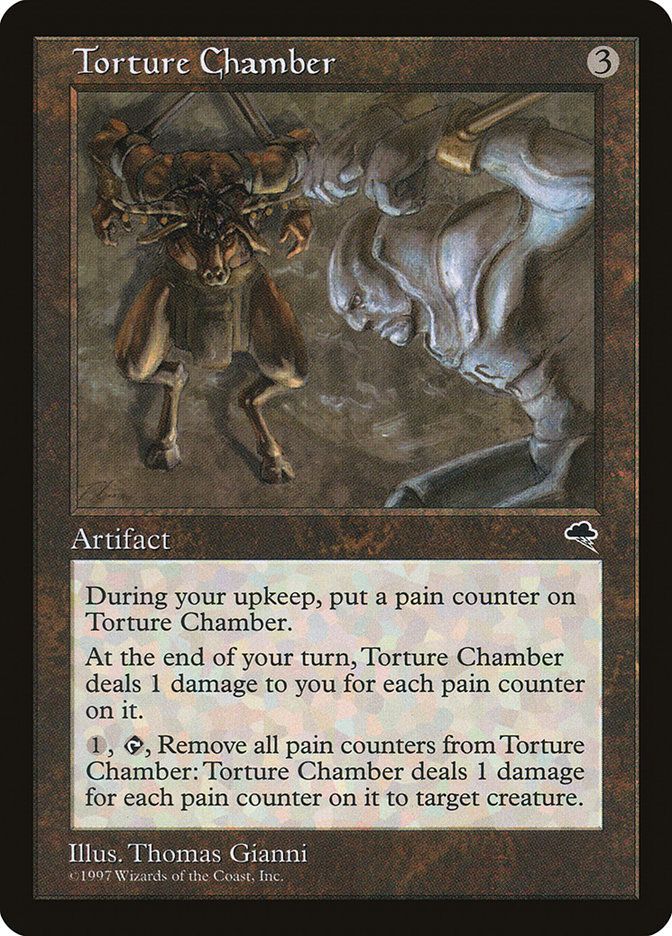
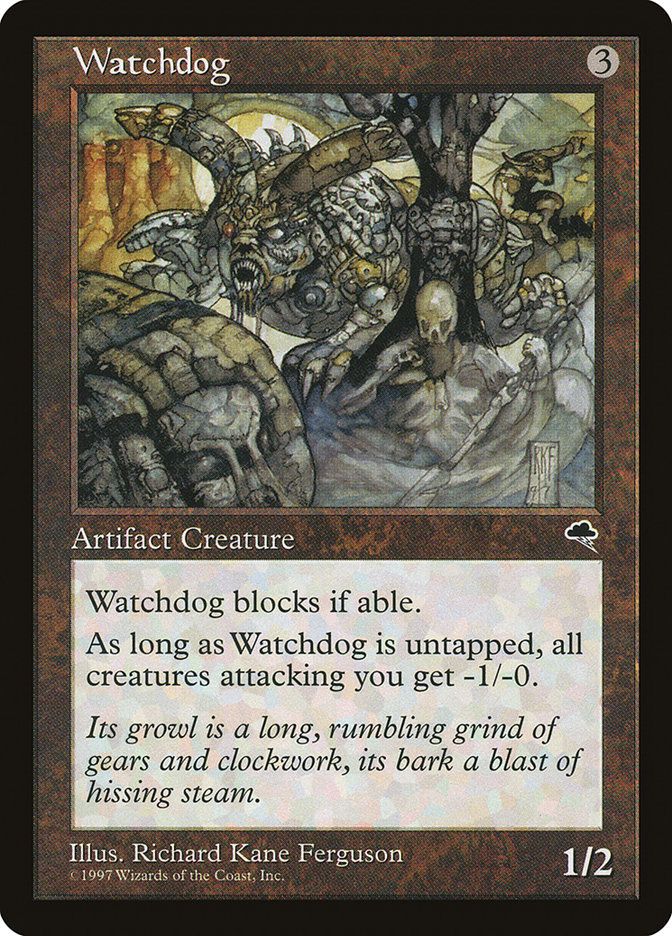
Land

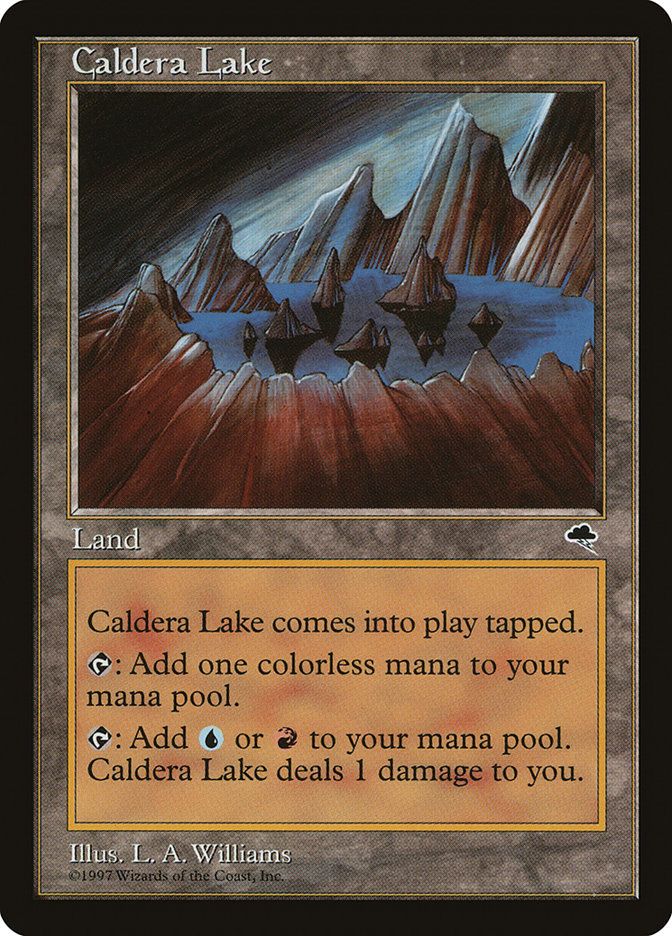
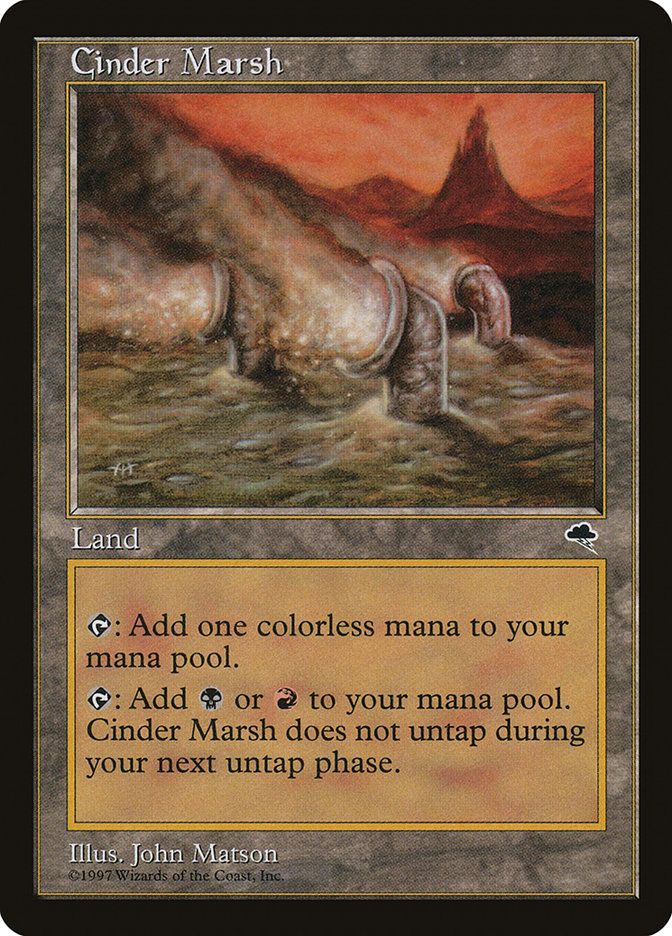
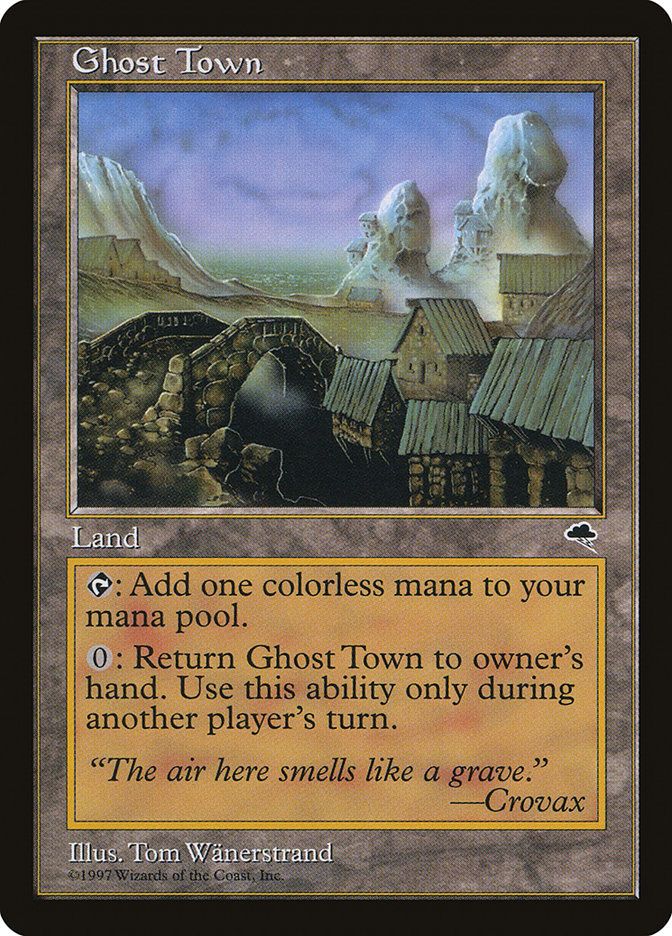
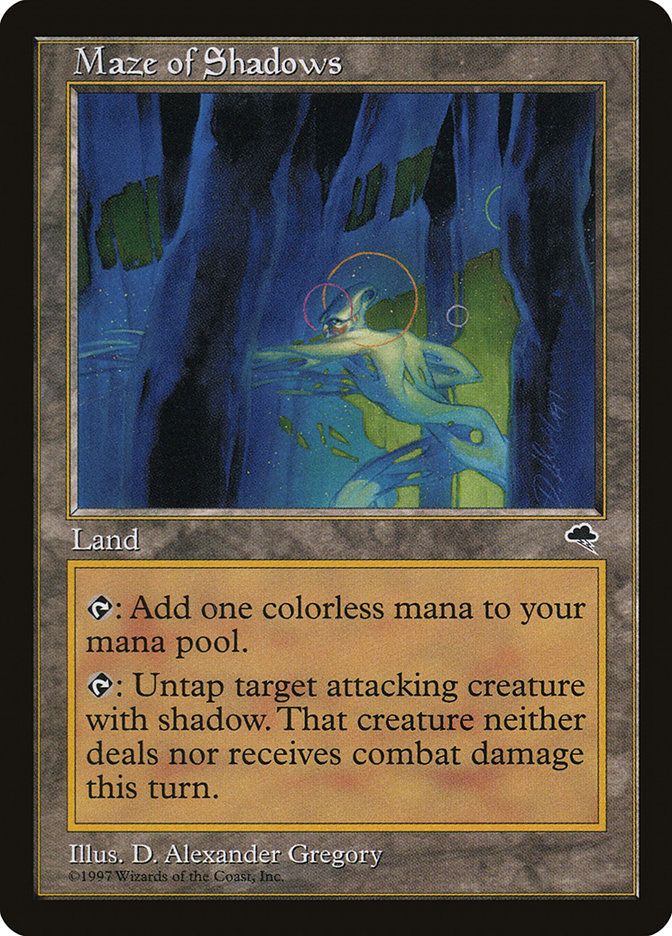
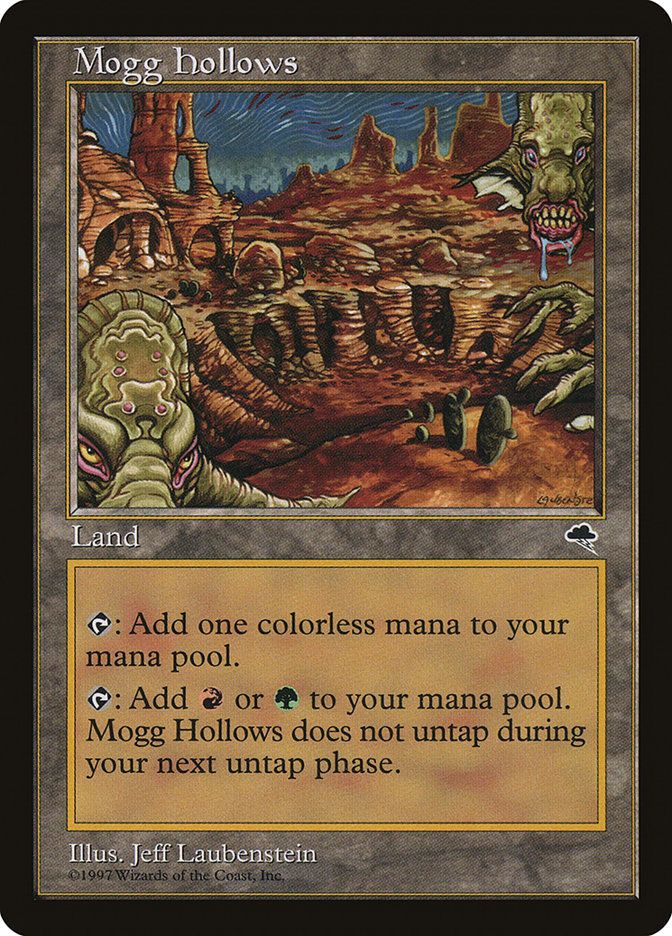
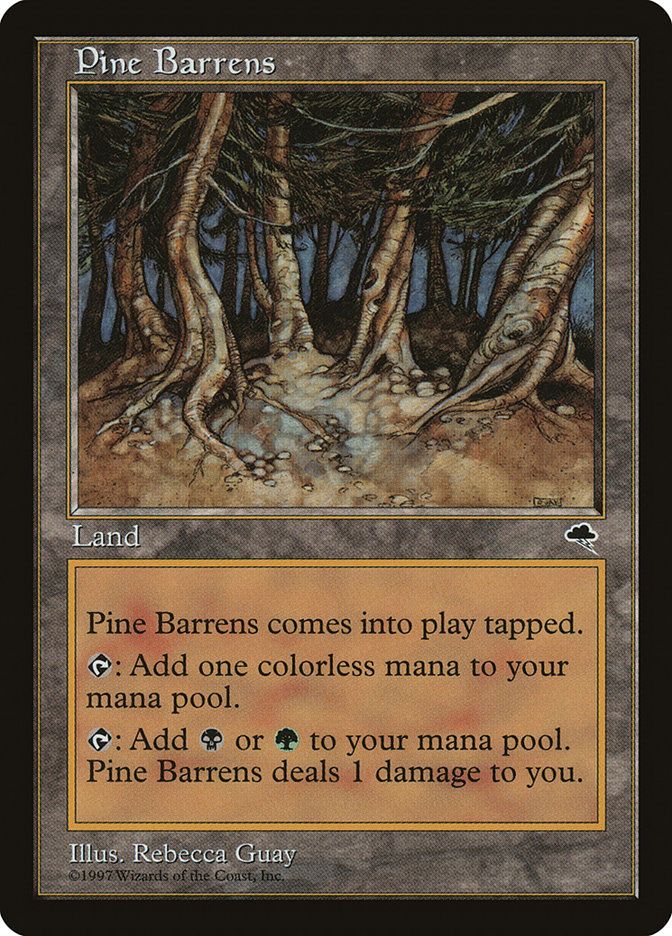
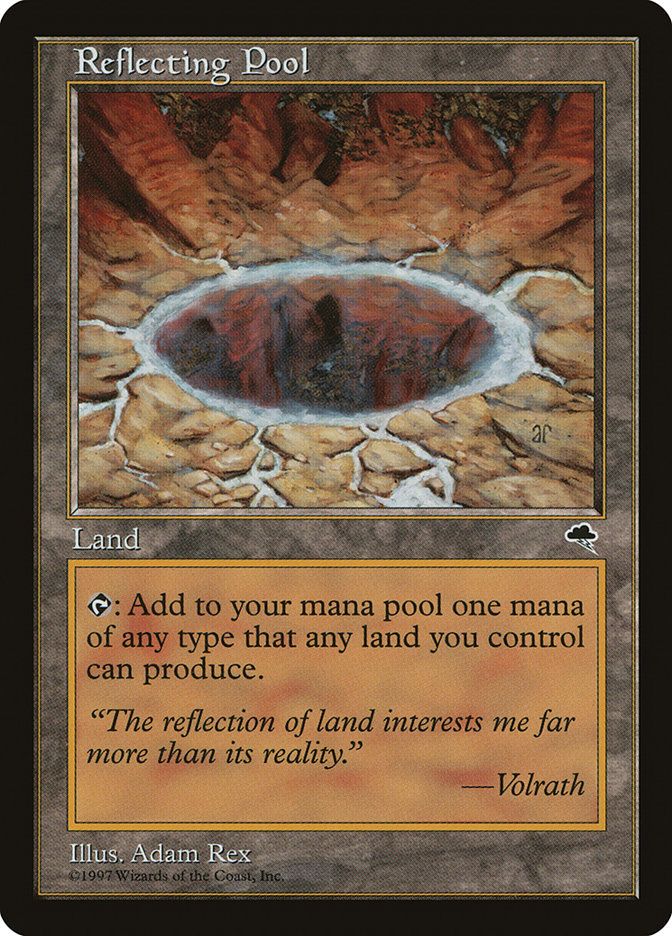
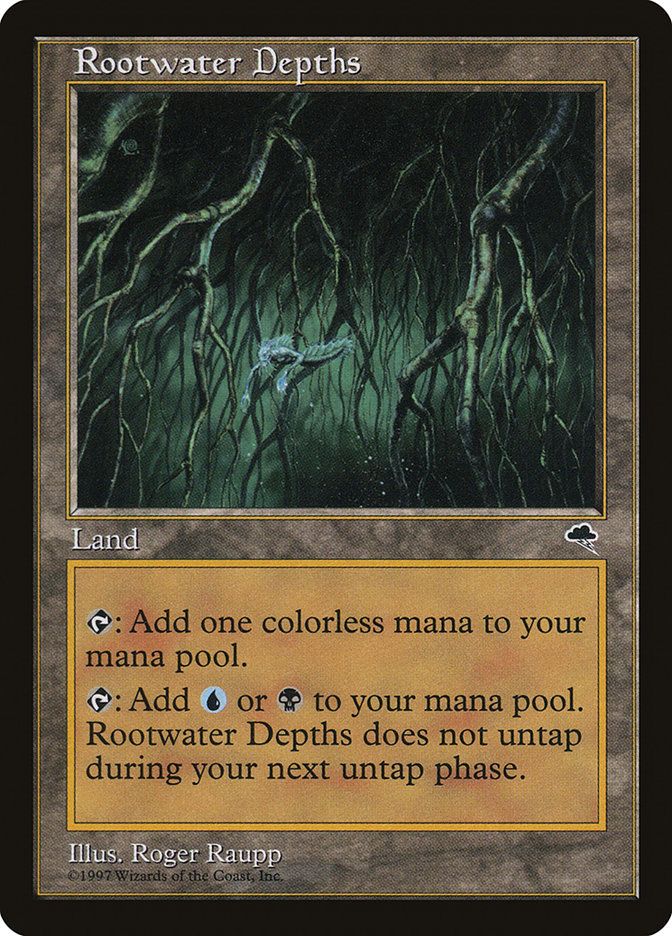
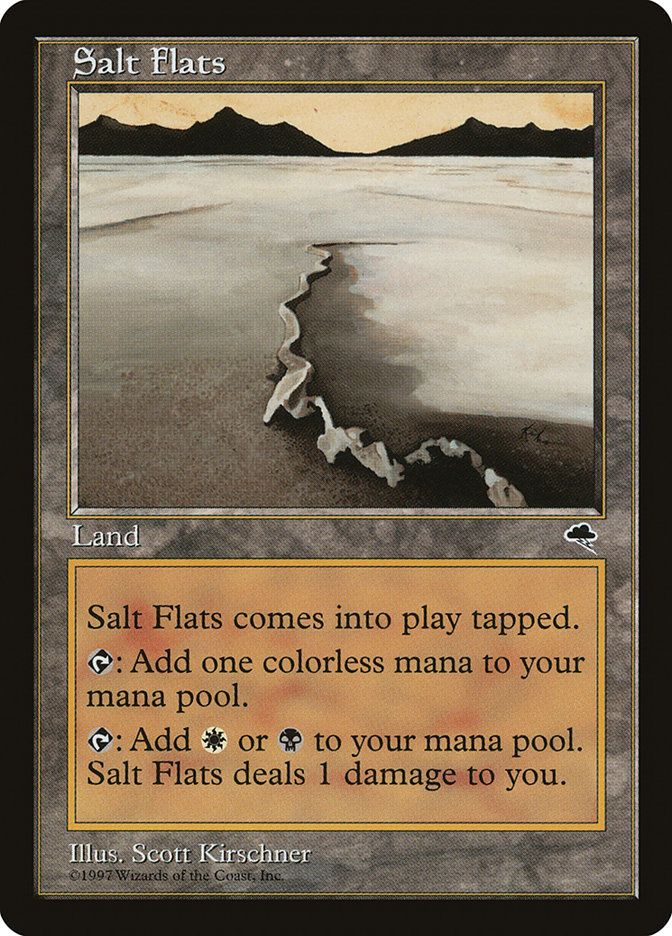
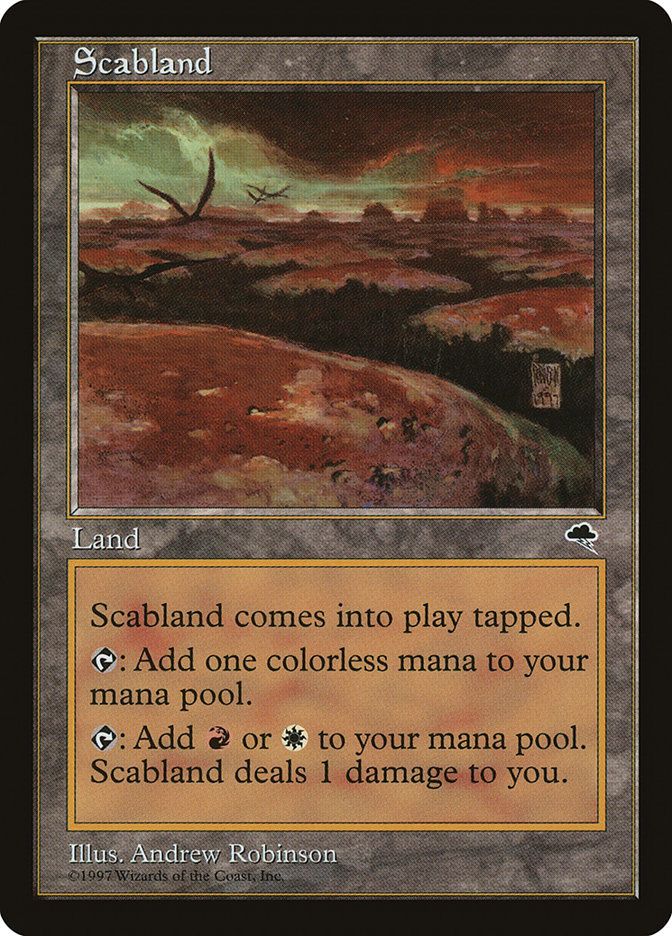
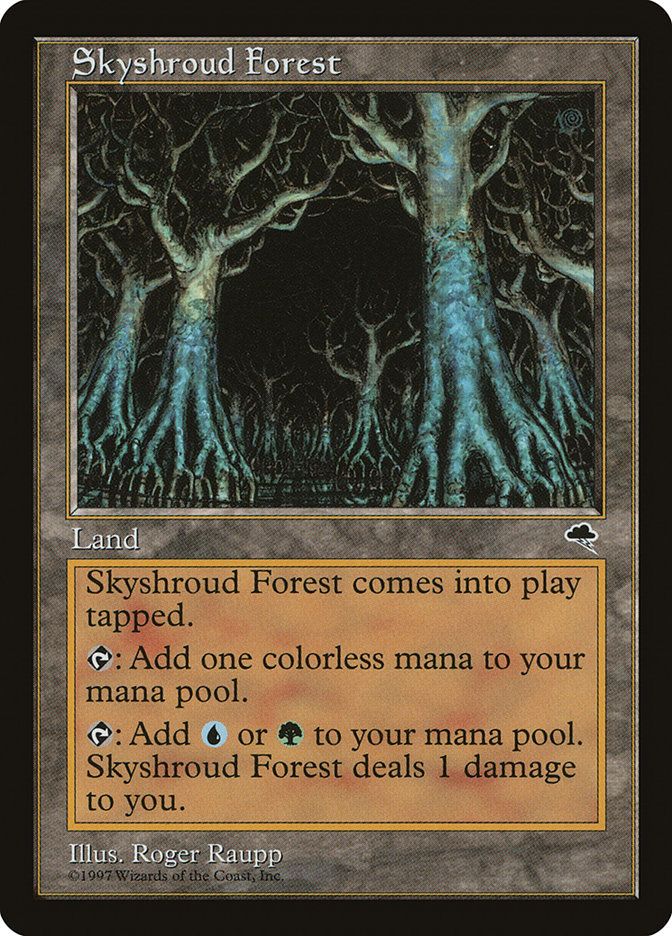

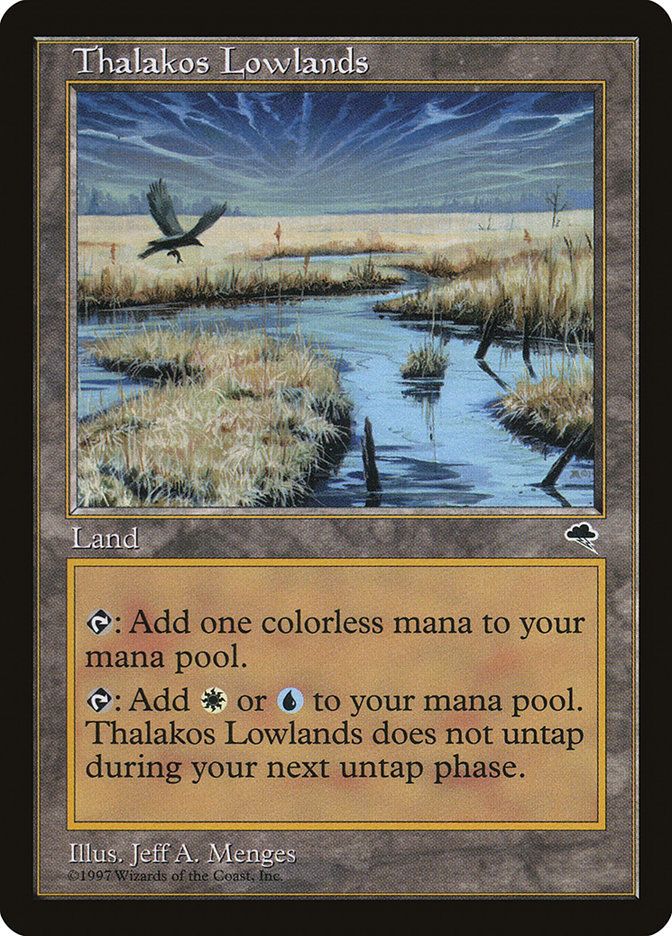
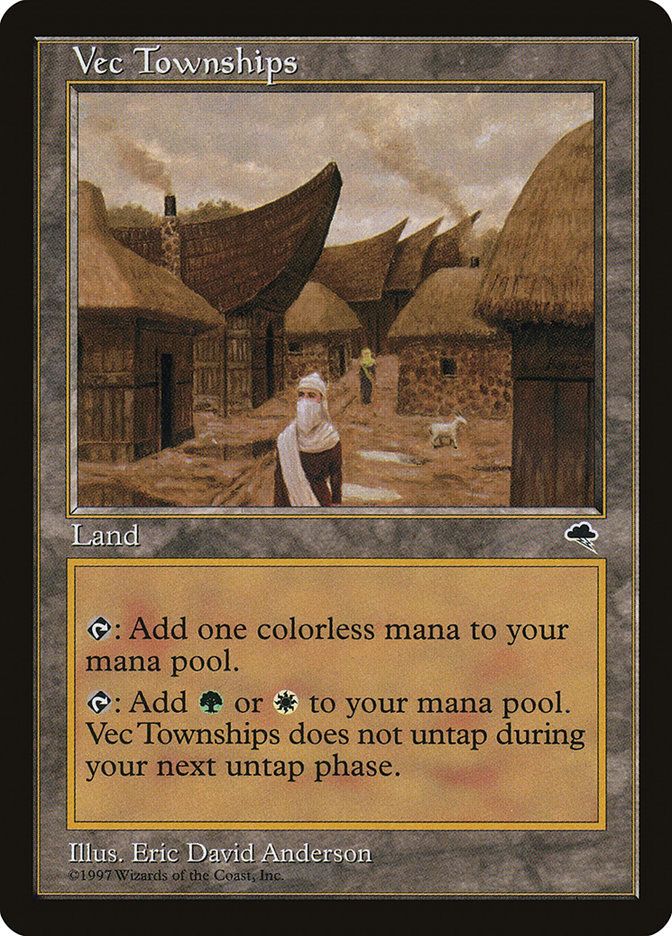
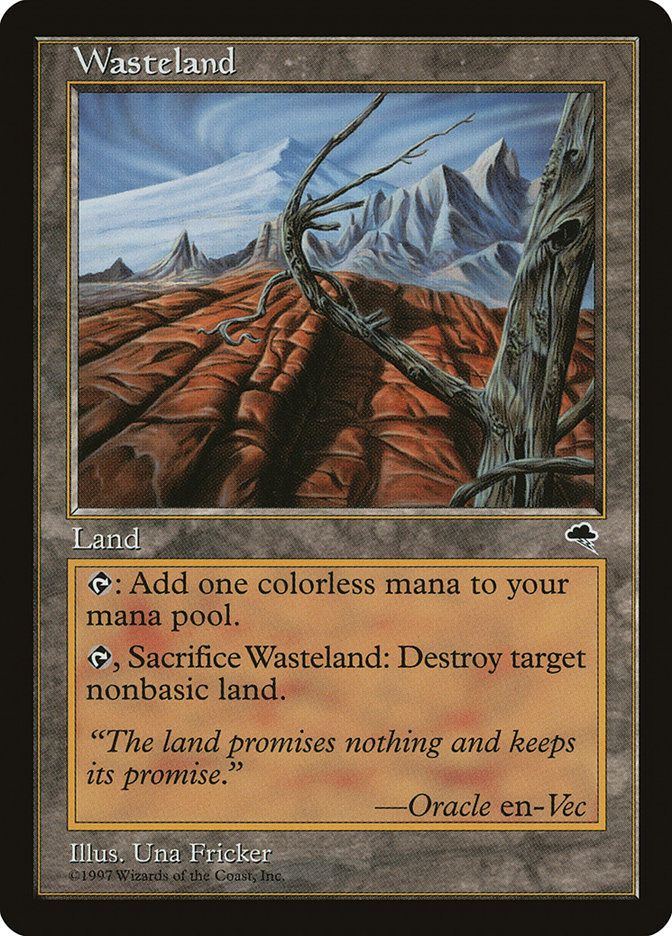
Notable Cards
Money Cards and the Reserved List
Tempest has a lot of cards on the Reserved List, and although not a rule, most cards there tend to be very expensive. A lot of cards from this list cost well above fifty bucks.
If you’re digging up your old collection and stumbled across some Tempest cards, here’s what you should look out for:
- Intuition
- Earthcraft
- Ancient Tomb
- Eladamri, Lord of Leaves
- Aluren
- Humility
- Jet Medallion
- Grindstone
- Ruby Medallion
- Mirri's Guile
- Sapphire Medallion
- Pearl Medallion
- Wasteland
- Scroll Rack
- Lotus Petal
- Static Orb
Cycles





The cycle of Licids are creatures that can become auras through an activated ability. They can also return to being creatures. It’s similar in implementation to the reconfigure mechanic from Neon Dynasty.





The cycle of Medallions has an artifact in each color and are all rare. They’ve been reprinted once in Commander 2014, and their price has skyrocketed since they’re very much desired in Commander.










- Sky Spirit
- Lobotomy
- Spontaneous Combustion
- Segmented Wurm
- Ranger en-Vec
- Selenia, Dark Angel
- Dracoplasm
- Vhati il-Dal
- Soltari Guerrillas
- Wood Sage
Although it’s a standard practice today, Tempest was the first set to have a cycle of 10 multicolored gold cards. Sets either had gold cards in their theme (mostly allied-color gold cards) or didn’t have any at all for a long time.





The cycle of bad pain lands in enemy colors are pain lands that enter the battlefield tapped. If we compare Shivan Reef to Caldera Lake, we see that Shivan Reef is strictly better.





The cycle of dual lands that don’t untap are dual lands that come into play untapped (yay!) but don’t untap during your next turn (nay!) Those lands were also used in the original Kamigawa, but they’re considered very weak.
Constructed Cards

Humility turns creatures into 1/1s. There’s a lot of ways to abuse this.

Winds of Rath is a Wrath of God variant, only that you can save some creatures by enchanting them.

Muscle Sliver is probably the most important card in a sliver deck since it’s a cheap lord that works in multiples. Conversely, having multiple copies of Winged Sliver would be redundant.

Capsize is played in Pauper to this day, and it was the draw-go win condition of blue decks for years. With 12 mana you’re returning two permanents to their owner’s hand. And they can even be lands.

Dismiss is Cryptic Command’s father, so to speak. An old card that WotC deemed too powerful to be printed in Standard.

Legacy's Allure is a flexible Control Magic, allowing you to gain control of a small creature or a bigger one later.

Intuition allows you to search for three cards. Similar to Gifts Ungiven, one goes to your hand and the other ones to your graveyard. It’s easy to make an Intuition package and give three choices for your opponents which will be good for you regardless of what they choose.

Propaganda is a blue Ghostly Prison, a staple in Azorius () prison decks.

Shadow Rift is a way to grant unblockable to a creature and draw a card.

Time Warp is one of the many extra turn cards this game has seen.

Diabolic Edict is a good answer to hexproof decks and decks that rely on one big threat, like reanimator.

Evincar's Justice is a repeatable sweeper, and it can win a long game by itself if you have lifegain.

Living Death is the first mass reanimator. The card inspired Living End, which is a Modern staple.

Reanimate is the cheapest way to “reanimate.” That is, to put a creature from your graveyard to the battlefield. You’ll have to pay some life, but that’s usually not that big of a penalty.

Jackal Pup was the first 2/1 for ever printed. At the time it was a key card in mono-red aggro decks. Basically, it was the white Savannah Lions.

Aluren allows you to play creatures for free and combo off, especially if you have ways to return said cheap creatures to your hand. A card most competitive EDH/Legacy players are familiar with.

Altar of Dementia is an artifact that’s mainly used in EDH to abuse mill strategies when you want your graveyard or your opponent’s graveyard filled.


Cursed Scroll and Scroll Rack are both cards that have seen Constructed play and are Vintage Cube staples, allowing you to deal damage to foes or to get card selection and combo off.

Grindstone constitutes a Legacy infinite combo with Painter's Servant.


Lotus Petal and Dark Ritual are staples in fast combo storm decks.



Ancient Tomb, Wasteland, and Reflecting Pool are staple lands in a lot of formats like Legacy and Vintage. You’ll ramp by paying life with Ancient Tomb, destroy enemy nonbasic lands with Wasteland, and generate five colors of mana with Reflecting Pool.

Overrun was one of the first “I win” plays ever available to green decks. It’s been printed in almost all core sets ever since.

Furnace of Rath is a red Overrun in the sense that you can finish a game with it or some burn spells.
Avaliable Products
It’s rare to find Tempest product since they're not only old, but there are cards from the Reserved List in it, which skyrockets the price of boosters and boxes. After all, there are several cards in the $30+ range. You’ll probably have more success finding singles than sealed product.
That said, let’s see what products Tempest has to offer.
Tempest Booster Pack
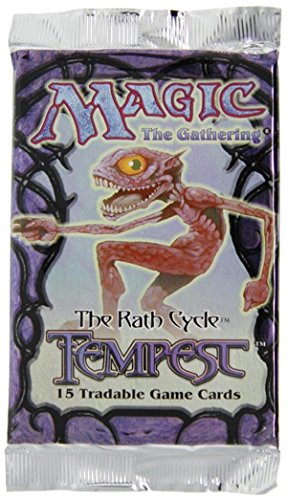
Here's your typical booster consisting of 1 rare, 3 uncommons, and 10 commons. Remember that at the time Limited wasn’t the core part of MTG that it is today, but Tempest was one of the first sets made with Draft in mind.
- Contains 15 cards per pack
Tempest Booster Box
Tempest booster boxes are the main option to get lots of packs. You’ll get 36 booster packs with this. Unfortunately it’s very hard to get your hands on this one since it’s rare and very, very expensive.
Tempest Tournament Pack
Tempest Tournament packs come with 60 cards and a small rulebook. These are usually starter products since they come with a bunch of basic lands and random cards. You get 3 rares, 10 uncommons, and 25 commons along with 22 basic lands.
Tempest Intro Decks
Tempest has four 60-card intro decks:
Deep Freeze
Deep Freeze is your typical Azorius fliers/control deck. There are counterspells, card draw, white removal like Pacifism, some fliers, and some win conditions like Avenging Angel.
The Slivers
The Slivers is a Dimir () control deck with slivers, hard removal, and counterspells.
The Swarm
The Swarm is a green aggro deck with acceleration in the form of Skyshroud Elf and finishers like Overrun.
The Flames of Rath
The Flames of Rath is a red aggro deck splashing white for Soltari Guerrillas and Disenchant. The rare Furnace of Rath can kill an opponent on the same turn that you play it.
Wrap Up
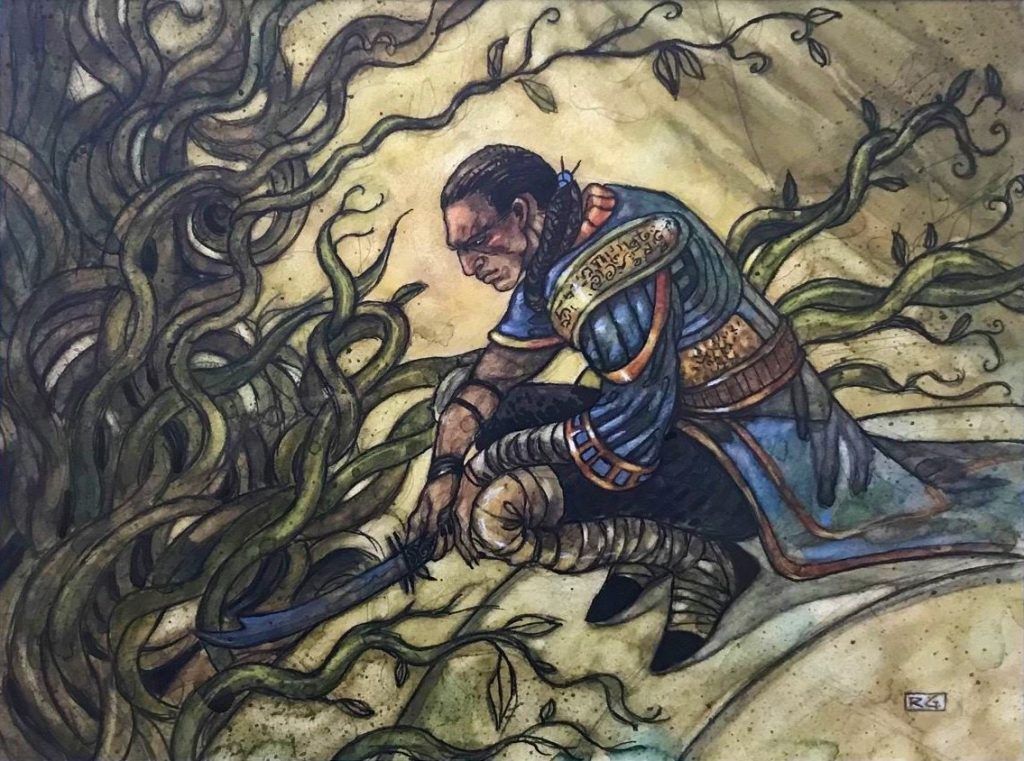
Root Maze | Illustration by Rebecca Guay
That’s all I have for Tempest. This huge 350-card set has a lot of memorable cards and mechanics all while being rich in both gameplay and story. So much so that WotC released Tempest Remastered a few years ago (2015), and its characters are usually remembered in sets like Dominaria, Dominaria United, and Commander sets.
Did you originally play with original Tempest, or even the remaster? Would you like WotC to end the Reserved List and reprint Tempest to oblivion? Let me know it in the comments below or on Draftsim's official Discord.
Stay safe folks, and I’ll see you next time!
Follow Draftsim for awesome articles and set updates:
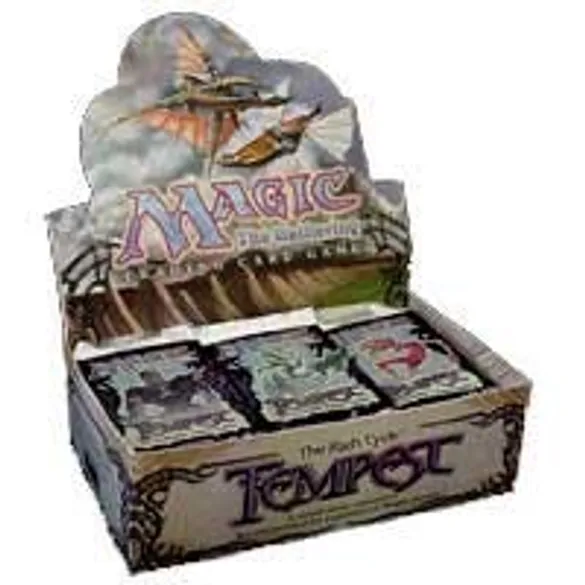
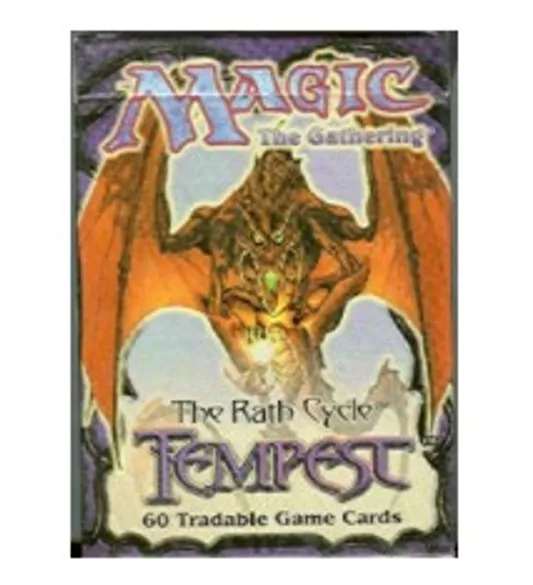
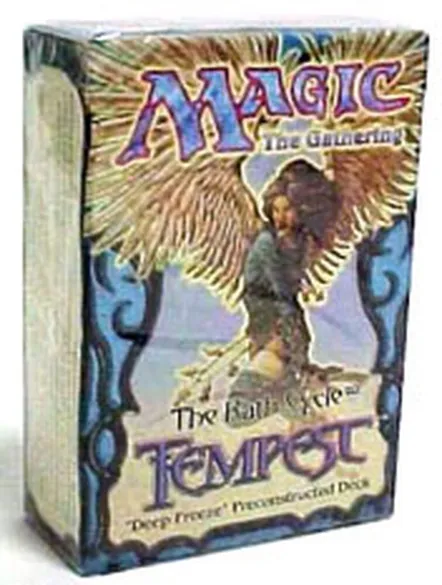
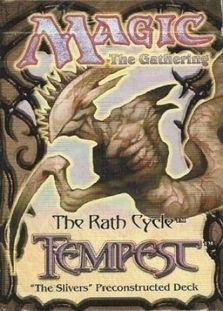
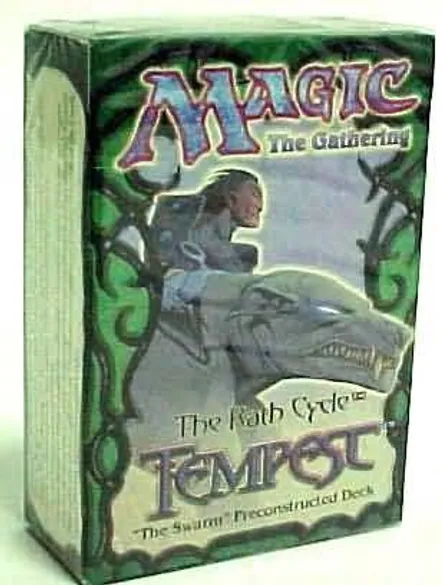
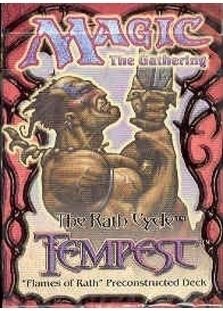
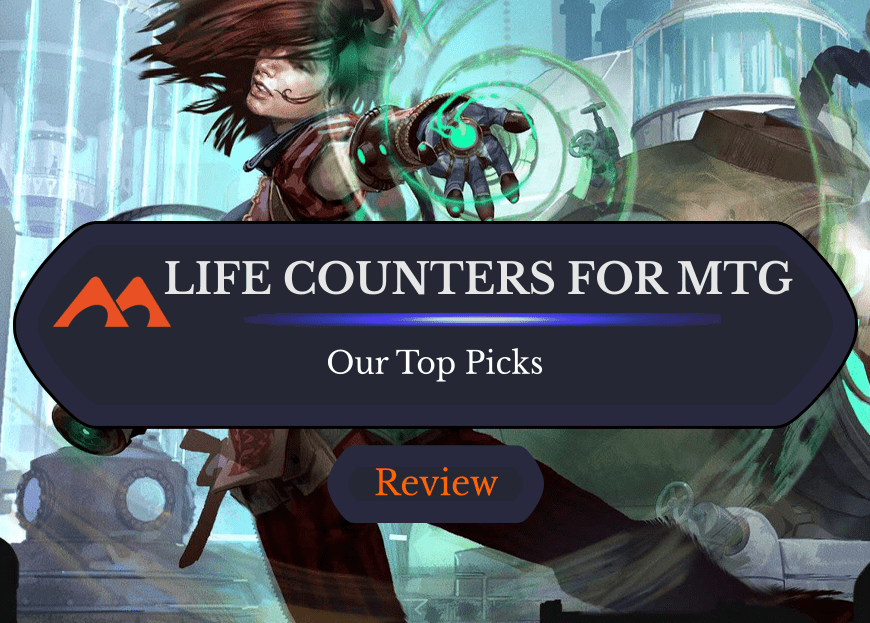
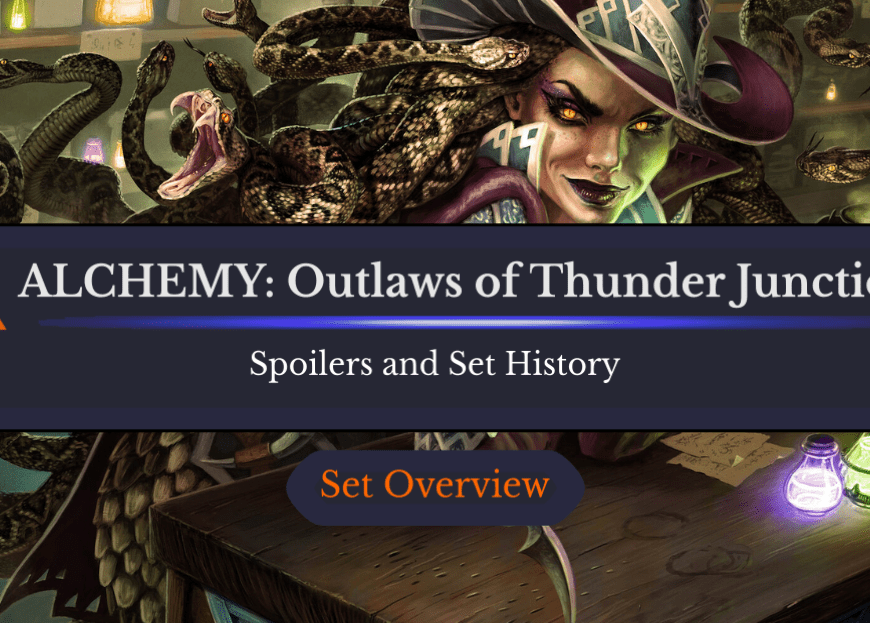
Add Comment